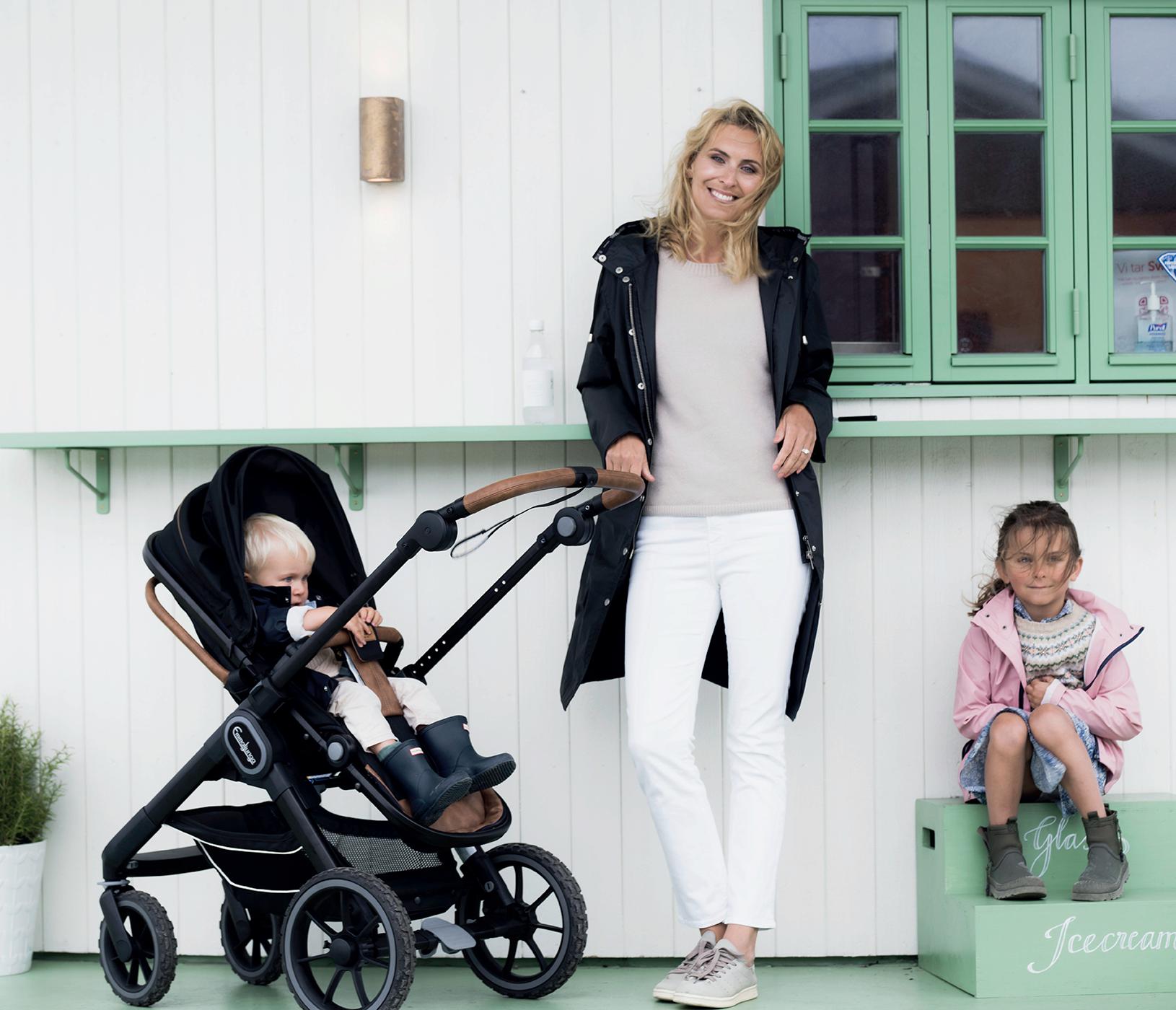

ALUMINUM STRONGER THAN EVER


As your leading partner in the world of metals, we offer the full range of plants and machinery for melting, casting, rolling and refining high-quality and high-tech aluminum products. With this strong footprint and 150 years of experience, we’re here to add value now and in the future.
Find out more at www.sms-group.com/plants/the-world-of-aluminum
Volume 35 No. 6 – November/December 2022
Editorial
Editor: Nadine Bloxsome
Tel: +44 (0) 1737 855115 nadinebloxsome@quartzltd.com
Editorial Assistant: Zahra Awan Tel: +44 (0) 1737 855038 zahraawan@quartzltd.com
Production Editor: Annie Baker
Sales
Commercial Sales Director: Nathan Jupp nathanjupp@quartzltd.com Tel: +44 (0)1737 855027

Sales Director: Ken Clark kenclark@quartzltd.com Tel: +44 (0)1737 855117
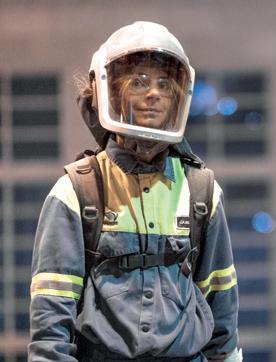
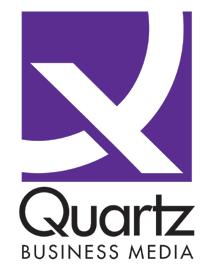
Advertisement Production Production Executive: Martin Lawrence

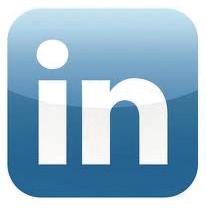
Managing Director: Tony Crinion CEO: Steve Diprose

Circulation/subscriptions
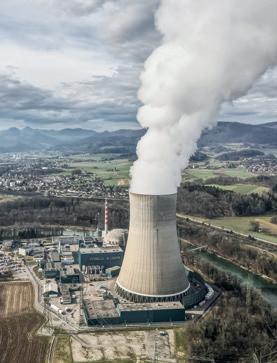
Jack Homewood Tel +44 (0) 1737 855028 Fax +44 (0) 1737 855034 email subscriptions@quartzltd.com
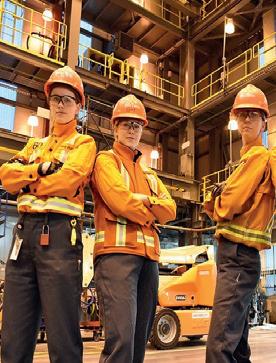
Annual subscription: UK £257, all other countries £278. For two year subscription: UK £485, all other countries £501. Airmail prices on request. Single copies £47
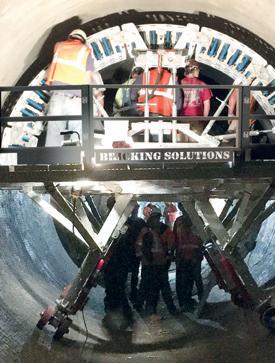
COVER


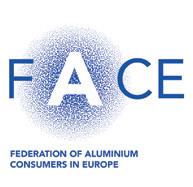
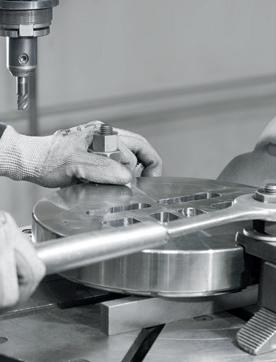
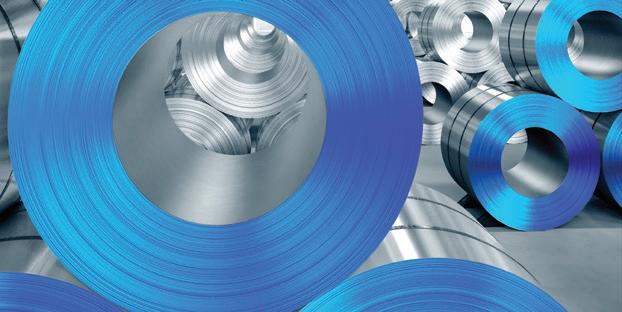


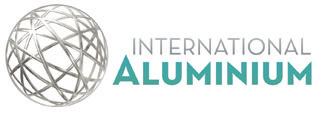
ALUMINIUM INTERNATIONAL TODAY is published six times a year by Quartz Business Media Ltd, Quartz House, 20 Clarendon Road, Redhill, Surrey, RH1 1QX, UK.
Tel: +44 (0) 1737 855000 Fax: +44 (0) 1737 855034 Email: aluminium@quartzltd.com
Aluminium International Today (USO No; 022-344) is published bi-monthly by Quartz Business Ltd and distributed in the US by DSW, 75 Aberdeen Road, Emigsville, PA 17318-0437. Periodicals postage paid at Emigsville, PA. POSTMASTER: send address changes to Aluminium International c/o PO Box 437, Emigsville, PA 17318-0437.
Printed in the UK by: Pensord, Tram Road, Pontlanfraith, Blackwood, Gwent, NP12 2YA, UK
CHALLENGES AHEAD
The last couple of months seem to have flown by, while at the same time, some days where we have learned of news of more challenging times ahead, have slowed right down.
It’s fair to say that as an indu stry and in our own day-to-day lives, we are all facing a number of hurdles as we race towards the end of 2022. Is it a year we will be glad to see the back of? Or will 2023 prove even more challenging?
I’m forever an optimist, but it was clear to see at the most recent gathering of the alumi nium sector at ALUMINIUM 22 in September, that there were already rumblings and some feelings of doubt being hidden behind beaming smiles as we were welcomed onto shiny, exhibition booths.
Our Editorial Assistant, Zahra Awan, spoke with a number of industry leaders at the show to get their thoughts on how the energy crisis could hit Europe and other challenges on the horizon. You can read all about it on page 19. We also have a dedicated feature on how best to prepare for these uncertain times, with an outlook from a Fastmarkets Analyst (page 14). and a detailed look at Demand Side Response (page 23).
And, with the recent an nouncement that the Future Aluminium Forum will finally return to a live event format in May 2023, this month’s Alumina Chronicles on page 33. focuses on the growth of the aluminium industry in Canada.
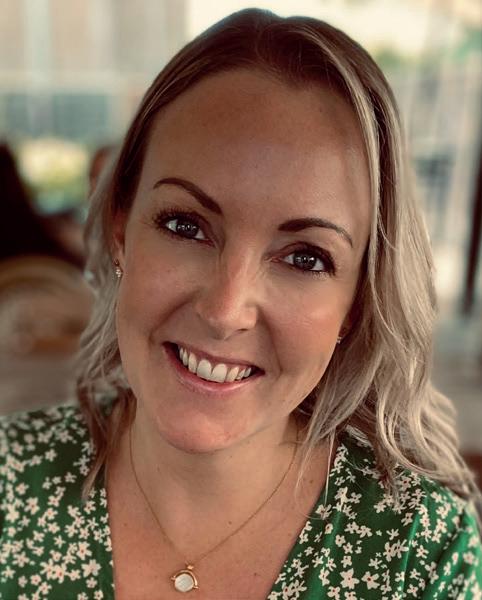
You’ll hopefully also notice a very special supplement in this issue, courtesy of the Aachen Center for Additive Manufactu ring (page 51). Enjoy! nadinebloxsome@quartzltd.com
Novelis breaks ground on recycling & rolling Plant
Novelis Inc. broke ground and be gan construction in October on its $2.5 billion recycling and rolling plant in Bay Minette, Ala.
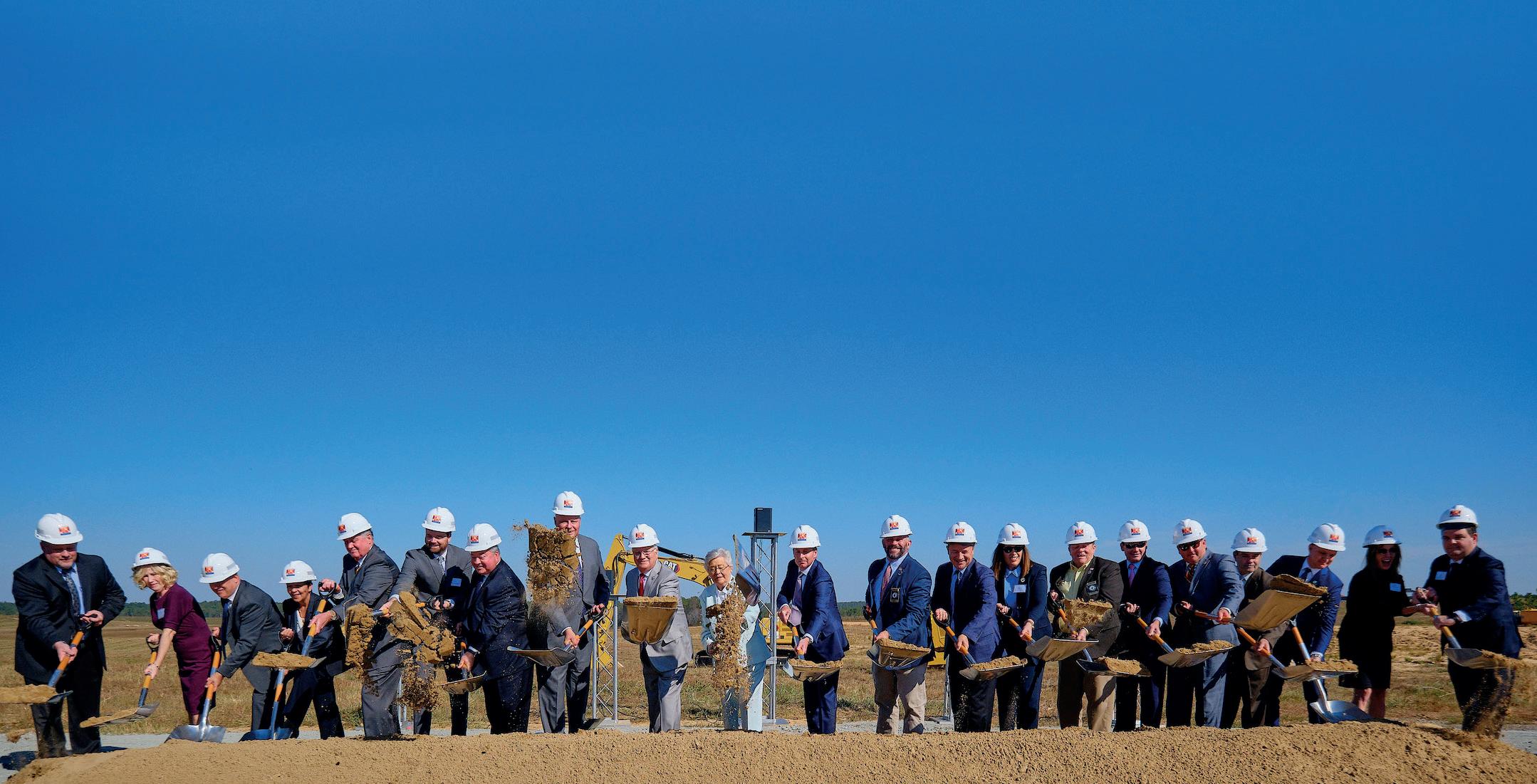
The highly advanced facility is ex pected to create up to 1,000 new jobs and will have an initial 600 kilotonnes of finished aluminium goods capacity per year focused on the beverage container market, with flexibility for automotive pro duction.
It also adds a new recycling cen tre for beverage cans, increasing the company’s recycling capacity by 15 billion cans per year when fully operational.
this investment, we want to demonstrate the strength of our growing customer partner ships, the commitment we have to sustainably grow our business, and the innovative, forward-think ing approach we are taking to modern manufacturing,” said Steve Fisher, President and CEO of Novelis. “We are especially proud to celebrate our groundbreak ing of this state-of-the-art facility on National Manufacturing Day, which highlights the exciting ca reer opportunities available in our industry.”
Site work is also underway includ
ing earthwork, excavation, and piling. Over the next few months, Novelis will construct 2 new road ways on the site and expand the utility infrastructure necessary to begin building construction. Com missioning of the facility is sched uled for mid-2025.
The company selected a leading engineering company as its site layout, engineering and construc tion contractor, an Alabama-based firm to serve as earthworks con tractor, and several manufactur ing equipment providers that have longstanding relationships with Novelis across the world.
Hydro invests BRL 590 million in Paragominas
Over the last 15 years, Hydro Par agominas has actively contributed to the economic and social devel opment in the municipality. The Miltônia 5 project is an investment of approximately BRL 590 million (around USD 110 million) in a new mining front that will begin opera tions in 2023.
“This new mining front consists of the construction of an access road and infrastructure to support the operations. The work is already
underway, with completion sched uled for the first quarter of 2023. Over time, the M5 project will in crease its share in Hydro’s produc tion chain, representing the term investments in the assets in Pará. This is an important contribution to the development of Paragomi nas and the region,” says Anderson Martins, Director of Hydro Parago minas.
The new mining front will gen erate additional jobs during the
HAI to invest €100 Million
Hammerer Aluminium Industries continues the dynamic develop ment course of recent years and invests 100 million euros in the further development of the Group.
With this investment, Hammer er Aluminum Industries (HAI) is setting another milestone in the consistent growth strategy of the HAI Group. With two new extru sion lines, including processing centers and the construction of a logistics center, the course is set for the future.
“With the new investments and the recent investments made at our company locations, we as

the HAI Group are optimally posi tioned to be able to continue to grow with our customers from transport, industry and construc tion,” explains Rob van Gils the orientation for the next few years.
All planned investments corre spond to the latest available stand ards in terms of environmental protection, energy consumption
infrastructure work stage, with an estimated 1,000 workers at the peak of the first stage activities. This maintains the prioritization of hiring local labour, products and services.
“This project includes all the Hy dro values. It was developed during the pandemic and included all are as of the organization, from plan ning to execution. We will continue to follow the highest standard of quality and safety,” says Martins.
and safety. This also underlines the ambitious sustainability strat egy that makes Hammerer Alumi num Industries a pioneer in light weight aluminum construction. By using an average of 80% recycled material and primary aluminum from certified production, which is generated 100% with electricity from renewable energy sources, HAI is a pioneer in climate protec tion. With the sustainable alloys SustainAl 2.0 and SustainAl 4.0, launched in 2021, HAI offers cus tomers a material with a carbon footprint well below the European average.
“Through
Rio Tinto joins First Movers Coalition to help drive low-carbon transition
Rio Tinto has announced it will join the First Movers Coalition, a global initiative to help commer cialise zero-carbon technologies by harnessing purchasing power and supply chains.

More than 50 companies with a collective market value of about $8.5 trillion across five continents now make up the coalition to cre ate early markets for innovative clean energy technologies.
The initiative is led by the World Economic Forum and the US Government and targets sectors including aluminium, aviation, chemicals, concrete, shipping, steel, and trucking, which are re
sponsible for 30 per cent of global emissions. This is expected to rise to over 50 per cent by mid-centu ry, unless there is urgent progress on clean technology innovation.
Rio Tinto Chief Commercial Officer Alf Barrios said: “We want to bring Rio Tinto’s considerable buy ing power to help build sustain able supply chains for emerging green technologies. The low-car bon transition is at the heart of our business strategy and success will require large scale of change throughout the value chain, which our pledges to the First Movers Coalition are aimed at supporting.
“As a member of the First Mov ers Coalition, we also look forward to building on our existing net work of partnerships to support the development of new technol ogies to help power our way to a net-zero future.”
EPIQ Machinery and DTA team up to better serve the aluminium producers
EPIQ Machinery Chief Executive Of ficer, Éloïse Harvey, and DTA Chief Executive Officer, Miguel de Sebas tian Merello are proud to announce their recent teaming agreement. This close collaboration between EPIQ Machinery and DTA is full of potential bringing an array of AGVs possibilities for the international al uminium market.
This partnership offers the al uminium producers proven AGV solutions backed by DTA, the world most advanced manufacturer of autoguided solutions. The goal of EPIQ Machinery teaming with DTA
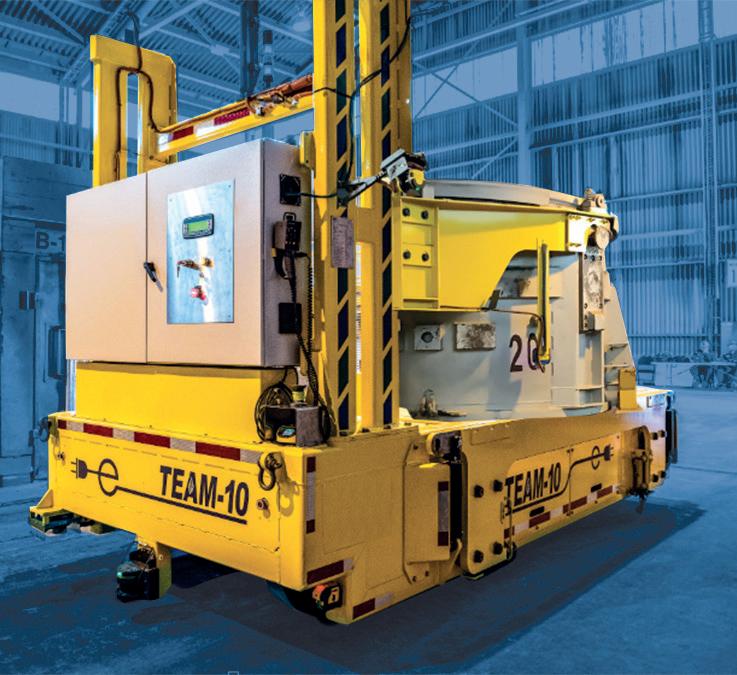
is to bring the AGV technology accessible and in accordance with our clients’ specific needs. EPIQ Machinery will also act as solution integrator and provide after-sale
technical support.
EPIQ Machinery and DTA want to embrace the aluminium pro ducers towards the shift to Indus try 4.0. by offering global mate rial handling system integration into plants. As the AGV market is booming, the cooperation between EPIQ Machinery and DTA is timely. The combination of the skills of the two equipment manufacturers, leaders in their field, can only ben efit end-user customers. Together, sharing their passion for challeng es, for safer and smarter moves.
ASI certifies Aluminerie Alouette
Aluminium Stewardship Initiative (ASI) has announced that Alumin erie Alouette has been certified against the ASI Chain of Custody Standard for its aluminium smelt
er and casthouse operations. With an annual capacity of 600,000 tonnes of primary aluminium, it is the largest smelter in the Ameri cas.
“We congratulate Aluminerie Alouette on achieving ASI CoC Cer tification for its Sept-Îles, Quebec smelting operations. With this cer tification, the company consortium made up of several ASI-certified Members demonstrates the overall collaborative spirit of our Mem bers to create a responsible aluminium value chain. The noteworthy production capacity at the plant also provides a significant boost to the availability of ASI-Certified aluminium to downstream aluminium users.”
– Fiona Solomon, Chief Executive Officer at ASI
Ball Corporation Expands the Portfolio of its Infinitely Recyclable Ball Aluminum Cup®
Ball Corporation has announced the availability of two new sizes of its infinitely recyclable Ball Aluminum Cup®, therefore broadening the opportunity for venues, concessionaires and more to offer consumers a full portfolio of sustainable cup options. The Ball Aluminum Cup® that is available for food service customers is now composed of 90% recycled content, making it the cup with the highest recycled content rate of any beverage packaging in its category.
AMETEK Land Celebrates 75 Years of Product Innovation and Technology
AMETEK Land, the world’s leading manufacturer of monitors and analysers for industrial temperature measurements, celebrates 75 years of producing innovative systems and solutions for industries including metals, glass, hydrocarbon processing and power generation.
David Primhak, Director of Sales and Product Management at AMETEK Land commented: “As a company, we are incredibly proud of our contribution to industrial manufacturing. We have a magnificent team leading the way in product development and advanced technologies, developing new solutions and updating existing systems to help improve safety, increase yields, and reduce carbon footprints.”
Alba’s delegation, led by its Chairman of the Board, attends LME Week
“The fact that aluminum, especially Canadian aluminum, is a solution to climate change cannot be overstated. This new certification adds value to our metal for our shareholders’ customers, who are increasing ly looking to source green alu minum. Our entire team and our partners can be proud of this news. Everyone works hard every day. This is a key hallmark in today’s globalized world.”
– Claude Gosselin, President and CEO of Aluminerie Alouette
Speaking on this occasion, Alba’s Chairman Shaikh Daij bin Salman bin Daij Al Khalifa said: “Volatility and unpredictability are the new norm and thanks to Alba’s resilience, we will be able to weather the challenges in light of the changing dynamics in the Aluminium market and global economy.
Our participation in the LME Week is a one-stop shop to understand the current market sentiment, gain more insights on the 2023 Market Outlook while addressing more pressing matters in Sustainability and ESG.”
Novelis develops new laminated aluminium surfaces for beverage can ends
Novelis has announced the com pany’s new laminated aluminium surfaces for beverage can ends, which was showcased September ALUMINIUM 2022 in Düsseldorf. This innovative application im proves beverage container ap pearance, increases production process efficiencies and lowers CO2 emissions for European beverage brands and can makers. As a result, it further advances Novelis’ leader ship in the growing market for alu minium beverage packaging.
Coloured aluminium beverage can ends, especially black, are par ticularly popular for new and inno vative beverage products and en
ergy drinks. However, producing lacquered, black ends also poses challenges in terms of colour sta bility and can makers’ production processes.
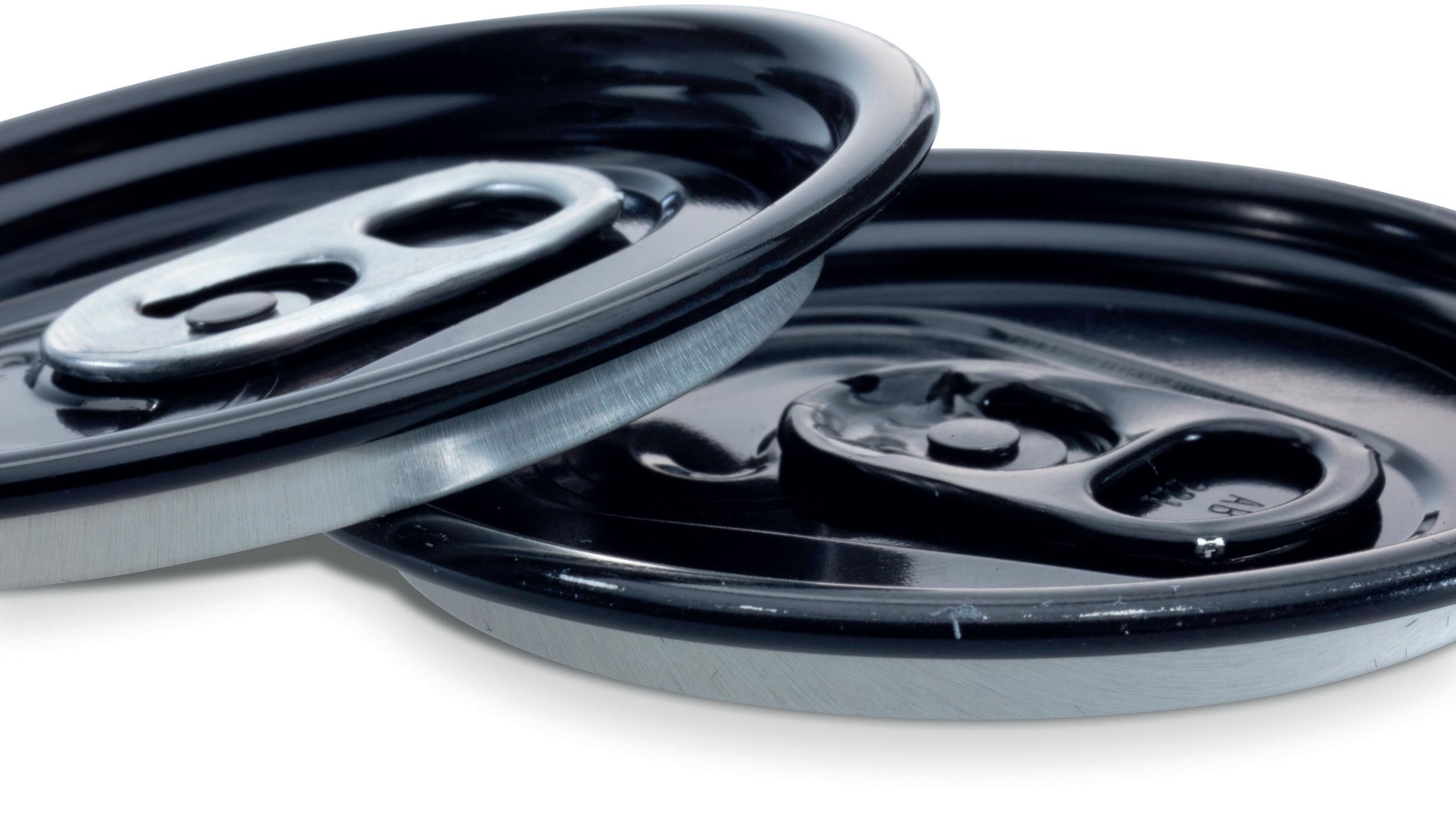
Novelis’ product innovation supports can makers and beverage brands in reaching their sustaina bility goals. The lamination of alu minium coils for can ends reduces CO2 emissions by 33%, compared to the conventional liquid coating, as the lamination process requires less heat and chemicals. Laminat ed ends have no adverse impact on beverage can recyclability. Similar to the conventional can coating, the laminating film is re
moved as an organic component in the recycling process by thermal pre-treatment and waste heat is reused in the process.
“This innovation meets the food and packaging industry’s require ments for high-quality, lower CO2 footprint material,” said Alexander Kuzan, Vice President of Can for Novelis Europe. “Together with our customers, we are creating better, more sustainable products and effi cient manufacturing processes. Us ing high levels of recycled alumini um in our products helps reduce the consumption of natural resources, strengthen the circular economy and limit climate change.”
Rio Tinto and Volvo Group partner for low-carbon materials supply
Rio Tinto and Volvo Group have signed a Memorandum of Un derstanding (MoU) to create a strategic partnership where Rio will supply responsibly sourced low-carbon products and solu tions to Volvo Group. The compa nies will work towards decarbonis ing Rio Tinto’s operations through piloting Volvo Group’s sustainable autonomous hauling solutions.
The multi-materials partnership will allow Rio Tinto to progress sustainability commitments in its operations and supply chains. It will support Volvo Group in its am bition towards a net-zero future. The partnership aims to secure supplies of materials including lithium, low-carbon aluminium, copper, and metallics.
Rio Tinto Chief Executive Jakob Stausholm said: “We look for
ward to partnering with Volvo to progress our contribution to a net-zero future, as we collaborate to deliver sustainable outcomes from the mine to the showroom floor. We will be working together to support the decarbonisation of Rio Tinto’s operations and deliver low-carbon materials for use in Volvo’s innovative product range, including electric and autono mous vehicles.”

Volvo President and Chief Ex ecutive Officer Martin Lundstedt said: “We are eager to partner with Rio Tinto, a true collabora
tion aiming to accelerate our am bitions towards a fossil-free, de carbonised future. By addressing the full value chain, from the use of low-carbon materials in our products, to providing our cus tomers with sustainable autono mous hauling solutions, we can contribute to a better and more sustainable future.”
The companies will work to gether to strengthen the supply of responsibly sourced low-carbon materials such as RenewAlTM al uminium, aluminium produced using the ELYSISTM zero-carbon smelting technology, Alumini um Stewardship Initiative (ASI) certified aluminium and Copper Mark certified copper, and explore product development opportuni ties such as the supply of lithium for batteries.
www.aluminiumtoday.com
November 29th - 1st December
ARABAL 2022
ARABAL has announced that the 24th edition of ARABAL (the Arab International Aluminium Conference and Exhibition) will be hosted by Egyptalum. Held in Egypt www.arabal.com
December 1st December - 2nd December
SIM USA 2022
To support and facilitate the transition towards cleaner manufacturing in the USA. Hosting leaders from industry, innovation, science, government and investment, SIM USA will bring together those responsible for driving sustainability across hard-toabate sectors. Held in Cleveland, USA www.sustainable industrialmanufacturing.com/ usa
2023 March 19th March - 23rd March 2023
TMS
The TMS Annual Meeting & Exhibition brings together more than 4,000 engineers, scientists, business leaders, and other professionals in the minerals, metals, and materials fields for a comprehensive, cross-disciplinary exchange of technical knowledge. Held in California, USA www.tms.org/AnnualMeeting/ TMS2023
30th March - 1st April 2023
METEF
Expo of customised technology for the aluminium, foundry castings & innovative metals industry. New opportunities for the downstream sector generated by the synergies between Metef and MECSPE. Held in Bologna, Italy www.metef.com/en/
For a full listing visit www.aluminiumtoday.com/ events
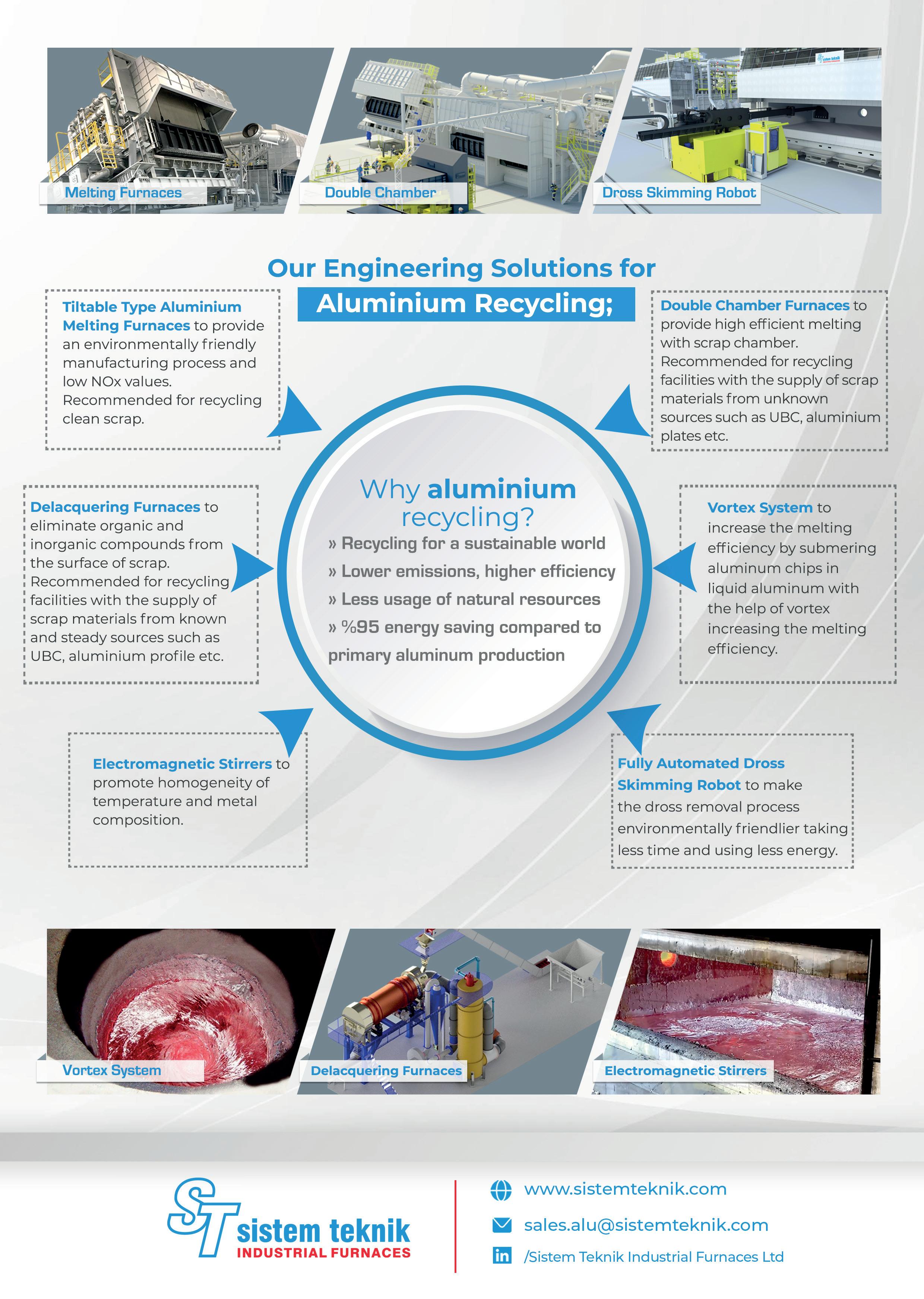
Show Review: ALUMINIUM 22 Show Review: ALUMINIUM 22
By Zahra Awan*After four long years of dormancy, the well-known ALUMINIUM trade fair woke to an industry in a frenzy. With the growing demand, applications, sustainability, innovations, and of course, challenges; it is somewhat compulsory for the industry to feel the full spectrum of emotions in response to the single word: Aluminium.
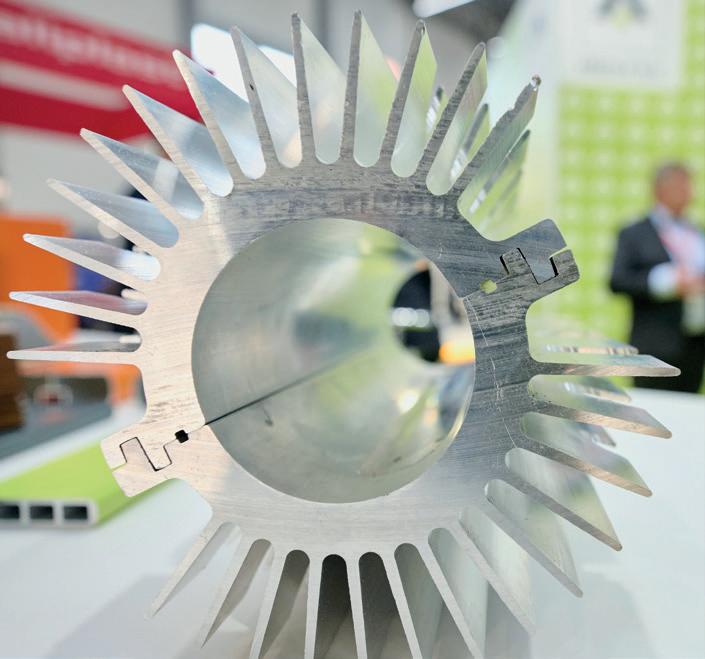
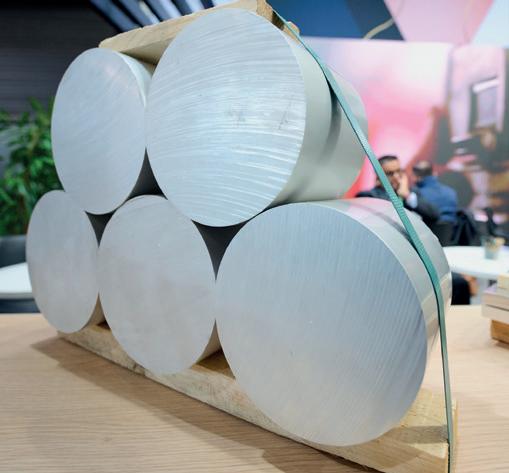
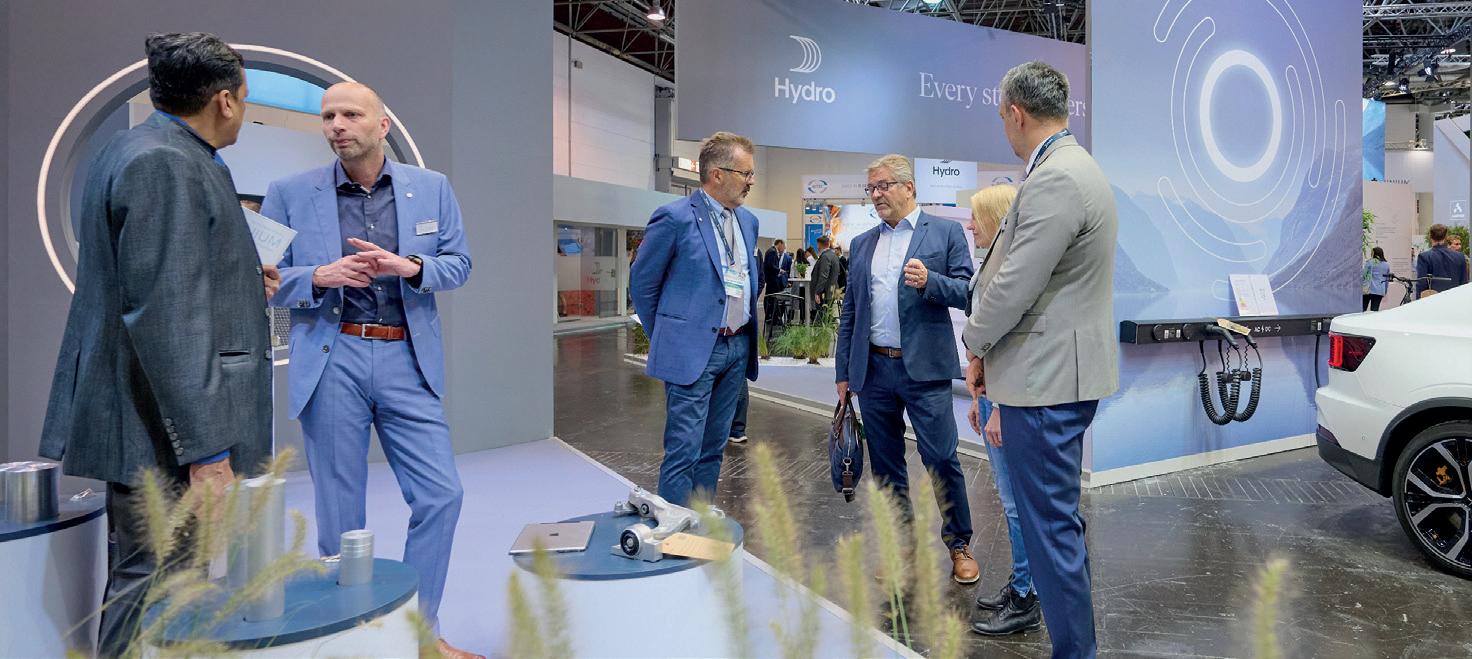
Returning to the black rubber floors and elaborate stands presented the visitors with a strong sense of power, the industry has grown. Despite the pandemic, the industry has evolved. Despite moving to remote communication and online shows, despite countries having to shut down. We are strong. But then came politics and war, igniting woes of inflation, supply, and energy.
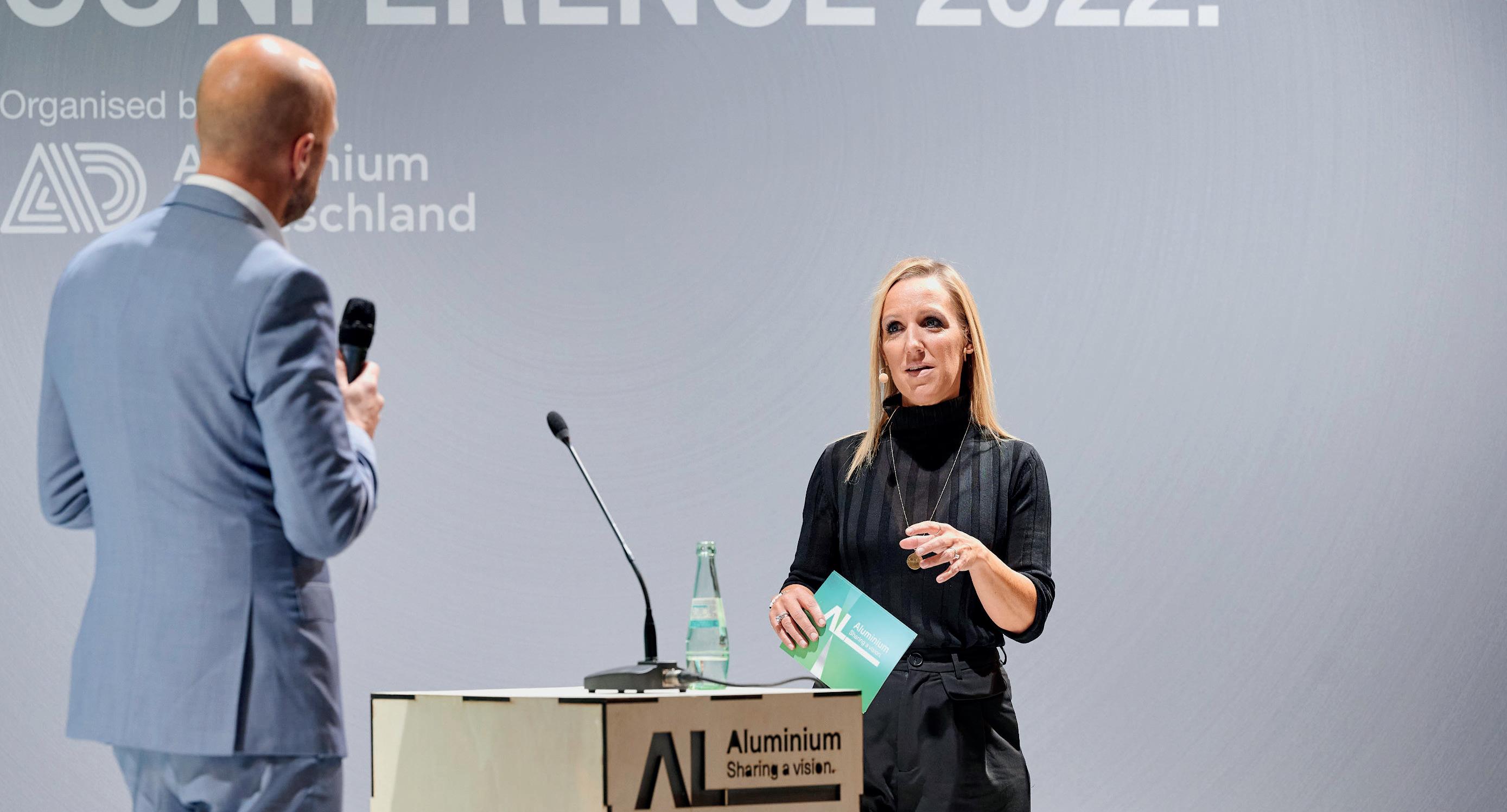
Registering 20,400 visitors from 100 nations, ALUMINIUM in Düsseldorf[1] has reported. “Aluminium is and always will be a key material on the path towards climate neutrality and resource efficiency, but the industry is struggling with major challenges related to energy prices, supply security and supply chains,” said RX Austria and Germany.
The opening conference made sure to address the energy crisis, Benedictine
Binder-Krieglstein, CEO RX Austria & Germany called for “politicians to act” and noted that “unfortunately invitations sent to politicians were declined”, but one. And Robert Habeck, Vice Chancellor of Germany, only reiterated that the most important aspect is “tackling the energy crisis.”
The threat to the industry became clear as Rob Van Gils, President Aluminium Deutschland/CEO and Managing Partner Hammerer Aluminium Industries spoke: “It is an honour to be here and speak at the ALUMINIUM 22 Trade Fair. The Developments in the energy market are very concerning for both Europe and Germany. We must not let this happen, we must not let aluminium, this fantastic material, leave Germany.” This was the first mention of the real threat to industry in Germany, and Europe, but it was certainly not the last. Paul Voss, Director General of European Aluminium, reiterated that this topic is “a topic that people don’t want to talk about” but is one that needs to happen. Mr Voss compared his fairly new role to “fixing an aeroplane whilst flying it, and by the way, the airport is on fire.”
*Editorial Assistant, Aluminium International Today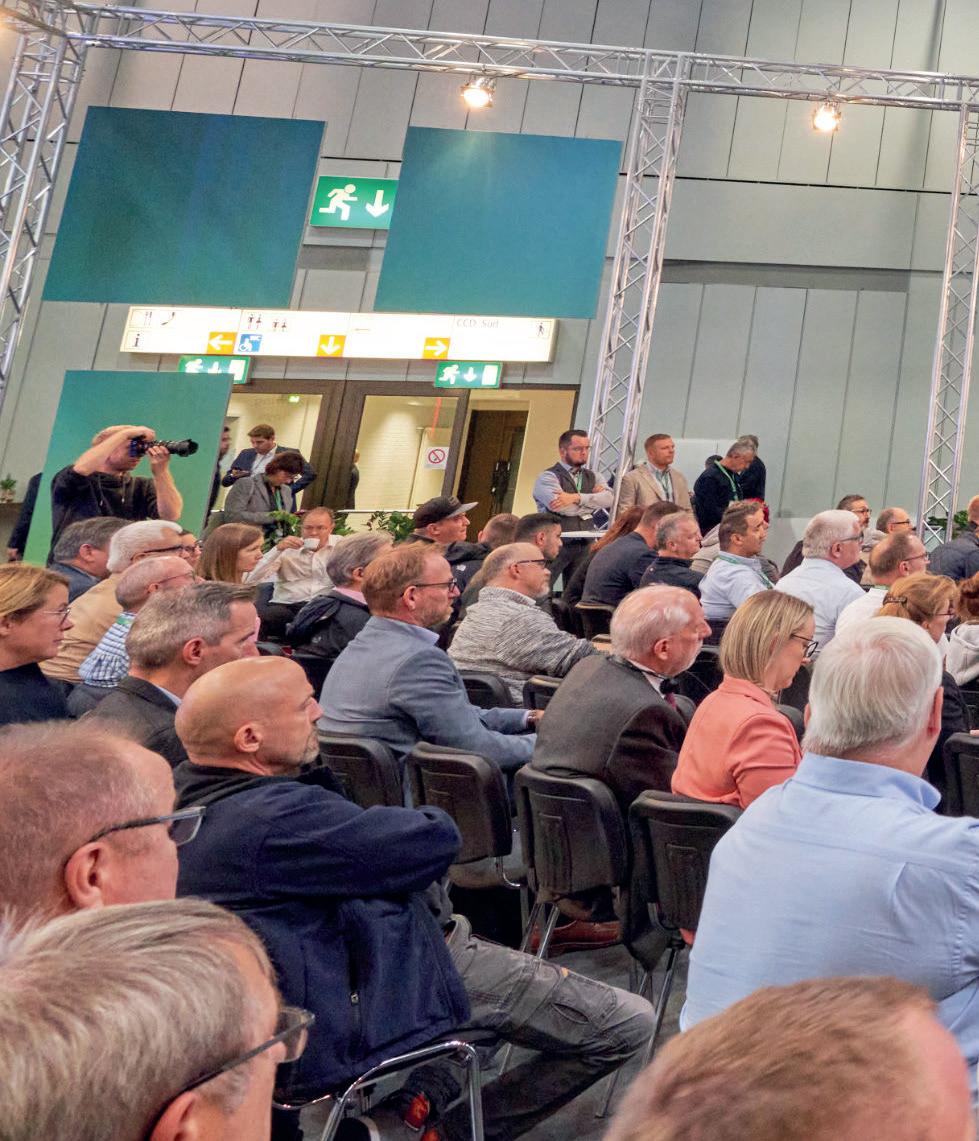
I think this is a relatable story.
The need for “solidarity across the value chain”, as stated by Paul Voss, is key to the success of the industry. Being able to communicate to policy makers and governors as well as clients is key for the industries success.
Zahra Awan has been following up with companies who exhibited and attended the ALUMINIUM 22 trade fair on their view and response to the Energy Crisis. This editorial can be seen on page 19
The event also saw hope for the future, as companies were reminded to keep ‘one eye open to the future’. With deals being made, for example: ASAS’s order with the SMS group. ASAS Alüminyum announced that it is investing in extrusion technology from SMS group to produce profile sizes that currently cannot be produced in Europe. ASAS has been relying on SMS group’s expertise for many years and has ordered two new aluminium m extrusion lines. The plants to be supplied comprise a 150 MN extrusion and tube line, as well as a 45 MN HybrEx® line.
Hydro also announced that it has invested Billions in making its aluminium
more sustainable. Since becoming Hydro’s CEO in May 2019, Hilde Merete Aasheim has been repeating one key message regarding the direction of the company: Lifting profitability, driving sustainability.
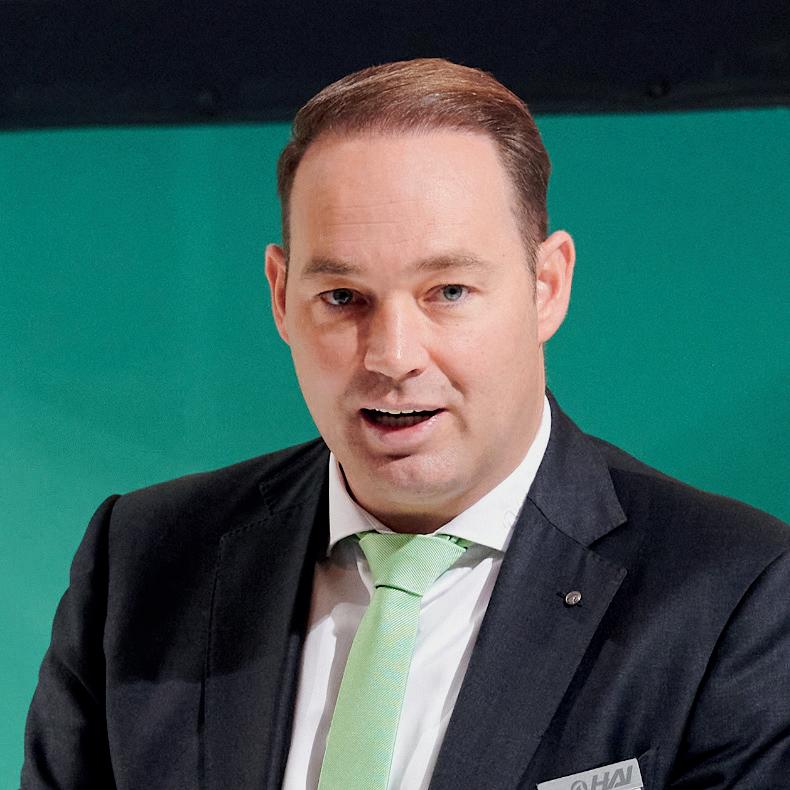
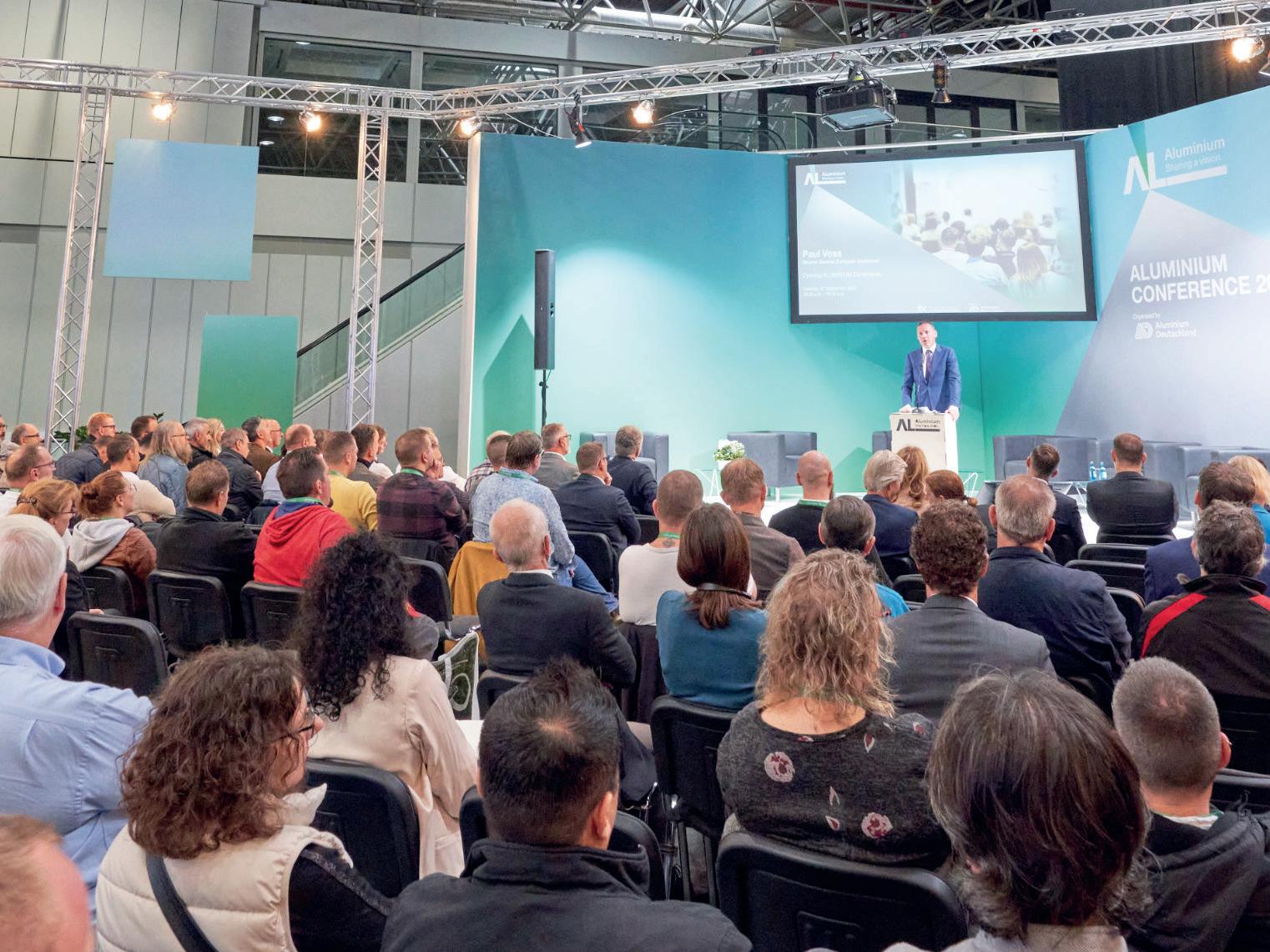
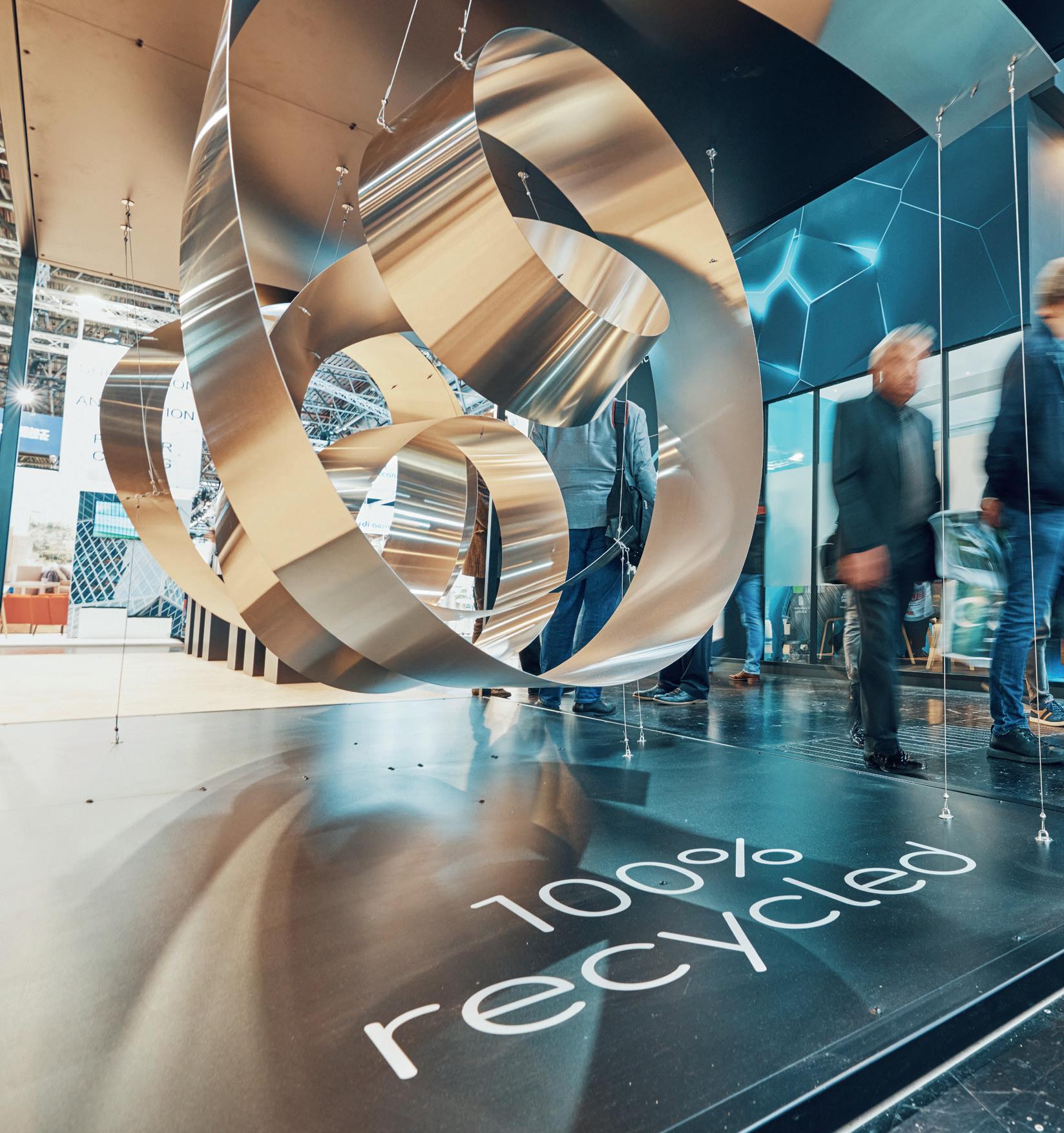
Hydro has followed up with back-toback years of strong profitability and many future oriented investments aimed at improving the sustainability of its operations in the aluminium business. “Aluminium is a key material for the green transition. Hydro expects the demand for ‘near zero’ aluminium to grow much faster than the overall market demand growth. We are investing heavily in our operations with the aim of fulfilling the ambition of aluminium production with net-zero emissions,” says Ms Aasheim.
For more on this news, visit: https:// www.hydro.com/en/media/news/2022/ hydro-invests-billions-in-making-itsaluminium-more-sustainable/ Assan Aluminyum also held a press conference where Goksal Gongor, General Manager celebrated the company’s “50th Anniversary,” and discussed their core “sustainable values, ESG and their new program to support women’s empowerment.” They also announceD their plans to expand to North America.
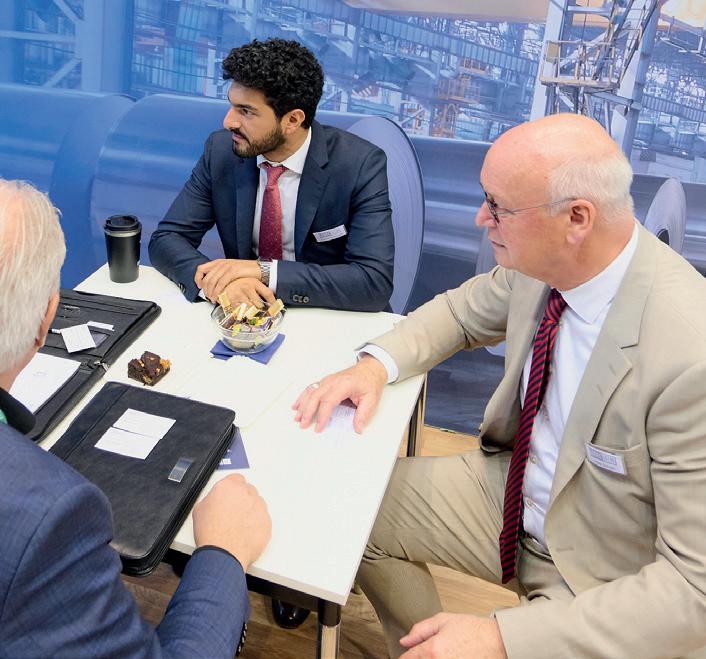
ALUMINIUM recognised Turkey’s ‘strong performance’ at the show with
multiple Turkish representatives attending the event. Çetin Tecdelioglu, Chairman of IDDMIB, says: “There is a growing demand for aluminium each passing day. Its area of use is expanded by new technologies and production models, including defence, construction, and automotive sectors in particular, and it gains an increasingly bigger place in daily life.”[2]
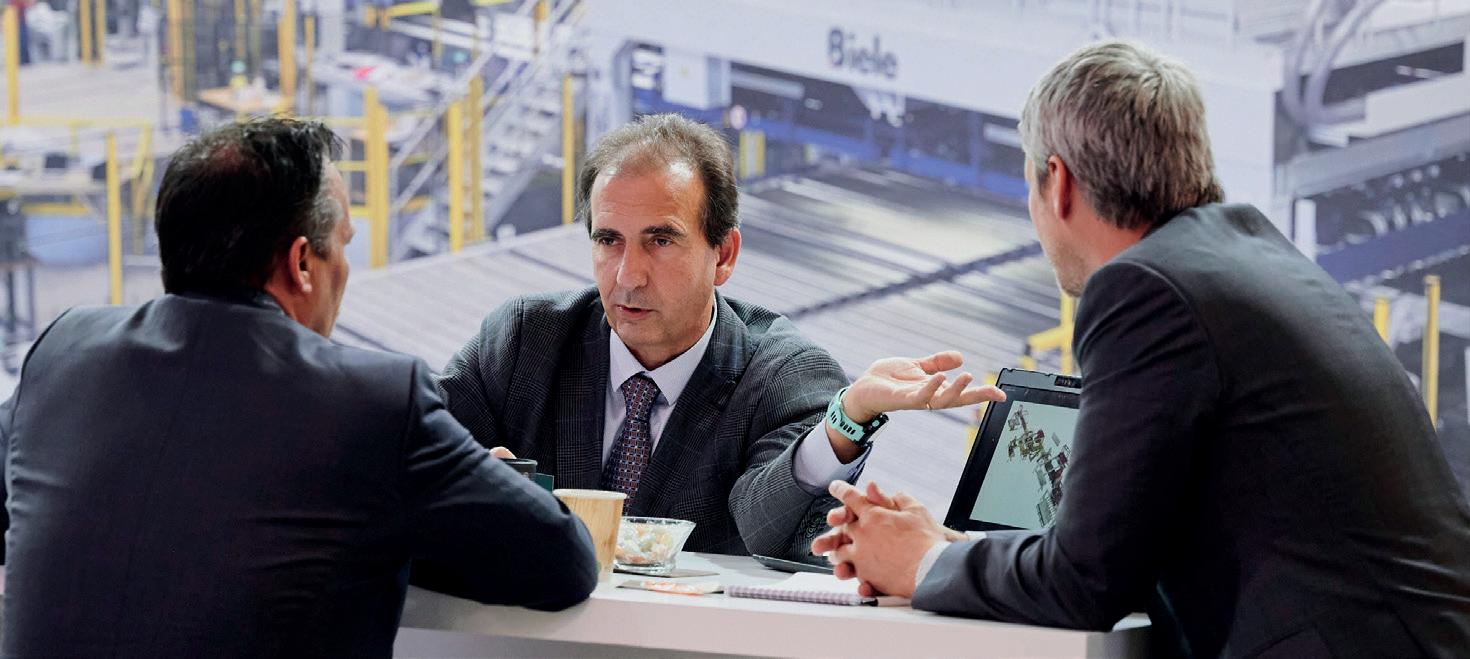
As well as a booth, Aluminium International Today also collaborated with ALUMINIUM 22 in its Innovations Plaza: Digital and Additive Manufacturing. The goal of the three-day conference was to discuss modern, Industry 4.0 inspired solutions to challenges faced across the industry. Nadine Bloxsome, Editor of Aluminium International Today, said “I am excited to hear from some great speakers on topics covering the smelter of the future, opportunities and challenges associated with digital manufacturing and the links between sustainability and digitisation.”
The steady flow of people passing our stand resumed on day three. With the day continuing from a night of networking on the ALUMINIUM boat event, attendees were acquainted further, inspiring more business. But the interval on the boat inspired further talks on the energy crisis, and its individual impacts on those
attending. As sensitive as Aluminium is to the Crisis, is how sensitive everyone is to its fluctuations. There are a number of employees in the industry, without, they would be unemployed, and the production for aluminium would be impacted. “The current challenge: energy, energy, energy,” said Stephan Zegers, Managing Director Alufinish GmbH & Co. KG[3]
The “ALUMINIUM 2022 has exceeded our expectations,” said Barbara Leithner, Chief Operating Officer at RX Austria & Germany, the organiser of ALUMINIUM. “The more challenging the times the more important is communication within, and the unity of, the industry.” With this, we wait for the next two years to pass for ALUMINIUM 24. Announcing that the show will take place on the 8th- 10th October, the industry will certainly transform once again, with new challenges and successes.
�
[1] + [3] https://www.aluminiumexhibition.com/en-gb/media/news/ Aluminium2022-FinalReport_EN.html [2] https://www.aluminium-exhibition. com/en-gb/media/news/AluminiumTurkiye.html

The European way out - securing raw materials for European industry
By Bernd Schäfer*We are living in what can only be described as an epochal time in modern history. We cannot underestimate the unprecedented nature of the volume of raw materials needed to build the wind turbines, fuel cells, solar panels, heat pumps, batteries, and more - just to replace the EU’s imported 155 billion cubic metres of Russian natural gas. The Russian invasion of Ukraine, soaring energy prices, Europe’s lack of resilience with regard to its growing metals needs, and the ever-present possibility of metals and minerals supply shortage, has put us at a worrying disadvantage.
Europe aims to become the first carbon neutral continent, driven by the ambitions of the European Green Deal which will require unprecedented quantities of raw materials. In fact, the World Bank has found, that meeting clean energy targets would increase demand for many metals by 500 to 1,000 percent by 2050. (The World Bank Group, 2020 Minerals for Climate Action: The Mineral Intensity of the Clean Energy Transition)
To lead Europe out of this dilemma, European capacities must be promoted and built immediately without hesitation. This must be done with a long-term strategy with political support in place to trigger investments in primary and secondary raw materials production.
For Europe to remain economically successful and globally competitive, while becoming increasingly resilient to external geopolitical factors, it must stimulate a responsible raw materials sector by establishing sustainable, competitive value chains of raw materials and advanced materials, and building up robust secondary raw materials capacities through recycling, for the circular economy.
Urgent and tangible action is needed. Momentum cannot be allowed to slip. We must build on all positive opportunities, such as the recent launch of the European Commission’s Critical Raw Materials
Act ‘Call for Evidence and Open Public Consultation.’ This will remain open until 25 November 2022 and marks a significant and welcome milestone for the European raw materials sector. It provides a vital platform through which we in the sector can contribute to this crucial legislation. EIT RawMaterials, as Europe’s largest raw materials consortium, as a connector and intermediary of industry, academia, RTOS, NGOs and government, will ensure the critical voices of the European raw materials sector are heard in this consultation process.
Magnesium: Evidence of the Urgent Need for European Raw Material Autonomy
The recent magnesium issue is just one example of the urgency of action required on the building of a sustainable, secure, and reliable supply of raw materials for Europe.
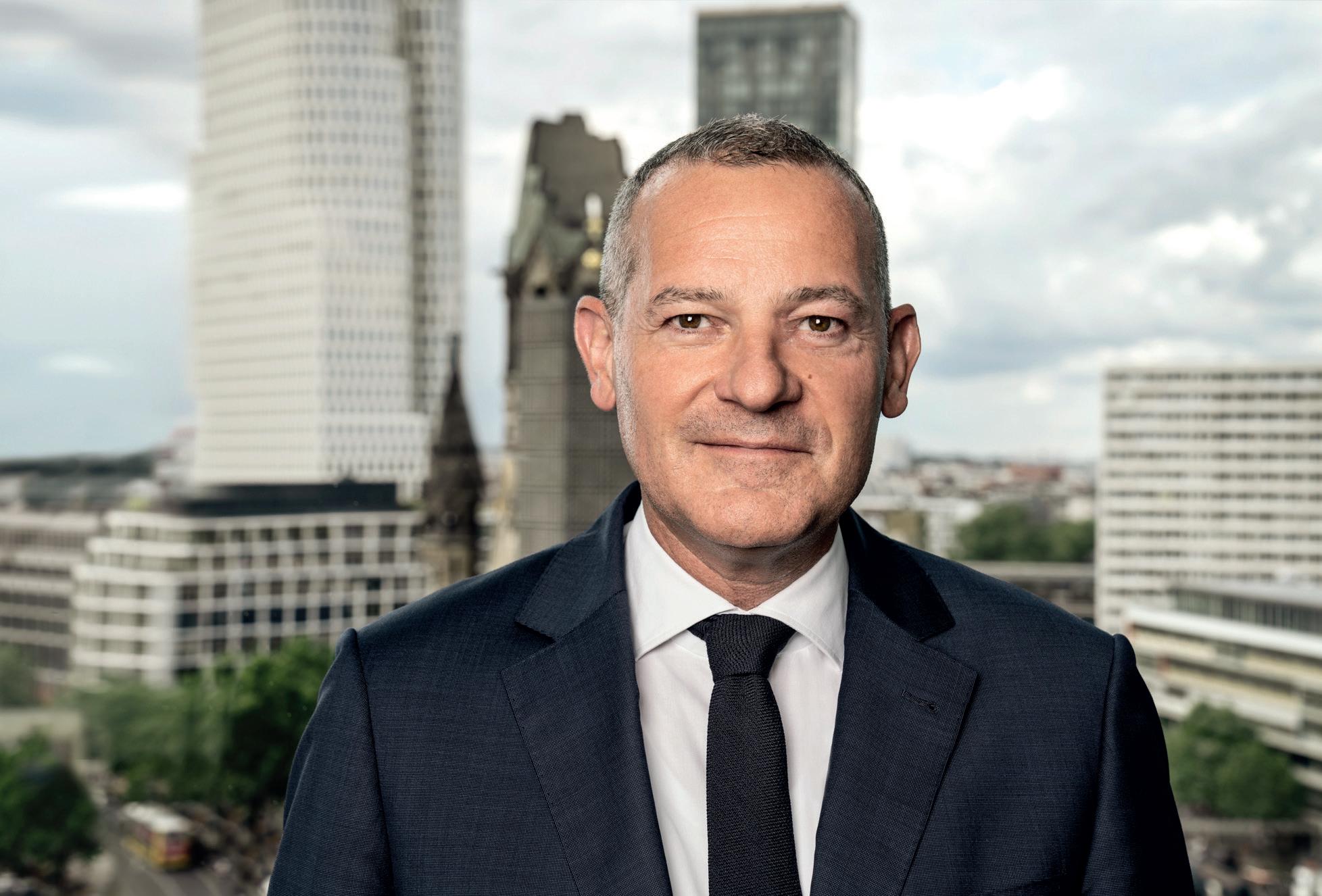
While the global magnesium market itself is relatively small, with about 1.2
*CEO & Managing Director, EIT RawMaterialsmillion tonnes of annual production, compared to 67 million tonnes of aluminium, it plays a vital role in giving compressed strength to a wide range of products. Items we rely on in everyday life, from the aluminium beverage can to the wings of a modern Airbus airliner, would not exist without magnesium. The European Commission is worried that any fall in shipments from China which supplies over 90% of magnesium to Europe, could curb production of auto parts, airplane parts, and other products that depend on the mineral.
As we all know, magnesium supplies from China fell late last year, igniting prices in Europe and focusing the EU on efforts to secure domestic supplies. Now, the recent energy crisis and soaring energy costs are causing significant shifts to the raw materials supply-and-demand landscape of the aluminium sector. The electricity prices in Europe have triggered cuts in the energy-intensive production of aluminium and other industries. Europe’s
primary aluminium output capacity has fallen considerably, with further output under threat as new curtailments continue to be announced, due to the power crisis.
In Germany for example, the German Aluminium Association showed that nine out of 10 companies said they were not able to switch to another energy source if gas was no longer available in the short term. Reducing the gas supply by 30% would already bring production to a standstill for half of the companies.
What we are now witnessing is a mad scramble for mineral resources, in conjunction with this unprecedented energy crisis, which is causing a global geopolitical shift in the raw material sector.
The problem is that Europe currently imports a staggering amount of its most critical raw materials from abroad and
chains between member states and likeminded international partners to take full advantage of Europe’s single market opportunities. Because, irrelevant of the current energy supply crisis which urgently needs a reliable solution, Europe’s mission is to decarbonise industry, to be the first climate neutral continent by 2050.
There are several factors that must be urgently put in motion to make this a reality. We need a level playing field in which Europe can compete. Investment must be stepped-up without delay to build and strengthen a highly reliable critical raw material supply chain, and we must scaleup innovative and relevant education and re-skill and upskill the workforce.

We need industry-wide commitment to the highest environmental, social, and governance practices (ESG) because by importing materials from states with
the supply of critical raw materials and to help catalyse investment for strategic opportunities.
As a result of this work, we have several projects in progress which are addressing diversification of supply. For example, for rare earths, we now work with a Canadian company with expertise across the rare earth value chain, one of the few outside of China. Their planned facilities in Estonia can provide over 10% of Europe’s needs, in terms of both rare earth metals and magnets.
Europe’s Great Innovation Opportunity
The great potential for Europe to produce and recycle more of the raw materials needed for the energy transition is significant. Domestic production and recycling of raw materials is beginning
from single economies, putting it at high risk. Europe, for example, imports 98% of rare earths and 93% of magnesium from China, 98% of Borates from Turkey and South Africa provides 71% of the EU’s needs for platinum.
China has established a significant presence across the entire clean energy supply chain which has been done through state-subsidised overcapacities, tax exemptions and under-pricing. This is all to be seen in context of the very successful One Belt One Road (OBOR) initiative, which comprises 65 countries, 900 projects, and a total planned investment volume of $850 billion (approx. €859 billion).
Sustainability and Diversification of Raw Materials Supply
So, what is the solution? The time has come to rapidly build highly innovative and sustainable raw materials supply
values far different from our own, we are supporting deficient ESG practices.
We need a sustainable primary and secondary raw material industry to enable the transition to renewable energy, which means we must build up domestic reserves of raw materials and enhance our recycling capacities.
And Europe must diversify supply also with partnerships beyond our own borders to promote competitiveness, a key driver for innovation. We must forge robust raw materials strategic partnerships with likeminded nations, whose shared values with Europe are rigorously upheld.
The good news is that this process is underway. EIT RawMaterials, along with the European Commission, is working to strengthen our relationships now with governments and markets in Ukraine, Greenland, Australia, Africa, Norway, Latin America, Canada, and the US to secure
to take hold across the continent. At EIT RawMaterials, we are bringing together leaders in academia, research, and business/industry to collaborate and innovate together to accelerate this transition.
Right now, mine sites across Europe are not only modernising, but becoming increasingly safe and sustainable thanks to advances and innovations in robotics, Artificial Intelligence (AI), virtual reality, and electrification. In Spain, for example, we are supporting one of our partners to launch a fully electrified underground mine which is expected to contribute to 13% of the copper mines output of Spain and deliver copper with a 90% lower carbon footprint compared to existing standards.
There are challenges of course, but momentum is building, with, for example, the construction of a silver-zinc-lead
project in Bosnia, and the decision of the Greek government to permit a copper project in Greece, which alone is expected to start an annual average production of 40,000 tonnes of copper in 2025.
In Finland, one of our EIT RawMaterials partners has just secured a permit approval for a lithium plant, and a significant investment of €500 million, with the aim to produce high-purity, sustainable lithium for Europe.
Another partner of ours in Spain is planning to extend its existing processing capacity of high-purity copper, zinc, lead and silver. This is a technologically advanced operation that has achieved a remarkable low environmental footprint in terms of water use and emissions.
We also now support three projects that deal with the production of tungsten, which is critical for the aerospace and defence industries. This has the potential to supply almost 60% of the EU’s needs for tungsten.
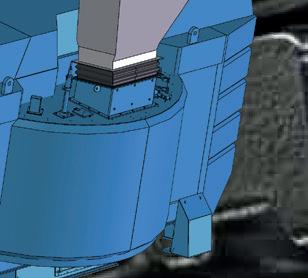

Contextualising Aluminium in Europe’s Raw Materials Mission
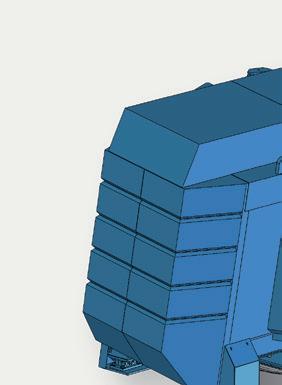

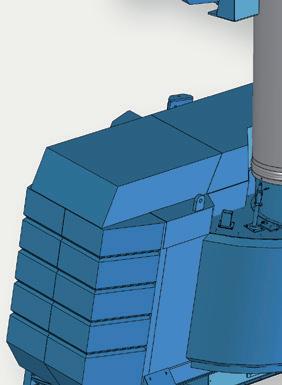
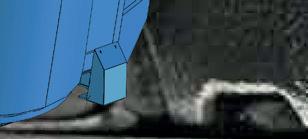



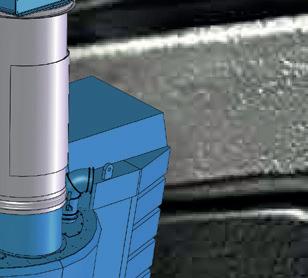
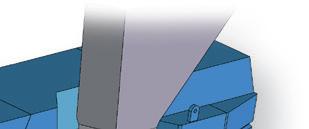

By galvanising this immense innovation potential, we can continue to rebuild the aluminium sector in Europe. If we look at
the market potential itself - the primary aluminium market here in Europe, will be about nine million tonnes per year by 2050, versus a projected global production of 107 million tonnes. (https://www. european-aluminium.eu/vision-2050)
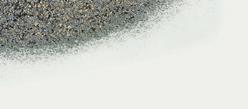

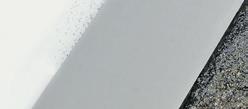
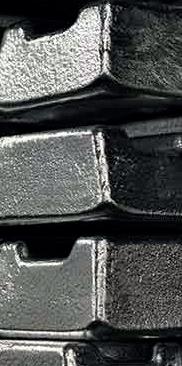
The sector is one of Europe’s most complete value chains in the raw materials sector and offers widespread energy transition uses. Since 2008 however, Europe has lost more than 30% of its primary aluminium production, and with the current energy crisis, this is expected to increase substantially. (https:// www.european-aluminium.eu/activityreport-2021-2022/market-overview/)
There is a drive now across Europe to restart domestic output of magnesium, used in aluminium and steel products, which places a new emphasis on magnesium and cutting dependence on China.
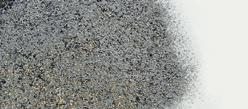
EIT RawMaterials is also working to support the securing of Europe’s domestic magnesium supplies with at least three firms, two in Romania and one in Bosnia. One of these projects is forecast to produce more than 18,000 tonnes per annum of magnesium covering 13.5% of EU magnesium demand from 2026-2035.

The total development potential is close to self-sufficiency.
In Conclusion
We have the innovation know-how, the technological leadership in Europe, and with EIT RawMaterials’ education and start-up investment, there is a sound foundation to really strengthen the sector and to seize the opportunities that are opening up.
To really return primary and secondary production of aluminium in Europe, action is needed, and it is needed today.
Creating incentives to enable more endof-life products to be recycled in Europe also is necessary in the immediate future. This can lend Europe a distinct advantage in its domestic supply of sustainable raw materials. And, to repeat my earlier point, Europe’s long-term resilience, competitiveness, and secure access to raw materials relies on urgent measures that will enable a level playing field, major strategic investment, scaled-up education and re-skilling, commitments to ESG, and diversification of our raw materials supply through partnerships with nations who share European values and European ambitions for climate-neutrality. �
Aluminium has presented itself as the material of the future. Speaking to key industry specialists at the ALUMINIUM 22 conference and exhibition, Zahra Awan* was able to dig into the challenges, successes, and the future of aluminium.
The Future of Aluminium in Europe
One of the main topics of conversation amongst the European aluminium Industry is the energy crisis. With rising prices in energy, Europe faces a dilemma regarding industrial production. Aluminium production is incredibly energy intensive and with a +100% demand increase for aluminium products, demand has doubled since 2000[1]
PAUL WARTONPaul Voss, Director General of European Aluminium noted that the industry is on pause due to the uncertainty. This tormenting question mark that hovers over the industry has formed great fluctuations in the market. These fluctuations, however, due to past unexpected events, are no longer so shocking.
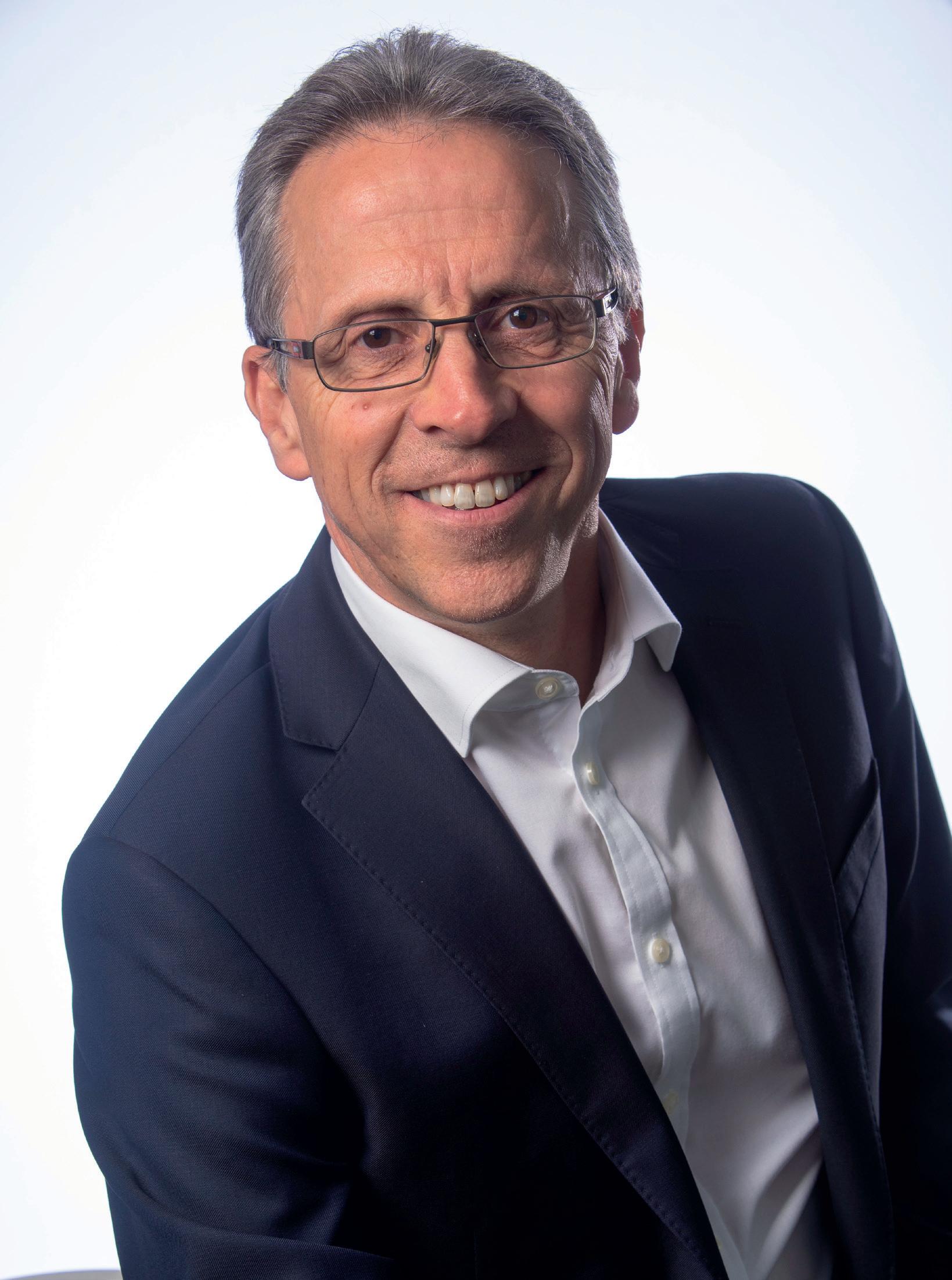
Policymakers, parliamentary figures, heads of state or organisations are those who are responsible for the outcome of the industry and are those who must consider the effects of their actions across all faculties. Paul Voss highlighted: “It’s the job of policymakers to find adequate solutions. But if I’m honest, I have every sympathy for them too. Their positions are completely overwhelmed by this. Nobody knows what to do and so we talk about different things that you could do but, no one really knows if any of them will work.”
Paul Warton, Executive Vice President, Hydro Extrusions finds himself in a similar position on the uncertainty of the conditions, “nobody has long term positions that protects them from this hostile pricing environment or energy… but I think there is an acceptance that it is the way it is.” He continued, “If I talk on behalf of extrusions, yes, we are very
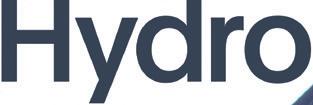
Assistant, Aluminium International Today
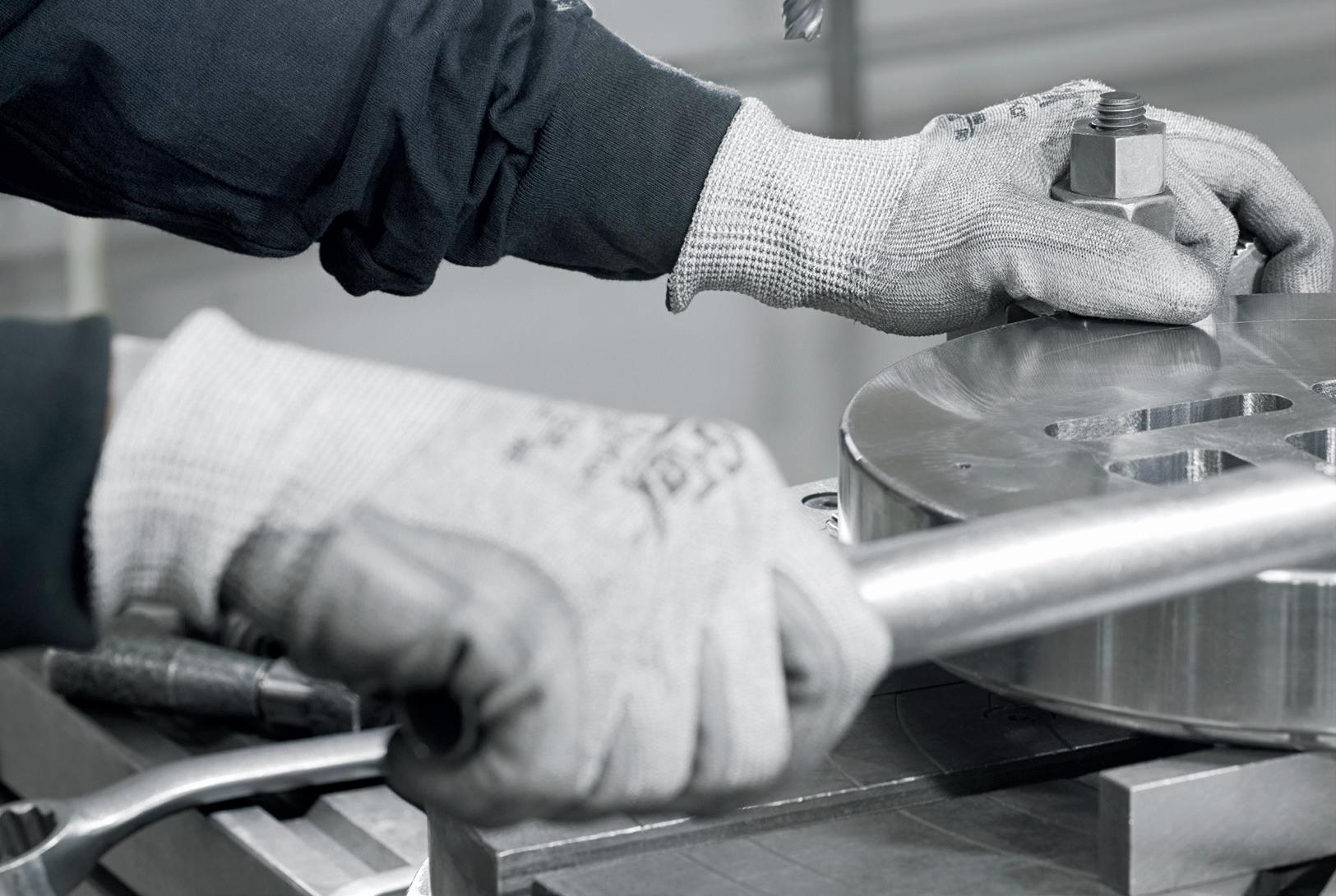

“Europe is the leader of renewable energy implementation.”
concerned. First of all, we’re concerned about supply, will we have supplies?

Throughout the winter months, we’ve heard all the discussion about the risk of curtailments if there’s not enough to go around.”
The curtailment of aluminium has already become a reality for production at Hydro Karmøy and Hydro Husnes in Norway. The partial curtailment resulted in an annual production capacity reduction of 110,000-130,000 tonnes of primary aluminium [2]
The threat to the industry seems to depend on the longevity of this crisis. The longer the difficulty extends, the more strained the industry is. But the longevity of aluminium, its success and future, maintains to be fixated upon its natural draw towards sustainability. And the dedication to sustainability does not seem to be on the sacrificial list.
Paul Warton continued, “Circularity, … has always been part of our roadmap. And that’s because the economics work” Circularity has given the material a new quality amongst aluminium strength lightweight and durability. A perfect quality for automotives.

Automotive aluminium
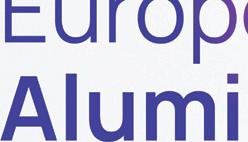
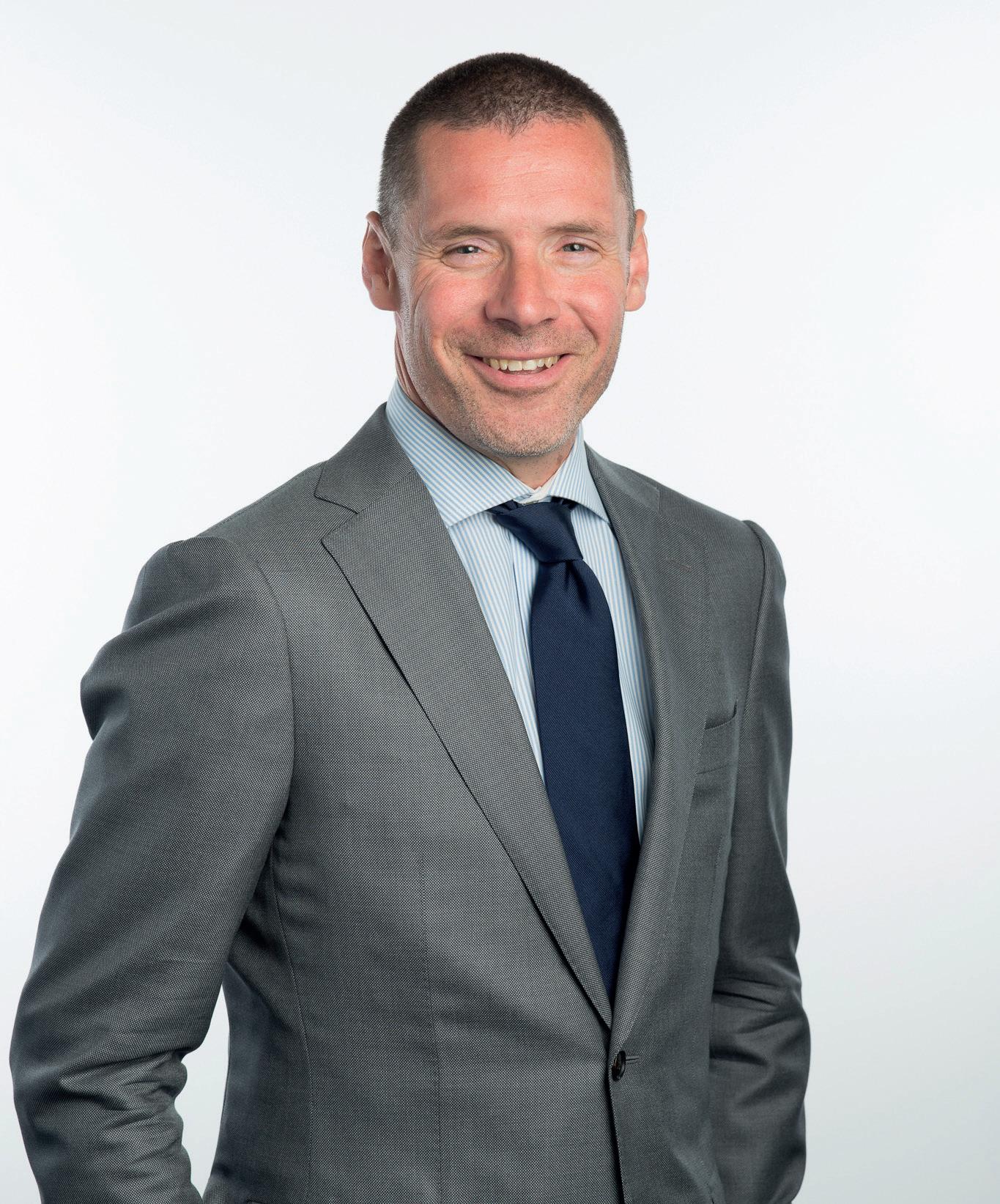
The automotive industry brought aluminium into the limelight, organisations such as Alumobility, the Aluminium Transportation Group (ATG), the ALFED Automotive Group and HFQ partnership, to name a few, started up to create forums for discussion on the automotive industry and how aluminium will take it into the future.
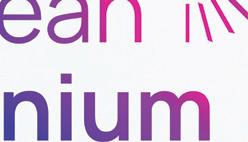
Light weighting of vehicles is one of the “drivers coming from legislative carbon reduction targets” noted Paul Warton. Another driver for the implementation of aluminium is the idea of producing
sections of a vehicle with hindsight. Designing aluminium sections to be taken out at the end of life of a vehicle, prior to it being scrapped, therefore eliminating the process of scrap sorting. Although scrap will still need to be sorted to ensure maximum retrieval of aluminium in the supply chain, this is a step towards reducing the loss of aluminium to landfills.
The recycling and scrapping of aluminium is made more complex by the amalgamation of multiple materials. This means nonmetals, alloys and particles need to be sorted. The difficulty of the situation is revealed; similar to how the energy crisis effect all industries, members of the public and political relations.
A threat to the industry

What if Paul Voss’s concerns about the deindustrialisation of Europe are not just concerns? “If we allow Europe to be deindustrialised and I think that is a genuine threat right now, we’re in serious trouble. In the medium to long term, we’re going to have a bigger problem because people need work. And we also need to be able to make stuff here, that we’ve learned already during this war, the price of relying on imports.” This falls back
onto policymakers as high unemployment rates are now a conceivable threat.
Investments into renewable energy is one example of the transfer to sustainable production, and one that may come as a saviour to our energy crisis. Even with the strains presented by the energy crisis, companies focus on pursuing their targets on sustainability. Some even agree with Paul Voss on the idea that this challenge will only force the industry to do an energy transition. Already we have seen European branches of companies relying less on natural gas and turning to renewables. As Paul Warton said, ‘Europe is the leader of renewable energy implementation’. Renewables, were it not for their unreliable nature, would be the simple solution. With the economic challenges of the energy crisis, perhaps Paul Voss has a point and the industry will transition at a faster rate.
“The clearer we are about having a sense of common purpose in Europe, the stronger we are,” says Paul Voss. He came into the industry not expecting this would be his role. Paul Warton states, “our material absolutely will recover” it seems to me that the aluminium industry is just beginning its journey. �
[1] https://www.thealuminiumstory.com/ [2] https://www.hydro.com/en-GB/media/news/2022/hydro-responds-to-reduced-aluminium-demand-partially-curtails-production/ [4] https://sweden.se/climate/sustainability/swedish-recycling-and-beyond [5] https://international-aluminium.org/resource/aluminium-beverage-can-study/
“The clearer we are about having a sense of common purpose in Europe, the stronger we are.”
PAUL VOSS
What comes of uncertainty
The topic of the energy crisis, what the industry can expect, or not expect, and what it can do to prepare. As we all know these are unpredictable times, but sometimes that uncertainty is exactly what needs to be addressed to create certainty. Andy Farida* writes a general view and outlook into Q4 of 2022 as well as a quick glimpse into 2023.
Macro
� Interest Rates & Currencies
The US Federal Reserve bank lifted interest rate by another 0.75% on Wednesday September 21 to bring the target range to 3% to 3.25%. Forecasts show another large hike likely by end of the year as the Fed Chairman, Jerome Powell, insisted that there is no painless way to bring down inflation.
Rising interest rates by the US Federal Reserve has bolstered demand for the greenback. Should the unemployment rate start to rise and economic data out of the US continue to deteriorate, Federal Reserve policymakers may choose to step back from being too hawkish.
� Energy Crisis
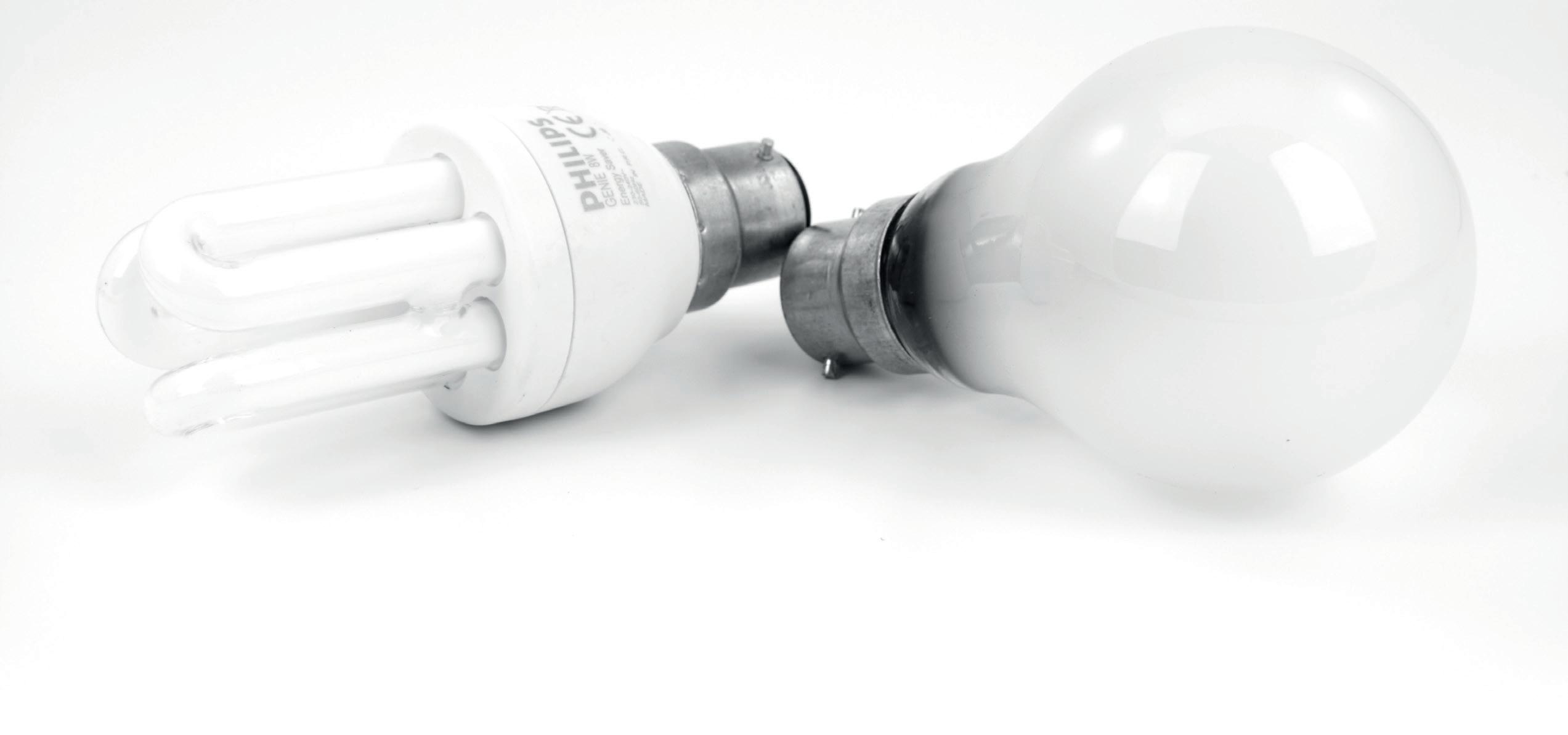
Spot power prices in Germany were last trading at 163.89 EUR/MWh, down from
its record high seen in August this year at 658.41 EUR/MWh. Even though spot power prices have declined, since German gas storage sites are 92.8% full, the price is still a seven-fold increase since January 2021.
The European Commission has called for member nations to try to reduce their winter gas usage by 15% due to low stock levels and persistently high prices. Germany has introduced new bill to accelerate alternative wind power expansion in a bid to fulfil 80% of its electricity needs from renewable sources by 2030.
Aluminium undeniably plays a critical role in decarbonising the world’s energy systems. With aluminium’s new role in the green economy comes new responsibilities. ESG concerns are finding their way into boardrooms and influencing consumers’ purchasing decisions. The mining industry and the supply chains it feeds into have to adapt to a greener, more secular global economy.
� COVID-19
While the rest of the world is reeling towards slower economic activity and risks an all-out global recession, China has its own sets of economic and social problems. Finetuning and potentially retreating from the dynamic zero-Covid19 policy remains a key topic in China as we head into the final trading quarter of this year.
Loosening covid restrictions will provide global investors with more confidence that domestic economic activity can recover faster, reducing headwinds seen in Q2 and Q3 of this year. If Mr Xi can relax restrictions in a bid to restore market confidence, that could lend strong support for base metals demand as a whole.
Micro
� Global Inventories Level
LME warehouse aluminium stocks totalled
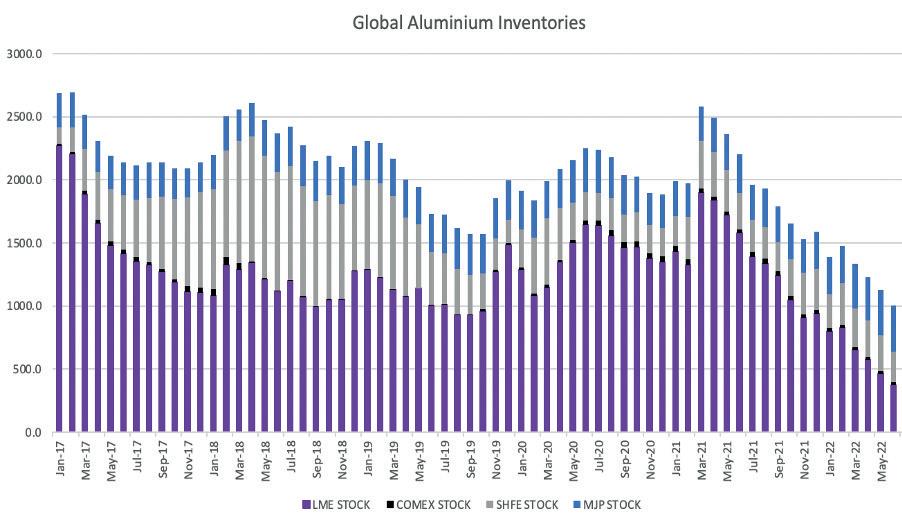
Aluminium speculative funds

Mid-Mountain offers a full range of sealing components for Pot Rooms, Carbon Bake plants, and Cast Houses to withstand the extreme conditions primary aluminium smelters face every day - high temperatures, chemical gasses, and the demands of the electrolytic process.
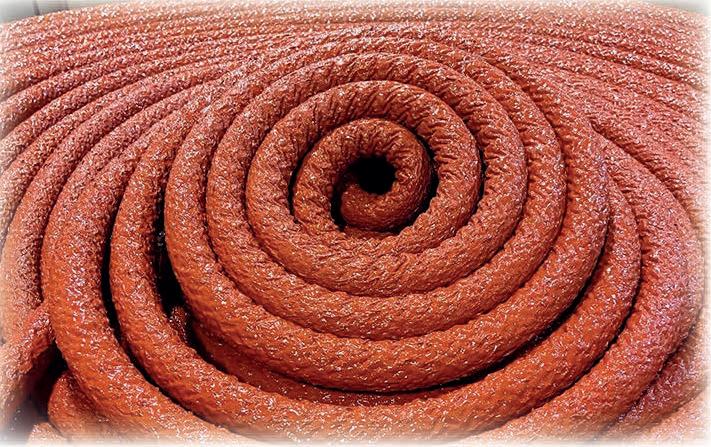






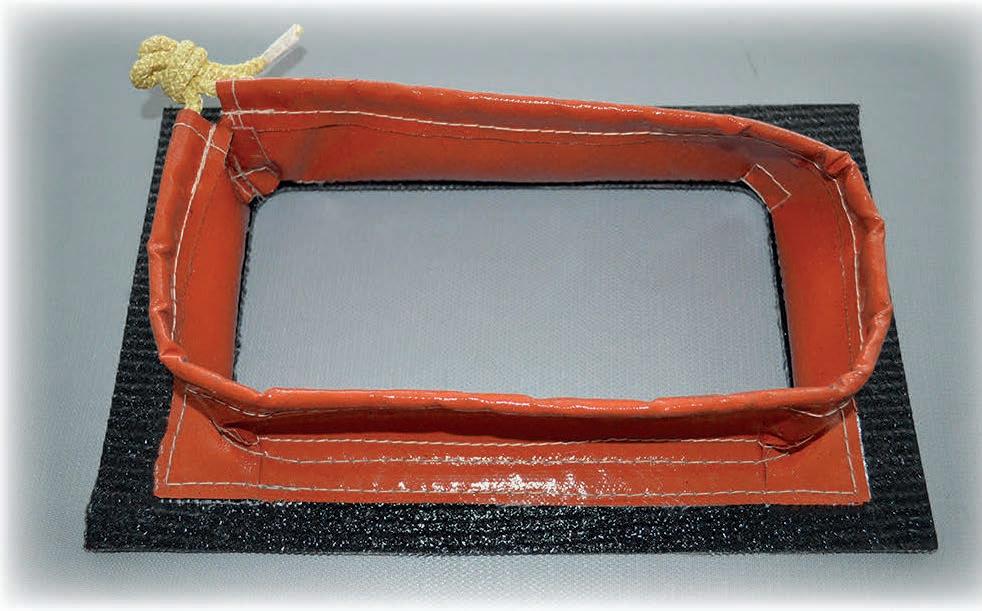

We at Mid-Mountain welcome the opportunity to work with your company to find better ways to protect your people, your facility, and our environment.

328,525 tonnes on Thursday October 6, up from 271,450 tonnes on August 22, which was its lowest since November 1990. Aluminium stock held in Shanghai Futures Exchange (SHFE) warehouses totalled 174,511 tonnes on September 30: a sizeable contrast to the March 11 high at 345,207 tonnes.
Our supply-demand forecasts predict an essentially balanced global market in the final quarter of this year and throughout 2023 overall, so we see little scope for global inventories to be replenished meaningfully in the foreseeable future.
� Speculative Funds Positioning
LME aluminium net long fund position once stood at 150,481 lots, last seen on February 18, 2022. The latest commitment of traders’ report shows that it now runs a net short fund position of 3,121 lots as of September 30 data, meaning funds have switched from being excessively bullish aluminium to mildly bearish.
We suspect a lot of the weak aluminium longs have now been removed from the market and that the lighter net position could make aluminium attractive again to fresh long position building (and vulnerable to short-covering) if appropriate macro or fundamental catalysts emerge, for example if smelter production cuts in Europe start to intensify during the winter months.
� Premiums
The punchy headlines that European aluminium industry faced more production cuts due to rising energy prices have done very little to support the light metal price action and the regional premiums. This, we think, was mainly driven by the strong export of aluminium products from East to West (no doubt helped by easing logistic issues) which helps offset the market tightness in Europe in Q3 this year.
That could well change in the coming months when the production cuts in Europe start to bite and as supply of aluminium from the east starts to decline due to the unfavourable Rotterdam premium which is 33% below its record high.
We believe, a great deal of the bearish assumptions, from weak order book and uncertain forward market expectations, are mostly priced within the aluminium price. Going forward, what appears to be the unknown factor is the impact from the production cuts and if European market participants have enough buffer stocks should demand improve in Q4 and Q1 of 2023. Will there be enough vessels to send metals from China to the West?
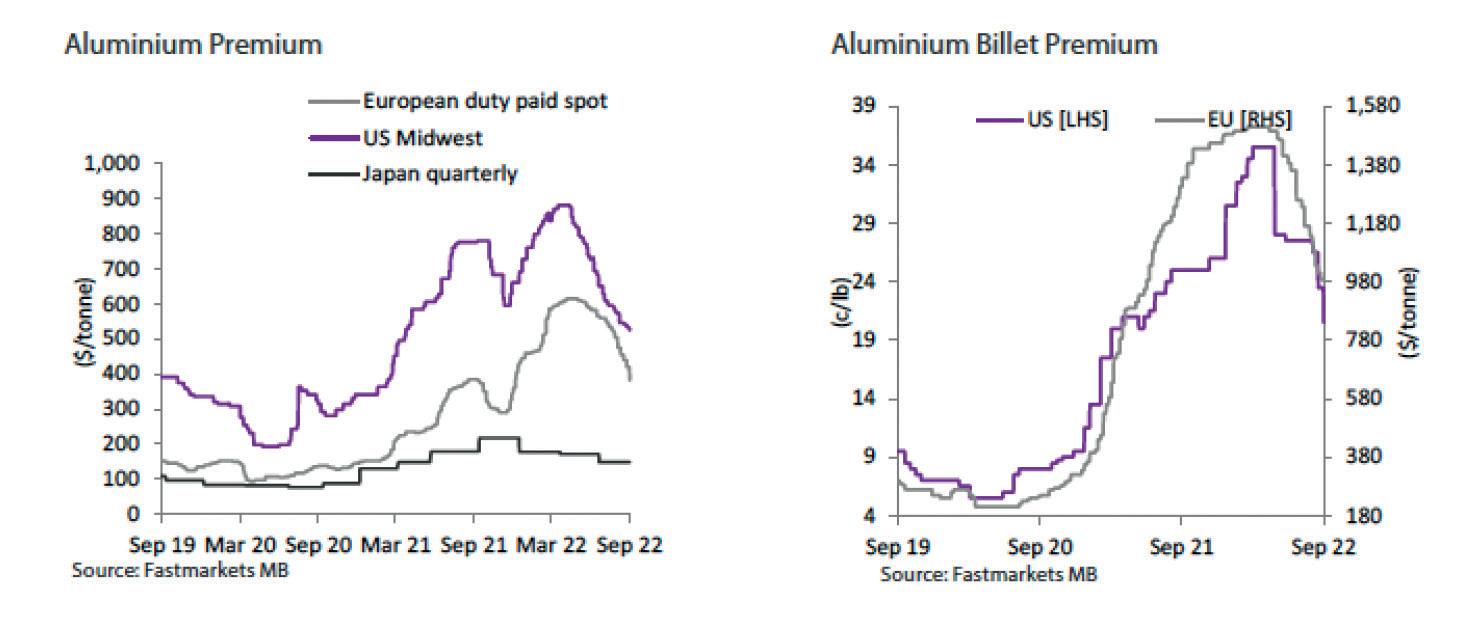 Fastmarkets Research Outlook
Fastmarkets Research Outlook
� Supply
European nations bore the maximum pain when it comes to energy crisis amid their heavy reliant on Russian oil and gas. Up to 1 million tonnes of aluminium output in Europe has been affected and Fastmarkets forecasts another 500,000 tonnes are at risk in the coming months.
Surging power prices in Europe have prompted further production cuts and closures by smelters in the region. Aluminium production in western and central parts of Europe contracted by 10.4% year on year in August and was down by 11.2% overall in the first eight months of 2022, according to estimates from the International Aluminium Institute.
Even though Chinese aluminium production has risen by 11.3% year-onyear in August, the main reason behind the increase was new capacity ramping up (in such areas as Inner Mongolia and Guizhou), which more than offset production disruptions due to curbs on power use in other areas (such as Sichuan). As the winter approaches, fresh power rationing policies in hydro reliant region could see prolonged disruptions that the market has not taken into account.
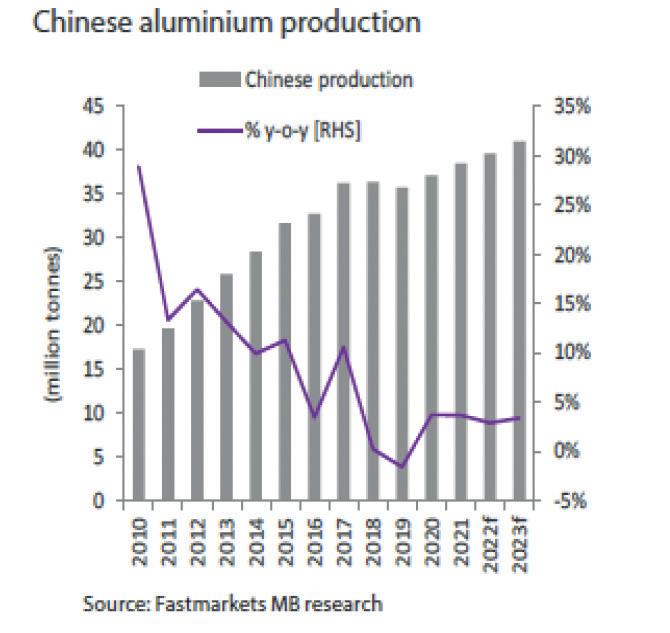
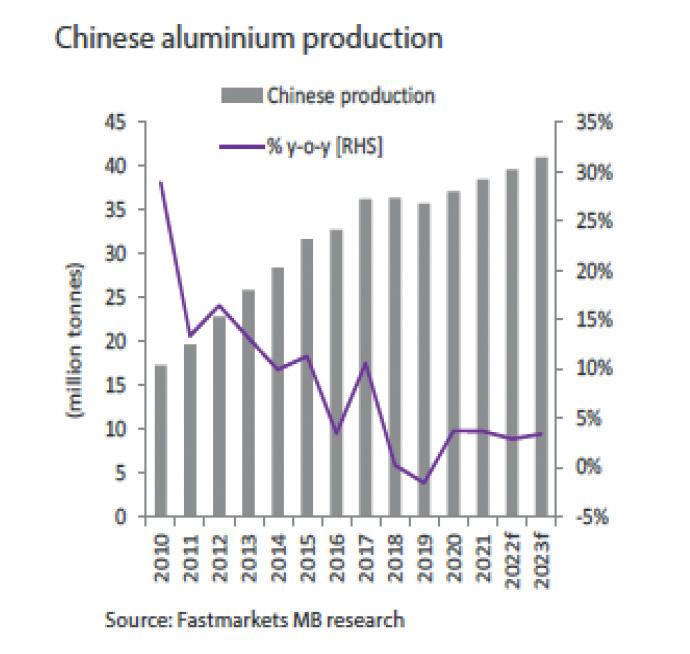
With colder winter months fast approaching, emissions and the availability of power supply will dictate, and no doubt affect Chinese aluminium smelters. Despite threats of a supply disruption within China, Fastmarkets Research forecasts Chinese aluminium production will rise by 2.3% year on year in 2022 to 39.4 million tonnes from 2021’s 38.5 million tonnes. Going forward, power stability and low-cost smelters will boost output in 2023 and we forecast Chinese aluminium production to rise to 41 million tonnes.
In the global aluminium market, Fastmarkets Research forecast that global aluminium production will increase by 2.0% in 2022 to 68.7 million tonnes, up from 2021’s 67.4 million tonnes.
� Demand
Despite the short-term risk of demand destruction caused by slowing macroeconomic activity the decarbonisation agenda remains supportive for aluminium demand across the medium-to-longer term.
New energy vehicles typically have higher aluminium loadings compared with traditional internal combustion engine vehicles. Aluminium is also used extensively in green-energy infrastructure.
The development of aluminiumbased battery chemistries could provide additional demand while plans to reduce the reliance on, and use of, fossil fuels
increase the investment in energy storage systems.


Demand indicators for aluminium in China are mixed. Transport and Packaging demand in China is expected to experience year-on-year (y-o-y) growth of 5% and 4.8% respectively but the badly affected Building and Construction sector is likely to contract 6% y-o-y.

aluminium consumption is forecasted to increase to 42 million tonnes, leaving the domestic market in a deficit of around 1 million tonnes.
Although we are projecting Global Aluminium demand to grow by 2.7% in 2023, macro uncertainty may force us to revise it lower.
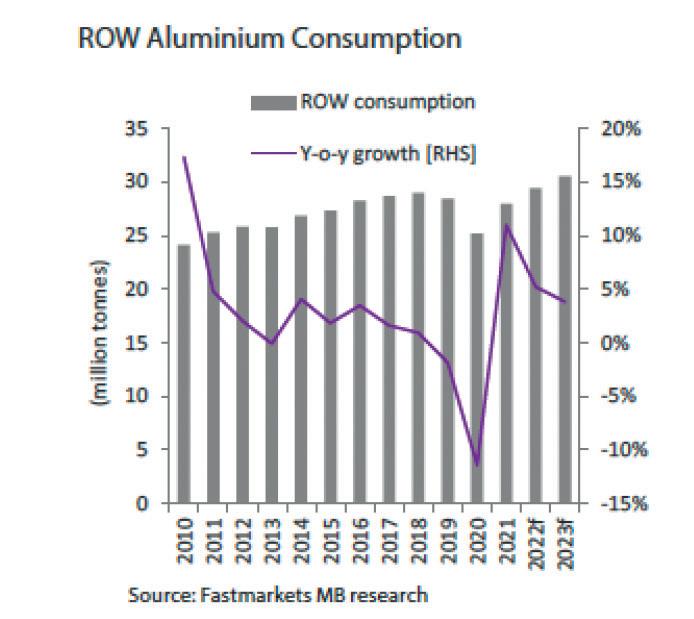
particularly green technologies, and in planned infrastructure developments.



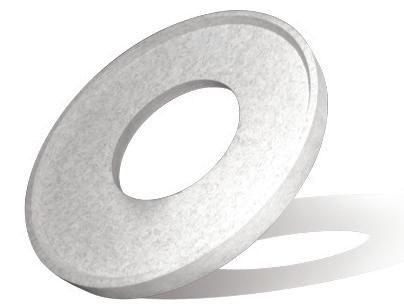

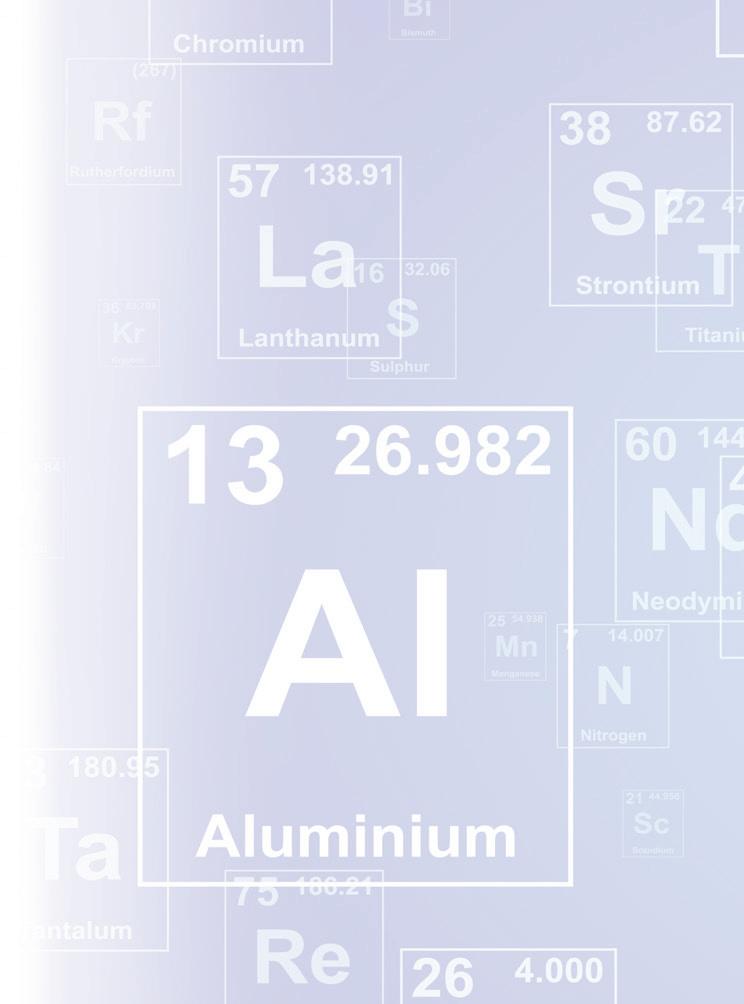

Since LME Aluminium price reached an all-time high in March 2022, the light metal has lost 39% of its value, and now finds itself down 232% overall so far this year – a clear indicator that it is trading in a challenging landscape saddled with the growing risk of a global economic slowdown. Despite the overwhelming bearish sentiment, we are cautious about LME aluminium’s price prospects for the final trading quarter of this year.
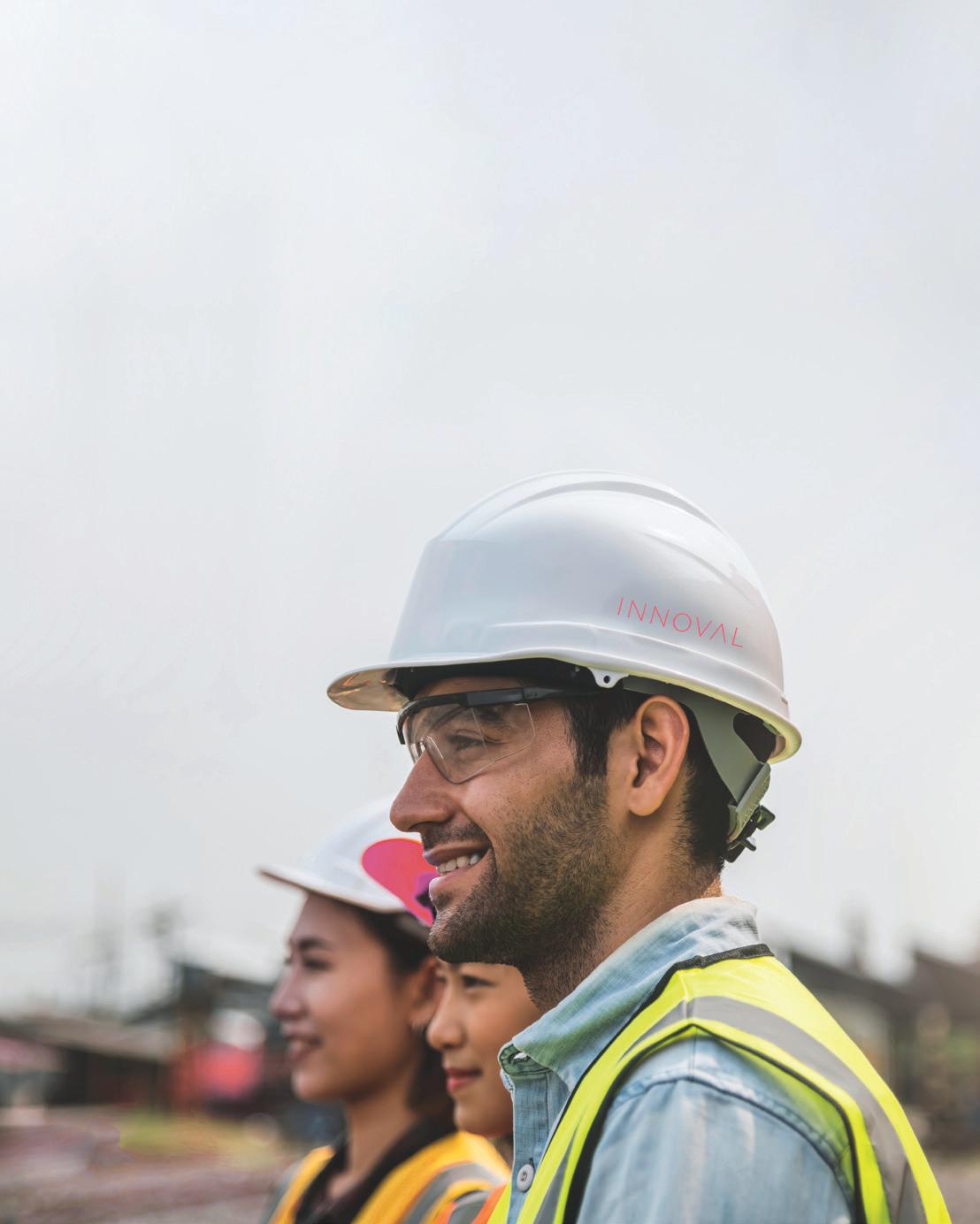
Technically, the light metal’s configuration remains bearish. But the oversold sentiment in the market space, lighter funds positioning and tight global inventory, as well as the escalating geopolitical tensions between Russia and Europe are potential catalysts that could contribute to renewed volatility with an upward bias.
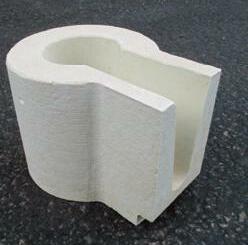
We still expect Chinese aluminium consumption to grow this year to 40.8 million tonnes, even though it is a small increase from year ago level of 40.5 million tonnes. In 2023, Chinese


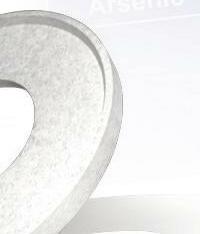
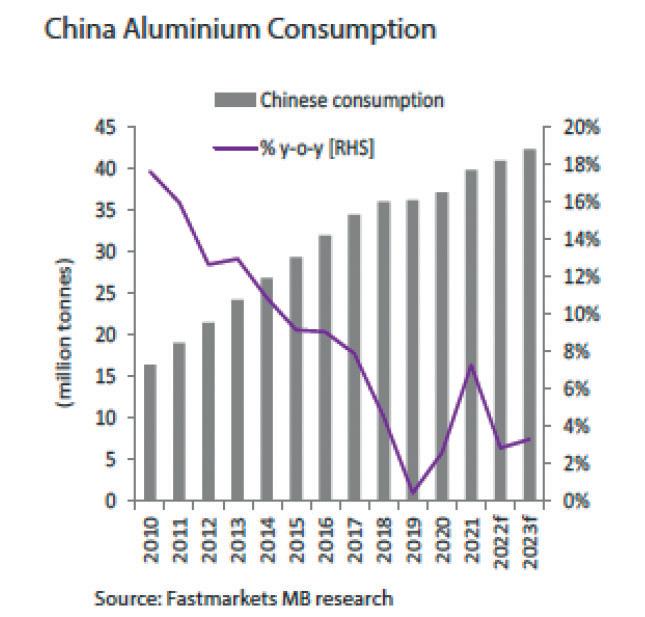
� Price Forecasts
Fastmarkets forecasts LME Aluminium Cash price to average $2,250 per tonne for the final trading quarter of 2022 and $2,647 per tonne for 2022. But going into next year, we forecast the aluminium cash price to edge lower to $2,150 per tonne amid ongoing macroeconomic uncertainty. � Refractory
Supercycle enthusiasts remain subscribed to a bullish outlook for aluminium, because of its role in new technologies,
It’s down to us to make a difference.
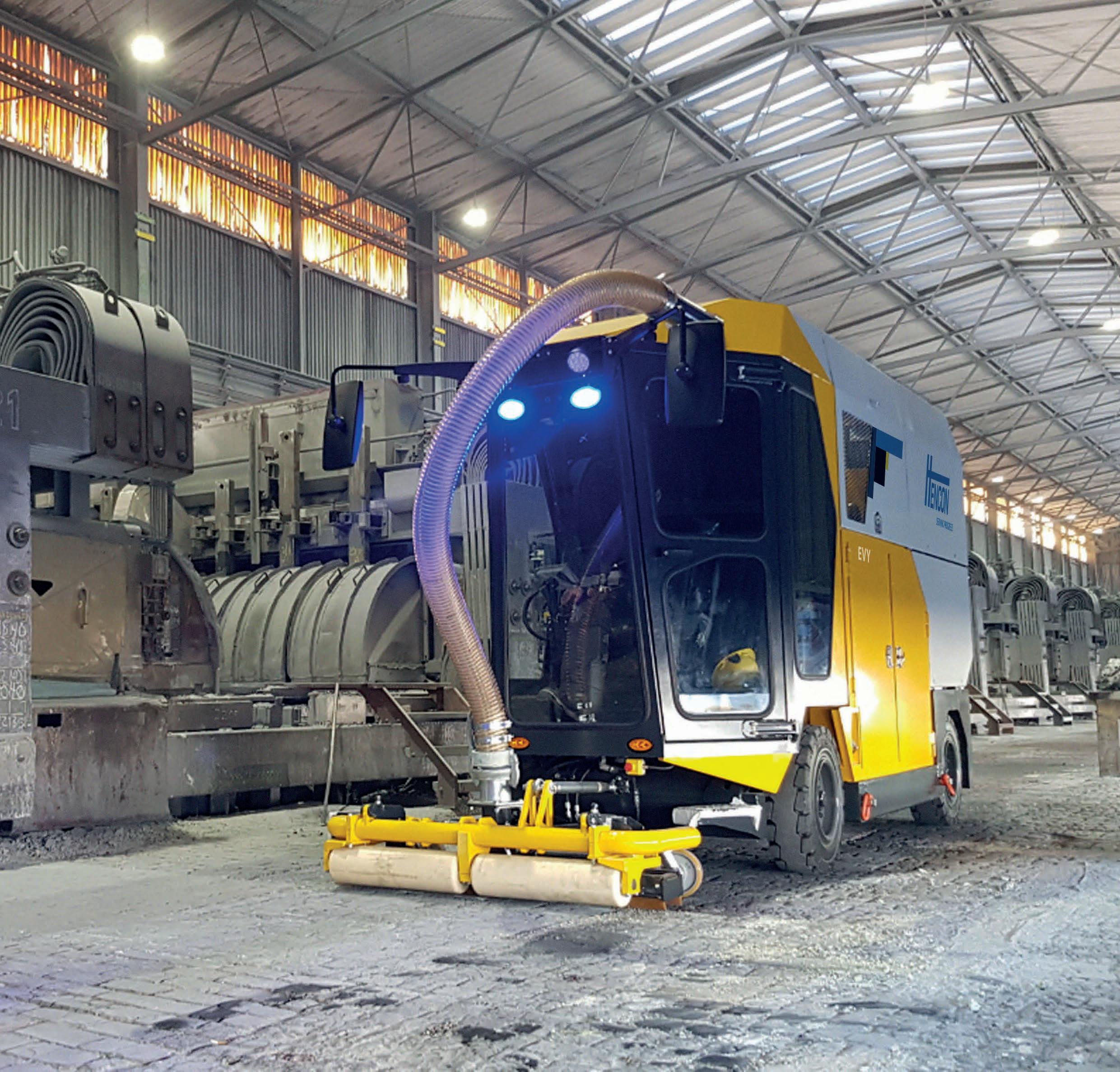
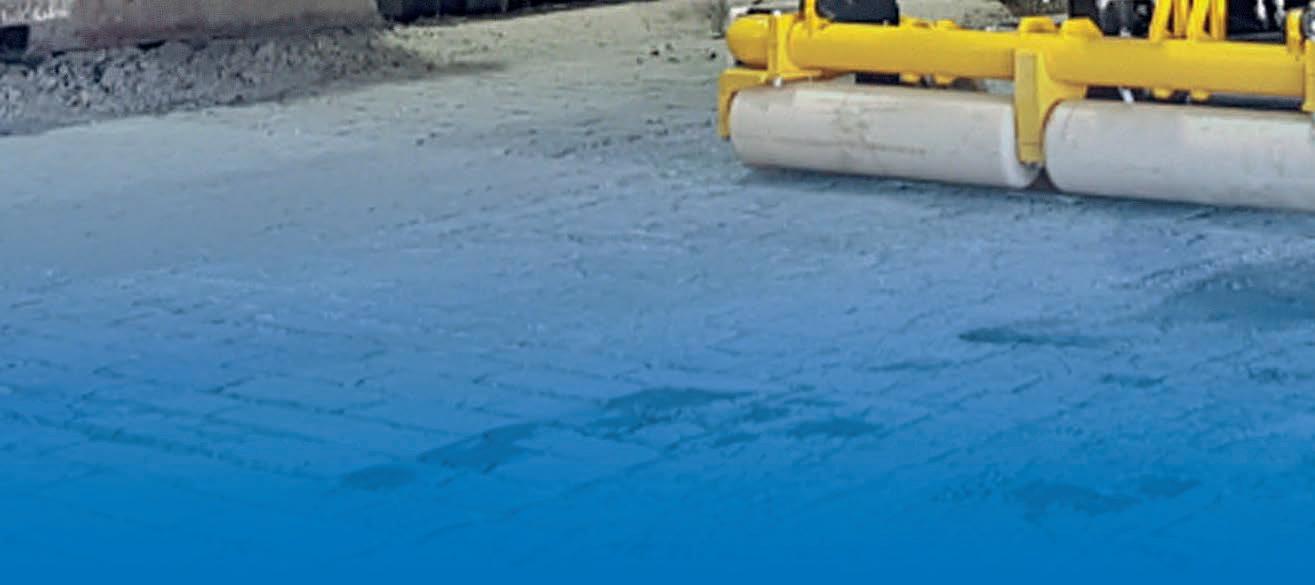
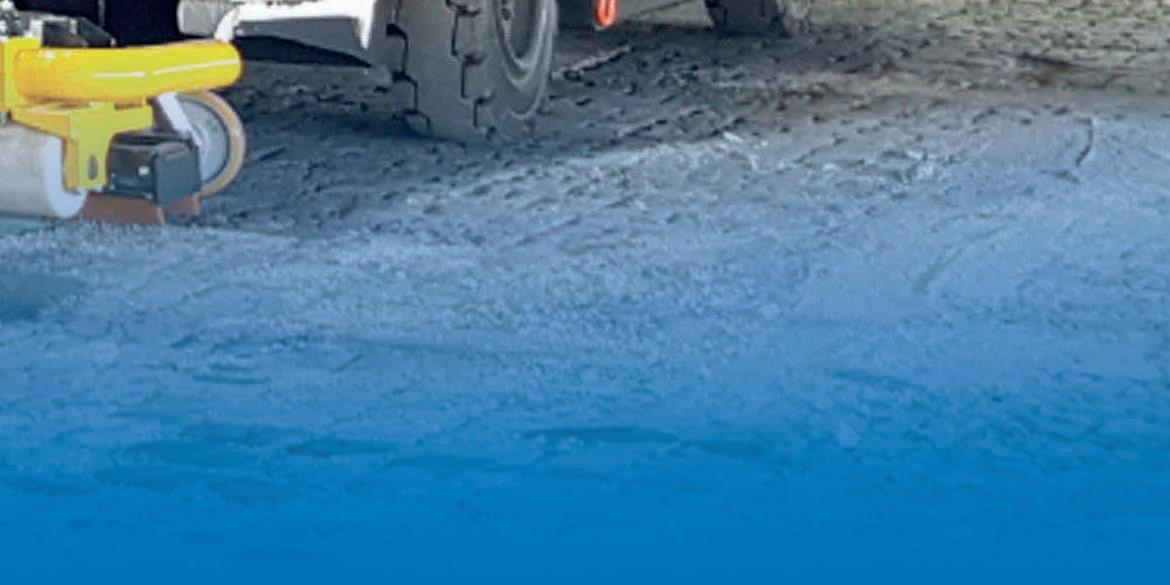


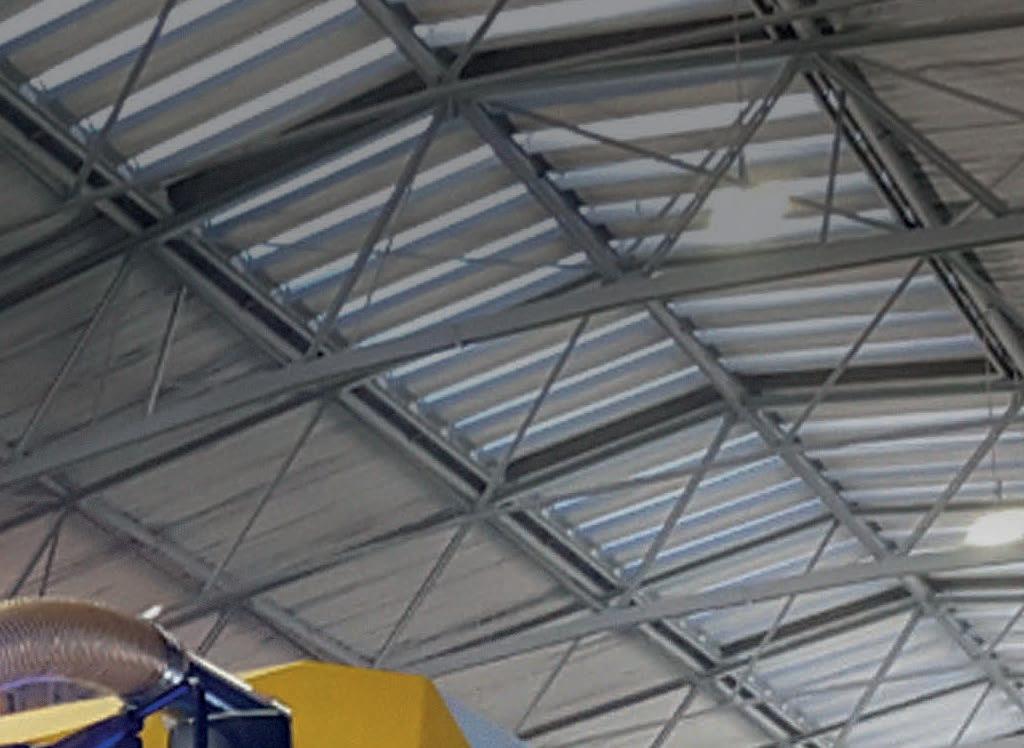


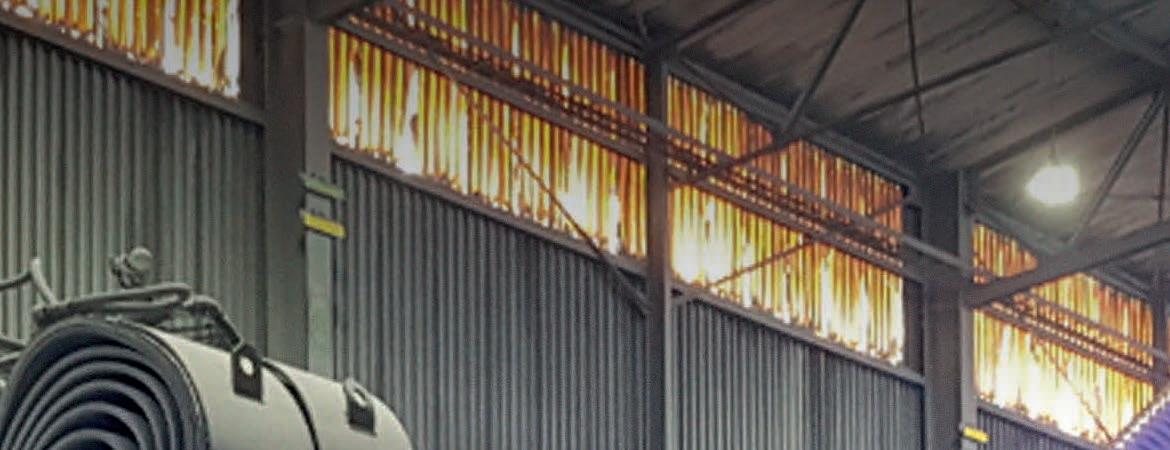

The challenge of all challenges
By Zahra Awan*The energy crisis, the cost-of-living crisis, the threat to industry, the shadow of Covid-19 and the glaring geopolitical tensions. If 2012 was predicted to be the end of the world, then the ancient Maya prophecies must have disregarded 2022 as post-apocalyptic.
News headlines report countries preparing for ‘blackouts’ and advise members of the European public to ‘wrap up warm’ in response to growing fuel costs, whilst food in supermarkets inflate and children face hunger.
The aluminium industry, in the first
few months of the year, spoke with confidence. Focussing on developing the sustainability, durability, adaptability of the metal; January 2022 was electric. One notable consensus, after speaking with industry representatives during the ALUMINIUM World Trade Fair, was the irreplicable nature of aluminium. On this, all conversations undertaken, for this article, made this point absolute: Aluminium is a material like no other, so perhaps as we delve into this despair, Aluminium still holds a glimmer of hope?
THE ENERGY CRISIS: GEOPOLITICS

The Crisis, despite feeling as though it has crept up on us all, has been in the shadows for months. Some claim that inflation was triggered by the shortages caused by global supply chain issues in response to COVID-19. Whilst others claim it was inevitable, and the geopolitical war was the frosting on top of our cold European cake.
“Don’t forget the driver of this crisis was Putin’s invasion of Ukraine, and it took Europe time to react to find new sources of energy.” - John Courtenay, Chairman, MQP Ltd.
And so, we face another challenge. A challenge that seems to personally dislike industry.
“Unfortunately, we cannot solve the problem. So, first of all I think it is important to understand the consequences of the energy crisis, which started in February, impacting transportation costs, electricity,
gas, olive oil prices, but also, due to the war in Ukraine, we also see steel prices go through the roof.
“It is impacting us in such a way that the prices of our vehicles go up, as do delivery times in Europe. This proves to be an issue for customers outside of Europe, for example, the US, Canada, or the Middle East. They do not have this same energy problem, so it is harder to explain to them the problems we face.”Peter Vanvuchelen, Director Sales, Hencon B.V.
Whilst this European cake is widely distributed, in Europe, those outside are a stranger to its taste. This month the industry has hosted events across the globe, with a global audience. It is clear that whilst Europeans rush to claim a slice, the others look on, unrelating.
“Surging power prices in Europe have prompted further production cuts and closures by smelters in the region.
“Aluminium is the best recyclable product made by humans … it’s not a material that can be replaced, it’s a material that’s always going to be in demand. The demand for aluminium will increase.”
Peter Vanvuchelen, Director Sales, Hencon B.V
Aluminium production in western and central parts of Europe contracted by 10.4% year on year in August and was down by 11.2% overall in the first eight months of 2022, according to estimates from the International Aluminium Institute.” – Andy Farida, Base Metals Research Analyst.
The reactions of companies, throwing some production overboard to theoretically stay afloat, displays the desperation. Industry, not only aluminium, is threatening to abandon Europe. It could be said that the deindustrialisation of Europe is becoming more a reality, and less a prophecy.
“Do we want to allow Europe to become a kind of museum [of industry] and have the rest of the world make stuff?” –Paul Voss, Director General, European Aluminium.
DEMAND DESTRUCTION OF EUROPEAN ALUMINIUM

Why pay £1.35 for organic bananas when you can pay £0.14 for the same bunch? [1]
“What is really tragic is the prospect of our companies being driven out of business, to be replaced by operations in China or elsewhere. Replaced by operations who produce three, four, up to five times more carbon” – Paul Voss, Director General, European Aluminium
Not only are prices increasing, but so is the cost to the environment. As customers find the cost for aluminium unstable in Europe, they seek to source aluminium elsewhere. European aluminium’s cost has been driven up due to cost of energy, but we were already competing with high carbon, cheap aluminium.
“Remember this time last year was the opposite, it was boom time. So, 20% down [in the order intake] sounds like a big number, but it’s not catastrophic, it’s manageable. But if we get the high energy costs on top of the 20% volume reduction, this becomes a challenge for our industry. So, we have to manage the demand destruction.” - Paul Warton, Executive Vice President, Hydro Extrusions
It must also be noted that companies located across the globe are committing to greener production. Assan Aluminyum and Aluminium Bahrain (ALBA) are amongst the many who have been certified by the Aluminium Stewardship Initiative (ASI). For the now, we cannot know what will come of green European aluminium, but the maintenance of green aluminium is something we can hope will persevere?
“The energy crisis only confirms the daring choices we made: working towards an industry that combines performance with energy and environmental efficiency.”
- Sébastien Gauguier, President of Fives – Aluminium Division
SACRIFICE FOR THE GREATER GOOD
Now arises the question of sacrifice.
“ESG concerns are finding their way into boardrooms and influencing consumers’ purchasing decisions.” – Andy Farida, Base Metals Research Analyst.
Aluminium’s good nature goes hand in hand with its blood bond to sustainability. Well known to be the metal of the future; a saint in delivering Environmental, Social and Economic Sustainability, aluminium has dedicated time and resources into preserving its pure state. With the call to global decarbonisation and the reduction of CO2 emissions, aluminium is first in line. However, one cannot help looking to the darkness in the midst of difficulty; the question must be addressed: Will environmental sustainability be sacrificed in the name of aluminium’s survival?
“I think that economic considerations will
always be made, despite moral compass. As soon as we can show and prove that sustainability is not counteracting, but even supporting your economical model, then the customers will be open for that.”
– Peter Vanvuchelen, Director Sales, Hencon B.V.
“The energy crisis only confirms the daring choices we made: working towards an industry that combines performance with energy and environmental efficiency.”
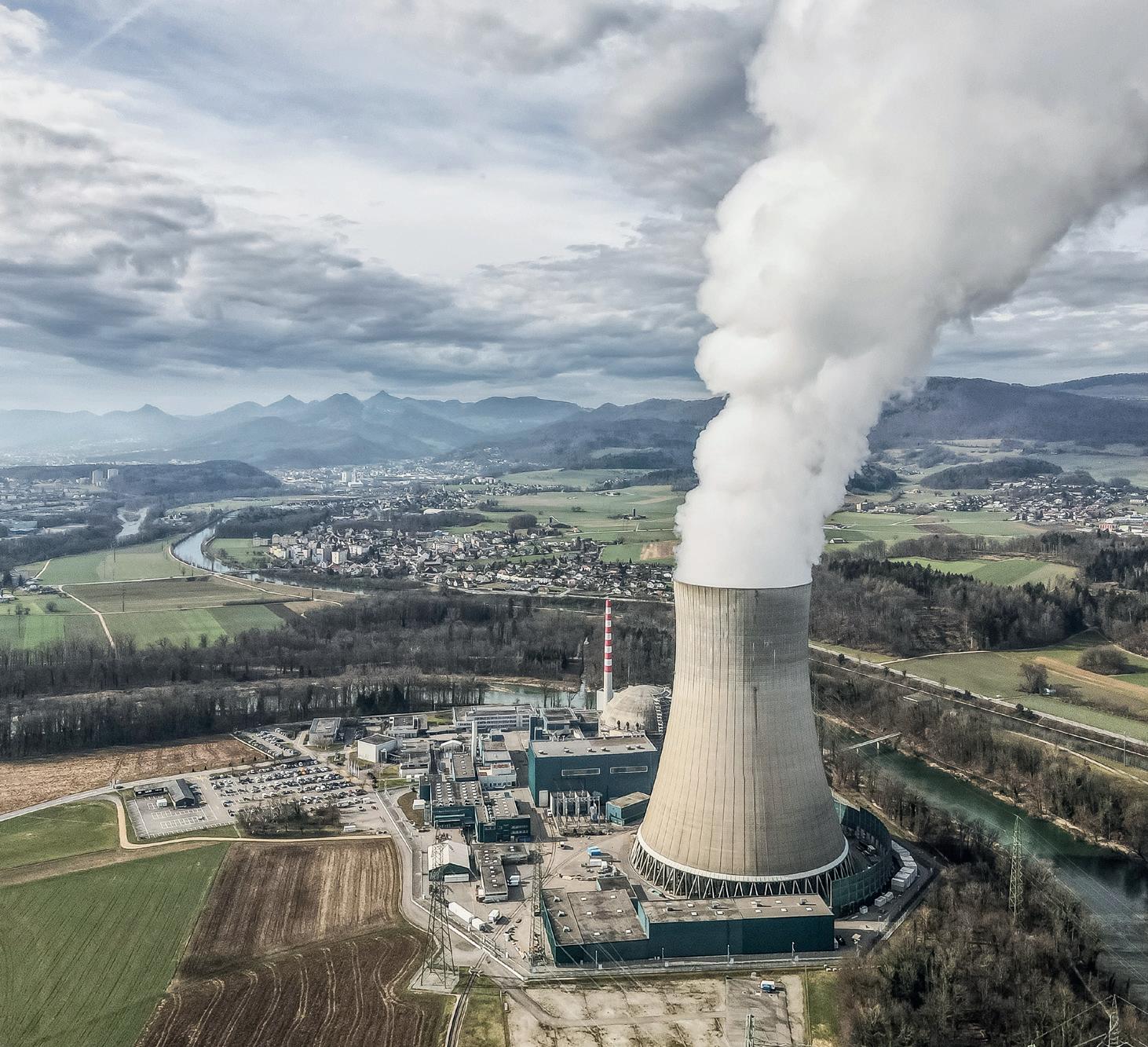
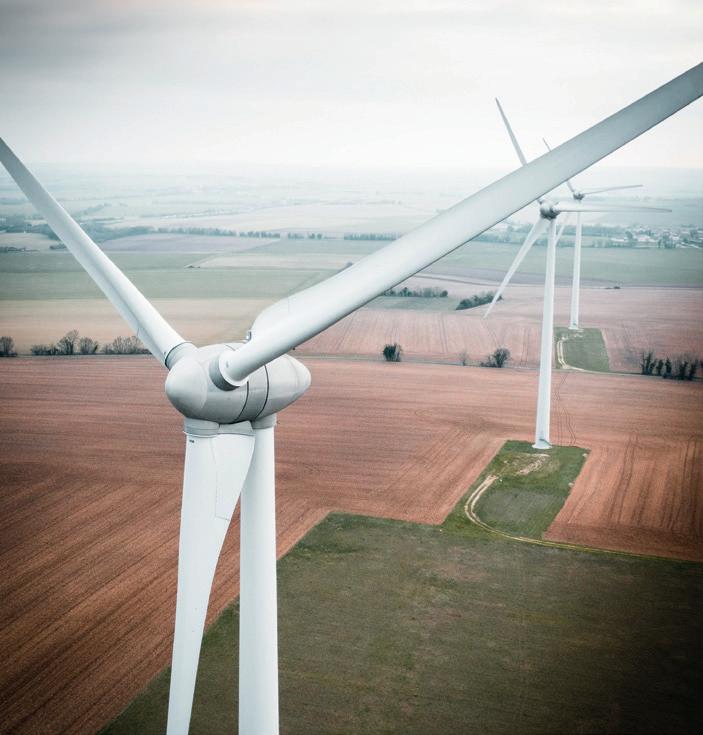
- Sébastien Gauguier, President of Fives – Aluminium Division
“
It cannot be, we just can’t take that position. I don’t accept it. I don’t think it’s good business. I don’t think it’s decent and so we won’t be doing that.” – Paul Voss, Director General, European Aluminium.
And so, it seems aluminium will remain faithful.
PROBLEM AFTER PROBLEM: WHAT TO DO?
“So, what we can do?” - Peter Vanvuchelen, Director Sales, Hencon B.V.
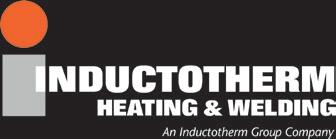
Wait and see. The industry is in such a volatile position, we cannot predict or prepare as we do not know what to predict or prepare for. Speaking with industry specialists, the advice given was to improve efficiency. Improve what the industry is already good at and make it better. Make sure our cold European cake looks beautiful in wait for turmoil, this way we can ward off what is coming as best as we can.
“It’s going to be a matter of holding on.” - Paul Voss, Director General, European Aluminium.
“Well, what we try to do is produce in a smarter way by aligning ourselves better with our suppliers and by standardising a little bit more…, we also need to think about our own strategy.” - Peter Vanvuchelen, Director Sales, Hencon B.V.
“We must continue to innovate to reduce
aluminium industry’s carbon emissions and ensure its digital transformation: 80% of the patents we file concern solutions aimed at reducing our customers’ environmental footprint.
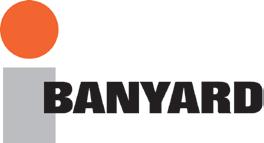
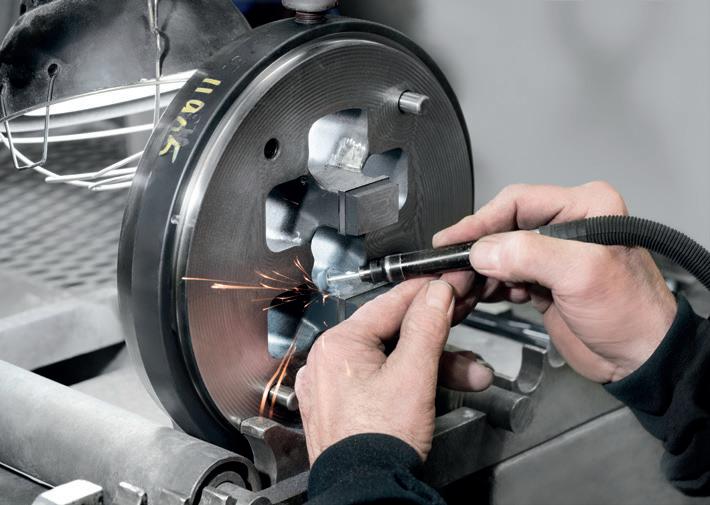

More than ever, Fives is committed to a mutually responsible and virtuous industry”. - Sébastien Gauguier, President of Fives – Aluminium Division
We all, on the other hand, demand action from governments and policy makers in hope for support. This is key for our survival as policies continue to have the upper hand.
“I do think the UK should get on and start fracking and I think we should also open up the North Sea, we shouldn’t be in such a weak position where all of a sudden, we’re worried about energy security. I think we have to take steps to make sure we don’t fall into that trap again. And what about nuclear? With Nuclear we’d have sustainable, green power at low cost forever. It’s inexhaustible.” - ohn Courtenay, Chairman, MQP Ltd.
This being more specific than most.
HOPE
Despite all this doomsday talk, I, with others, remain hopeful. Afterall, 2012 has been and gone.
“I see great prospects for aluminium” - Rob Van Gils, President Aluminium Deutschland/CEO and Managing Partner Hammerer Aluminium Industries.
“I’m optimistic on energy. The world is not short of energy.” – John Courtenay, Chairman, MQP Ltd.
“Nothing lasts forever. Especially not bad times, in my experience.” - Paul Voss, Director General, European Aluminium.
TOGETHER TOWARDS PERFORMANCE
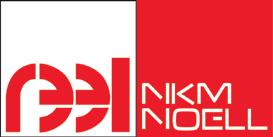

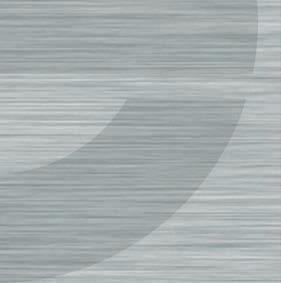

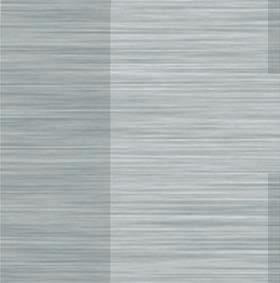

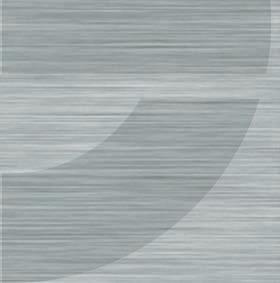
NOW IS THE TIME TO ACT
REEL Aluminium is a major solution provider dedicated to reduce the carbon footprint in the Aluminium industry. Both internal and external partnership, new ways of understanding and innovative technological investments in the development of net-zero solutions for the Aluminium industry are the best conditions for REEL‘s goals to work together on its path to decarbonization and to green Aluminium future.

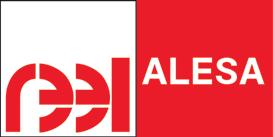
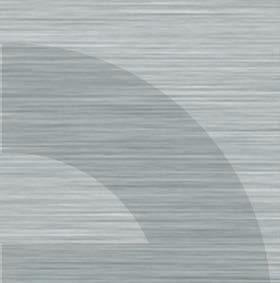

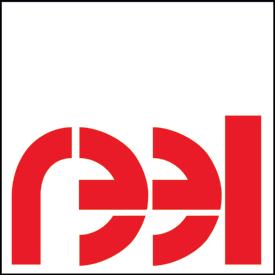



Demand side responsesomeone else’s problem?
By Geoff Matthews*If you are familiar with the Hitchhikers Guide to the Galaxy, you will recall that one of the main characters was able to hide his ship anywhere in the galaxy without people noticing. He used a S.E.P field, that is a Somebody Else’s Problem field. The idea is that even something as big and as difficult to accept as an alien spaceship, could become completely invisible to people if they thought it wasn’t their concern.
I’ve found aluminium smelting’s response to Demand Side Response (DSR) is very similar, “that’s nice…for other users on the grid”. The logic was always the same, aluminium smelters were such large users of electricity they could set their own price, and “we provide base load”.
But recent world events, and the inevitable push towards decarbonisation of our global power systems, means the cloak of invisibility around DSR has finally been unshrouded to reveal an elephant in the room, and we need to talk about the elephant.

It’s a Big Elephant

Make no mistake, DSR will become the dominant technology that sets the price of electricity in our power systems as we move at breakneck speed towards decarbonisation. That is, those that can vary load to better match generation will be able to set the price of electricity. Those who can’t will become price takers.
Furthermore, the price of electricity for those that can vary loads will be very low, and those who can’t vary loads, correspondingly very high. How low? Close to zero or even negative. How high? Take a long look at the recent spot prices of electricity and think about what the price will be when we eliminate completely gas as an energy source from our power systems.
The IEA in their latest predictions say global electricity generation needs to grow at least 2.5 times by 2050 as we move to decarbonise and ‘electrify everything’. I’ve seen projections that we need to produce as much as five times the amount of electricity we do today, and it


all needs to come from clean renewable sources. Most of us are still struggling to even comprehend how we replace all of today’s existing fossil fuel generation.
It’s a big elephant, so what are our options?
The Rise and Rise of DSR
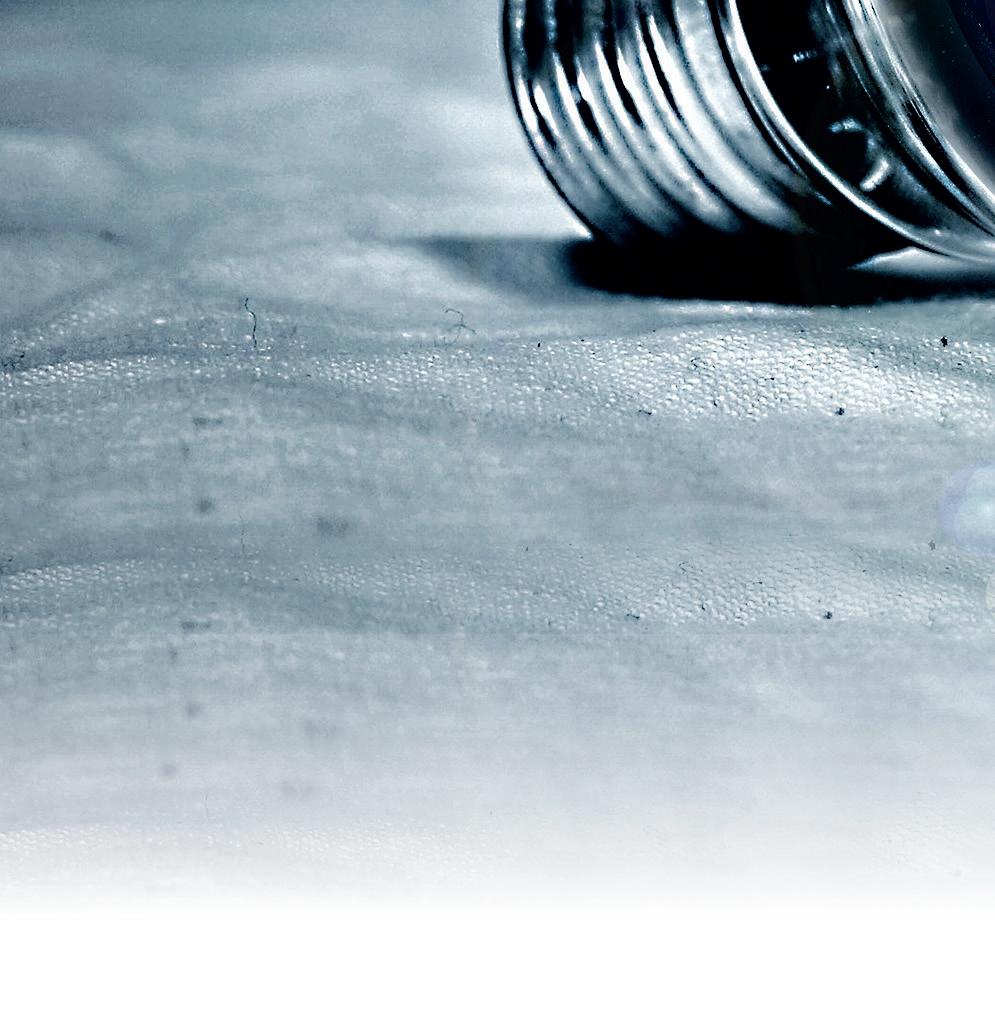

In September this year the Boston Consulting Group (BCG) released a thinkpiece titled, ‘Is Electricity Pricing Running Out of Gas? (Hirschhorn et al). It’s the clearest articulation of the future drivers of the pricing of electricity in our power systems I’ve seen. I was one of the industry experts interviewed by the authors, and I have included a link at the bottom of this article.
Essentially the argument boils down to the fact that the cost of ‘firming’ sets the price of wholesale energy-only electricity markets, and currently gas fulfils this role, and therefore “gas prices disproportionately determines the price of electricity.”
Enter Variable Renewable Energy (VRE),
*Futurist, Event Director and Partner, Sustainable Industrial Manufacturing Asia-Pacificand exit gas from our power systems, and we are left relying on three technologies that can fill the role that gas does today. They are; zero-emissions gas, energy storage, and flexible demand.
While the BCG article leaves it open as to which technology will become dominant, I strongly advocate that DSR logically has to become the dominant technology, for two reasons: 1) the sheer size of the elephant, and 2) logic dictates that in the end everything needs to become responsive to the amount of electricity being generated in the grid.
While we can use hydrogen and batteries for short duration firming, we can only recharge from excess. There is a natural circular conundrum to hydrogen production if it’s used to firm supply to make more hydrogen, and it would also be illogical to use electricity to recharge a battery at the very time it should be putting power back into the grid. These two technologies therefore must be subservient to demand in the grid, and become part of the DSR mechanisms and DSR economy.
Power to the People
In 2016 I was interviewed for a think-piece Power to the People, by Dr Linda Wright. A younger version of me had this to say; “Our future homes, cars and businesses will need to be smart enough to take advantage of low spot prices to purchase energy when generation is high and prices are low. For consumers the key to moving away from our twice a day peak power consumption and living with a highly renewables grid, will be household battery storage and physical energy storage such as hydrogen generation”.
There are two important concepts at play here. The first is that I predicted that household consumers will be ‘selffirming’. That is instead of a big battery in the grid or a hydrogen fuelled power station providing a constant electricity source, consumers would need to rely on their own energy storage devices. Secondly, those devices would need to become responsive to demand in the grid (DSR).
There is a third little less obvious concept also. The reference to physical energy storage meant anything that can store energy for later use. For example storing energy in underfloor heating, or installing a second hot water cylinder (the cheapest household battery you can buy). This concept becomes important when we discuss solutions for industrial processes.
Industrial Sized Solutions
These three concepts underpin the opportunity for industry, I use the word opportunity unequivocally, as I believe there is more up-side for industry moving to VRE than downside, it’s a matter of seizing the day. Industry also has an additional advantage of being able to use its own processes to store energy.
Craig Phasey from EnergyFlex in Australia was the first person I know of to really articulate the idea of process energy storage. It’s based around the idea that in every manufacturing process, energy could be stored as partly finished product. Where, how much, and for how long is dictated by the cost of energy at the time, and the individual industrial manufacturing process. It requires us to reexamine traditional economic paradigms developed in the age of constant supply of
cheap electricity from fossil fuels however, and to re-engineer our industrial processes accordingly.
As Craig says, “everything that has been made to run on constant power needs to be reinvented, and that means just about everything.”
Stockpiling is the most basic form of energy storage, particularly in partly manufactured or partly finished goods.
Manufacturing excess component parts during times of low cost or even negatively priced power for utilisation later will become commonplace, and driven by the economics of the cost of power. Not only from day-to-day, but also from season-toseason.
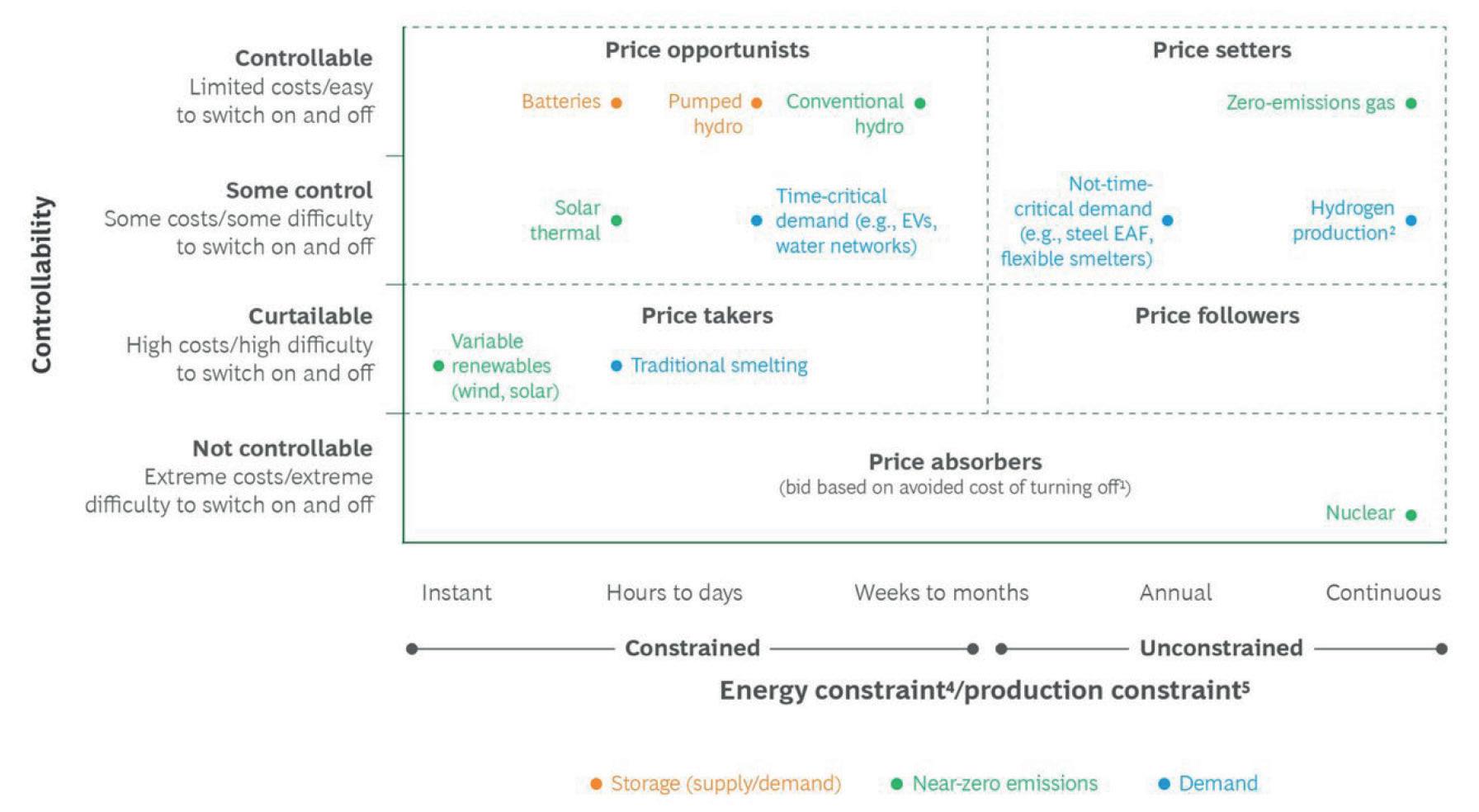
Re-inventing everything will also refocus our deployment of capital. For example, EnergyFlex were part of the Oz Minerals Scalable & Adaptable Mine Challenge team which proved that a mine run from 100% VRE can be cost effective, but only if energy is stored within the process.
The most basic form of process storage utilised by the team (there were a number of innovative ideas) was doubling the crushers and utilising full capacity of the crushed rock stockpile, so the stockpile becomes an extremely effective battery.
The old economic paradigm of running one machine 24x7 (in this case slowly), was cast aside and the solution required two machines running as fast as possible for 12 hours a day. Any efficiency losses associated with running machines fast was overwhelmed by the efficiency gains through not having to push energy through battery storage.
The Role of Aluminium Smelting in Providing DSR Smelters have traditionally migrated to the cheapest sources of electricity, some of it stranded away from areas of population, which could otherwise utilise the resource.
The cheapest source of electricity on the planet today is VRE, which is predicted to decline in price further as technology improves. It’s inevitable that if primary aluminium smelting is to continue, we will have to learn to use VRE, and this in-turn means mastering energy modulation.
Energy modulation technology has been with us for a while now. TRIMET Aluminium installed shell heat exchangers on a full potline in 2019. I predict that when the original patents on the current EnPot technology expire in 2025, there will be a lot more interest and development by smelting companies, who will be free to come up with their own shell heat exchanger designs and installation solutions. This should be welcomed.
By then electricity markets will be more developed, and the value of flexible loads
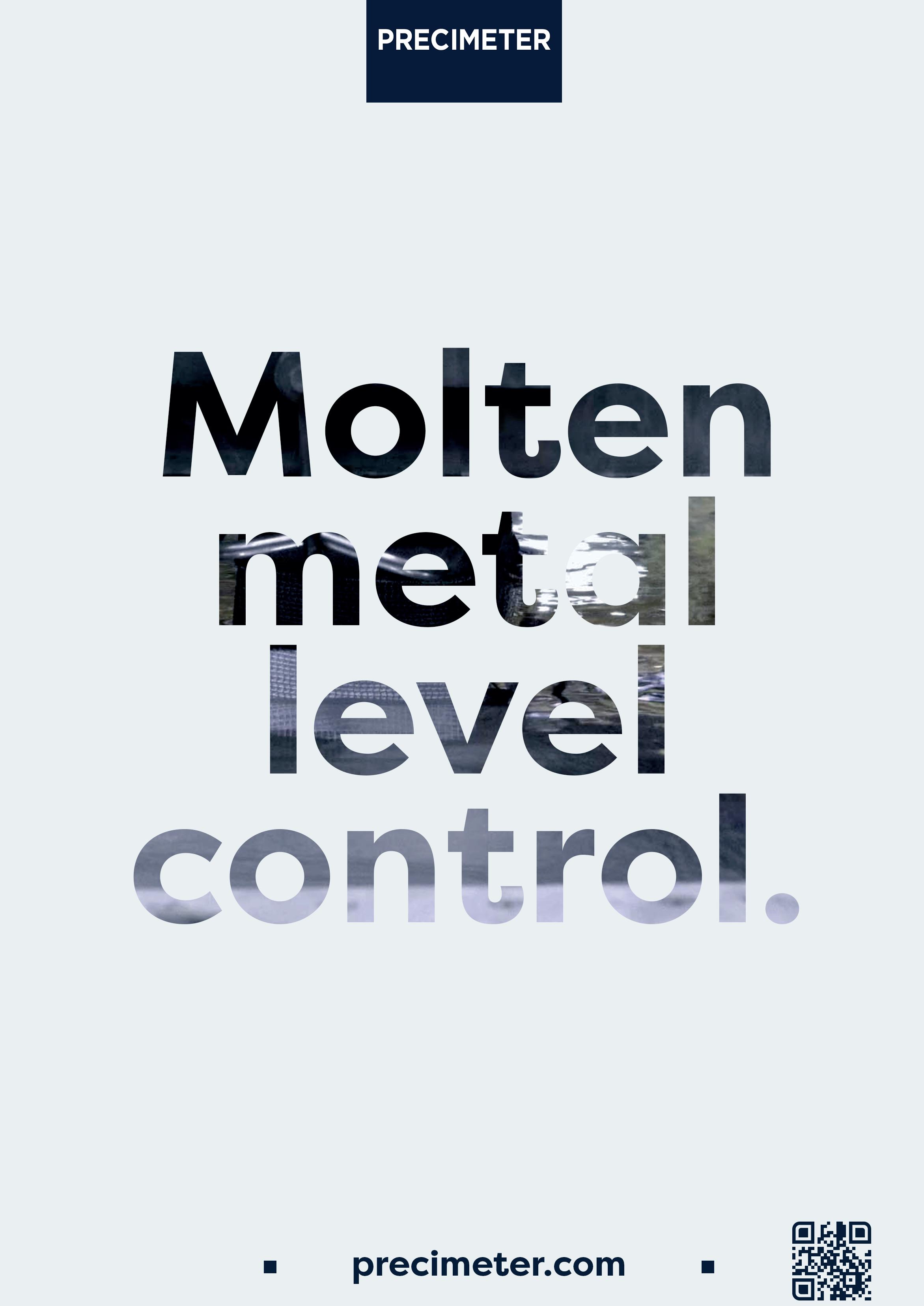
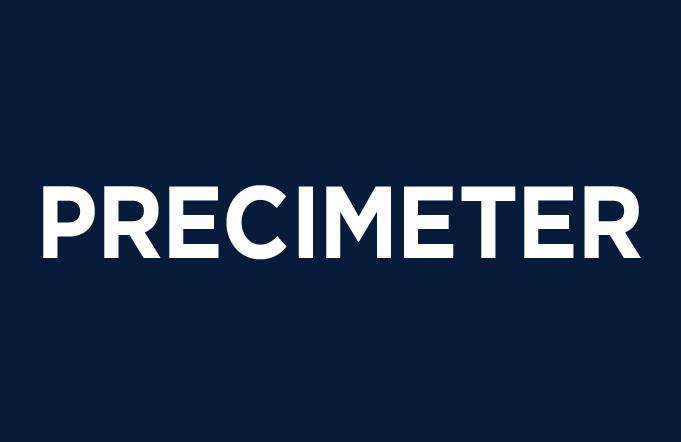
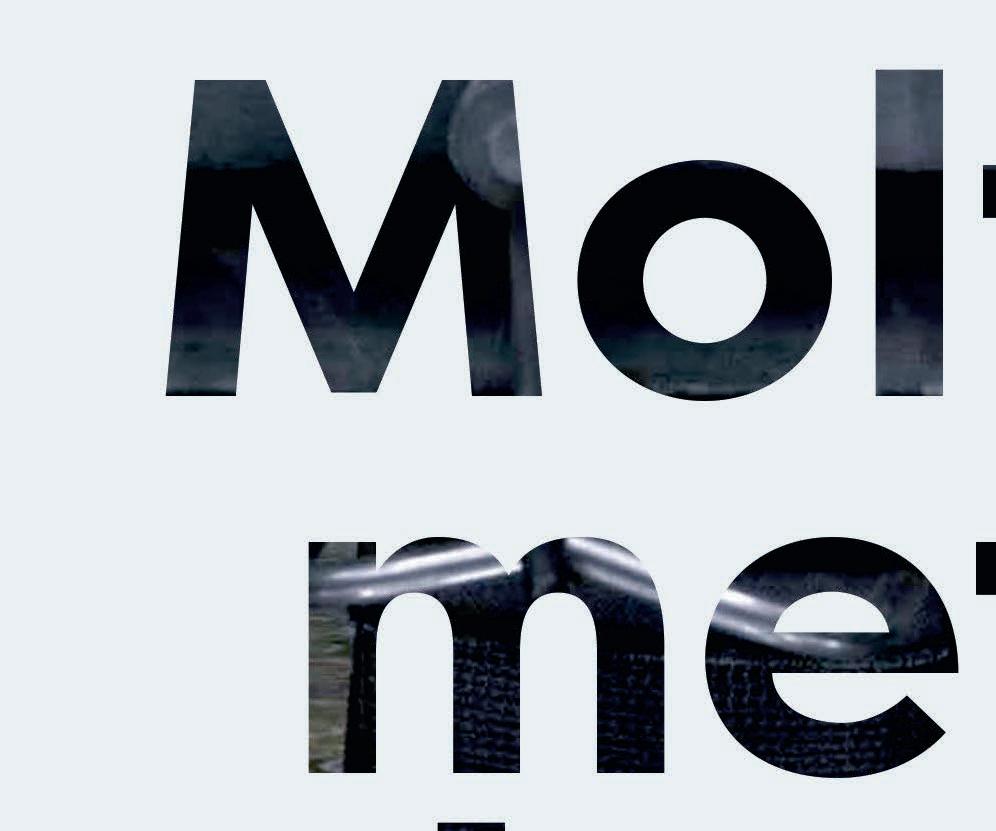

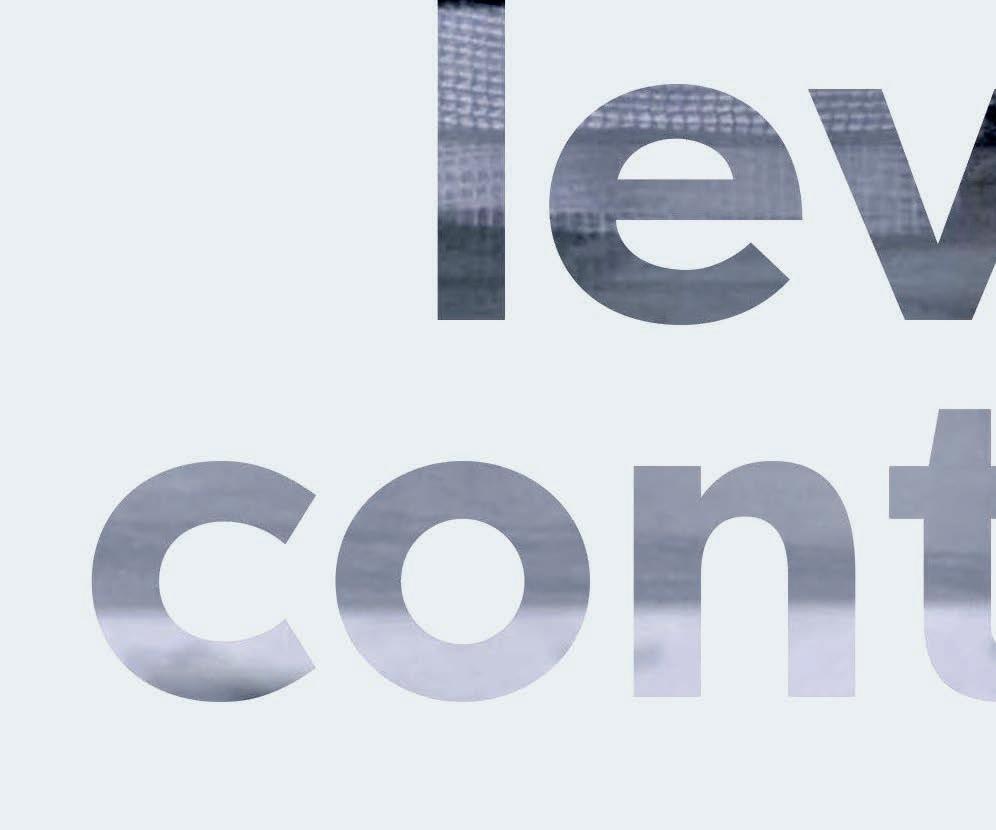
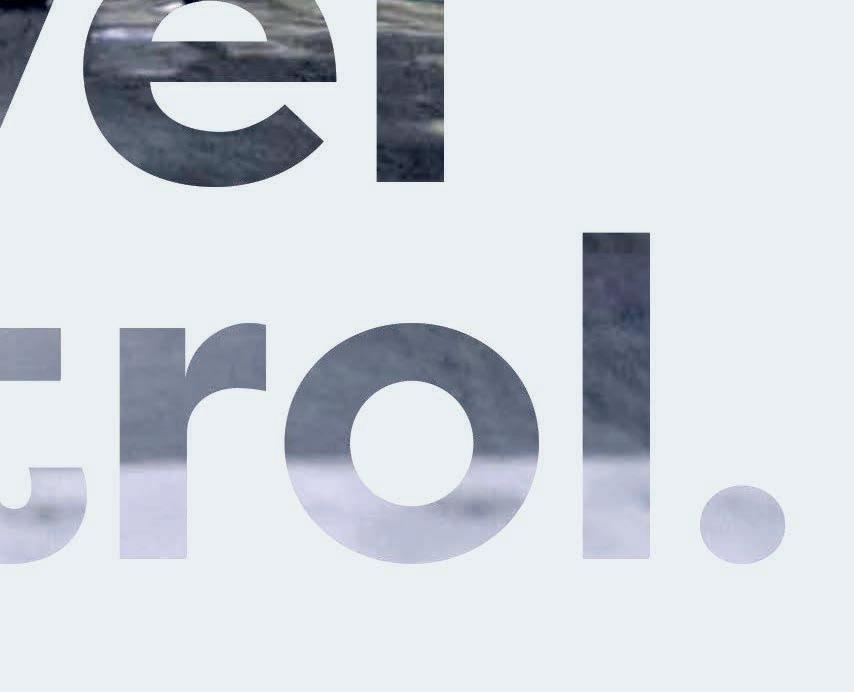
more established. The advantage of energy modulation technology is that loads can be modulated indefinitely both up and down at the turn of a dial with no change to the heat balance inside the pot. This allows smelters to self-firm and provide large amounts of critical DSR services (for those connected to grids). Once a smelter is able to flex a meaningful portion of its load for long durations, it changes from being a price taker to being a price setter (see diagram below).
Myth Busting
While we are addressing the elephant in the room, lets address the two myths in my opening paragraph. Size and baseload.
At the inaugural meeting of the Aluminium Stewardship Initiative (ASI) in 2016, guest speaker Michael Liebreich, founder of Bloomberg New Energy Finance warned that “there won’t be any baseload”. I distinctly remember the air of disbelief in the room at the time, there was audible scoffing. The problem is that Michael Liebreich was right. The value of baseload in many markets has already diminished, and been replaced with the value of flexibility.
Approaching energy companies saying “we will take a fixed amount of your
generation for an extremely cheap price and provide baseload, but you have to guarantee supply” will become hugely problematic to energy companies when the bulk of their generation is variable. Using the BCG logic and argument, that price of electricity for that particular contract will be dictated by the cost of any firming the energy company can put in place. This means someone else is providing firming to the smelter and it is the price that they set, which will dictate the price the smelter pays for power.
Turn this around to “we will take a fixed amount of your generation for an extremely cheap price but when you are short we will shed 20%, and when you have excess we will take 20% more at negative pricing”, and the conversation starts to get interesting for energy companies who’s number one priority will be flexible demand. At times of high net load, they can take your 20% and sell it elsewhere for more, and that then becomes valuable to them, and in turn allows you to set your price based on the value of your flexible load.
Aluminium smelting will be dwarfed by new entrants
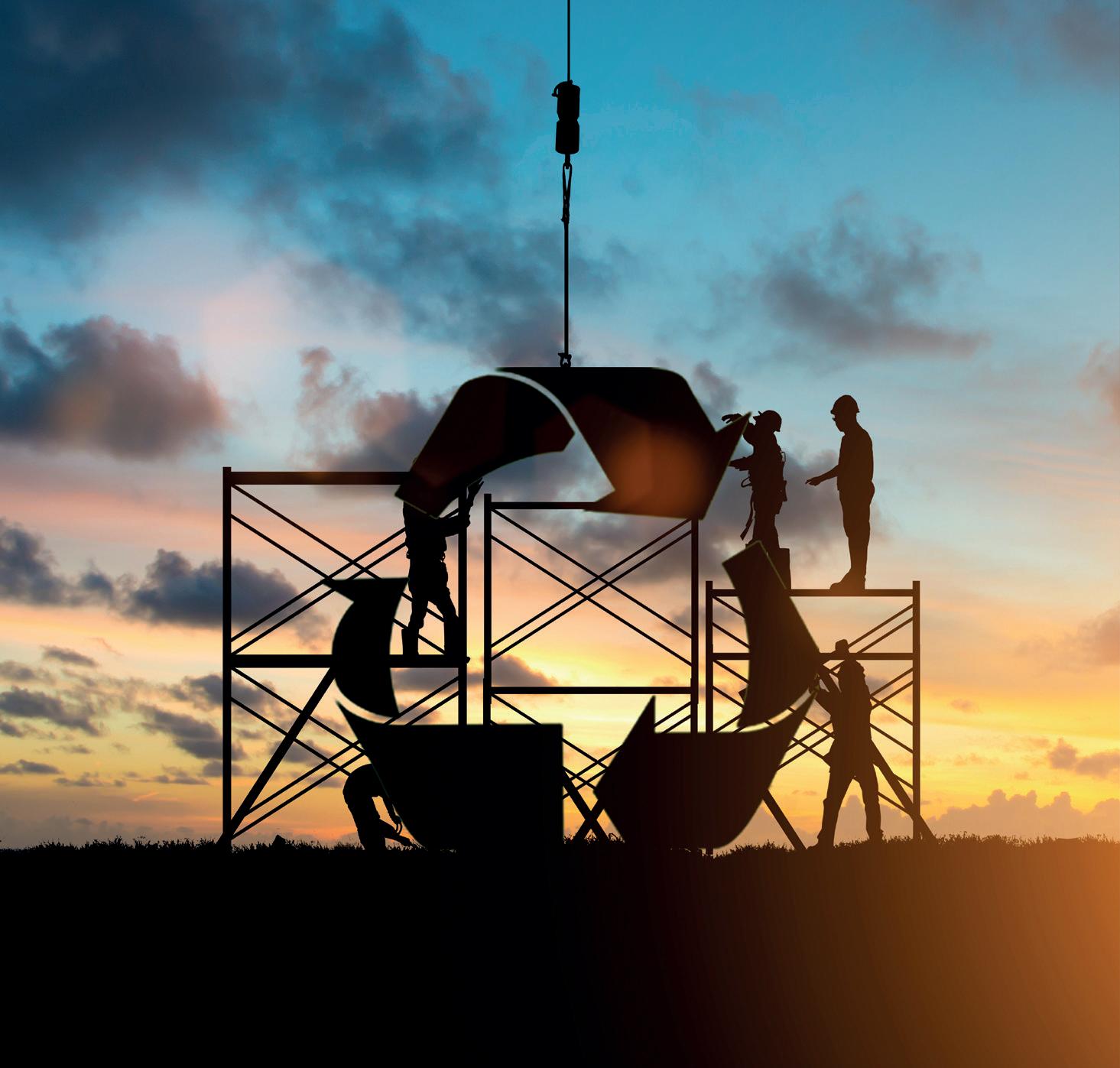
The idea that aluminium smelters are big
enough to set their own electricity price (without flexible load) in a power system heavy with VRE, is at best wishful thinking. Aluminium smelters will become dwarfed by new entrants seeking to decarbonise through electrification; namely steel, cement, fertiliser and hydrogen production, whose demand will be flexible. Competition for every megawatt of power will become intense in the short to medium term. Even aluminium production from stranded captured hydro will be at risk to new hydrogen production initiatives, which are needed on a massive scale going forward. Have no doubt, hydrogen generation will provide a competitive alternative to aluminium production.
In New Zealand, Meridian Energy, the partly state owned company who owns the hydro power station supplying the Tiwai smelter, is going all guns blazing at having a hydrogen solution in play to replace the smelter when its current power deal expires in 2024. There are credible hydrogen players gearing up to build what will be the largest green hydrogen production facility in the world. Furthermore, there is a lot of political will and public support for New Zealand to exit the smelter.
Final thoughts
No one on the planet will be left unaffected by the changes that variable renewable energy will bring. From those who have no access to electricity to our industrialised cities, it has the ability to positively impact the lives of billions of people across the globe. Living with VRE means changing the way we consume electricity. For many of us new technology will make the transition seamless, as our homes, cars and businesses become energy smart and automatically become part of the DSR economy.
Two of the slowest changing industries in the world over the past 125 years have been electricity generation and primary aluminium smelting. Electricity generation is now undergoing fundamental upheaval and the pace of change is staggering. This absolutely must impact aluminium smelting, as it can’t remain untouched by the fundamental changes occurring to what is its largest cost component.
As a futurist I believe aluminium smelting still has time, but only if we start running today, and only if we stop thinking that providing DSR is someone else’s problem, and only if we start addressing the elephant in the room. Good luck, the clock is running. �
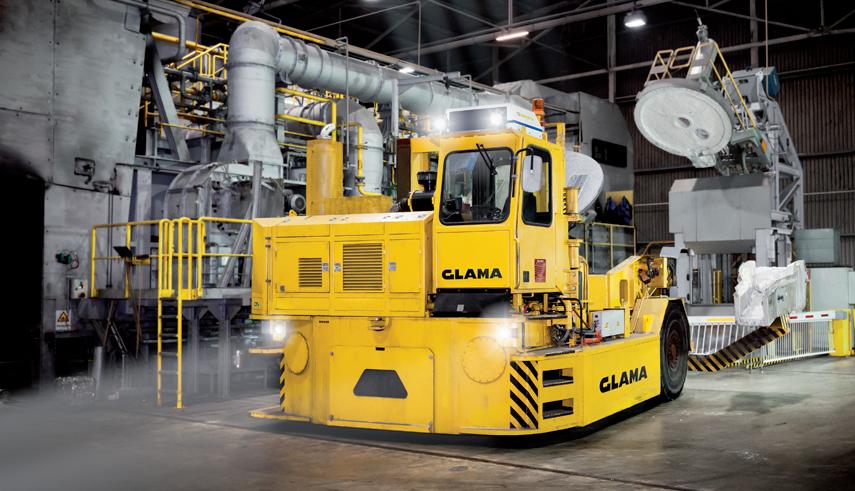
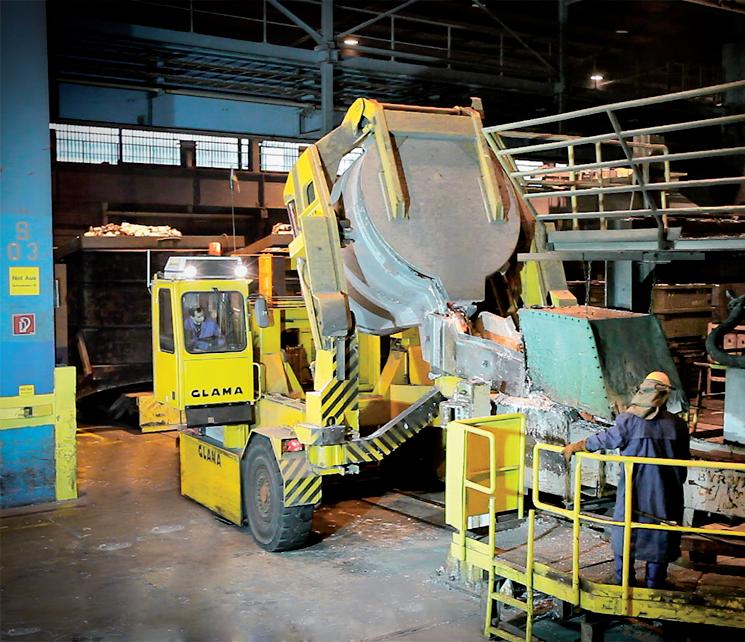
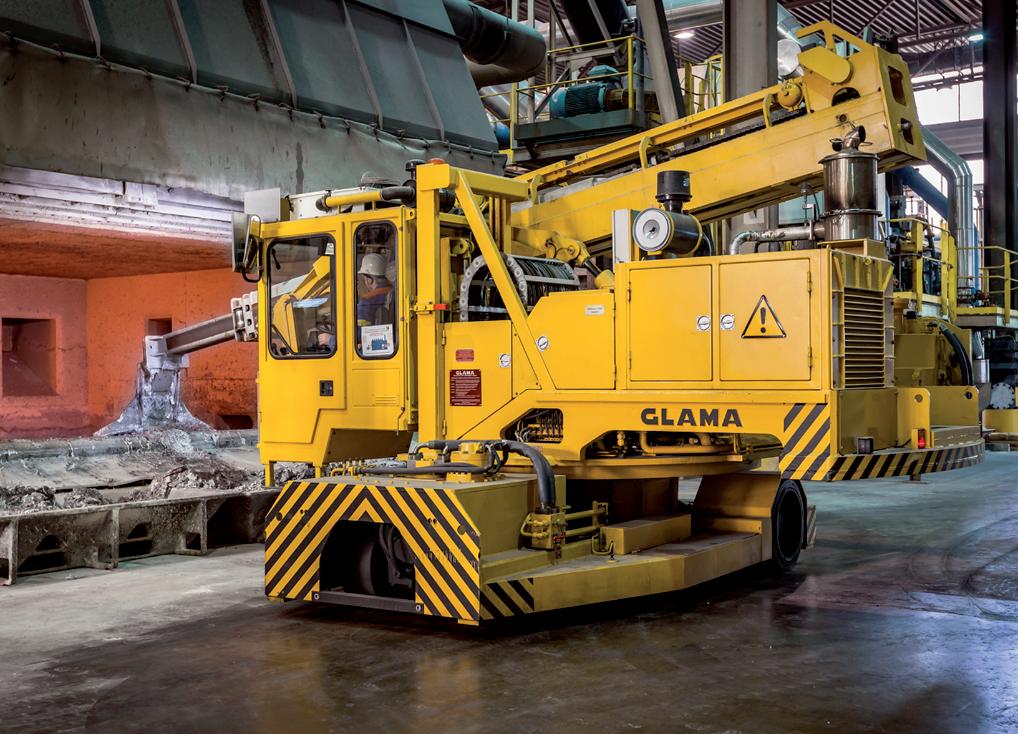

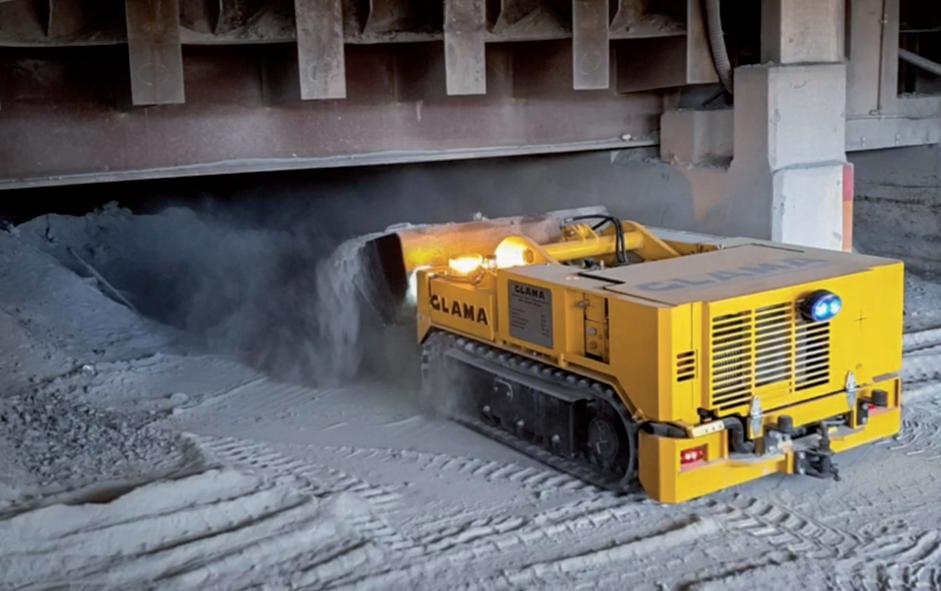


Aluminerie Alouette: 30 years already, and a new generation takes flight
Alouette celebrates its 30th anniversary
In 2022, Aluminerie Alouette is celebrating an important milestone: its 30th anniversary! In 1992, the community of Sept-Îles (Quebec, Canada) joined forces with Alouette to produce the highest quality aluminium in the entire world.

Alouette is also the largest aluminium smelter in the Americas and a world leader in the production of responsible aluminium. Throughout its evolution, one thing has remained constant: the company’s close ties to the community. With a renewed vision and commitment,
Alouette is now paving the way for the next generation of aluminium production
Producing the Greenest aluminium in the world
Protecting the environment has always been a priority at Alouette. Over the past 30 years, Alouette’s greenhouse gas emissions per ton of aluminium have decreased by 40%, thanks to ongoing efforts to significantly reduce their environmental footprint by meeting or exceeding the most stringent industry standards.
“Our environmental ambition is simple: to produce more while consuming less energy,” explained Sébastien Scherrer, Director of Procurement.
Thanks to committed experts, responsible environmental management and rigorous monitoring, Alouette has
made significant environmental progress in recent years.
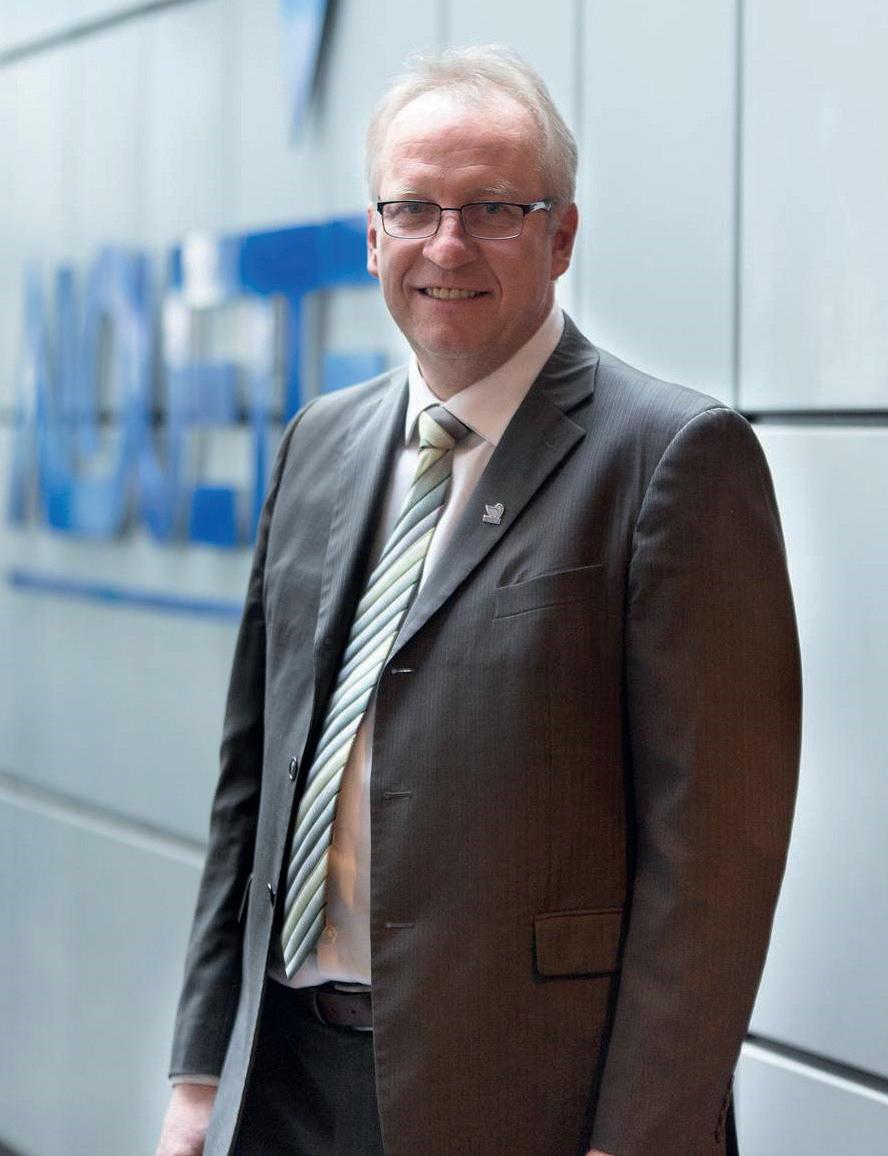
The company now recycles or recovers more than 80% of its residual operational materials (wood, water, aluminium, etc.) and plans to reach 100% over the next 10 years. Due to this exemplary management of residual operational materials, in April 2021, Alouette obtained the highest recognition level of RECYC-Quebec’s ICI on recyclce + program, becoming the first aluminium smelter in Quebec to receive such an honour.
“We are now more than ever aware of the importance of respecting the environment. This is key to ensuring the sustainability not only of our commercial operations, but of community and our collective future as well,” stated Claude Gosselin, President and CEO of Alouette.
Already a world leader in the production
of green aluminium, Alouette continues its quest for innovation by applying the most environmentally friendly measures to its operations. The decarbonisation of aluminium production will be one of the greatest challenges of the next few years and Alouette is constantly on the lookout for innovations that will enable them to achieve carbon neutrality by 2050.



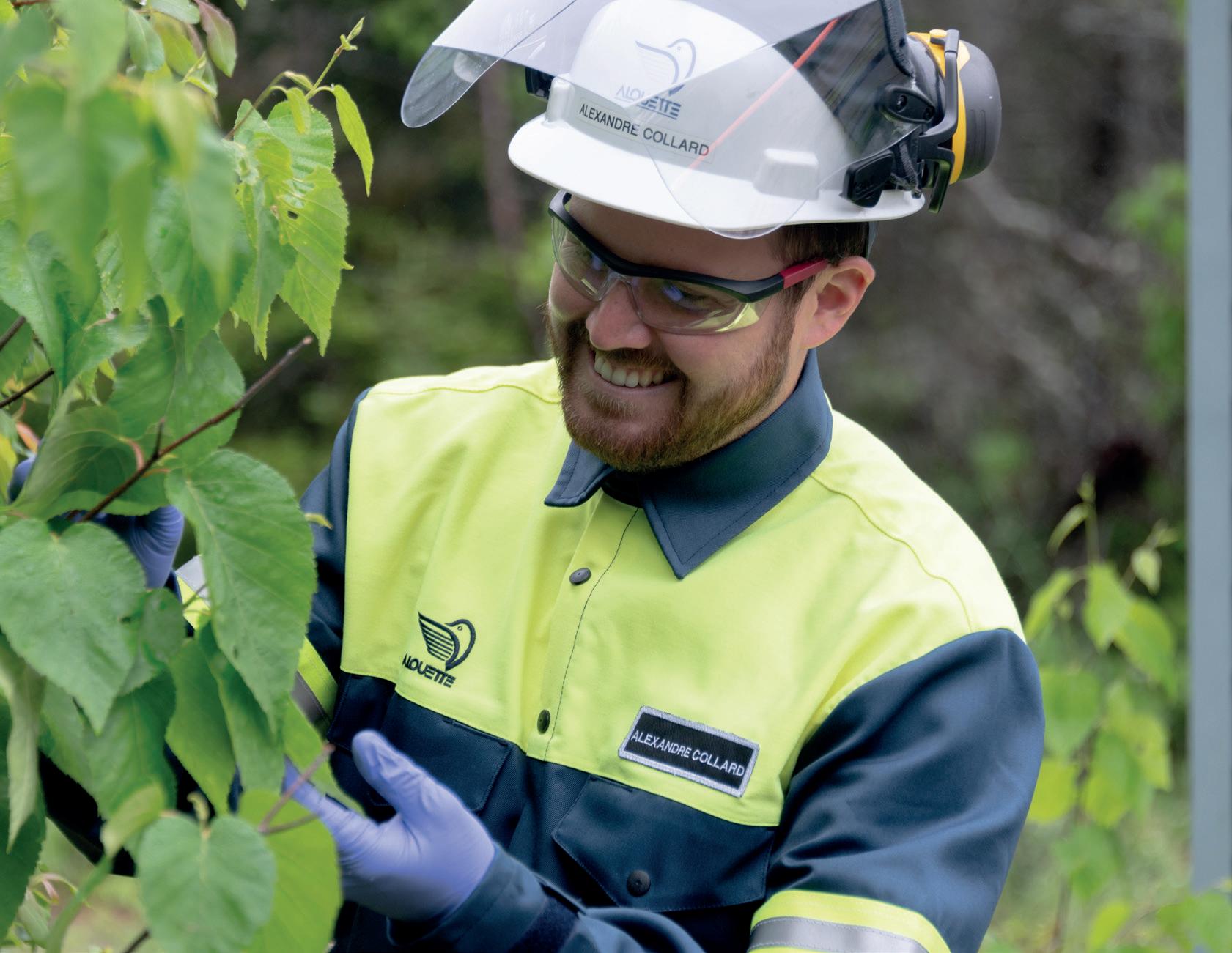
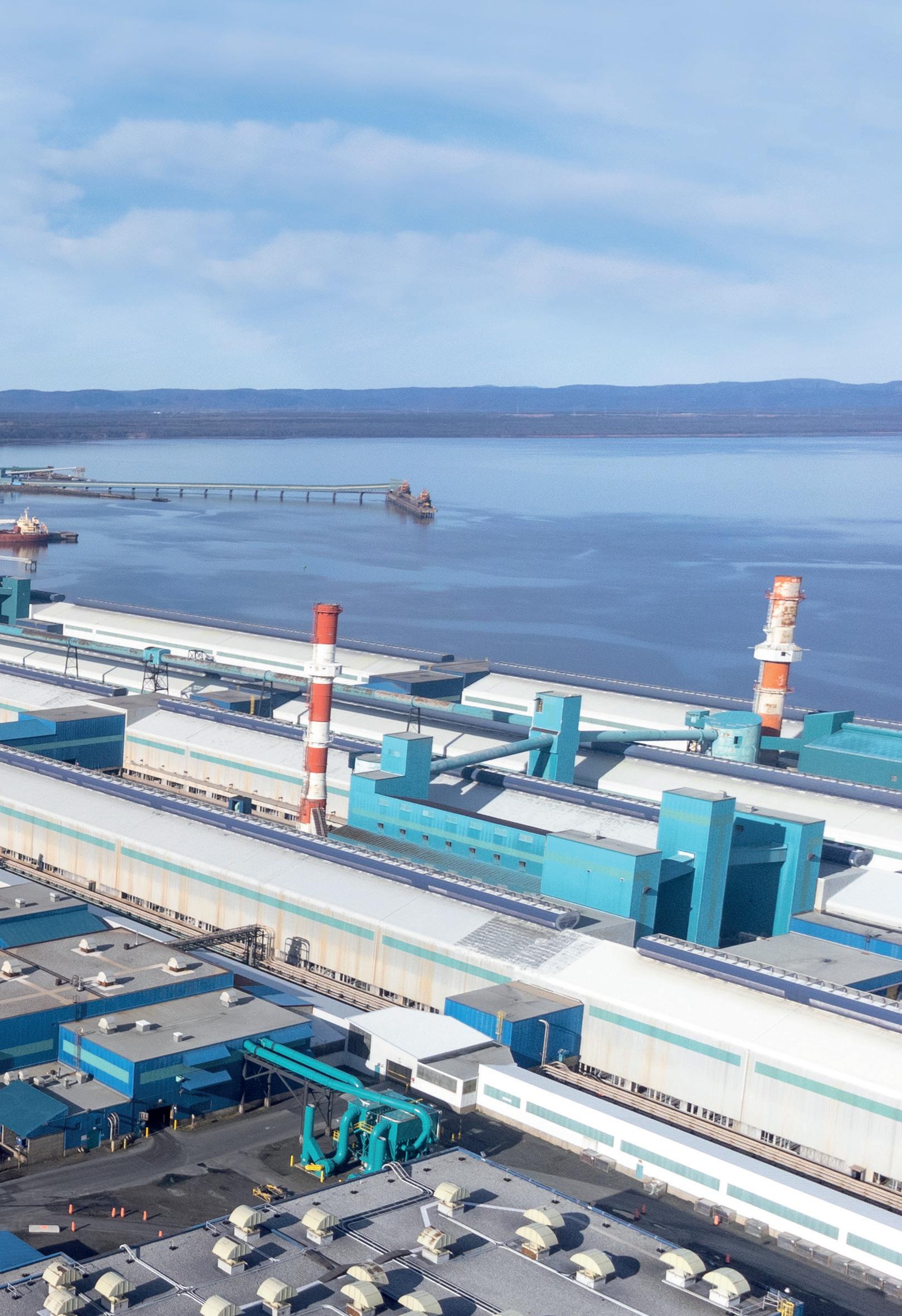
Constantly Innovating For 30 years, Alouette’s efforts to
At Alouette, a whole new generation is taking shape for a promising future.
ALOUETTE IN A NUTSHELL
President and CEO: Claude Gosselin

Inception: 1992
Number of employees: 900
Partners: AMAG - Austria Metall AG (Austria, 20%); Hydro Aluminium (Norway, 20%); Investissement Québec (Canada, 6.67%); Marubeni Metals & Minerals (Japan, 13.33%); Rio Tinto (Canada, 40%).
Role: Primary aluminium producer
continuously innovate have allowed them to improve work methods, boost knowhow and establish themselves as one of the most efficient aluminium smelters in the world.
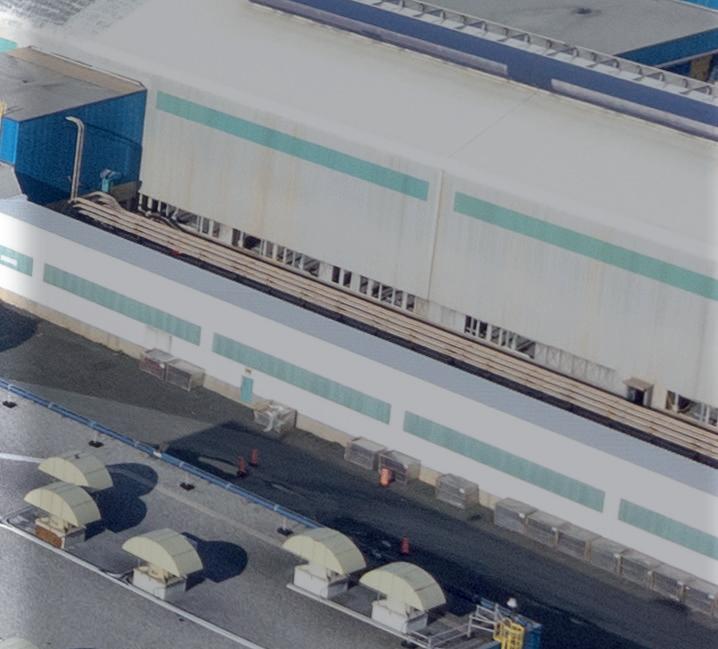
Over 30 years of operations, Alouette has successfully completed a major expansion phase – which included creating the largest private construction site in Quebec at the time – in order to increase its production capability and to upgrade to modern, high-performance equipment. With this same drive for innovation, the company began its ambitious transformation into a “4.0 plant” by leveraging innovative technologies and
practices in automation, data analysis, and artificial intelligence. Alouette is one of the few aluminium smelters to use skimming robots to recover waste metal directly from the crucible, which can then be recycled.
A company with close ties to the community
As a driving force for the economic and social development of Sept-Îles and the surrounding area, Alouette is fully committed to contributing to a rich local ecosystem by giving back to the community. Since its inception, Alouette has invested over half a million dollars annually to support local causes, including furthering the next generation of workers, encouraging academic perseverance, facilitating equitable access to food for young people, promoting sports activities, and highlighting the richness of the Innu culture. Over the years, more than 200 community, cultural, environmental, educational, and sports organisations have benefited from Alouette’s support.
Employing more than 900 people in various trades, Alouette is the largest private employer in the city of Sept-Îles and a major off-reserve indigenous employer for the Uashat mak Mani-utenam community. Alouette’s commitment to the future is clear: to continue being an employer of choice with strong ties to its community.
�
Aluminum’s infinite recyclability is key in accelerating transition to circular economy
By Trond Olaf Christophersens* and Jean-Marc Moulin**The 2021 United Nations Climate Change Conference (COP26) concluded with a warning and a heightened sense of urgency to mitigate the consequences of climate change, as the stresses on our planet have reached peak levels. Severe droughts, fiercer storms, heatwaves, and rising sea levels impact all life, and disproportionately affect vulnerable communities. We are witnessing a change in consumers’ preferences, and scrutiny, for greener materials, which is spurring the demand and production of lowcarbon materials.
Since aluminum came on the scene in 1825, about a billion tons have found their way into a multitude of goods in our lives: the beverage can in your hand, the window frame in your house, parts of that new car you’re driving – the list goes on. An astonishing fact is about 75% of it is still in use. Now, the challenge at hand is ensuring the aluminum in use is produced with low emissions and is being recycled at the end of its use.
Cutting carbon emissions is no longer an activist issue but a priority agenda item for politicians, regulators, investors, consumers, and society to tackle. All industries must work to implement radical solutions for carbon emissions to alleviate the threatening climate consequences.
There are few metals stronger, more durable, or more useful than aluminum and recycling it only requires 5% of the energy used to produce primary aluminum. But not all aluminum is equal. To accelerate emission cuts, we need to dramatically increase the use of postconsumer scrap.
As the leader in US aluminum sustainability, Hydro has recently made significant capital investments to drive the green transition in North America and meet the goals U.S. manufacturers set in the EV, transportation, and building and construction industries. The company is
investing $15 million into our Henderson, Ky. facility to deliver certified recycled aluminum products to the automotive industry and further reduce the environmental impact from production. Hydro invested another $50 million into our extrusion plant in Cressona, Pa. to expand the site’s recycling capabilities, which include remelt and extrusion billet casting, producing low-carbon aluminum products. However, transparent, and accurate measuring and reporting of content standards is essential in ensuring that recycling aluminum can significantly contribute to a reduction in carbon emissions.
Hydro’s ambition is to be the industry front-runner in reducing our environmental footprint by improving our performance in every aspect of the value chain. This includes research and development into new technologies, better ways of working, and spreading best practices on low-carbon solutions, as well as helping our customers reduce their footprints.
Measuring the outcomes of our sustainability initiatives against our ambitions and goals – and then making the appropriate adjustments to continually improve our outcomes – is also a critical component, and the main differentiator, in solidifying Hydro as the industry leader in sustainability. There is a vast difference between setting lofty goals and taking the necessary actions to achieve them.
Hydro has identified pragmatic outcomes, both in the short-term and long-term, that support our mission in accelerating the transition to a more circular economy and help define the material impact of the industry’s sustainability efforts and ambitions.
The short-term impacts of collectively working to achieve the circular economy include:
� Brands driving demand for greener

materials based on new consumer preferences and scrutiny.
� Recycled aluminum consumption increasing at a compound annual growth rate of 5.4% from 2020-2030, compared to only 2.2% for primary aluminum.
� According to the International Aluminum Institute, the global aluminum industry must slash greenhouse gas emissions by 77% by 2050 to meet climate-change goals, while demand for aluminum is due to grow by 80% to around 180 million tons of semi-fabricated products by 2050.
� OEMs implementing requirements for easy disassembly for automotive components.
� Enacting stronger low-emissions policies and regulations as market forces alone will not ensure the use of lowcarbon materials.
The long-term impacts include:
� Demand for recycled aluminum overtaking demand for primary aluminum.
� Legislation will pave the way for new production and consumption methods & practices.
� Recycling and reusing aluminum will create new ways of working in the supply chain and with partners.
� A design for circularity will be the standard and traceability a prerequisite.
Although current global efforts to slow climate change and create a more circular economy are promising, it’s clear that they will be insufficient without collective efforts. Manufacturers, like Hydro, are making large-scale, efficient, investments into low-carbon materials and production processes and setting the stage to create more momentum for adopting new technology and processes that support these efforts and ensure we reach our collective climate ambitions to create deciding change.
�
SafeTAP was designed by Mechatherm to improve the safety of the furnace tapping process. A completely automatic device, SafeTAP does not require an operator to be near the tap-out block while a transfer is in progress. SafeTAP can be installed on existing equipment and is capable of both accurate level control, when combined with a high-quality launder laser sensor, and automatic plugging of the spout.

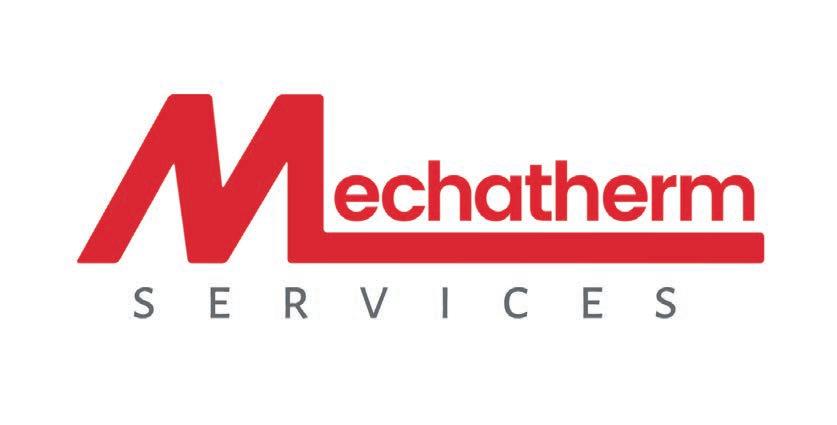
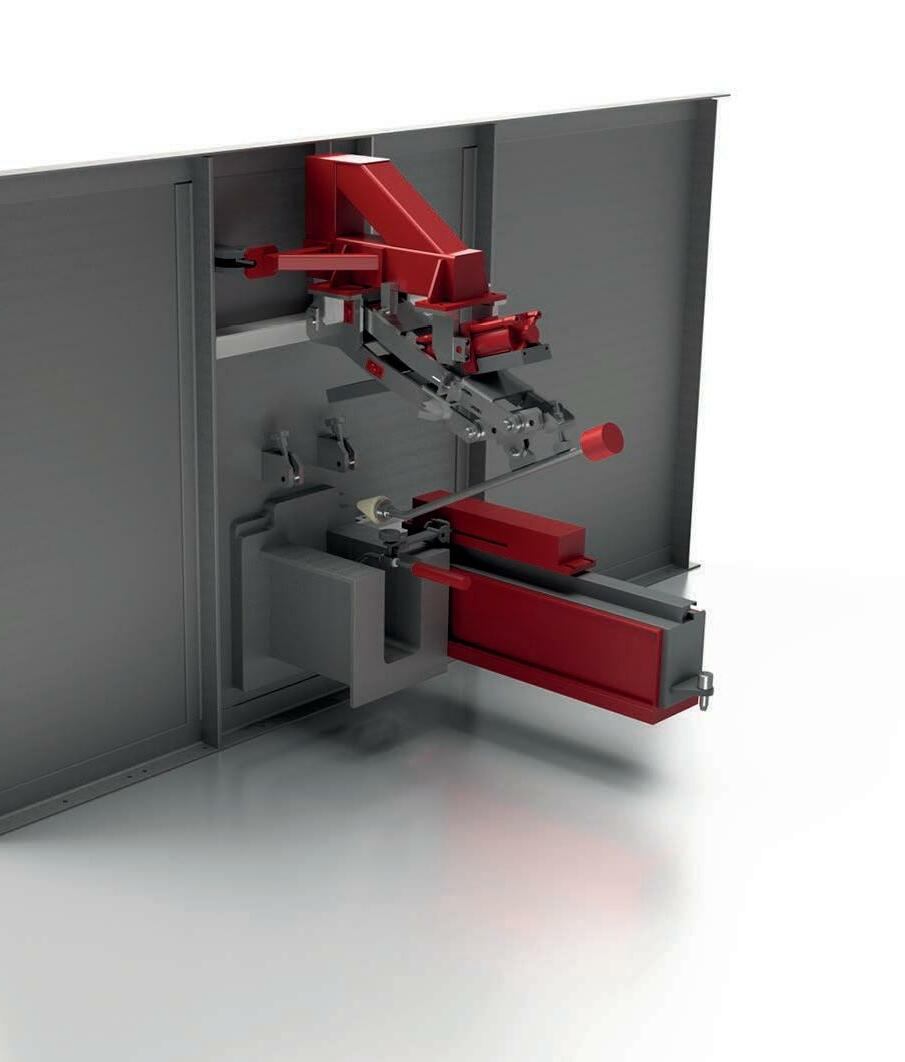
AUTONOMOUS CHARGING & SKIMMING MACHINES




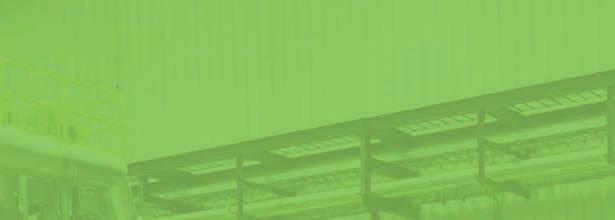









Aluminium Industry in Canada
By Richard McDonough*Canada is one of the key producers of primary aluminium in the world. With the COVID-19 Pandemic and American tariff threats, the last two plus years have been both challenging as well as ones of opportunity for the Canadian aluminium industry.
Some statistics from the Association de l’aluminium du Canada (Aluminium Association of Canada) provide an overview of the aluminium industry in the country: Nine smelters produce 3.1 million tonnes of aluminium on an annual basis. Canada is the fifth largest producer of primary aluminium and the second largest exporter of the product globally. The total value of exported aluminium is (CAN) $7.3 billion, with a total of 83% of all exports going to the United States. The industry provides jobs to approximately 8,800 people in Canada, with about 7,700 jobs in Québec alone.
The Aluminium Association of Canada represents the Canadian primary aluminium industry by bringing together the nation’s three primary producers of aluminium, Alcoa, Aluminerie Alouette, and Rio Tinto.
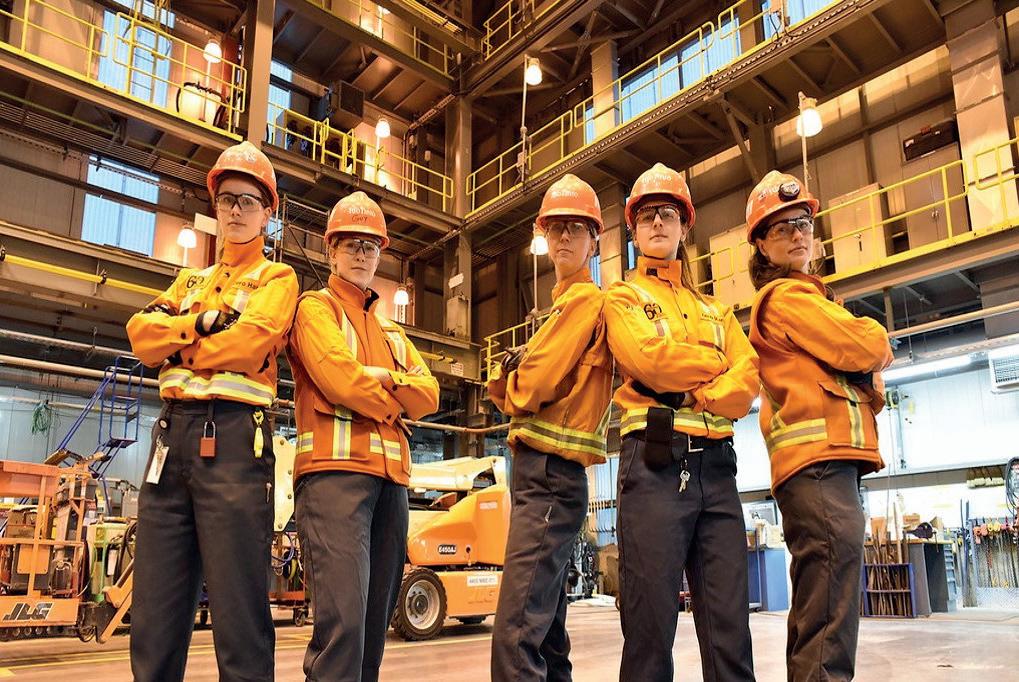
“With a new world order come new threats,” said Jean Simard, President and Chief Executive Officer of the Aluminium Association of Canada. “The world we knew up until very recently has been transformed forever and made more complex, and more sensitive to various threats on national security. Threats to the physical integrity of our infrastructure, the result of climate change or human intervention, supply-chain disruptions caused by conflicts and global pandemic, cybersecurity attacks from foreign sources, ensuring transparency of data for incoming products and metals; all are now part of our daily predicament as a world-class industry operating in Western democracies.”
“A new focus must be brought to bear on ensuring the unhindered and steady flow of materials and products, whilst developing strategic autonomy of
supply for our critical materials including aluminium,” Mr. Simard continued. “The pre-pandemic world trade developments such as USMCA [United States-MexicoCanada Agreement] and TPTI [The Produce Traceability Initiative] with their pioneering inclusiveness have opened the way to new bilateral and multilateral trade agreements involving human footprint (human rights and labour conditions). In parallel, the carbon footprint aspect of trade with all its complexity is being addressed through various ‘carbon plays’ such as the European CBAM [Carbon Border Adjustment Mechanism], the GASSA [Global Arrangement on Sustainable Steel and Aluminium], and carbon clubs.”
He indicated that “Trade will more and more rely on shared values and trustworthy relationships. The call for data transparency, shared supply chain stewardship, and ESG [Environmental, Social, and Governance] performance
* Richard McDonough at aluminachronicles@gmail.com.
parameters are becoming the order of the day. A sense of shared and assumed responsibility or ‘responsibleness’ towards both the origin of materials and their processing towards their final destination is now coming into play. This valuesbased approach calls for robust and internationally-recognised indicators, as well as full data transparency and traceability.”
“These new and evolving trade parameters will require traceability in order to be enforceable,” stated Mr. Simard. “Trading countries will want to ensure that they are not subject to transshipments coming from an undeserving nation or source of material. And value chains will want to avoid additional administrative burdens impacting their competitiveness.”
“Following the 2018 tariff confrontation, Canada developed and implemented a digital traceability platform enabling the documentation of key parameters related
Do you have questions about the aluminium industry? Governmental regulations? Company operations? Your questions may be used in a future news column. © 2022 Richard McDonough
to the primary metal coming out of our nine operating smelters,” he concluded.
“This modern solution provides an efficient way to deal with the prerequisites of documenting the various footprints and ensuring the integrity of the information.”
AluQuébec
“The aluminium sector is an industry of strategic significance for the province of Québec and has a major economical impact,” according to François Racine, Chief Executive Officer of AluQuébec. “Averaging (CAN) $6.4 billion in first processing aluminium exportation annually and with one of the lowest carbon footprints in the world, Québec is a top-tier worldwide exporter.”
He explained that the purpose of AluQuébec can be divided in three main parts.
“Firstly, federating the stakeholders of Québec’s aluminium industry in a collaborative spirit aiming for a more competitive, performative and wealth generating industry,” Mr. Racine stated. “Secondly, supporting processors, equipment and specialised suppliers as well as professionals by offering technical expertise, consultation, training and necessary networking. Thirdly, the valuing of Québec’s value chain by promoting the use of the material in promising sectors and by encouraging and putting in place structuring and concrete initiatives.”
“Of the total 38,000 jobs in Québec’s aluminium industry, 80% (29,800) are allocated in the 1,734 processing companies, whose turnover amounts to (CAN) $11.6 billion,” Mr. Racine continued. “Benefiting from a multisectoral economy (transport, construction, infrastructure, aerospace, packaging, etc.), Québec’s aluminium industry is made up of international caliber companies as well as an important network of research and development in aluminium, thanks to seven state-of-the-art research centres and companies where innovation is a common value.”
Investissement Québec
One of the organisations that strives to enhance the aluminium industry – as well as other industries in Québec – is Investissement Québec.
This organisation indicated that its “… mission is to play an active role in Québec’s economic development by spurring business innovation, entrepreneurship, and business acquisitions, as well as growth in investment and exports. Our presence in more than 30 international locations in 19 countries [from London and Paris to Singapore and Tokyo] and 6 Canadian cities cover the world’s leading economic regions. Our business
developers stationed abroad are able to identify companies that may wish to set up shop in Québec.”
“Aluminium is abundant in Québec where its industry has existed for more than a century,” the statement from Investissement Québec continued. “It’s a sector that has developed significantly, particularly over the last 20 years, in which time it experienced continuous growth.”
The organisation indicated that aluminium production and fabrication are strategic parts of the economy to Québec, with the abundant natural resources helping to grow and sustain the aluminium industry.
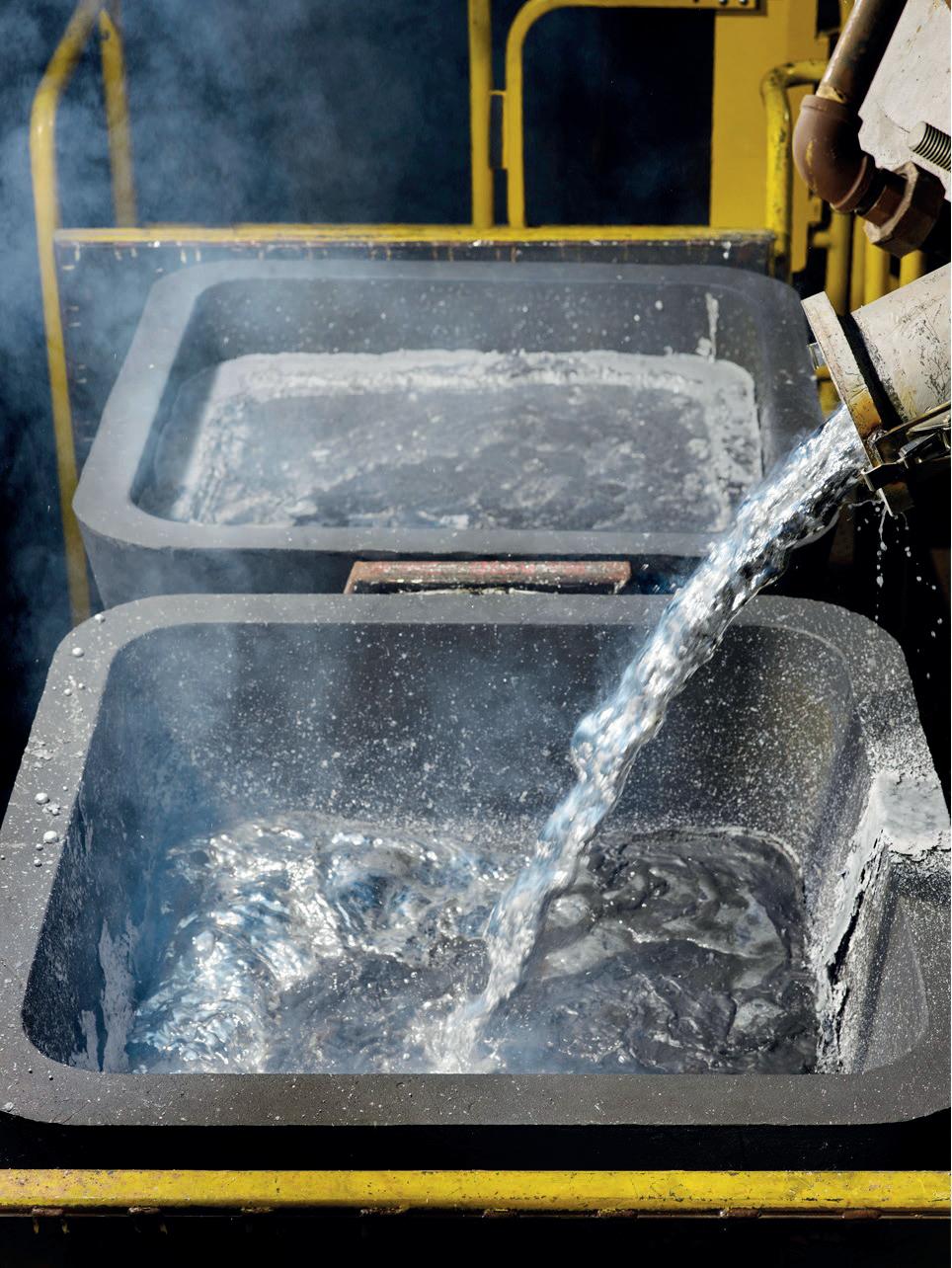
“Thanks to its ready access to hydroelectric power, the greenest renewable energy in the world, Québec produces aluminium that is durable, respectful of the environment, and mindful of its impact on climate,” noted the statement from Investissement Québec. “Aluminium produced in Québec drives booming sectors, such as construction, transportation and machinery. The value of converted aluminium as manufactured products tops (CAN) $5 billion.”
Investissement Québec detailed that “Québec doesn’t only produce aluminium: it invests in research and development activities to support even more growth and ensure the sector remains at the cutting edge of technology.”
Among recent financial investments cited by the organisation were (CAN) $20 million granted from the Québec Government to ELYSIS™ to accelerate the development of an aluminium electrolysis technology without greenhouse gas emissions; financial assistance – including (CAN) $1.5 million from Investissement Québec’s own funds – totaling nearly (CAN) $6.9 million from the Governments of Canada and Québec to Nature Alu for the establishment of a high-purity aluminium production plant; funding granted by the Governments of Québec and Canada totaling (CAN) $4.99 million to Shawinigan Aluminium to support the completion of a $10 million project aimed at setting up a new centre for the remelting of aluminium scrap; and the Government of Québec granted a non-refundable financial contribution of (CAN) $350,000 to Groupe Réfraco to test, in a real operating situation, a removable robotic cell developed for the maintenance and reconstruction of anode baking furnaces.
Apple
One of the innovative technologies to develop from research in Canada is being utilised by Apple for its cell phones. On 24 March 2022, the company announced “… plans to use the world’s first commercialpurity, low-carbon aluminium from ELYSIS™ in the iPhone SE.”
As part of its investments through Green Bonds in low-carbon manufacturing and recycling technologies, “…Apple is purchasing direct carbon-free aluminium following a major advancement in smelting technology to reduce emissions,” according to the news statement issued by the company. “The aluminium is the
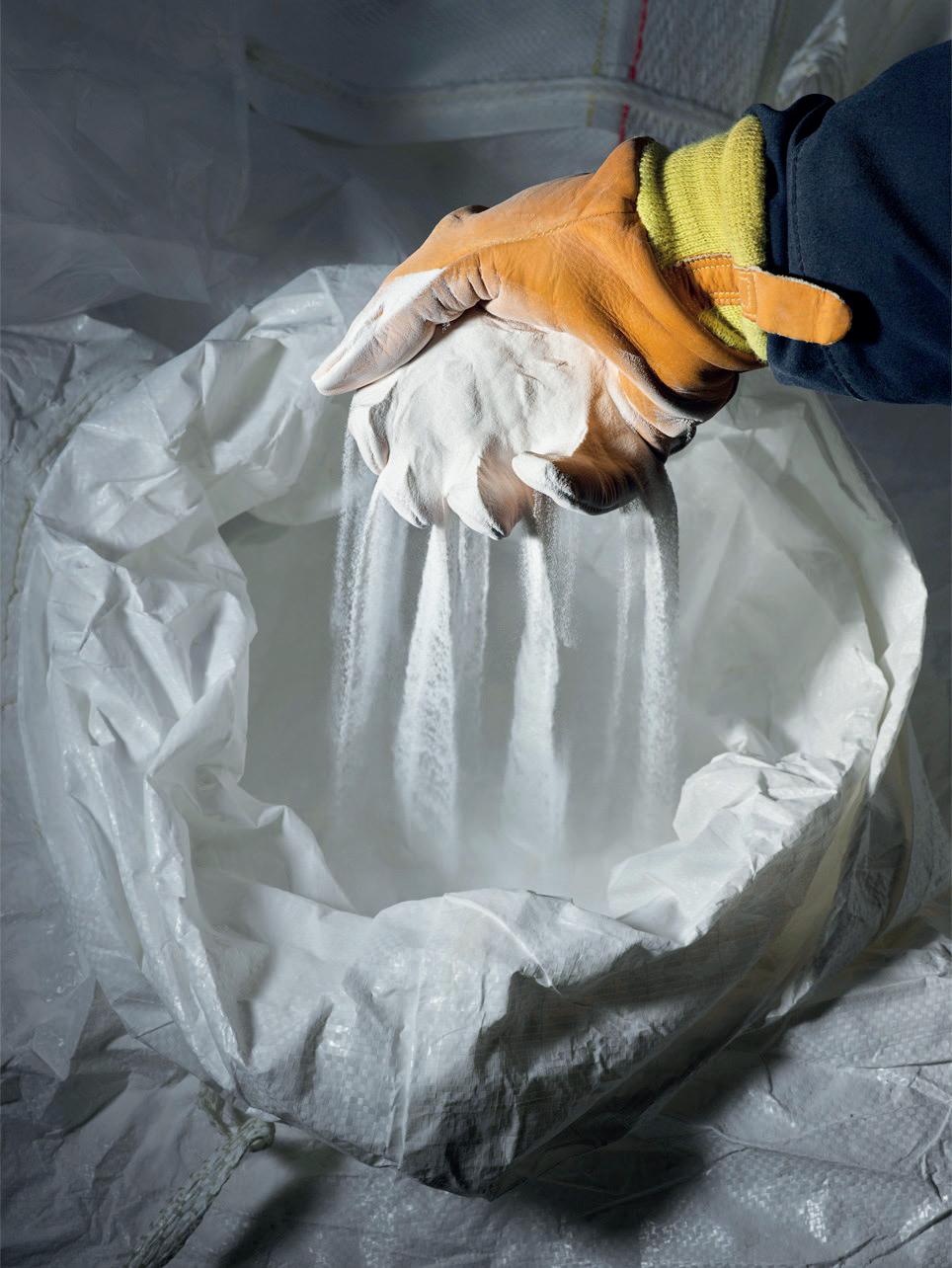
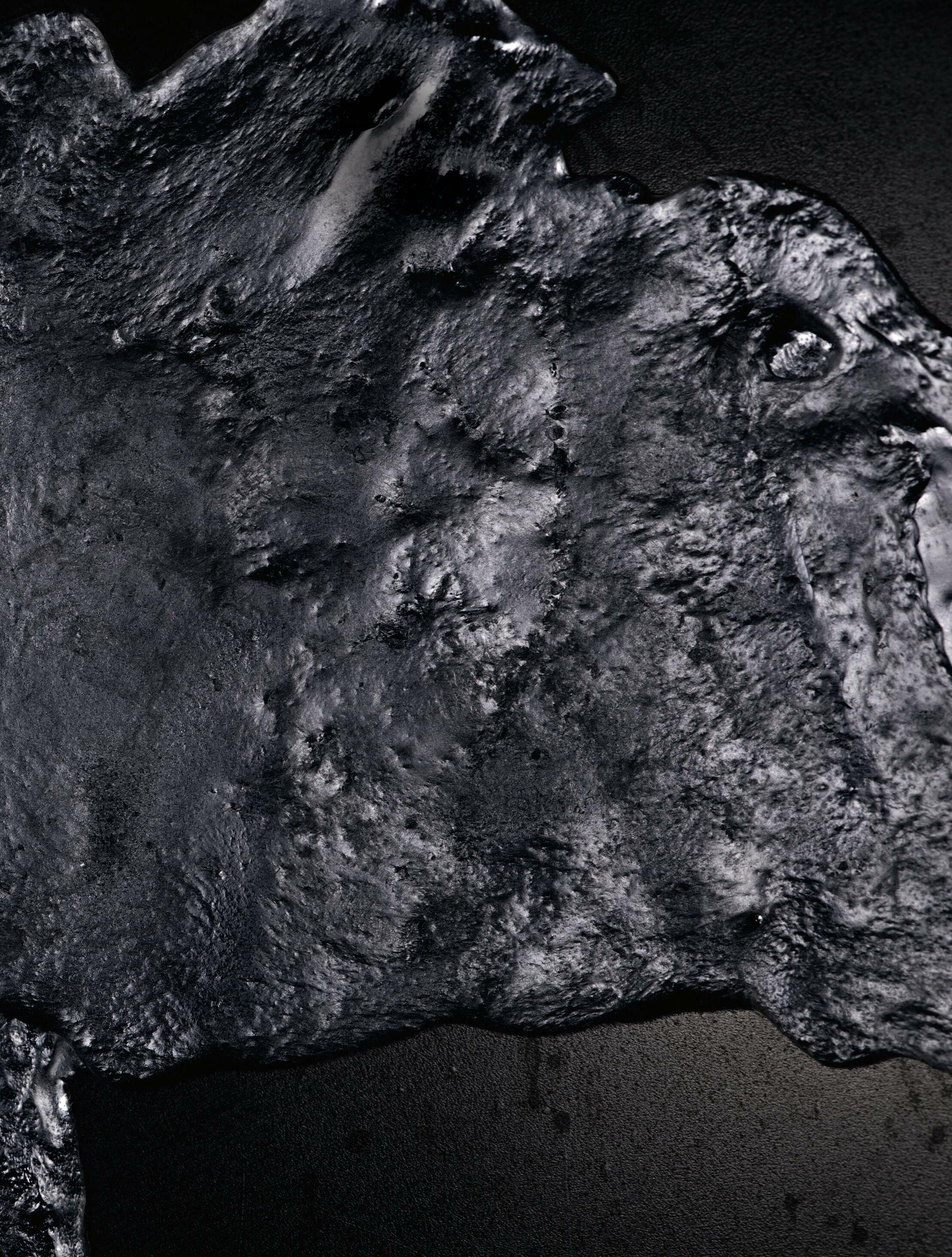
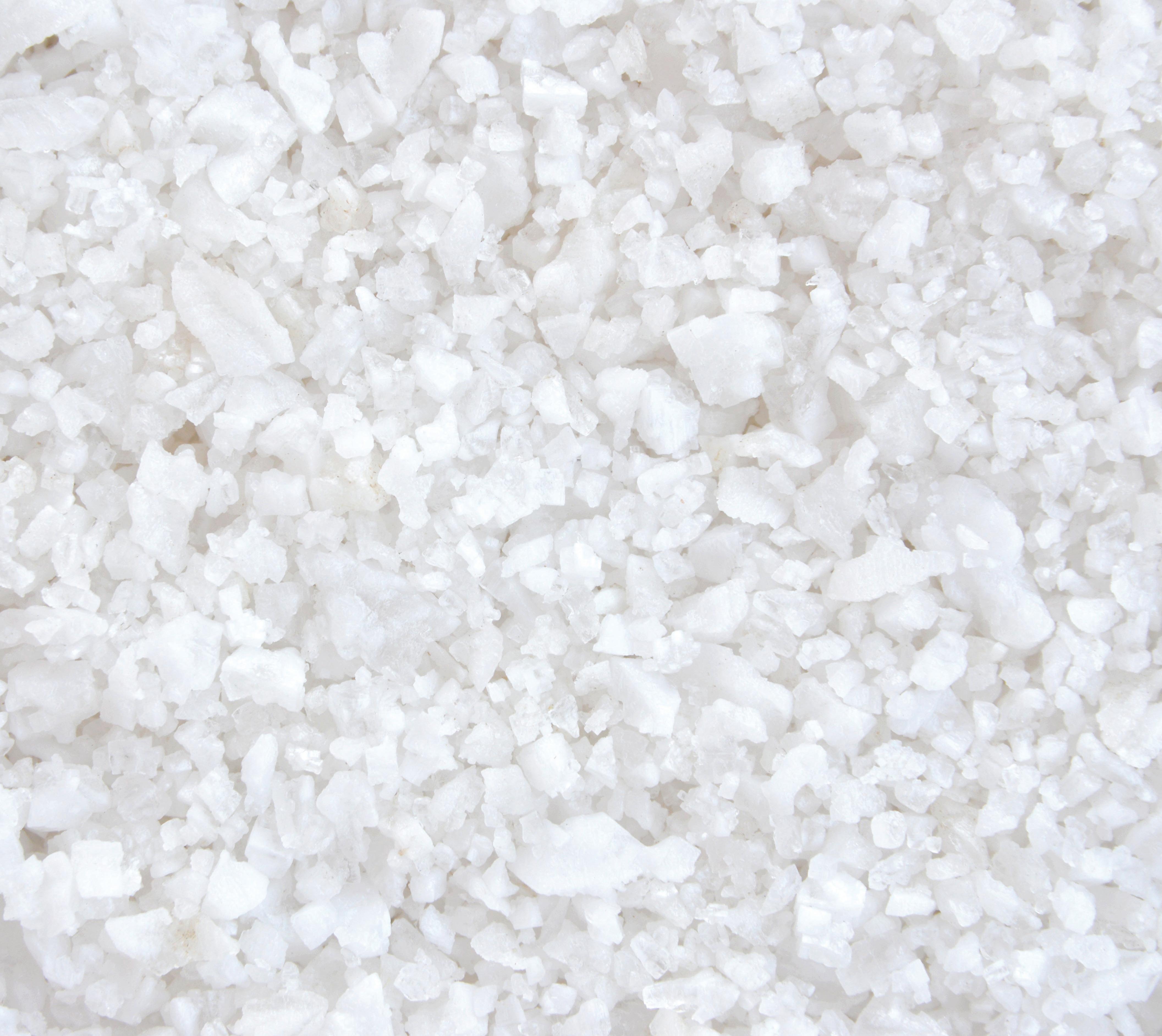
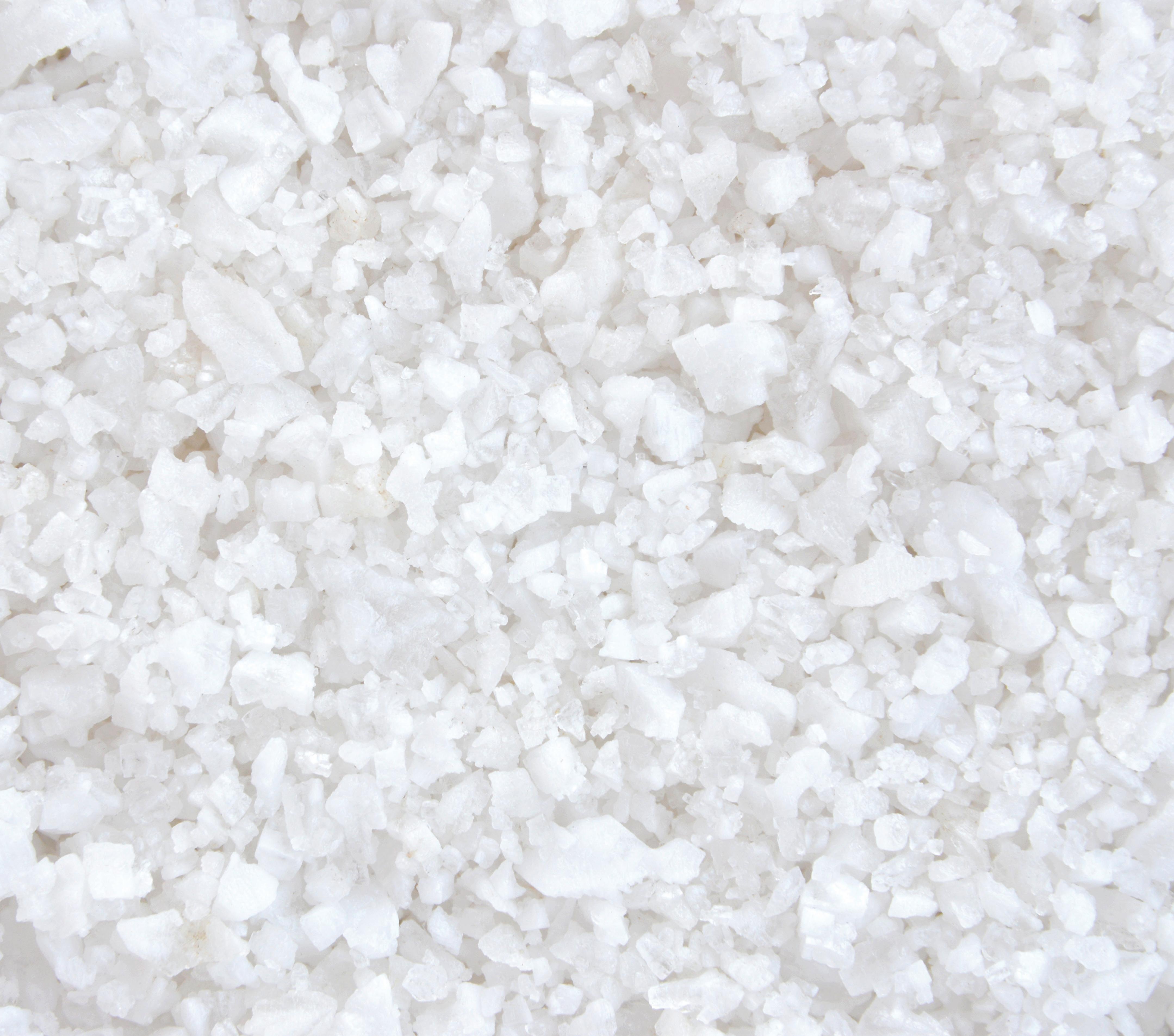

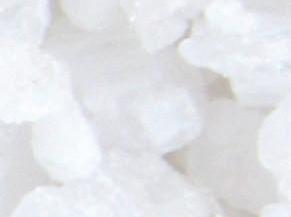
first to be manufactured at industrial scale outside of a laboratory without creating any direct carbon emissions during the smelting process.”
Lisa Jackson, Vice President of Environment, Policy, and Social Initiatives at Apple, stated that “Apple is committed to leaving the planet better than we found it, and our Green Bonds are a key tool to drive our environmental efforts forward. Our investments are advancing the breakthrough technologies needed to reduce the carbon footprint of the materials we use, even as we move to using only recyclable and renewable materials across our products to conserve the Earth’s finite resources.”
The news statement from Apple noted that “ELYSIS™, the company behind the world’s first direct carbon-free aluminium smelting process, [was utilizing]… breakthrough technology [that] produces oxygen instead of greenhouse gases, and the achievement marks a major milestone in the production of aluminium, one of the world’s most widely used metals.”
The aluminium that Apple will be using was produced by ELYSIS™ using hydropower at its Industrial Research and Development Centre in Québec.
“Apple helped spur this revolutionary advancement in aluminium production through an investment partnership with Alcoa, Rio Tinto, and the Governments of Canada and Québec that began in 2018,” according to the news statement. “The following year, Apple purchased the first-ever commercial batch of aluminium resulting from the joint venture, using it in the production of the 16-inch MacBook Pro.”
ELYSIS™ sees great potential for this partnership.
“This is the first time aluminium has been produced at this commercial purity, without any greenhouse gas emission and at industrial scale,” stated Vincent Christ, Chief Executive Officer of ELYSIS™. “The sale to Apple confirms the market’s interest in aluminium produced using our breakthrough ELYSIS™ carbon-free smelting technology…[The] announcement proves that ELYSIS™, a joint venture between Alcoa and Rio Tinto, was able to turn an idea into reality. We are excited to be working alongside Apple on this advancement, which has the potential to make lasting changes in how aluminium is produced.”
Labatt Breweries
Beverage companies are among the largest users of products manufactured with aluminium produced in Canada.
On 29 June 2022, Rio Tinto announced a partnership with Corona Canada was now launching “…Canada’s first
specially-marked, low carbon beverage can, manufactured by Ball Corporation. The cans, now available through a pilot in Ontario, were made using aluminium from Rio Tinto and leveraging ELYSIS™ technology. As part of this limited release, 1.2 million cans were produced with a QR code to inspire consumers to learn more about the cans’ low carbon footprint.”
“This pilot is a step towards putting a fully traceable beverage can in the hands of consumers,” according to the news statement from Rio Tinto and Labatt Breweries of Canada. This beverage company produces Corona Canada and is part of Anheuser-Busch InBev (AB InBev). “In the future, Rio Tinto will leverage insights from its START [Responsible Aluminium] initiative to allow consumers to use QR codes to see exactly how their products were made from mine to market – including sustainability data.”
The news statement, quoting a statistic from a report issued by The Aluminum Association from November of 2021, indicated that “currently, around 70 percent of the aluminium used in cans produced in North America is made
with recycled aluminium. Pairing this recycled metal with Rio Tinto’s lowcarbon aluminium – made with renewable hydropower – and metal produced using the direct greenhouse gas emissions-free ELYSIS™ smelting technology reduces carbon emissions by more than 30 percent (compared to current Corona Extra cans using traditional manufacturing techniques in North America).”
Corona Canada’s Marketing Vice President Andrew Oosterhuis said “As a brand, Corona believes we have a responsibility to be an ally to our environment, recognising that change needs to start within our own production lines as a tangible way we can help protect paradise and reach our ambitious sustainability goals. By continuing to introduce market-leading technologies in the beverage space, we’re leading by example for other companies and their suppliers to innovate and drive meaningful change for our environment.”
Tolga Egrilmezer, Group Head of Sales and Marketing at Rio Tinto, stated that “Leveraging insights from START, we look forward to putting more information into the hands of consumers, so they can see how we are partnering with leading brands like Corona to help deliver more sustainable supply chains and products. These specially-marked, lowcarbon beverage cans will showcase the responsibly-produced aluminium Rio Tinto delivers, bringing together renewable hydropower and the innovation of zero carbon ELYSIS™ smelting technology.”
FLO
The transition from vehicles using combustion engines to ones that operate using batteries powered by electricity provides opportunities for aluminium beyond just the vehicles themselves.
“FLO is a leading North American electric vehicle (EV) charging network operator and a smart charging solutions provider,” stated Jeff Dion, Senior Director of Hardware and IoT Product Management at FLO. “Our goal is to fight climate change by accelerating EV adoption. We do this through a vertically integrated business model and delivering EV drivers the most dependable charging experience from kerbside to countryside.”
“The Corona Canada specially-marked, low carbon bever age cans are being piloted in Ontario,” according to Labatt Breweries of Canada. The can uses aluminium produced by Rio Tinto.

(Photograph was provided courtesy of Labatt Breweries of Canada.)
“Aluminium is a major component in FLO’s EV chargers and accessories,” Mr. Dion continued. “Each FLO charger incorporates an aluminium enclosure, which ensures durability, robustness, and exceptional quality. It also allows for a clear recyclability path when a charger reaches the end of its lifecycle.”
Mr. Dion indicated that FLO sources from local metal fabrication and casting foundries suppliers for all casing
components.
“Each month, we enable more than 900,000 charging events thanks to over 70,000 fast and level 2 EV charging stations deployed at public, private, and residential locations,” he said. “FLO operates across North America and our high-quality charging stations are assembled with care in Michigan and Québec.”
It is expected that FLO will continue to utilise aluminium as it expands operations.
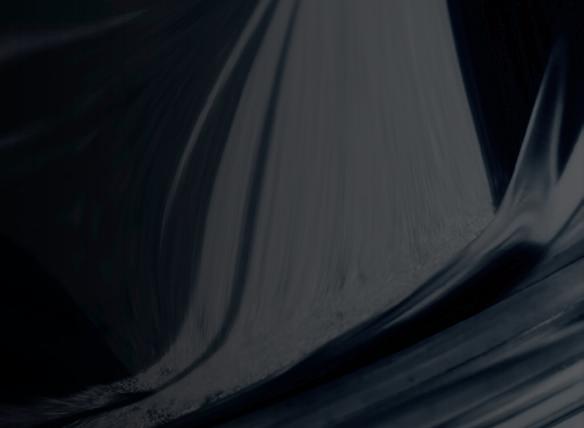
“FLO currently uses aluminium extensively in the production of our chargers and this will continue moving forward,” Mr. Dion stated. “We believe aluminium’s recyclability, durability, and robustness align with our core product values at FLO. Our next generations of FLO products will continue to respect these values and will use aluminium in product designs.”
The Alouette University Building
The Aluminium Association of Canada cited The Alouette University Building as an example of how environmentallyfriendly technology has been utilised in recent years. The Association noted that Aluminerie Alouette “…successfully integrated a…university pavilion at the
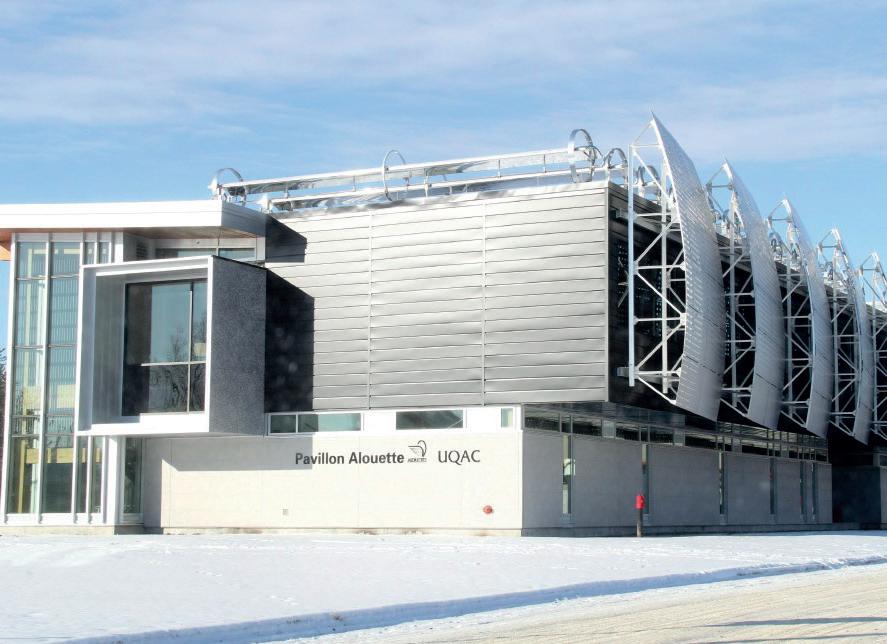

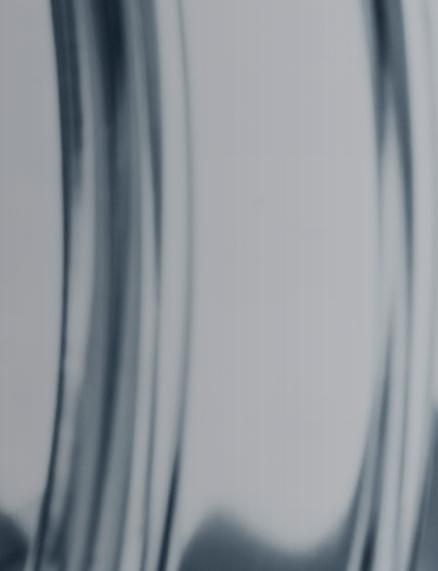

Future Growth


A number of leaders in the aluminium industry – leaders within business, labour, government, and trade organisations –have indicated that they see continued growth for this sector in Canada.
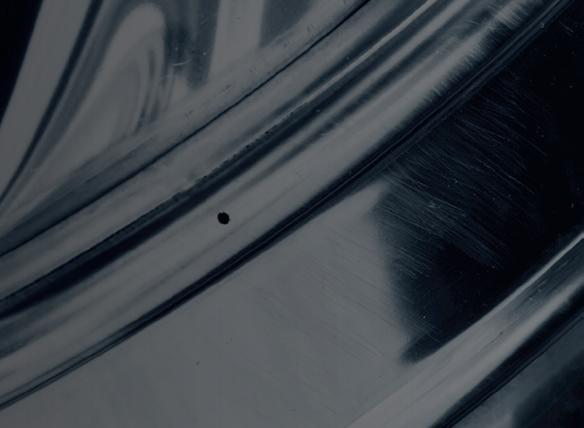
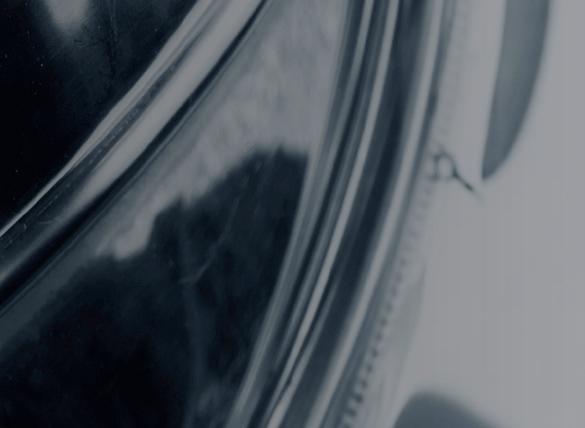
Investissement Québec, whilst referring to the aluminium industry, stated that “Its future is bright.”
Unifor, one of the two major trade unions representing workers in the aluminium industry in Canada, sees great potential for growth of the aluminium industry in the nation. The second major union representing Canadian aluminium workers is the United Steelworkers Union – the USW.

In particular, Unifor stated that there will be continued growth in demand for aluminium by the automotive and aerospace industries. The union, though, noted that challenges remain for Canadian aluminium to be the aluminium of choice in the global economy.
“Investments will also be needed to ensure that Canadian aluminium production – which has the lowest
carbon footprint in the world – can take advantage of rising demand for aluminium in automotive and aerospace applications, particularly in the face of fierce competition from low-cost producers in China, India, and Russia. The potential for trade tensions with the US may also hinder industry development, with the aluminium and steel tariffs spat during 2018-19 leading to significant revenue volatility.” �
Cégep de Sept-Îles higher education complex in the Côte-Nord region.”

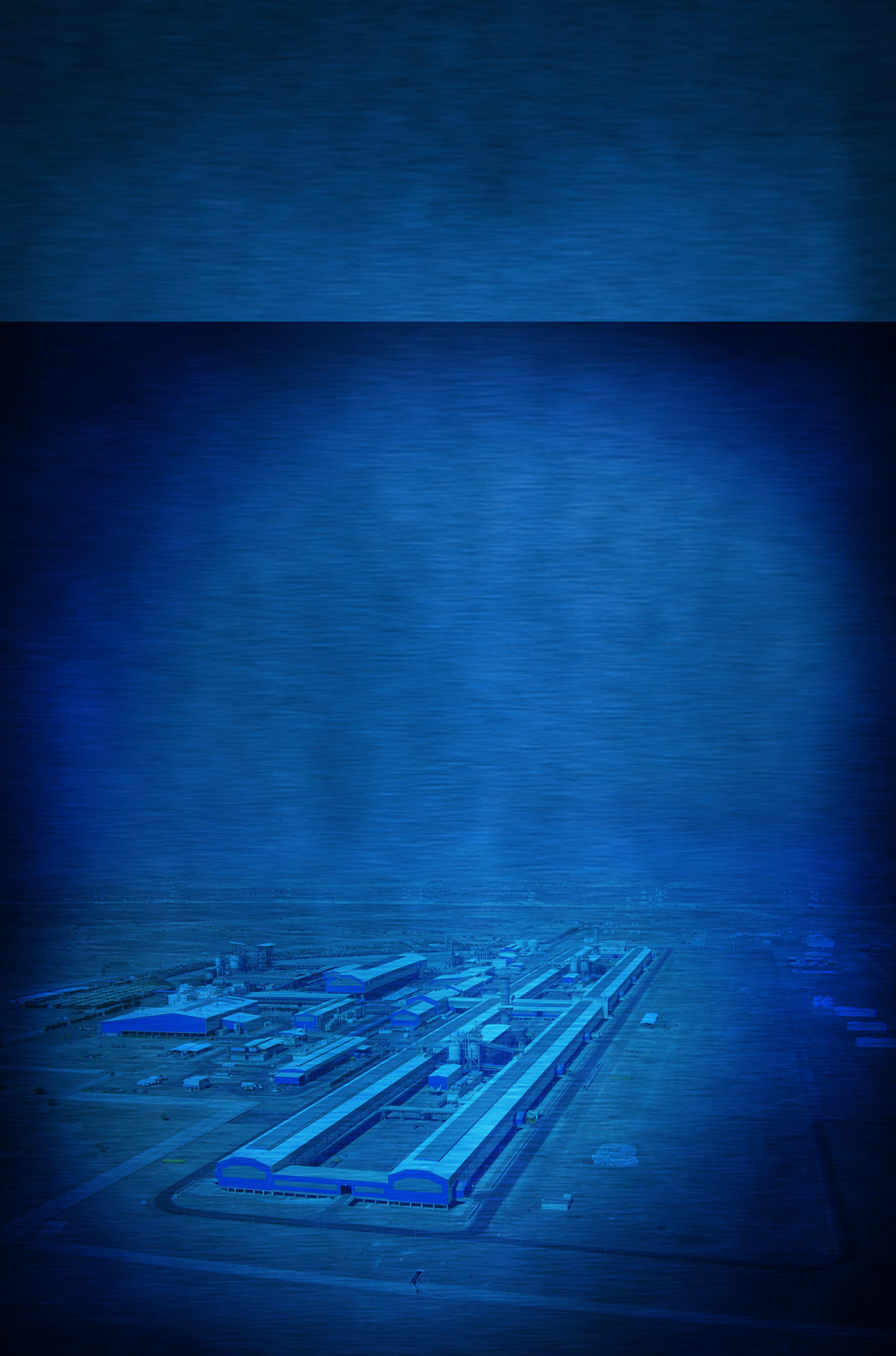
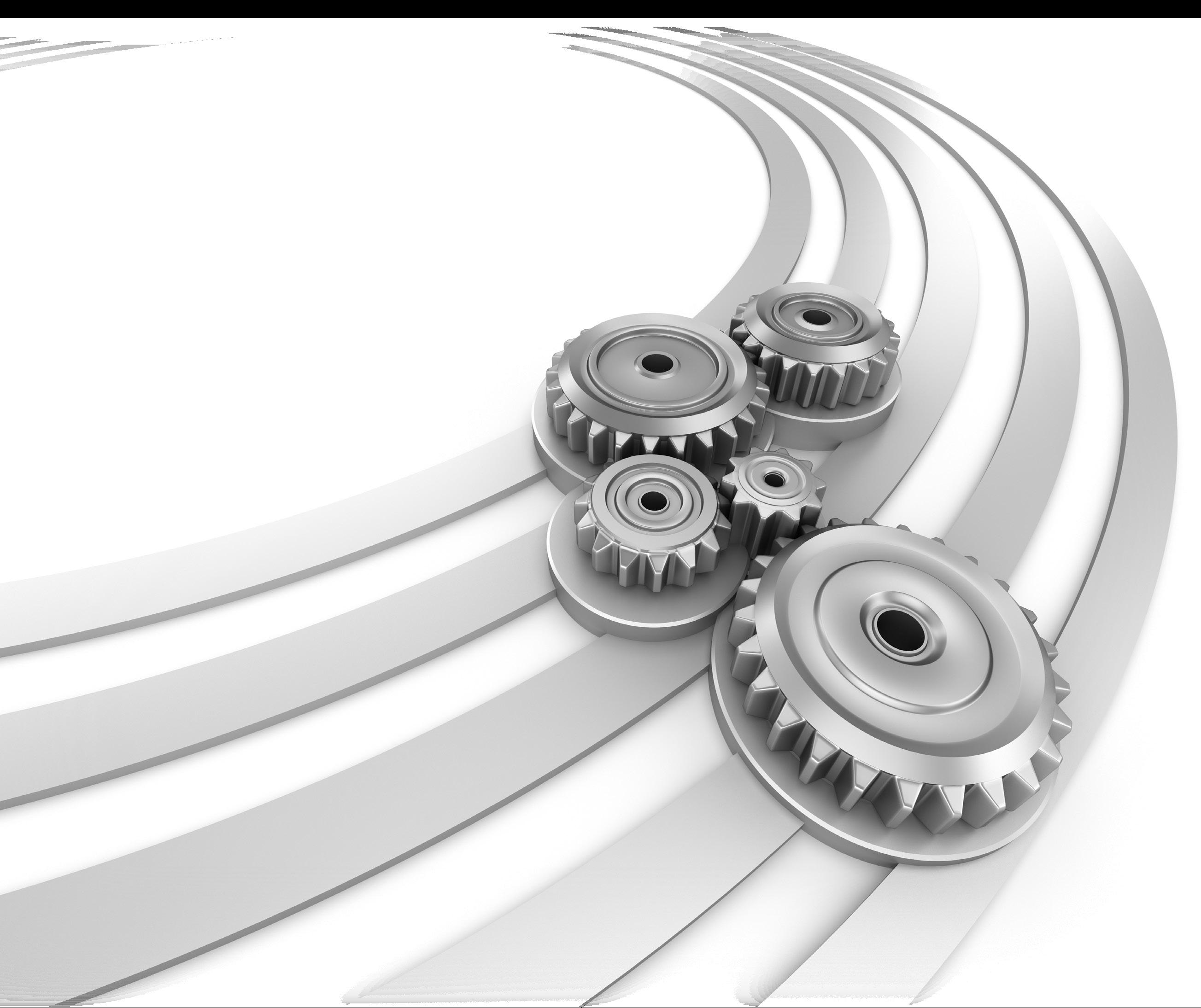
Safer refractory installation
Specialised equipment to optimise the maintenance process
By Heather Harding*With advancements in kiln technology, size and applications, factories and facilities around the world are replacing outdated refractory installation techniques with more sustainable methods that use specialised equipment rather than backbreaking manual labor. Throughout the process, these machines and tools help bring about safer and more productive maintenance. However, not all refractory maintenance equipment comes with industry-leading safety benefits. Consider these options to optimise safety during inspection and installation.
Safety Cages and Personnel Tunnels
Starting with initial inspection, safety cages and personnel tunnels protect workers from falling debris. Not all regions allow workers to enter kilns before coating and clinker is removed, but in areas where this practice is used, facilities that employ cages and tunnels have been able to reduce injuries.
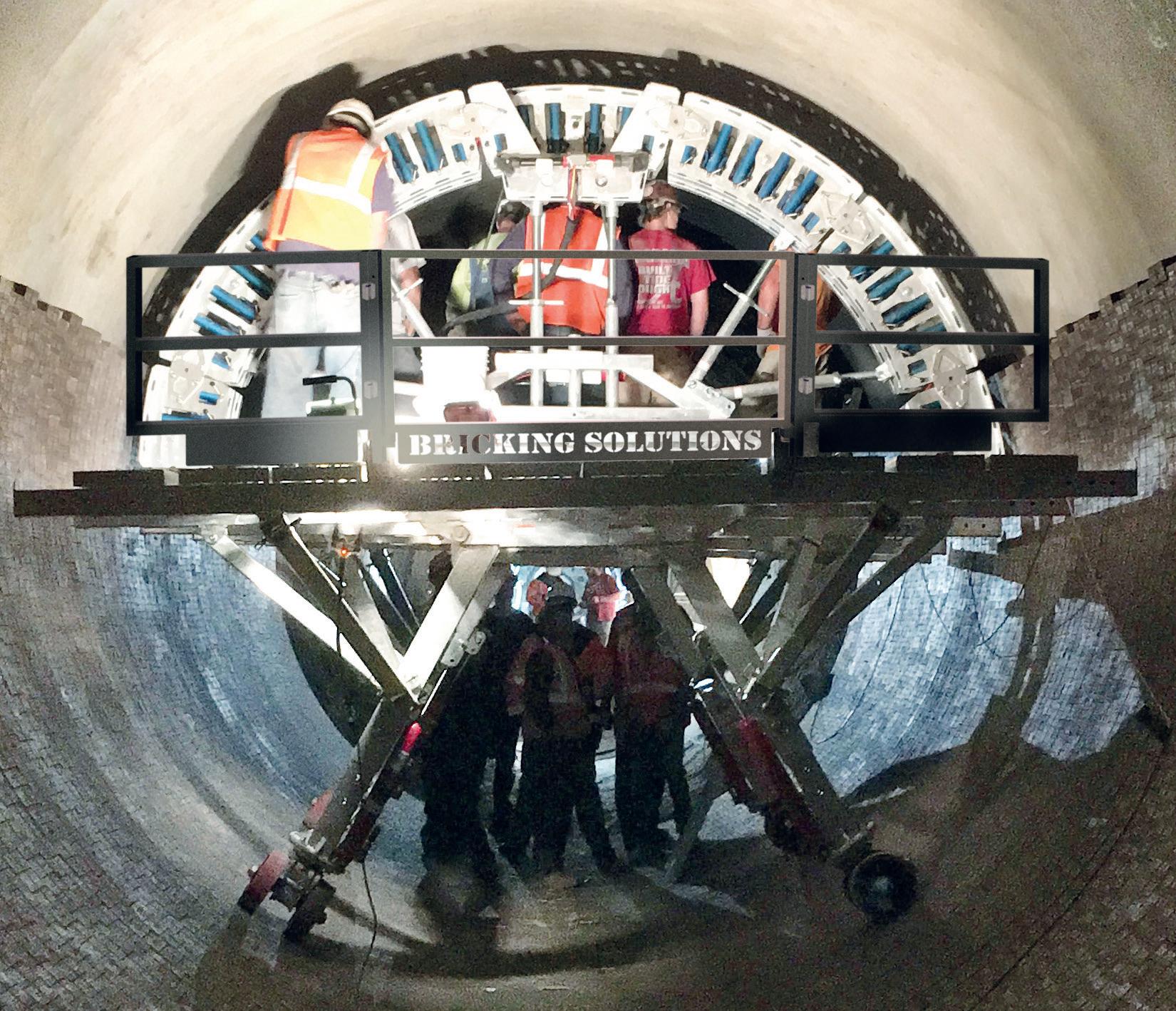
Like many pieces of refractory inspection equipment, cages and tunnels appear deceptively simple. However, careful material selection and design are key to optimising safety. Models manufactured with T6-6061 aircraft aluminium offer the best strength-to-weight ratio. The material is strong enough to protect workers from debris up to 140 kilograms (250 pounds) falling from a height of up to 2.44 meters (96 inches), but can be as much as 50% lighter than comparable steel models.
Additional safety features are also incorporated in safety cages from industryleading manufacturers for even more protection. Crumple zones, for example, absorb the energy of a collapse, preventing serious injury or death. Stainless-steel netting protects workers from falling debris, as well. To increase peace of mind, look to partner with manufacturers that perform a battery of destructive tests to ensure these features perform as intended
in an emergency situation.
Kiln Access Ramps
Custom-engineered kiln access ramps also provide a significant safety benefit for refractory maintenance applications. While a simple plank bridge might have sufficed in the past, today’s refractory installation relies on heavy equipment, such as skid steers and tear-out machines, to expedite the process. To get people and tools safely across the cooler, metal access ramps have become standard in facilities worldwide.
*Managing Director, Bricking SolutionsKeeping in mind that every burn floor, cooler and kiln is unique, partnering with a manufacturer that provides individualised products will help maximise safety benefits and efficiency for this vital installation component. Again, heavy-duty aluminium equipment provides durable, long-lasting results at half the weight of steel. An access ramp manufactured with this material can support as much as 6,804 kilograms (15,000 pounds) live load. Custom-designed equipment can also incorporate features such as curbs and fall guards, when necessary, to protect
workers as equipment moves across the ramp.
Conveyors
Incline and hydraulic conveyors are tools refractory installers find increase employee safety and efficiency. Parts of the world with access to large labor pools might still find so-called “bucket brigades” a viable option for transferring refractory materials up kiln. However, this method results in excess brick handling, which could damage refractory – not to mention a number of unnecessary sprains, strains
and repetitive motion injuries. So, with safer options readily available, progressive facilities and contractors are embracing a more automated approach.
Using a conveyor, workers can easily move materials twice as fast as manual methods with significantly less physical strain. Additionally, refractory equipment specialists provide lightweight, modular equipment that is easily adapted to fit a specific kiln, including kiln diameter, burn floor length and terrain adjustments. With sections weighing just 16-19 kilograms (35-42 pounds), transportation and installation is easy for a small crew.
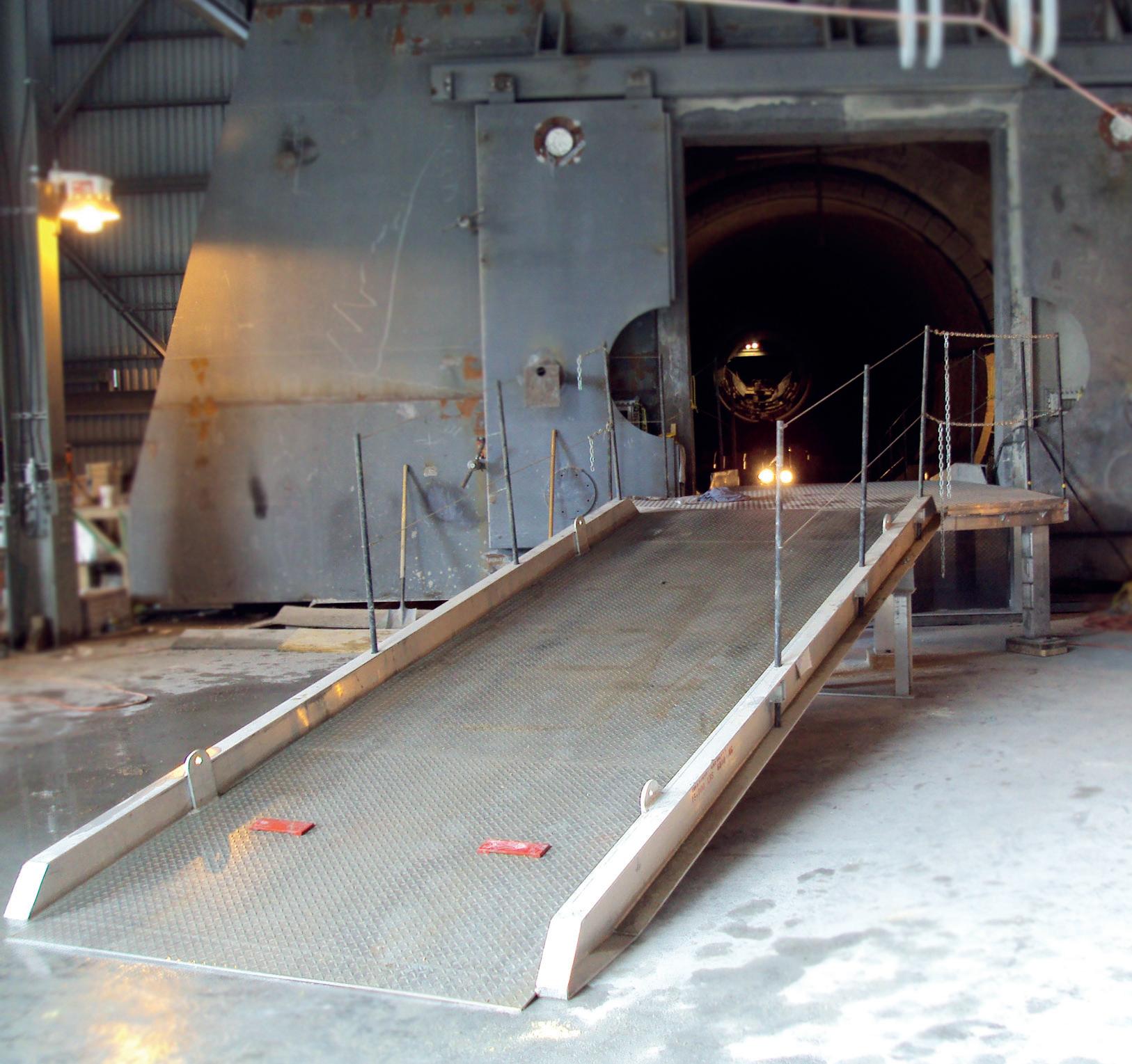
Bricking Machines

While support equipment has played a major role in increasing refractory installation safety, perhaps the most significant gains have been made in the bricking process itself. The widespread adoption of bricking machines in recent decades has revolutionised the speed and overall safety of installation applications.
Features and safety benefits vary among bricking machine models, but their overall contributions to installation efficiency are undeniable. Decades-old, first-generation machines can still reduce physical strain and safety risks compared to outdated installation methods – as long as they are well maintained. Newer models provide
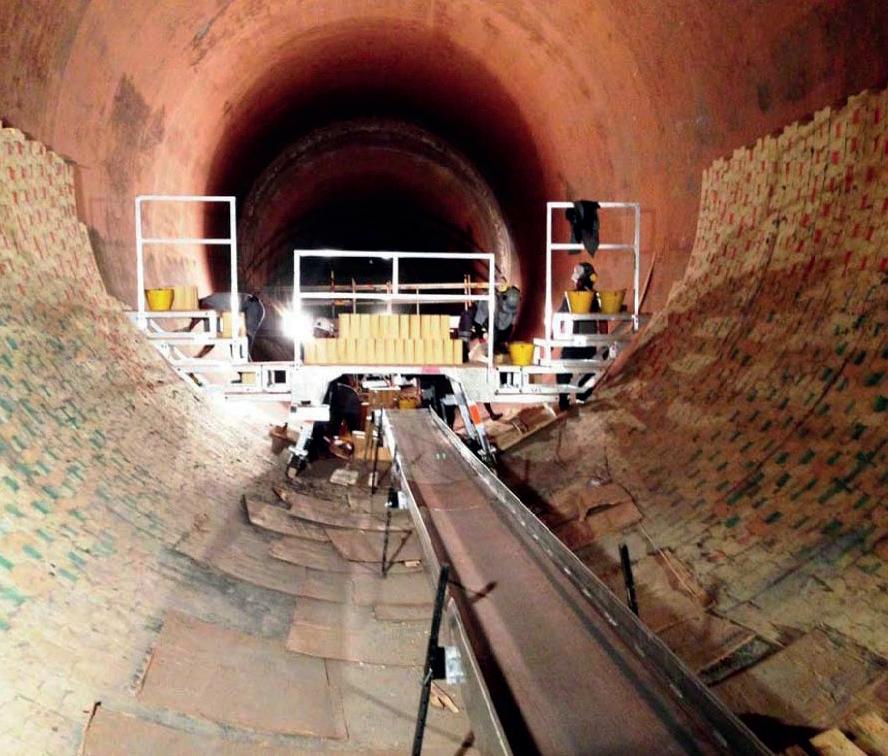
the most innovative and cutting-edge technology such as adjustable dual-arch systems with pneumatic cylinders to push bricks into place, greatly reducing the risk of injuries from unsupported overhead bricks. Machines featuring ergonomic design elements further increase worker comfort and safety. For example, models from innovative manufacturers offer a cut-away section for unobstructed keying access to increase ease and visibility for closing out a ring. Additional safety features are also available from specialised manufacturers including non-slip decks, dual braking systems and fall guards.
An experienced crew using a bricking machine can install 1 meter (3.3 feet) of brick per hour, compared to roughly .6 meters (2 feet) with other techniques. The end result is better refractory installation which increases longevity and decreases downtime and repairs. The widespread use of bricking machines has also contributed to a significant decrease in refractory installation-related injuries and fatalities.
And Many More
From tear out to clean up, original equipment manufacturers offer a full range of support equipment to make refractory installation faster, safer and more efficient. Facilities that take advantage of these specialised tools can see significant savings through streamlined maintenance, minimised downtime and reduced jobsite injuries. �
Contact www.brickingsolutions.com
Building on its know-how, Aluminerie Alouette continuously innovates to produce the greenest aluminum possible. alouette.com
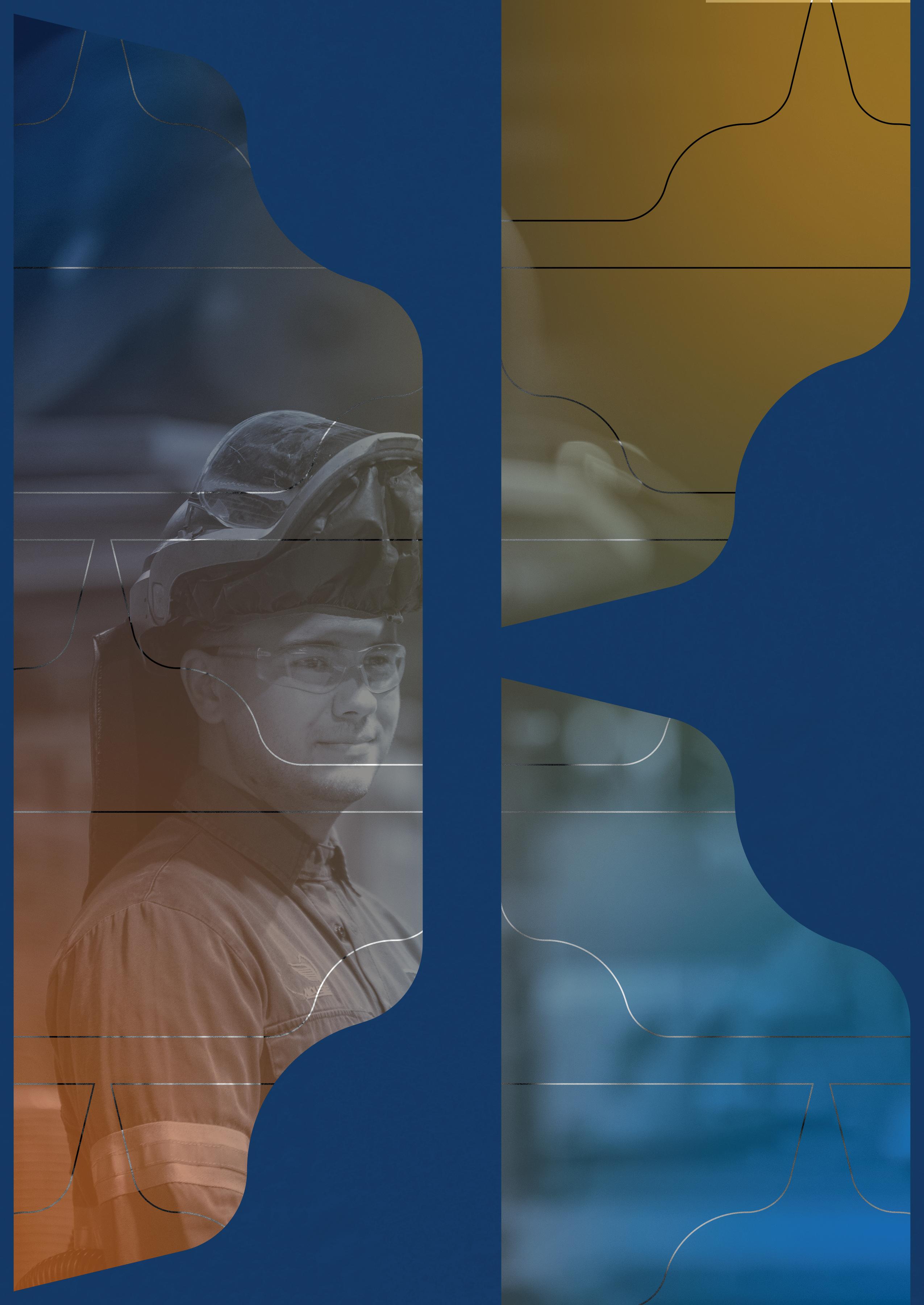
Zero Outsourced Engineering and Service
From concept to completion, all mechanical and controls engineering is completed in-house. Our trained service engineers and technicians use the most advanced tools to keep your equipment performing at peak efficiencies.
100% USA Engineered & Manufactured
All Granco Clark equipment comes from our 92,000 square foot modern Michigan facility providing the industry’s most innovative custom equipment built with the exceptional quality you come to expect from Granco Clark. Our repeat customers attest to that.
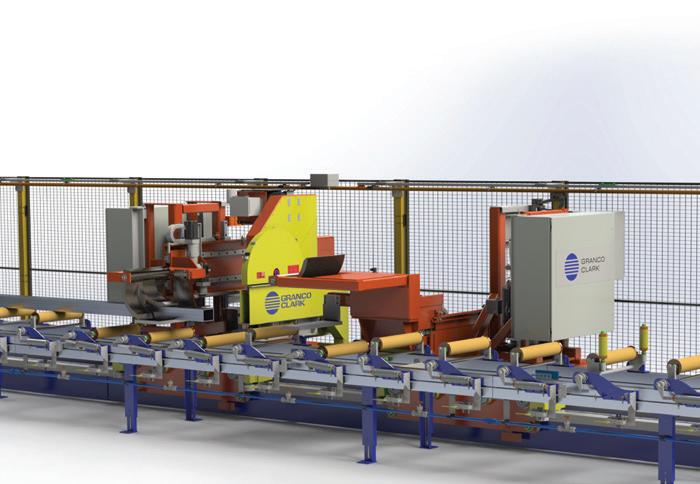
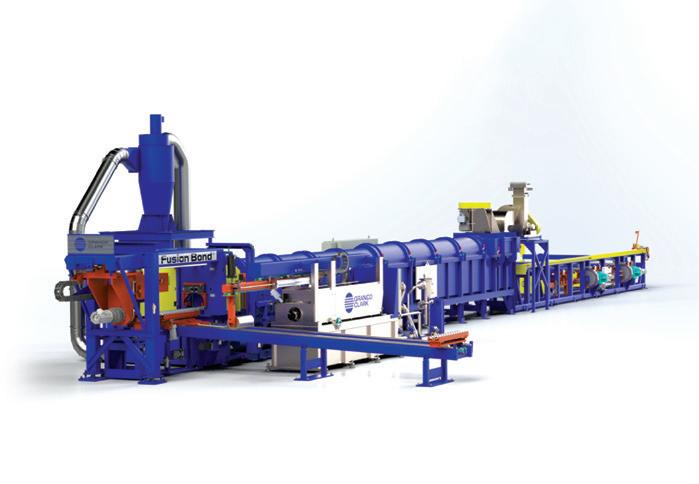
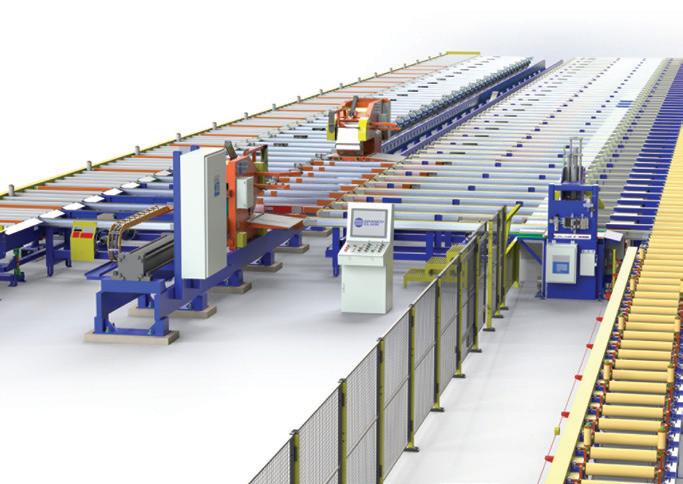
All-inclusive Turn-key System Supplier.
Granco Clark is your all-inclusive turn-key system supplier. Expect superior performance, industry knowledge, unmatched and proven solutions, onsite commissioning, support, and responsive service technicians.
Our industry knowledge and experience are superior and proven, with our custom-engineered equipment delivering the solutions and performance you expect from Granco Clark.
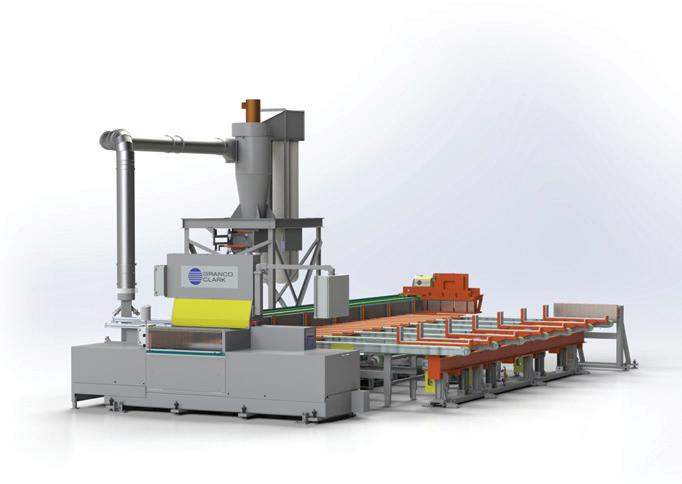

Being a full-service company means we are with you from the initial planning phase of the project through the start of production and beyond. You will have access to unmatched industry service, support and parts. Our global team of trained service technicians are available to keep your production facility always running smoothly and provide on-site service (in most cases, within 24 hours).

New age of continuous type homogenizing furnaces
Sider Alloys Italia is reviving Alcoa’s old smelting facility located in Portoscuso, Italy with a significant investment. The company has invested in a continuous type homogenizing furnace for its plant with Sistem Teknik’s partnership. Since their advantages over batch-type furnaces with cooling cabinets, continuous-type homogenizing lines are now more in demand as the global aluminum industry expands quickly. Cycle time and energy consumption are both reduced by half compared to batch-type homogenizing lines as a result of process optimization.
The continuous homogenizing furnace can provide thermal balance since each billet in a continuous homogenizing line can go through equal heating and cooling processes. The circulation fan creates a horizontal airflow inside the furnace while the billets are being transported to it by a conveyor system, ensuring excellent mechanical properties. The fans’ unique design allows for homogeneous heat distribution within the furnace environment.
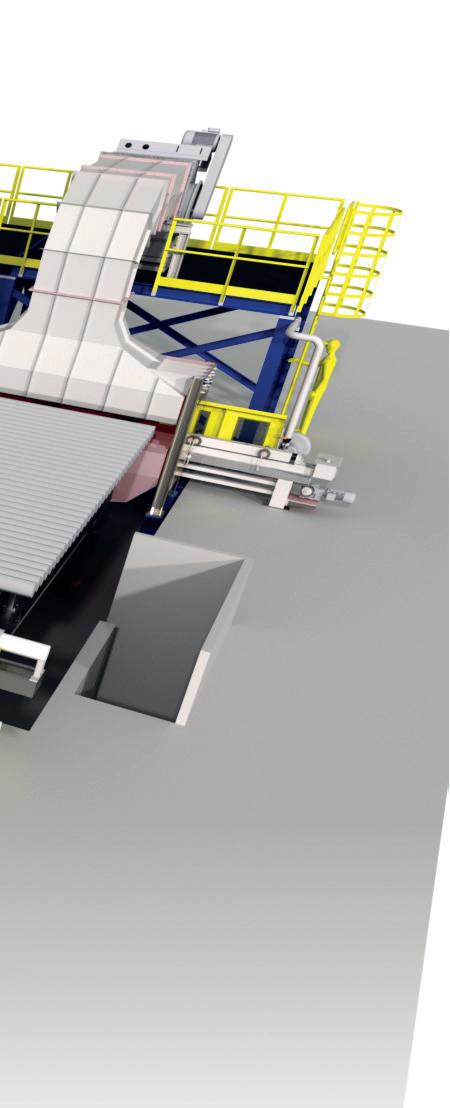
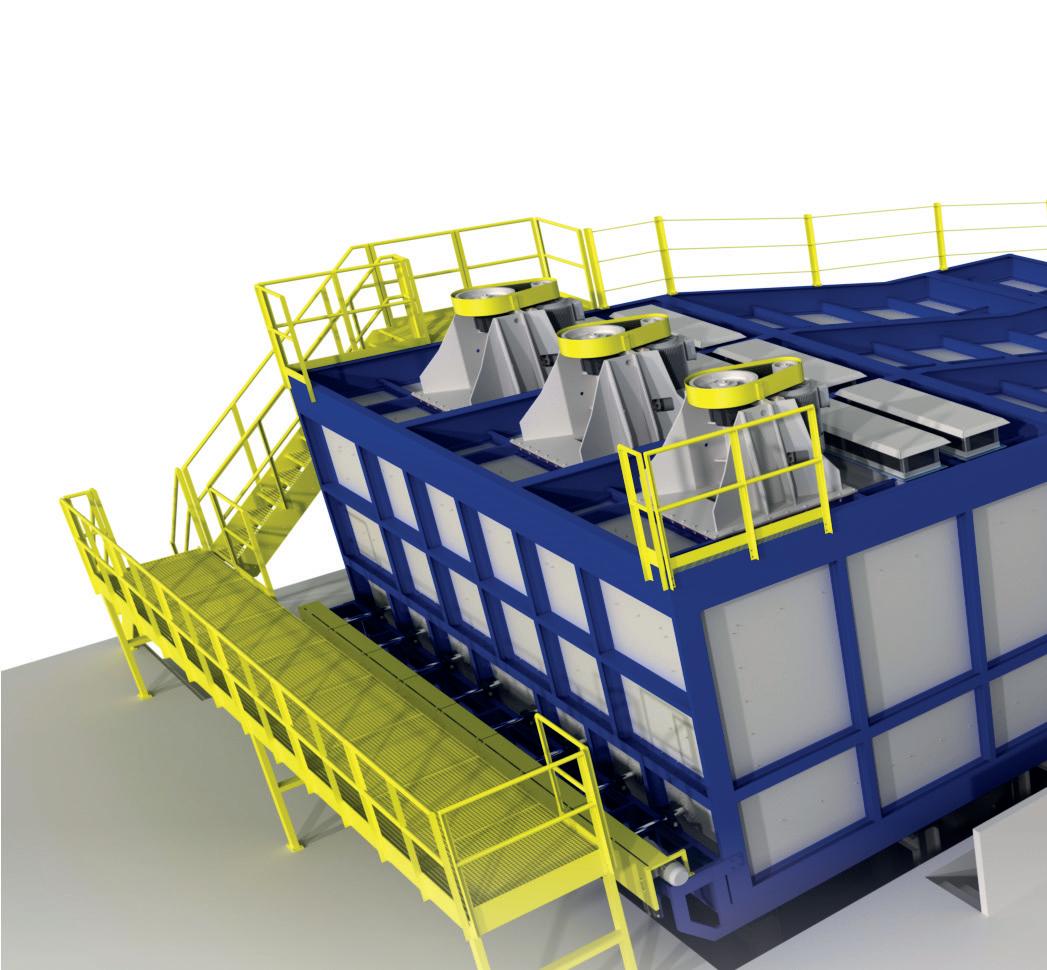
Although Sistem Teknik has built many continuous type homogenizing furnaces before, this furnace stands out as an exciting new journey for the company because of the use of electricity. The homogenizing process becomes environmentally friendlier since the furnace
uses electricity instead of natural gas in the heating stage. Electrical cassette heaters increase temperature homogeneity and allow the billets to move in a single line while holding the temperature with ±3 degrees tolerance. Furthermore, since the heating is provided by an electrical system rather than a burner flame, high accuracy temperature control is provided. With this control system, air temperature is programmed to meet precise and variable needs, process continuity is maintained, and the furnace operates under the desired thermal conditions.
The billets are continuously fed into the furnace one after another. The thermal balance of the billets is ensured by the electrical heater cassettes and fans in the furnace, and the billets achieve the desired microstructure. The billets are then taken out of the furnace using the same method, transferred to the turbo cooling system through the conveyor, and cooled at high speed. As a result, in addition to preserving the desired microstructure, the process time is greatly reduced.
Furthermore, using electric heating cassettes instead of flame burners increase process efficiency by up to 75%.
The absence of chimneys and waste gases reduces the product’s carbon footprint and the environmental impact of the homogenization process. With this
feature, homogenizing technology not only becomes more sustainable for the environment but also for investors. This new furnace design stands as a crucial opportunity for the aluminium industry to reduce its dependence on fossil fuels and as well as its vulnerability in face of global energy crises. With the rise of investments in sustainable generation of electricity, electrical furnaces become increasingly more feasible.
Last but not the least, electrical continuous type homogenizing furnaces save equipment and costs. The absence of burner and therefore chimney systems in this furnace reduces the costs by a high percentage in addition to increasing the safety of the process since unexpected explosions will not occur. The use of less equipment provides ease of maintenance, and the investment costs are reduced.
This project is scheduled to be completed by the end of 2023 with the collaboration of Sider Alloys Italia and Sistem Teknik. The project, which will be very useful for the European Commission’s 2050 targets to achieve zero carbon, will also serve as a model for future projects. Both companies hope to work on new solutions to reduce the aluminium industry’s dependence on natural gas in the long term and continue making aluminum production environmentally friendlier. �
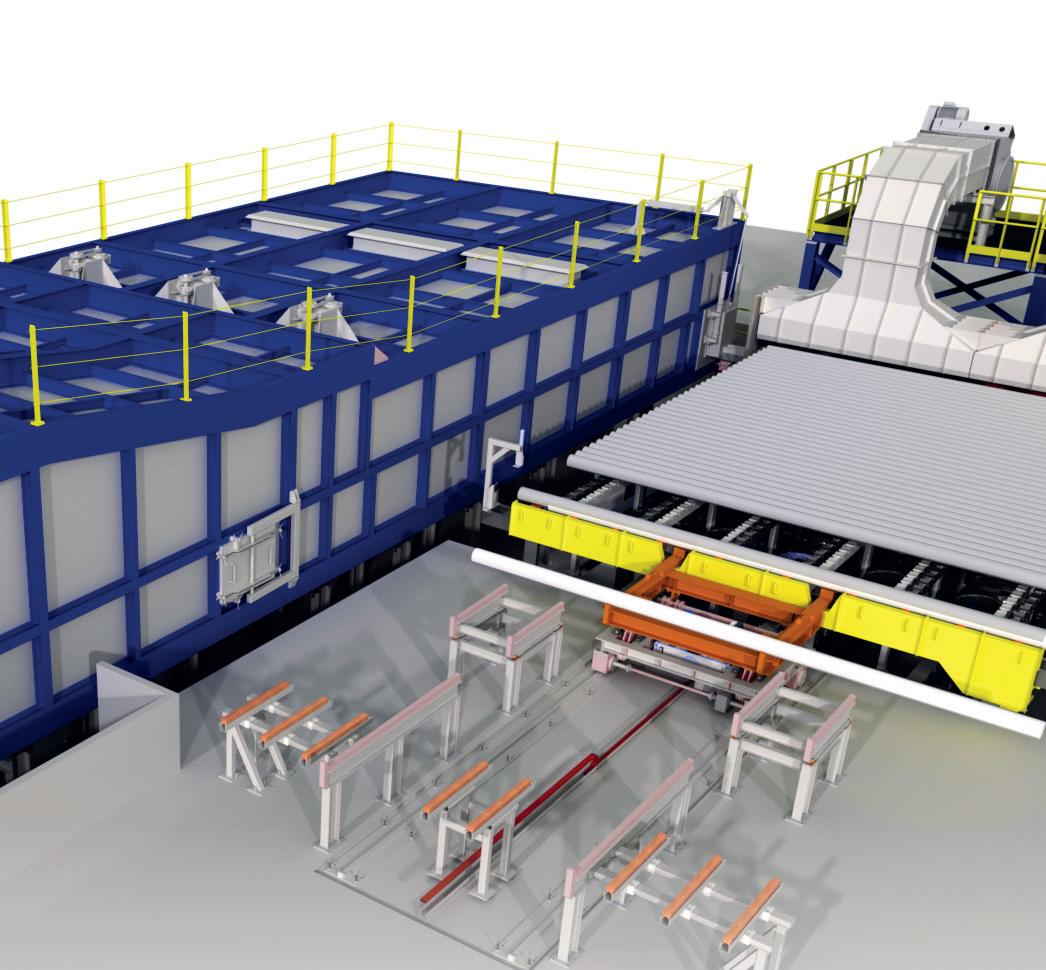
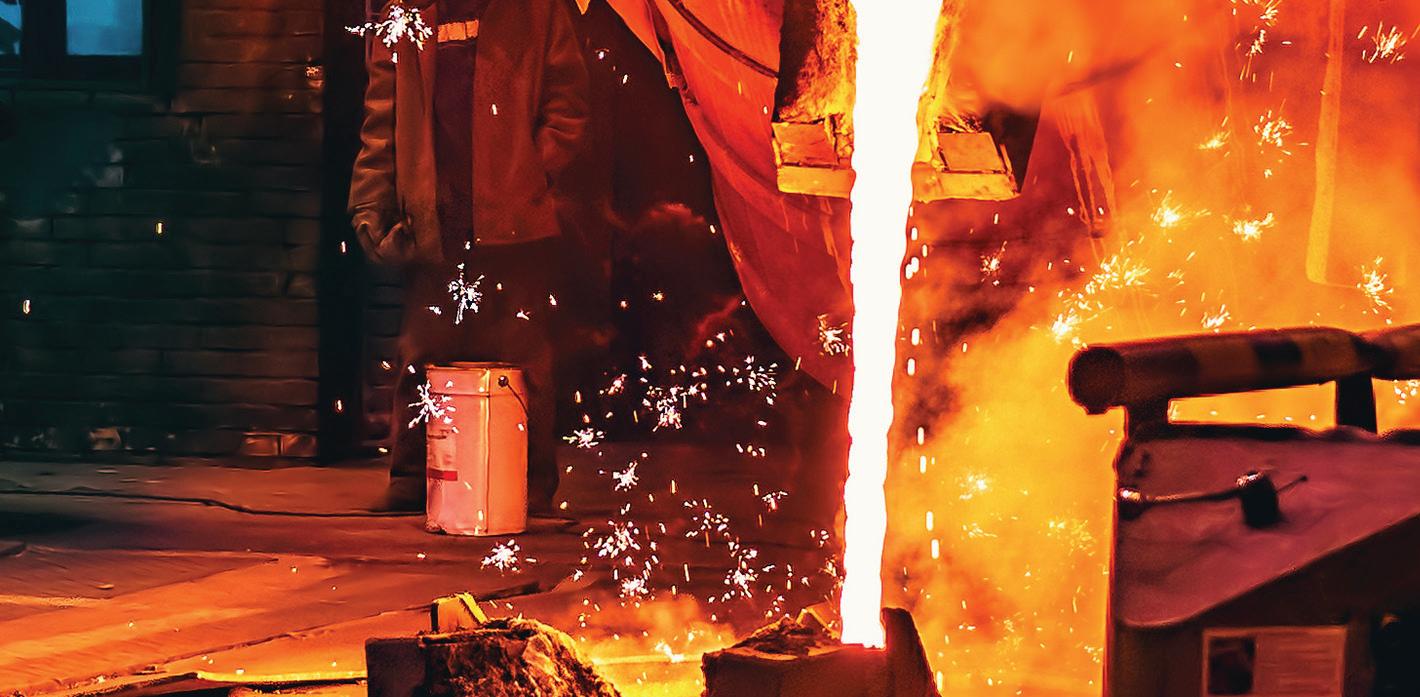
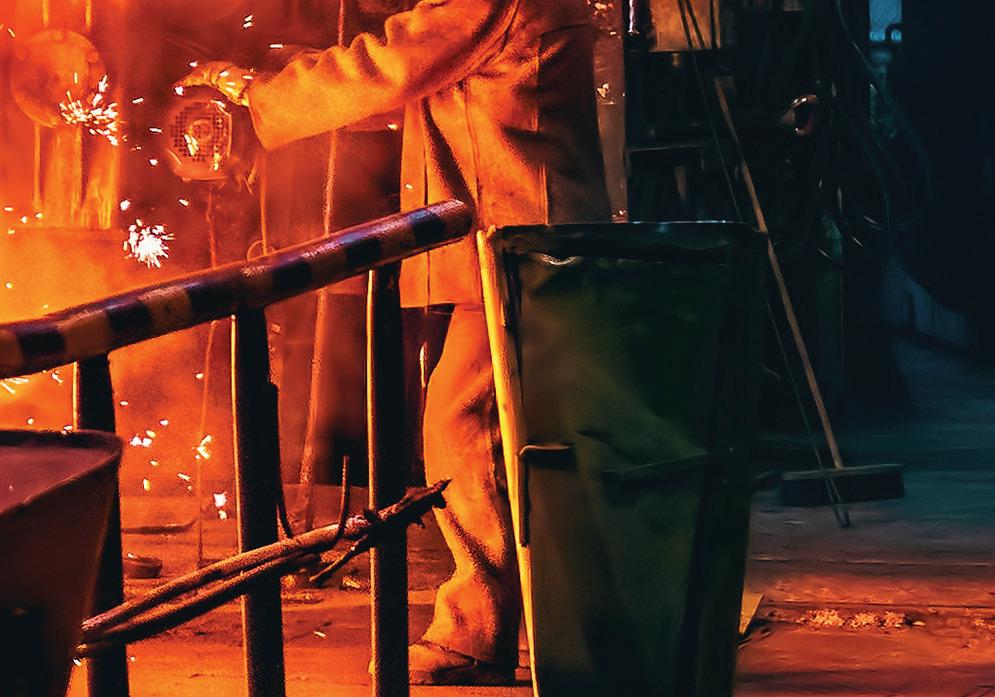
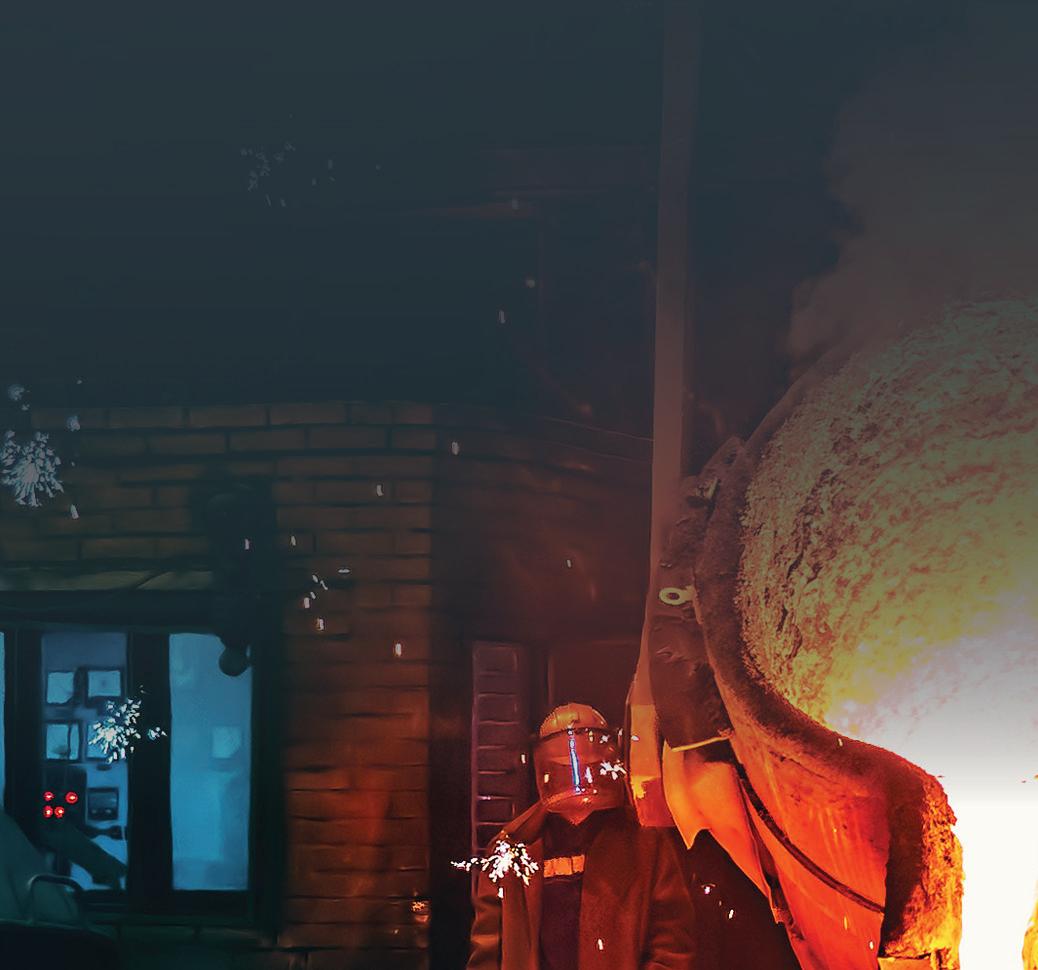


Brazilian update: Hope for growth
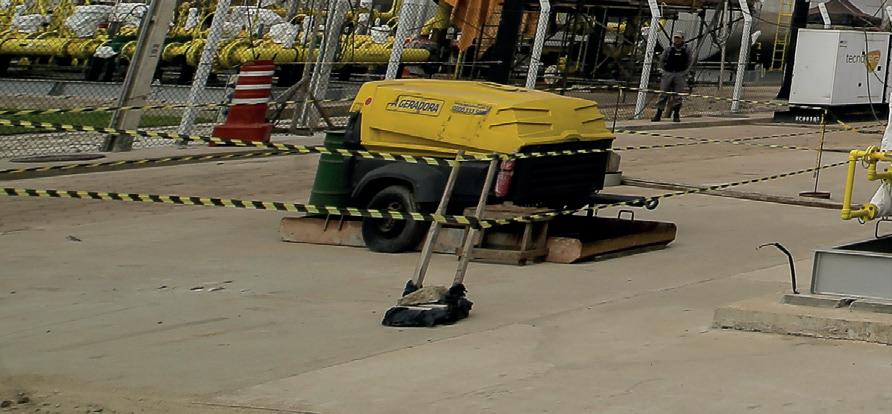
The Brazil aluminium sector is steadily growing this year despite the ever-rising energy prices and overall geopolitical instability, which is coupled with the consequences of the COVID-19 pandemic in the country.
Brazil was heavily hit by the pandemic and the number of deaths in the country exceed 435,000 people. This had a negative effect on the aluminium sector.
According to data from Alliedmarket Research analyst agency, prior to the pandemic, the Brazil aluminium market estimated at about US$2.2 billion. While the pandemic resulted in a significant slowing down of growth rates of the market, analysts expect the industry will grow up to US$4.1 billion by 2028, while its annual growth rates will be in the range of 4-5 percent. The growth of the Brazil aluminium sector is expected to compensate the decline of the EU aluminium sector, where a significant percentage of capacity has been suspended, or completely frozen, this year due to a sharp rise in energy prices.

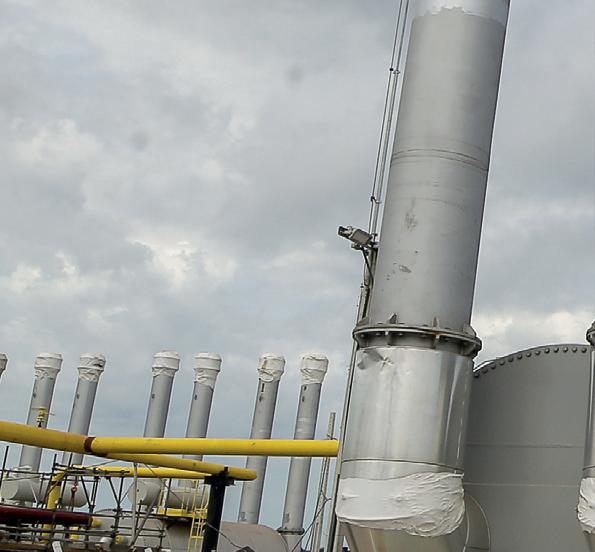


According to data from the Brazil Aluminum Association (ABAL), the annual output of primary aluminium in Brazil is estimated at about 700 kilotonnes. That allows to meet only part of domestic consumption with almost the same volume being imported from abroad.
In the case of exports, according to earlier data, published by the Brazil Ministry of Economy, Brazilian alumina exports grew by 62.24 percent in August. There were higher shipments, in particular from northeastern Maranhão state,
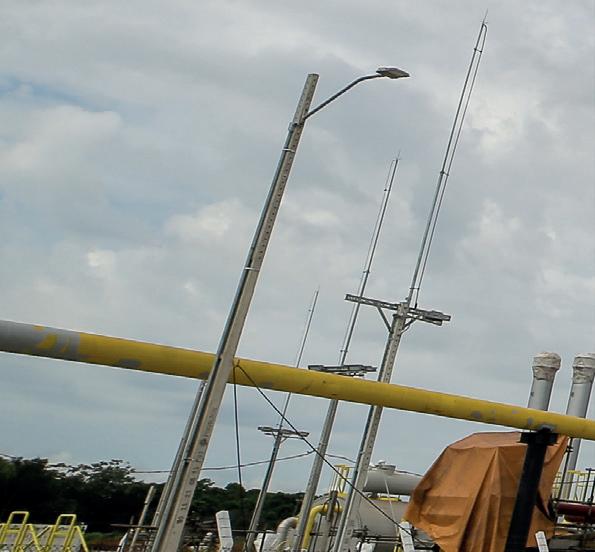
where the Alumar refinery is located. Total alumina exports from Brazil totalled 908,008 tons in August, significantly up from 559,668 tons in the corresponding period of 2021.
At the same time Brazilian exports of bauxite totaled 369,261 tons in August, falling by 16.72 percent from 443,417 tons one year earlier, according to the Ministry’s data.
Restarting smelters
Traditionally, the Brazilian aluminium sector has been within the sphere of interests for global majors, which is mainly due to rich raw materials base of the country and relatively cheap energy sources. That has resulted in the building of large-scale smelters in the country in recent years. : Alcoa announced, in September of 2021, that it would restart 268,000 metric tons of annual smelting capacity, which represents the Company’s share at the Alumar smelter (60%). The Alumar smelter is located in Sao Luis, the capital of Maranhão, located in the country’s Northeast Region. South32 holds the remaining 40 percent. The smelter has three smelting lines with 710 pots with a full annual capacity is of 447,000 metric tons. The investment led to the creation of about 2500 direct and indirect jobs. Alcoa´s investment in the restart is approximately USD 75 million, including approximately $10 million in capital expenses.

According to earlier statements, made by Alcoa’s Chief Operating Officer John Slaven, the restart of Alumar will build “the
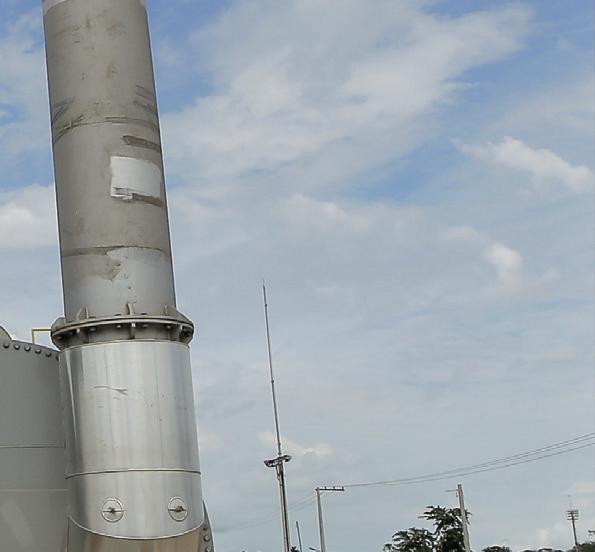
company’s competitive strengths in the global and local marketplace and expand its ability to supply growing demand for sustainably-sourced aluminium.”
Production at Alumar is expected to reach its full capacity of 447,000 mt/year by the end of the year. The smelter was fully curtailed in 2015. As the company has explained, the restart of the plant for the company became possible due to strong conditions in the aluminium market. It is also expected, by 2024, that the plant will be fully powered with renewable energy.
Currently Alumar has a total of three smelting lines with 710 pots. It is jointly owned by Alcoa and Australia-based metals and mining company South32. With the full restart at Alumar, Alcoa will have about 80 percent of its 2.99 million mt/year of global aluminium smelting capacity operating.
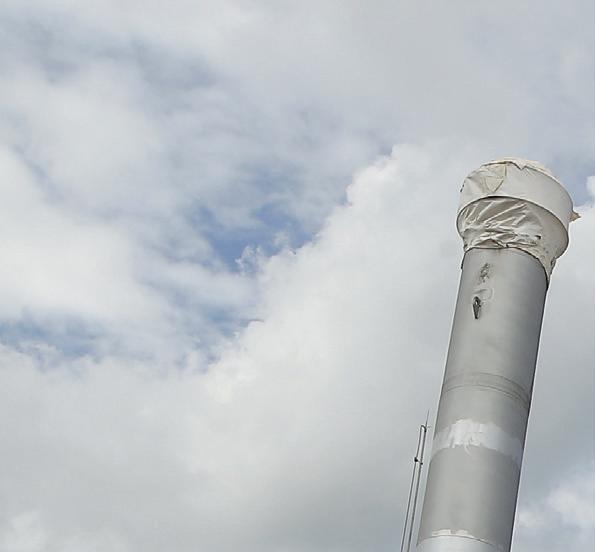
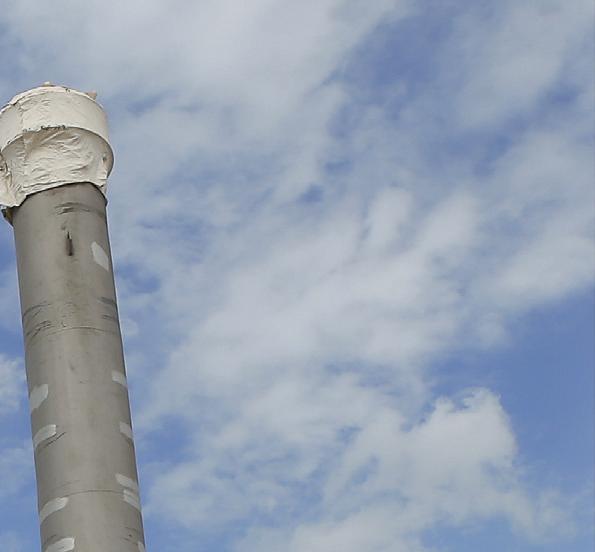
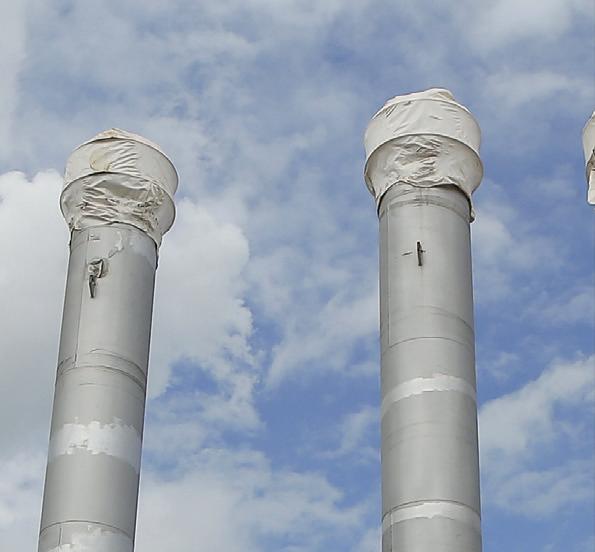
In fact, Alcoa puts big hopes for its development in Brazil. A couple of weeks ago president of Alcoa Brazil, Otavio Carvalheira met with the governor of Maranhão, Carlos Brandão, to discuss a further expansion of the company in Maranhão - one of the centers of aluminium production in Brazil.
Otavio Carvalheira said: “Alumar has been presenting in Maranhão for over 40 years, and we will continue to make this coexistence something harmonious and beneficial for all Maranhão people. Today, we had the opportunity to talk not only about restarting the Smelter but also about other important projects that Alumar has plants to implement within the territory of the region.”
Brazil aluminium sector hopes for growth thanks to cheap energy and raw materials base
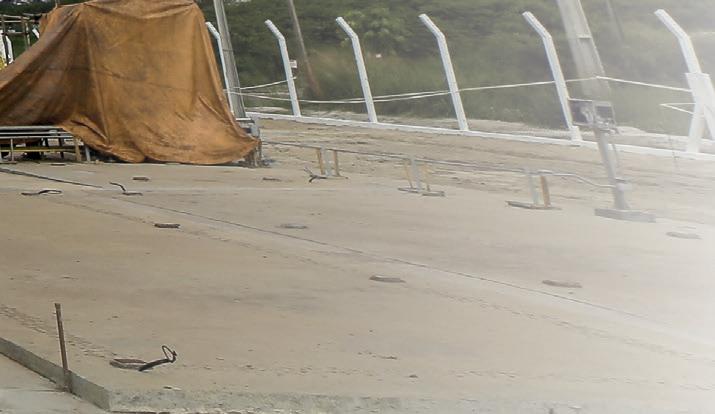 By Eugene Gerden*
By Eugene Gerden*
the Miltonia 5 project will increasingly take on a greater proportion of Hydro’s bauxite production. This project is an important contribution for mining and the development of Paragominas and the region.
Another project is the fuel switch at Alunorte, Hydro’s alumina refinery located in Barcarena, Pará. The project will replace heavy fuel oil with natural gas. This project will reduce the refinery’s annual CO2 emissions by 700,000 tonnes.
A new bauxite residue filtration facility will transform how the refinery manages bauxite residue – a byproduct of the alumina refining process that is primarily made up of red mud and coarse sand. The Poços de Caldas refinery will use a process known as press filtration, which will reduce water usage and require less land to store residue.
With the technology, bauxite residue is forced through very large filters that squeeze out the water before it is stored, reducing the amount of land required to store the material and allowing for the water to be recycled in a closed-loop system. The project is delivers significant economic benefits to the local community, including the creation of around 20 direct jobs and approximately 500 indirect jobs supporting facility construction.
The future
In the meantime, Norsk Hydro –another global major – is also considering expanding its capacities in Brazil. As part of this, the company plans to restart a production line of its Albras smelter.
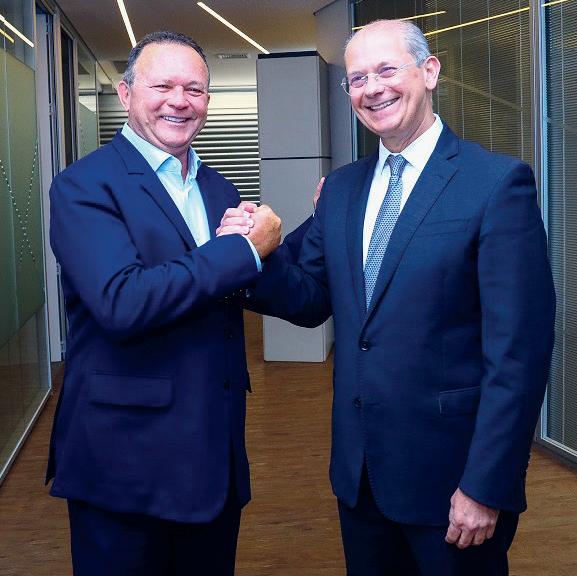
Production at the potline has been down since February due to a power disruption failure. Since then, Albras has only been operating at 75 percent of its 460,000 mt/year aluminium production capacity.
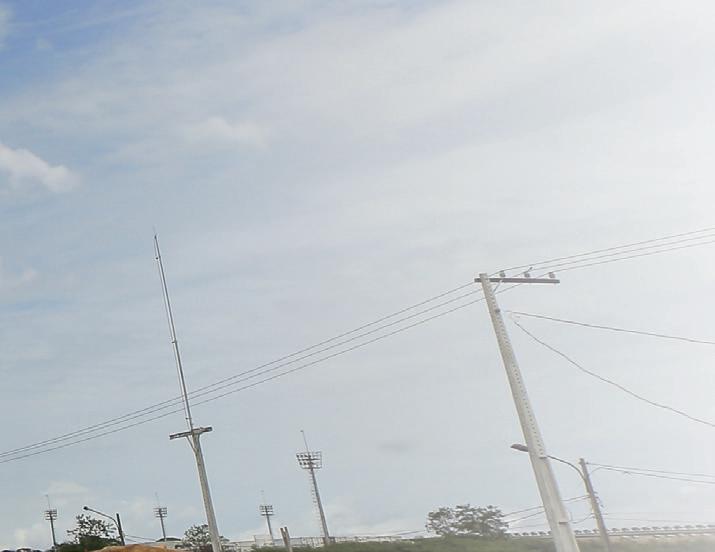
Hydro said the production line is expected to operate at normal capacity by the end of the fourth quarter.
At present, Albras is jointly owned by Hydro and Nippon Amazon Aluminum.
As the company has said, in an exclusive interview with Anders Vindegg, Head of External and Internal communication Group Communication , Communication & Public Affairs,Hydro has several important ongoing projects in Brazil.
An official spokesperson from Hydro outlined that one of them is in its bauxite mine in Paragominas, Pará. The Miltonia 5 project is an investment of approximately BRL 590 million in a new mining front that will begin in 2023. This new mining front consists of the construction of an access road and infrastructure to support the operations. The work is already underway, with completion scheduled for the first quarter of 2023. In the coming years,
Hydro is investing BRL 1.3 billion to carry out the fuel-switch project. Natural gas will come from a liquified natural gas (LNG) regasification terminal, which will be located near the Hydro Alunorte refinery in Barcarena. The use of LNG will not only enable more sustainable operations for Hydro, but also underline Hydro’s commitment to the Government of Pará to support the use of natural gas in the region, including access to other regional consumers.
The company is also investing in the modernisation of its extrusion operations at the Tubarão plant, in Santa Catarina. Since acquiring the unit in 2018, Hydro has invested more than BRL 20 million in structural renovations, purchase of equipment and employee training. The investment plan includes an additional BRL 25 million by 2025. An important part of this project was completed in August of this year, with the first stage of the renovation of the Press P3 building. Hydro is investing BRL 5.5 million in the renovation of this building. The objective in the project is to increase productivity by 20 percent, in addition to modernising the production process and making it even more safe. The renovation of the entire Press P3 building is expected to be completed by the end of 2023.
Waste Management
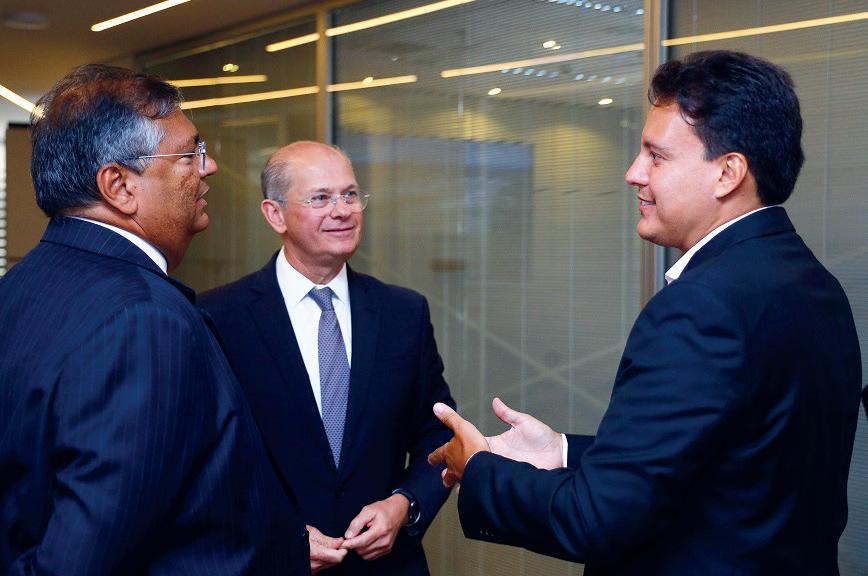

Speaking with an official spokesman from Alcoa, they discussed the major filtration project also underway at Alcoa. Alcoa has invested more than USD 60 million in the implementation of the Press Filtration Project.
Analysts expect the Brazil aluminium sector will stay afloat in years to come and this will be mainly due to availability of raw materials and a large amount of available electricity. In the case of raw materials, Brazil currently ranks 4th in regard to bauxite reserves, which are estimated at 6 billion tons. At the same time a significant part of electricity in Brazil is produced at hydroelectric power plants, which is not associated with huge costs for the industry.
According to the Brazilian Aluminum Association (ABAL), in 2021, domestic aluminium consumption recorded a volume of approximately 1,584 thousand tonnes, an increase of 10.9 percent compared to 2020. Of this total, 88 percent was produced in Brazil, representing a volume of approximately 1,393 thousand tonnes, an increase of 10.6 percent. Imports followed the high with growth of 12.7 percent compared to 2020. Consumers are demanding more sustainable products, businesses are seeking opportunities to reduce the carbon impacts of their supply chains, and governments are setting more and more aggressive targets to reduce carbon emissions. All of these will drive demand over the next decades.
Alcoa believes that aluminium will continue to be a critical material, especially for the low-carbon future. Due to its light weight, strength, and infinite recyclability, it is replacing heavier metals and plastics across a wide range of applications. And it’s a key driver for the green economy in applications like renewable energy infrastructure and electric vehicles.
For the year 2022, the projection remains positive for domestic consumption of aluminium products: growth of 4.9 percent compared to 2021, totaling 1,662 thousand tons. �
Sohar Aluminium (SA) strives to be at the forefront in continuously adopting sustainable business practices which have become an imperative to secure operations. While the company works on improving its overall performance, it always strives to retain healthy and everdeveloping resilient corporate governance and risk management practices. As part of a resource-intensive industry involving ceaseless operations, it focuses on Environment, Community, and Health and Safety giving it paramount importance. The company firmly understands its responsibility in addressing the environmental and social impacts of its operations and takes necessary steps to minimise them.
Further boosting and reiterating its unwavering commitment to Environment, Social and Governance (ESG), Sohar Aluminium became a “Production and Transformation Member” in the Aluminium Stewardship Initiative (ASI).
The company has always sought to establish partnerships with renowned and well-recognised global aluminium organisations seeking to position itself as a reliable and mature producer of primary aluminium.
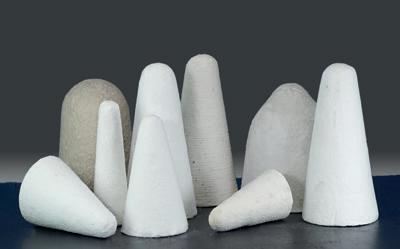
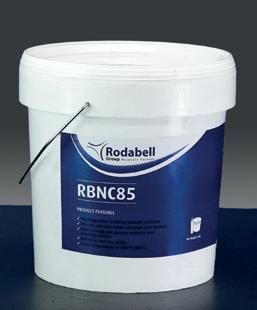

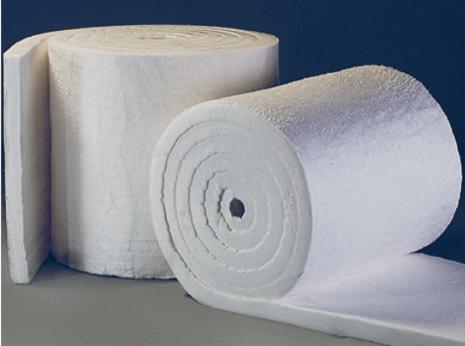
The requirements of ESGs are being incorporated into day-to-day operations as well as major projects and initiatives as the company targets to create a culture of understanding of these concepts and injecting them into its DNA.
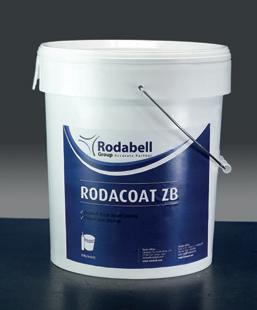
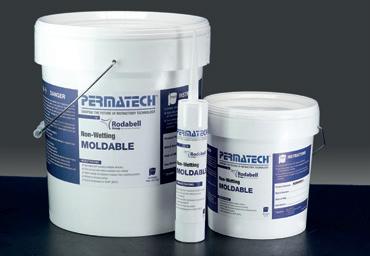
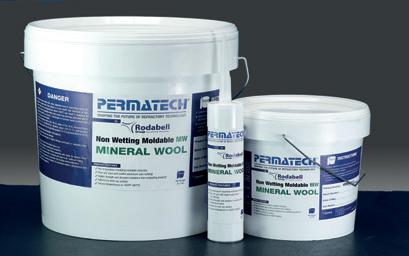
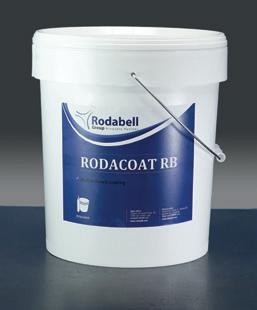
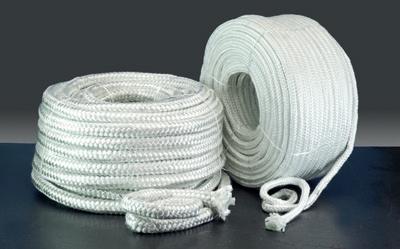
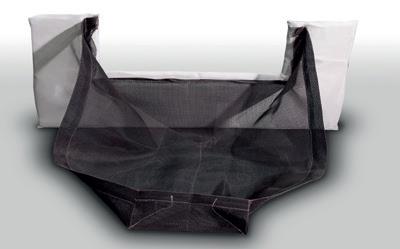
Sohar Aluminium also focuses on research and development, customer satisfaction and efficient supply chain operations while continuing to be a reliable organisation. Its initiatives in the areas of environment, community stewardship, and health and safety demonstrate an approach towards operating in a responsible manner.
A key example of these initiatives is the focus to mitigate impacts from its energyintensive refining and smelting processes.

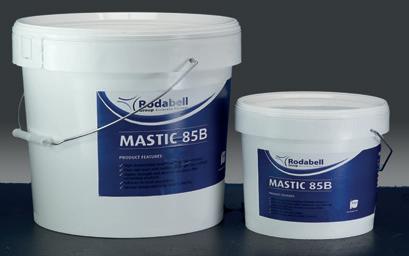
The company recognises it responsibility to convalesce energy efficiency within its operations, to not only reduce its carbon footprint and emissions, but costs as well. Also, Greenhouse Gas (GHG) emissions are closely monitored and controlled through advanced systems.
Another example of the initiatives the company implements is the rigorous Waste Management that has been adopted since the inception of the plant. This entails essential solutions to waste generation, whether hazardous and non-hazardous. There is also a Waste Management KPI in place to track the quantity and waste reduction.
Sohar Aluminium successfully manages its Spent Pot Lining (SPL) and Shot Blasting starting from source to recycling them. The company also implements a Water Management system whereby water consumption is monitored and controlled to the best extent possible while seeking opportunities for improvement. �

ARABAL returns
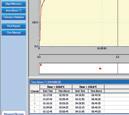
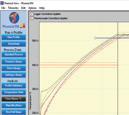











We are pleased to announce that after a couple of years without any face-to-face events, ARABAL (the Arab International Aluminium Conference and Exhibition) will take place once again in 2022. The 24th edition will be hosted by Egyptalum (Egypt Aluminium Company) from 29 November to 1 December 2022 at the Nile Ritz-Carlton, Cairo, Egypt.



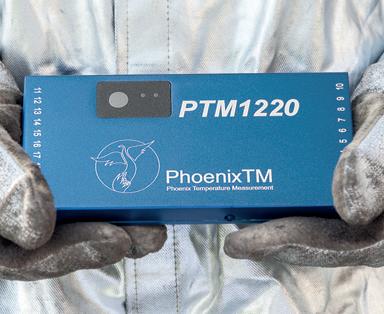






















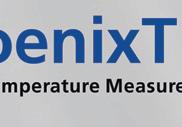

Combining a strategic conference with an international exhibition, ARABAL is the premium trade event for the Middle East’s aluminium industry. It is the only conference attended by every primary smelter in the region and it is hosted on a rotation basis between them.
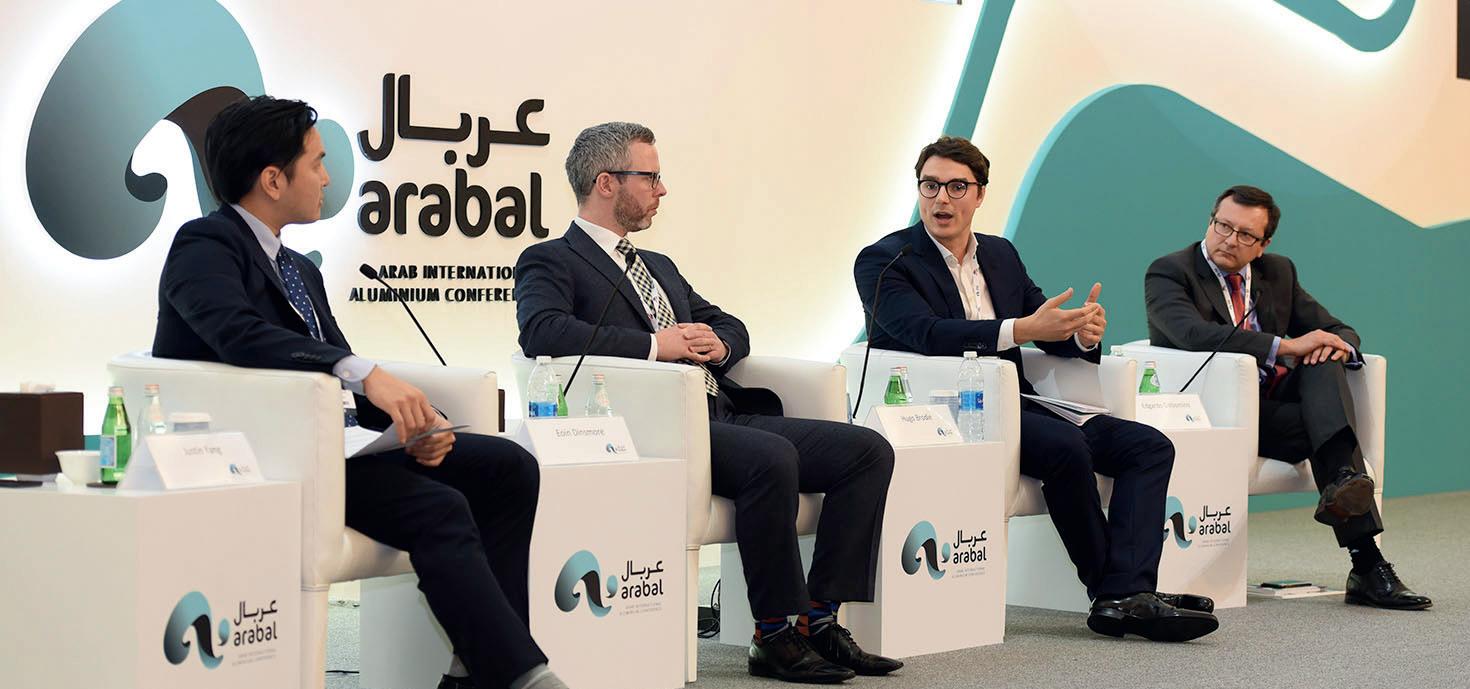

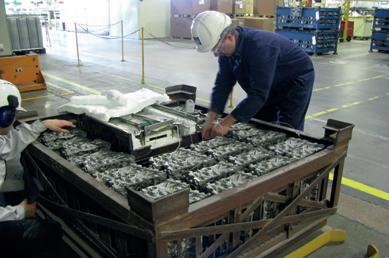










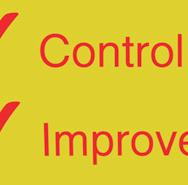



















This year’s hosts, Egyptalum, is the largest aluminium producer in Egypt and one of the largest in Africa having a total annual production of around 320,000









tonnes. CEO of Egyptalum, Mahmoud Aly Salem said “We’re more than delighted to be hosting the 24th edition of The Arab International Aluminium Conference and Exhibition (ARABAL), the premium platform for the aluminium industry in the Arab world. As the demand for aluminium production continues to rise, it’s pivotal to set the pace moving forward.”

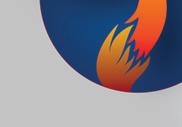
















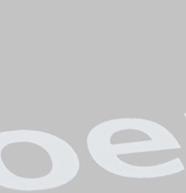














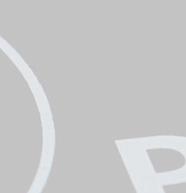






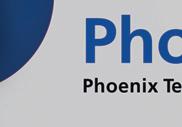
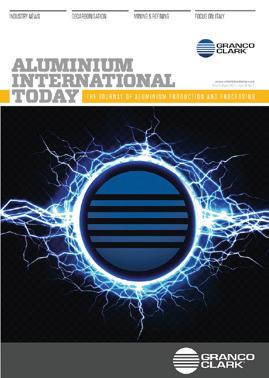


He added, “Egyptalum looks forward to hosting you in Cairo, Egypt and to welcoming you to ARABAL 2022. We intend to make this year’s edition one of the most successful ARABAL events to date
The conference will bring together hundreds of professionals from the entire aluminium supply chain (smelters, producers, technology providers, financing and end users) to discuss the most topical
issues facing the industry today under the theme of “Enabling a more sustainable future”.
As industry in the region continues to diversify, the international exhibition, which runs alongside the conference, has continued to grow. The last edition saw over a thousand visitors and 80 exhibitors meet over three days to showcase the latest technologies and services available to the aluminium market. Previous exhibitors include industry suppliers such as; GE, ABB, Gulf International Markets, Tokai Cobex, Bechtel, Rockwool Automation, RAIN, Wagstaff and many more. �
For more details on the 2022 edition and how to get involved, please see the website, www.arabal.com
Québec City, Canada

Future Aluminium Forum 2023: Meeting the Demand

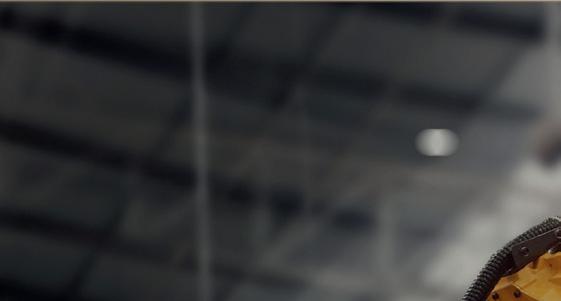
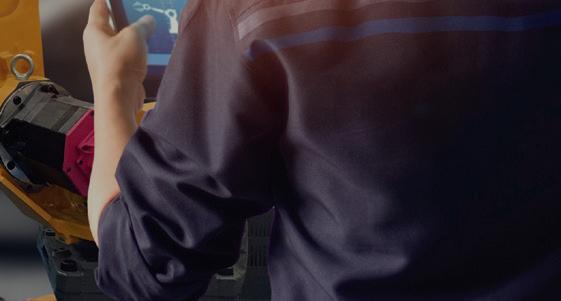

With global aluminium demand projected to increase 40 per cent by 2030, the aluminium sector will need to produce an additional 33.3 Mt – a reality only possible through the inception of streamlined technologies, digital manufacturing and sustainable solutions across the supply chain.


Join us at the Future Aluminium Forum to meet manufacturers rising to the challenge, focus on the opportunities that growth will bring, and prioritize time for your own learning and networking.
To find out more about speaking contact:
Nadine Bloxsome, Conference Director nadinebloxsome@quartzltd.com +44 1737 855115
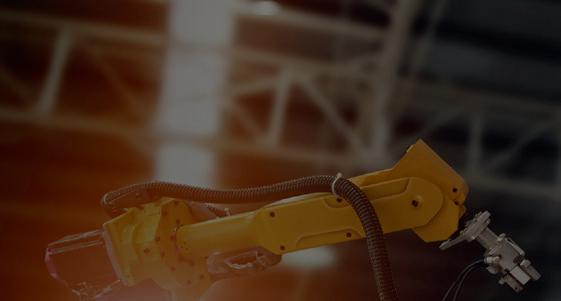
To find out more about stand and sponsorship opportunities contact: Nathan Jupp, Commercial Sales Director nathanjupp@quartzltd.com +44 1737 855027

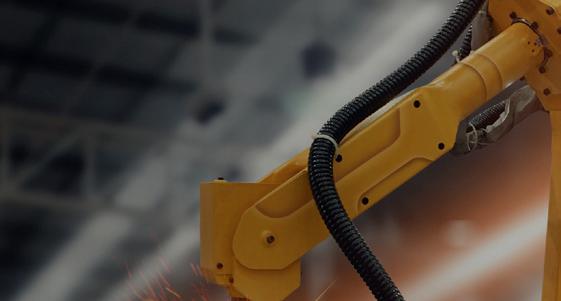
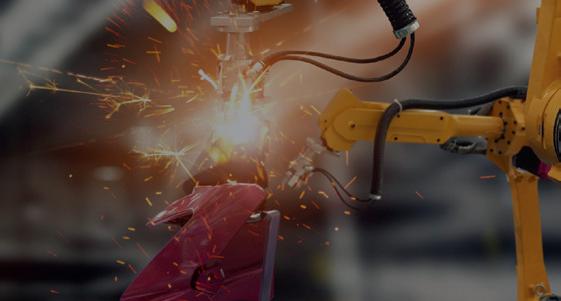
In 2023, the Forum will return in a live format to Québec City, a region where the aluminium industry has existed for more than a century and is now seeing rapid change and collaboration between manufacturers, processors, suppliers and OEMs. Register
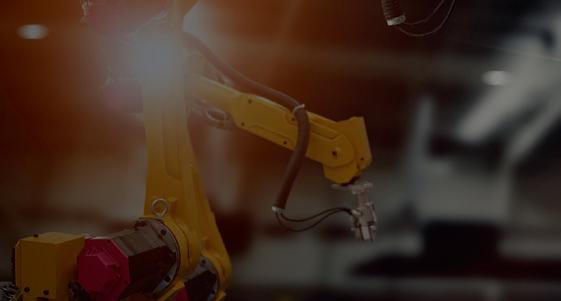
Additive manufacturing as a future technology for the aluminium industry
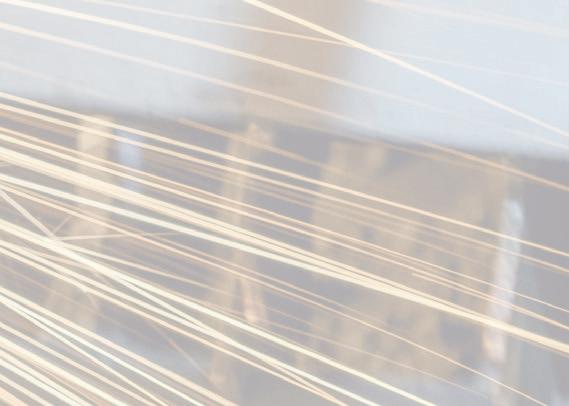



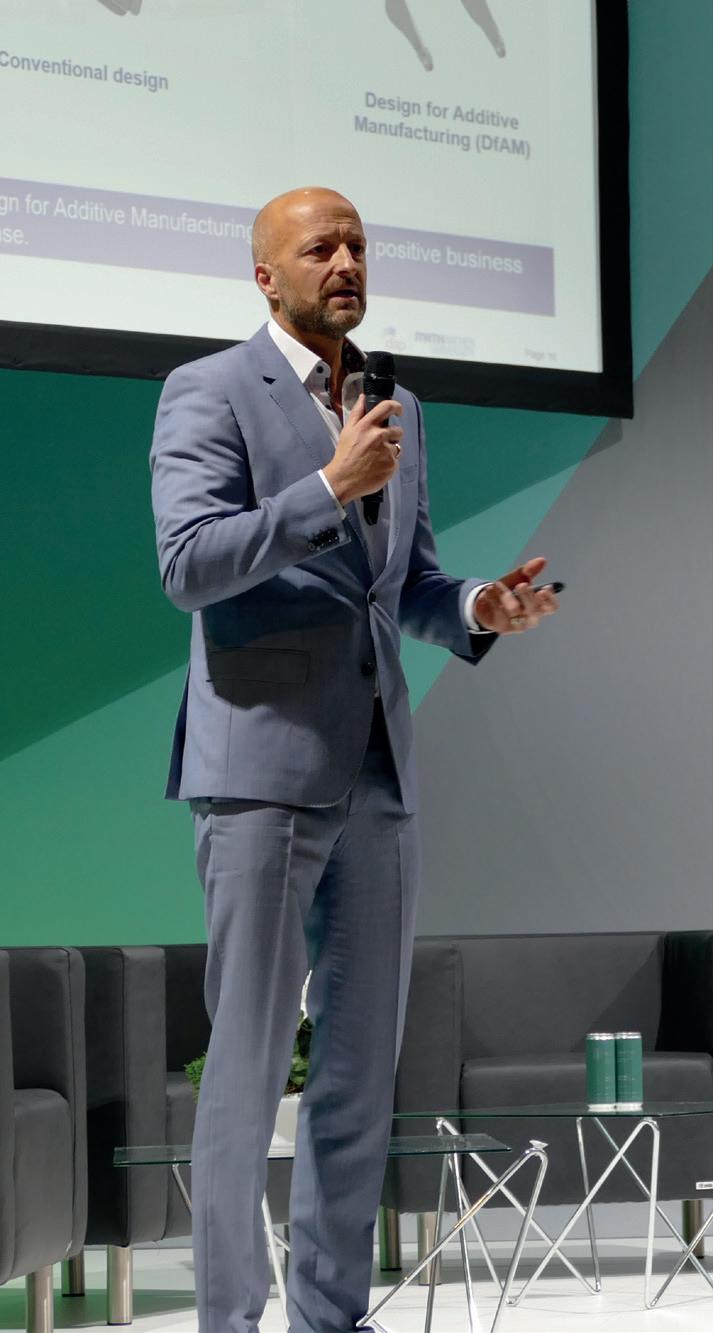
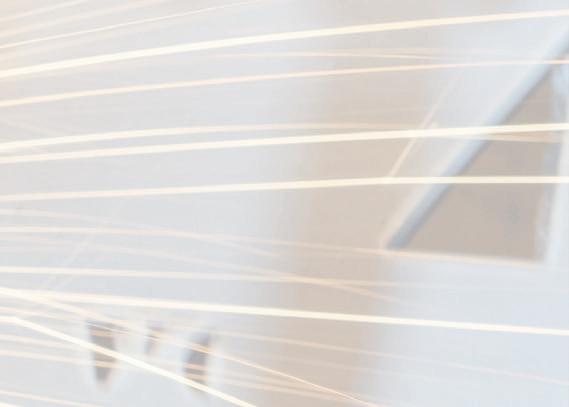

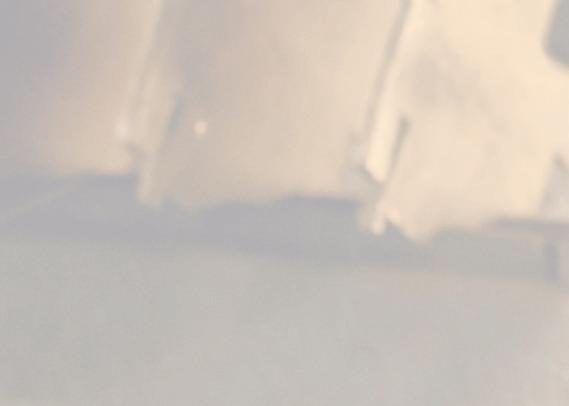
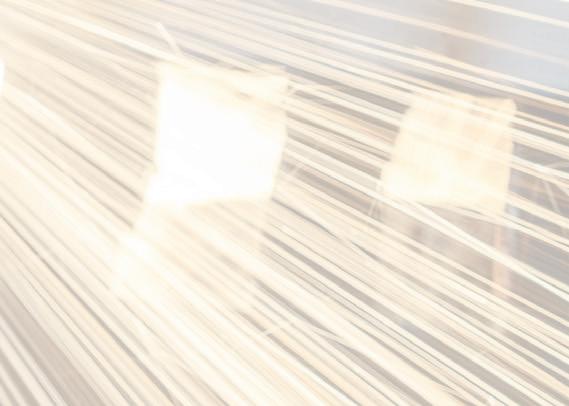

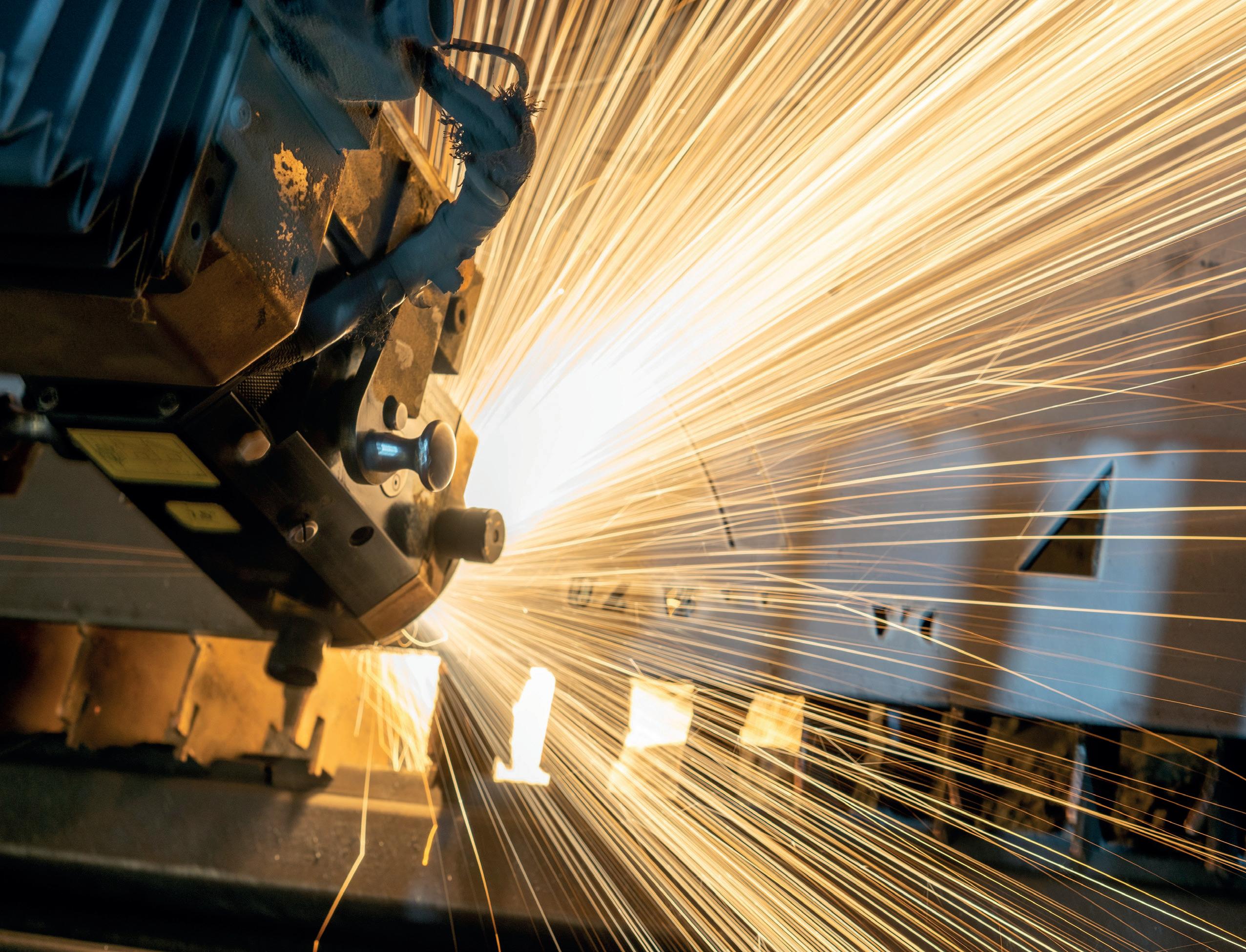
Additive manufacturing technologies (AM) are becoming more widespread. Printed parts offer many advantages for a wide range of industries, especially in the metal sector. Material can be saved and costs can be reduced through layer-bylayer application. AM in general enables new solutions that are generally not feasible with conventional technologies and processes.
The role AM plays for the future of the aluminium industry was demonstrated at ALUMINIUM 2022 in Düsseldorf.
ALUMINIUM, as the most significant trade show for the aluminum sector and its application fields, occurs every two years and serves as a prominent international gathering place for producers, processors, and suppliers of aluminum as well as semifinished, finished, and surface treatment goods. The complete value and supply chain from raw material to semi-finished goods to finished products can be found under one roof.
This year, additive manufacturing technologies were represented at the
fair in the Innovation Plaza Additive and Digital Manufacturing with a Speakers Corner. Various AM suppliers outlined the opportunities and possibilities that AM technologies offer for the aluminium industry. Talks by representatives from industry and research on different AM topics gave an insight into the current state of the art and gave an outlook on the development directions of the technology.
ACAM as the one-stop-shop for Additive Manufacturing
The “Innovation Plaza Additive and Digital Manufacturing” was co-organized by the Aachen Center for Additive Manufacturing (ACAM). ACAM pools resources and facilitates industry’s access to the additive manufacturing expertise of leading scientific and research institutions and works as the bridge between innovative industries which are exploring the possibilities that AM offers and the institutes which drive this innovation in AM. ACAM is the one-stop-shop for Additive Manufacturing, covering
entire process chain, from design stage through to quality control and focuses on topics such as process chain automation, the development of customized materials, increasing productivity and reducing turnaround times.
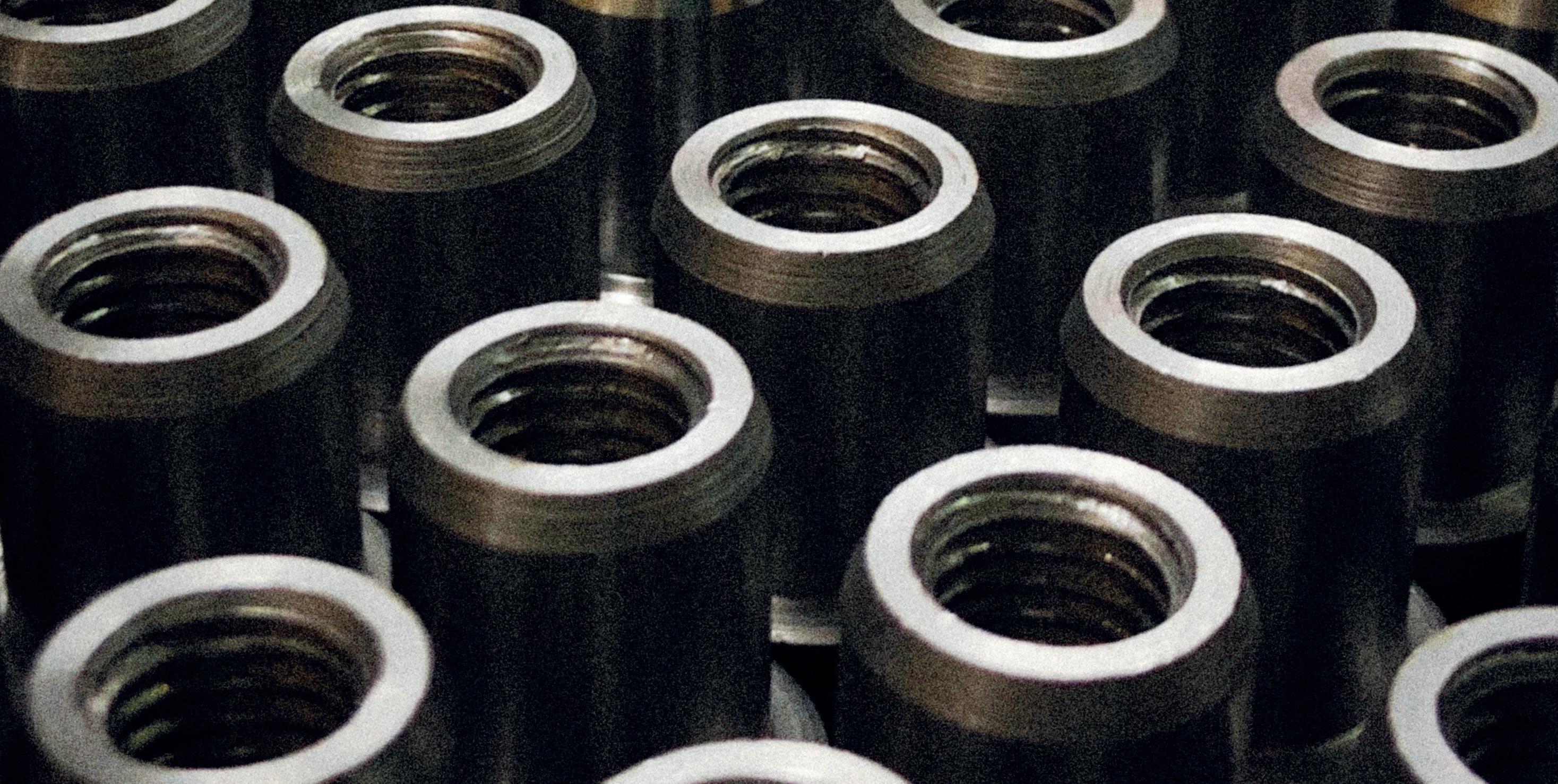
ACAM also provides a sophisticated training and education program where our experts organize AM-Webinars throughout the year. It serves to aid industry members build prominent business connections and exchange practical knowledge. Through a membership model, industry members can take advantage of their membership program and can exchange ideas with
other members of the community. Production is changing, and the future will see more digitalization, networking across industries, and relevance of environmental impacts. Change outside of the AM industry creates complexity and the necessity to constantly reinvent processes, applications and business strategy. ACAM strives to enable the AM industry navigating its own complexity and successfully accomplish social, ecological, and economical sustainability by leveraging increasing digitalization, new technologies, business networks.
Talks from Status Quo in Metal AM to Development of high strength Aluminium AM experts from various research institutes of the RWTH Aachen Campus were represented at the Speakers Corner at ALUMINIUM 2022 as part of the ACAM community. All talks of the ACAM experts are presented in the following in a paper format for you to read.

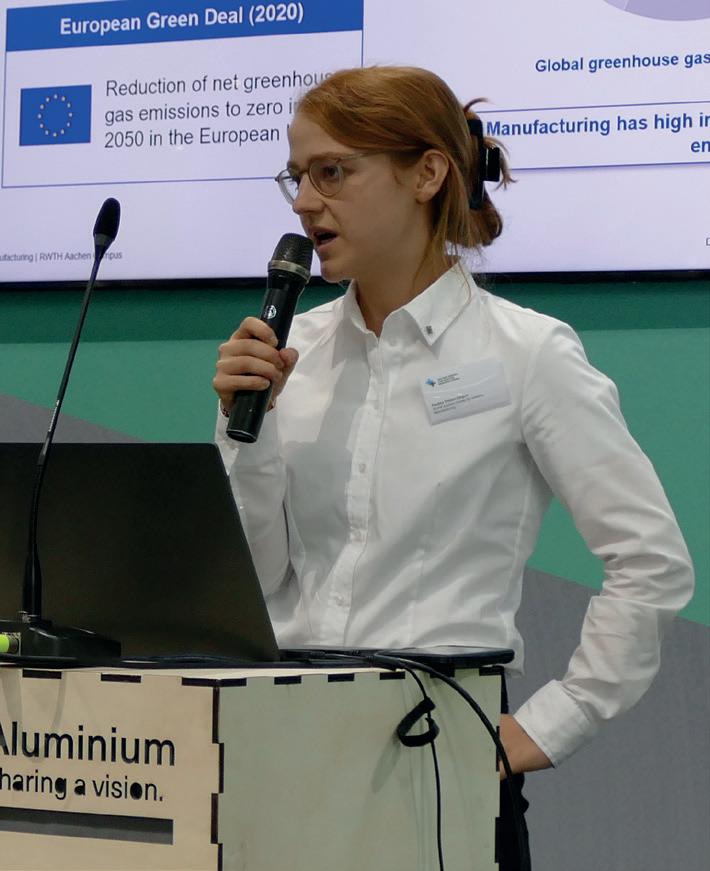
Our expert Klaus Büßenschütt spoke about how rapid alloy development can be carried out with automated alloy screening methods and EHLA. Gustavo Melo gave insights on Education 4.0 for AM. Pauline Pletzer-Zelgert explained how additive manufacturing can contribute to green production in the future and what challenges still need to be overcome. Max Rommerskirchen spoke about the status quo and perspectives of metal additive manufacturing. Joana Schulte addressed Algorithmic Design for Additive Manufacturing as well as additively manufactured 3D connecting elements for more sustainability in the construction industry. The Laser Powder Bed Fusion process (LPBF) was addressed by Alexander Schwarz, who spoke about the weldability of aluminium components produced with LPBF. Johannes Willkomm presented the design optimization of a cylinder head.
Together with the experienced team of our experts and research partners, ACAM can help navigate your business through the transition to additive manufacturing. In addition, ACAM offers you a platform to expand your network and connect with key market players. �
Rapid alloy development: Automated screening methods and EHLA





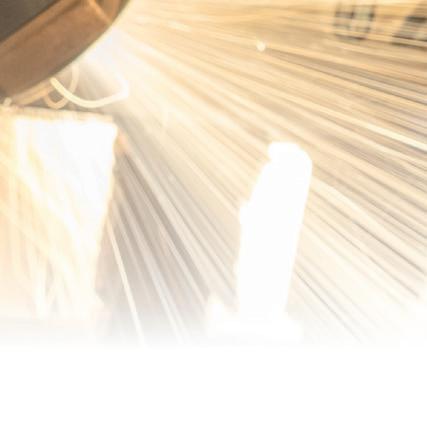
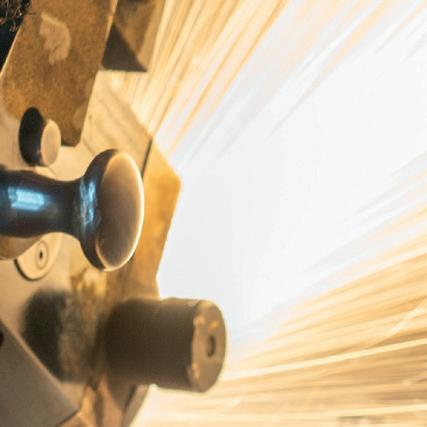
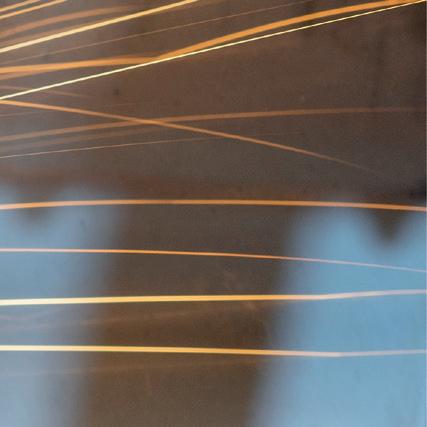 By Klaus Büßenschütt2; Stephan Ziegler1,2; Johannes Henrich Schleifenbaum1,2
By Klaus Büßenschütt2; Stephan Ziegler1,2; Johannes Henrich Schleifenbaum1,2
Abstract
Additive Manufacturing (AM) brings new opportunities for producing complex structures, which cannot be produced with conventional manufacturing methods. There are only a handful of alloys, which are designed for AM. The high cooling rates and complex heating cycles of AM methods result in cracks and other defects. A possible solution is rapid alloy development (RAD). This paper gives an overview of the development of a RAD solution consisting of computational alloy screening, process simulation and rapid testing using Extreme High Speed Laser Material Deposition (EHLA) with the example of high strength aluminium alloys. The computational alloy screening selects compositions based on different equilibrium parameters and is used to predict the possibility of cracking. With the use of EHLA, different compositions and parameters can be tested. The adaption of parameters, to simulate conditions of other AM technologies is the main focus. The process simulation is outsourced and not part of this research. The developed RAD process will allow the fast development of custom alloys for AM.
Introduction
Additive Manufacturing (AM) for metals plays an important role in modern manufacturing. In contrast to conventional, subtractive manufacturing, the components are built layer by layer based on three-dimensional digital design. AM for metals enables the building of complex structures and narrows the steps of the process chain to one main step (Qiu et al. 2013; DebRoy et al. 2018). AM process conditions for metals include very high heating and cooling rates, and excessive heating cycles. These special conditions
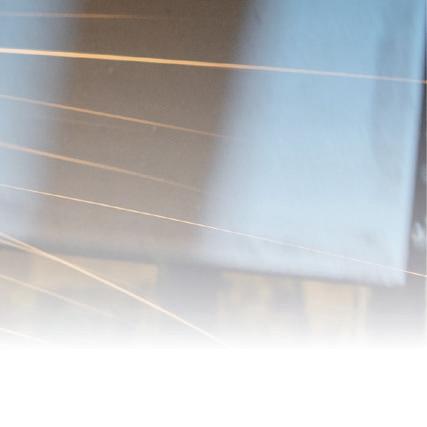

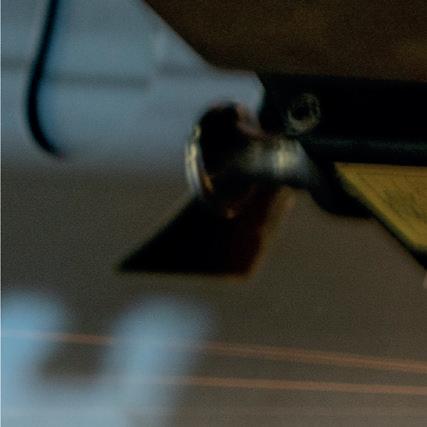
Fig 2- 1. Qualitative visualization of the two screening steps of the CAS for AA7075
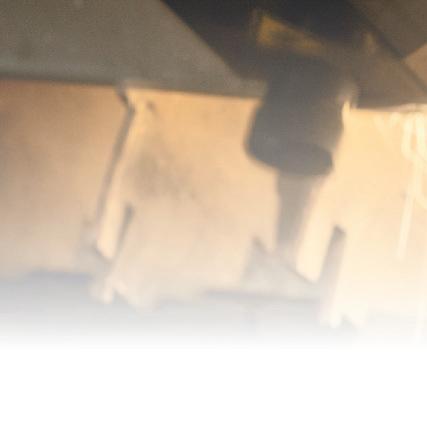
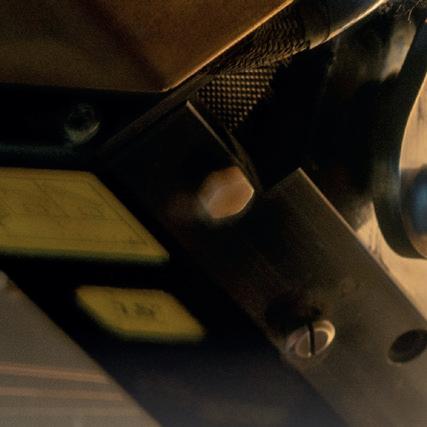


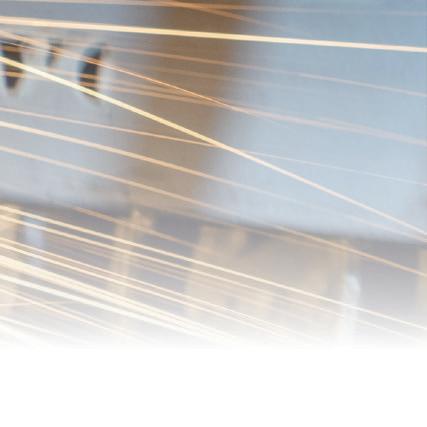
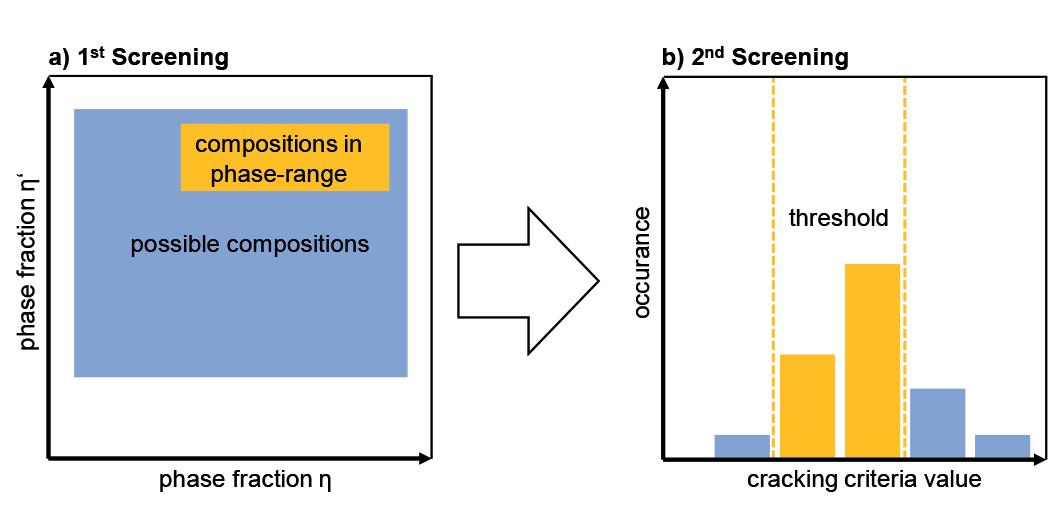
narrow down the range of possible materials (Herzog et al. 2016). Especially high strength materials like aluminium alloy 7075 are considered not weldable and, therefore, problematic when it comes to AM for metals (Bartkowiak et al. 2011). Due to the wide range of solidification temperatures the process becomes unstable resulting in many defects (Stopyra et al. 2020). These defects can be regulated by chemical composition and process parameters (Galy et al. 2018). Due to the different thermic conditions, there is the necessity for tailored alloys, to use the full potential of AM for metal (Tang et al. 2021). Since alloy development is a process, which extends over decades, it is necessary to develop a method, which can screen a huge parameter space cost and time efficiently (J. T. Staley 1989). This paper gives a short overview of the current state of the development of a new rapid alloy development (RAD) process on the example of the aluminium alloy 7075. It consists of the two steps 1. computational alloy screening (CAS) and 2. extreme high speed laser material deposition (EHLA). This newly developed RAD process will
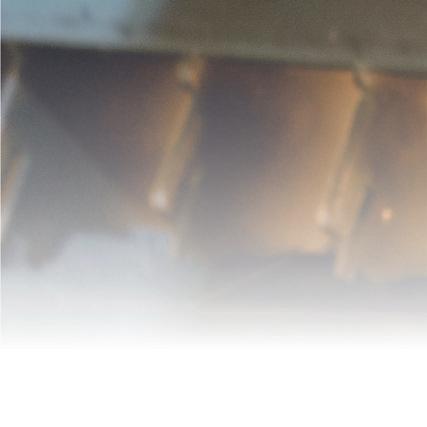
change the view on materials and will enable the use of tailored materials for different AM processes and requirements.
Computational Alloy Screening
CAS It is used, to narrow down a large field of elemental compositions to a few interesting alloys. The number of different alloys is created by varying the content of certain vulnerable elements from a reference alloy. The screening process is based on the CALPHAD methodology, which stand for CALculation of PHAse Diagrams. It is used to model equilibrium properties of different multicomponent systems (J. T. Staley 1989). CALPHAD consists of different calculation models, of which the equilibrium calculation model and the Scheil-Gulliver-solidification calculation model is of interest in this research. The first relies on the minimization of the Gibbs Energy of the system and results in the stable phases, solidification temperatures and phase fractions in equilibirum (G. Meyrick, G. W. Powell 1973). The Scheil-Gulliver solidification calculation model calculates the solid phase precipitation out of the
liquid and presumes no diffusion in the solid and perfect mixing in the liquid phase. This results in a non-equilibrium view with high partitioning taking place. The properties resulting from the Scheil-Gulliver model are solidification temperatures and phase fractions during solidification (Bocklund et al. 2020).
In this example the goal of the screening is the minimization of solidification cracks in AA7075 by alloy development. The CAS process consists of the following two screening steps which are shown in Fig 2-1. In the first screening, a wide range of chemical compositions is examined in reference to the most important properties of the resulting alloy. In this case, the high temperature resistance, oxidation resistance and high strength are the important factors. They are based on the precipitation of the η- and the η’-phase (OZER und KARAASLAN 2017). Therefor a range of the fractions of both phases at a certain temperature needs to be set. Additionally, the range of element fractions, which are considered, must be set. Important elements for variation, among other are: Mg and Zn for η- and η‘-precipitation, Zr for grain refinement and Si to decrease the solidification interval (Aversa et al. 2019; Otani und Sasaki 2020; Stopyra et al. 2020).
The remaining alloys will be examined in the second screening. Here, the compositions are selected regarding the different cracking parameters and, afterwards, pareto optimal combinations with other important parameters such as oxidation resistance or costs are found. The selection of cracking parameters is crucial for the screening process. It depends highly on the cracking mechanisms in the material in the process. Two of the most important cracking parameters are the cracking susceptibility coefficient (CSC) (Sheikhi et al. 2015) and the Strain Coefficient (SC) (Shukla et al. 2020). The CSC predicts the solidification cracking on the timeframe in which cracking occurs in the solidification. The smaller this interval, the lower is the cracking tendency (Sheikhi et al. 2015). The SC is based on the volume shrinkage of the material and, therefore, includes the strain in the material (Shukla
Figure 3-2: Dendrite arm spacing for LPBF and EHLA with three different scanning speeds (Koß et al. 2021)


et al. 2020). To evaluate the parameters, it is necessary to compare the results with existing alloys and choose the right set of parameters based on their behavior. Since CALPHAD only works in the equilibrium state, which is not achieved in AM, the remaining alloys need to be experimentally tested.
EHLA
EHLA is used for high throughput testing. It is a laser metal deposition (LMD) process, where a powder stream is melted with a laser and applied layer by layer on the specimen. The specialty of EHLA is the focus of the powder stream. While the powder stream in LMD is focused on the specimens’ surface, the powder stream in EHLA is melted above the surface. This process enables very high speeds (200m/ min), which can be used on rotationally symmetric parts. It also helps the mixing process of the powder. Most of the laser power is absorbed in flight, which enables different combinations of deposition material and base material. (Schopphoven et al. 2017). The EHLA system features different powder supplies, which allow different chemical compositions in one run. Additionally, the in-situ powder mixing works better, because of the mixing in flight in contrast to the stationary mixing with LPBF (Koß et al. 2021). The basic principle of the EHLA process is shown in Fig 3-1 on the left.
To use EHLA for RAD for LPBF alloys, a validation of the differences in the processes needs to be made. The main influence on the microstructure in AM processes is the cooling rate. Fig 2-1 on the right shows the different cooling rates for EHLA, LMD and LPBF. It can be seen that the versatility of the process parameters in EHLA display the whole cooling rate range of the LPBF process. To further correlate the processes the dendrite arm spacing (DAS) as a representative value for the microstructure was used. The results are visualized in Fig 3-2. The DAS for LPBF is around 620 µm and thus close to the DAS of the EHLA process with scanning speeds of 50 m/mm and 150 m/mm. Consequently, the first attempt to correlate the processes successfully generated similar DAS in both processes (Koß et al. 2021).
Conclusion and Lookout
The goal of the paper is to give an overview over the present results of the development of a RAD method for LPBF with CAS and EHLA. The conclusion and further research efforts are listed below.
� The CAS-Tool is already programmed, and different parameters included. The first screenings already ran and brought new insights to the further development of the tool. The next step is the testing and evaluation of the parameters. This process needs an in-depth investigation of the resulting microstructure of different parameter combinations and screening circles.
� The investigation of EHLA to simulate LPBF process conditions brought first approving results. The DAS as a first approximation of the resulting microstructure revealed overlaps of both processes. Further investigations need to focus on other microstructural properties, such as segregation and different phase morphologies.
In conclusion this development route helps to better understand the materials and processes, which are connected to AM. Overall it can assure the economic and sustainable development of new alloys out of a huge number of possible combinations. �
Acknowledgement
This work was funded by the Deutsche Forschungsgemeinschaft (DFG, German Research Foundation) under Germany‘s Excellence Strategy – EXC-2023 Internet of Production – 390621612 and the Digital Photonic Production (DPP) at RWTH Aachen University, funded by the Federal Ministry of Education and Research (BMBF). For the sponsorship and the support, we wish to express our sincere gratitude.
Education 4.0
By Gustavo Melo1; Alexander Schwarz2,3; Sebastian Bremen3; Stephan Ziegler1,4; Johannes Henrich Schleifenbaum1,4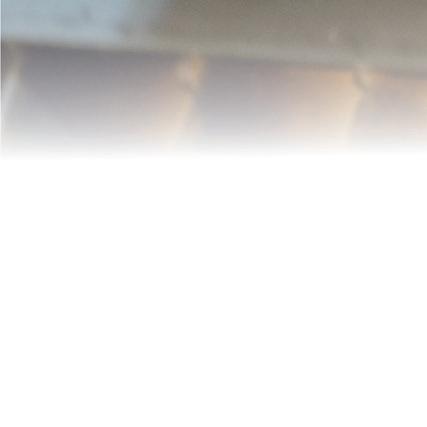

Abstract
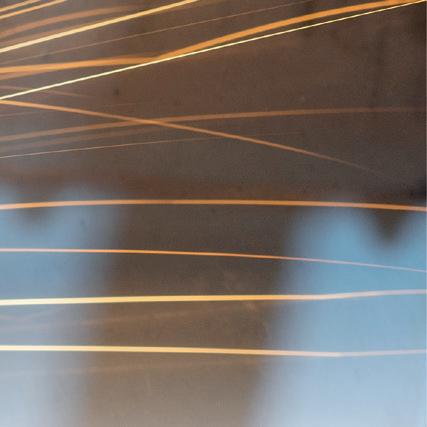

A lot of different learning and training possibilities for Additive Manufacturing are available on the market and it is difficult to gain an overview of the different offers. Small and medium sized enterprises often face the question, how to start with Additive Manufacturing and which training and education courses are available. Their workforce needs to attend courses which cover specifically technologies, materials, as well applications that are relevant to their companies. This paper structures the different training courses according to the German educational system and shows the different possibilities, starting from the secondary school up to professional learning. Moreover, this paper sheds light on the upcoming training trends in response to the fourth industrial revolution.

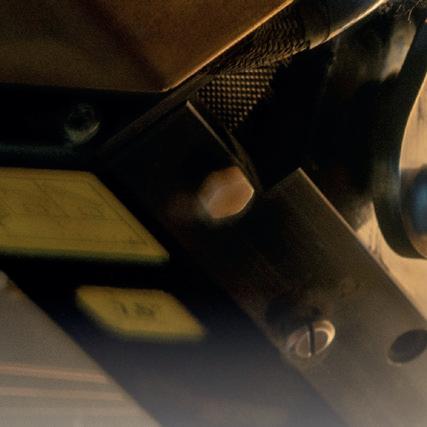
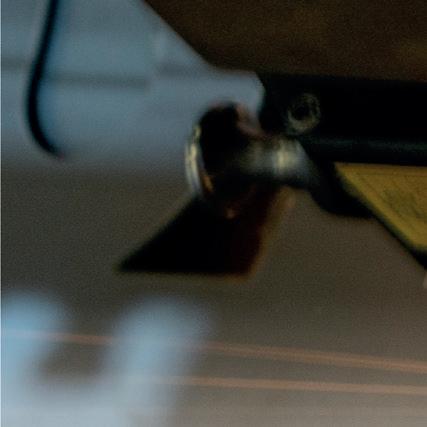






Introduction
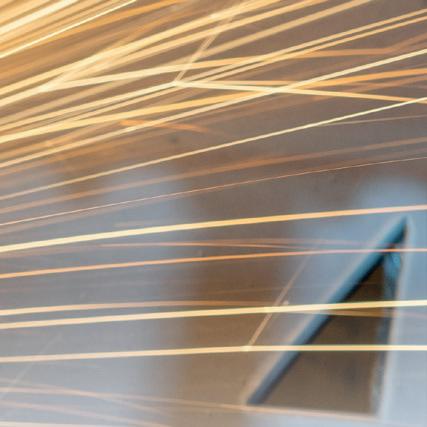

Additive Manufacturing (AM) is recognized as an industrial relevant manufacturing technology during the last years. One major drawback, which stills hinders the broader usage, especially in small and medium size enterprises (SME) is the lack of qualified personnel. While it is relatively easy to use the Desktop machines, working by the Fused Layer Modeling (FLM) principle, the introduction of industrial additive manufacturing is much more complex. This is not only the case for metal AM, but also for larger Polymer based machines. In contrast to the established manufacturing methods, like e. g. milling and turning, the education in the field of additive manufacturing must be strongly improved.
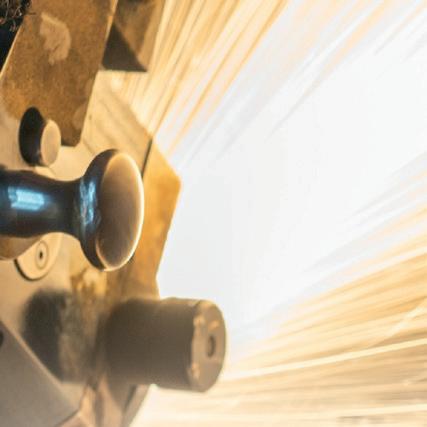
This paper will structure the different training possibilities for AM in accordance with the German education system and will highlight, which trainings are available on the different levels of education. Moreover, this paper will shed light on the upcoming training trends in response to the fourth industrial revolution which focuses on transforming the future of education through advanced digital technology
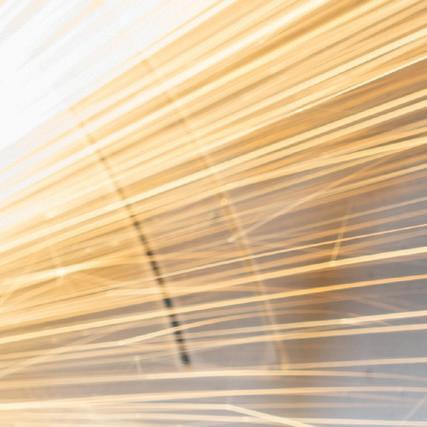

State of the art
Germany’s education system is decentralized, with the 16 German Länder primarily responsible for their education systems. The secondary school system has undergone major reforms in the last two decades. Traditionally, there were three types of secondary schools: the Gymnasium, which prepared students for university, the Realschule, which offered students general academic education, and the Hauptschule, which prepared students for work or further vocational education in Germany’s Dual System for vocational training. The recent reforms have focused on delaying the differentiation of school pathways and allowing students flexibility to move among them (see picture 1-1).
Germany is known for its high-quality vocational education system that has been emulated by several countries worldwide comprising a variety of different vocational
programs at the upper-secondary level (NCEE 2021). However, the most common form of vocational education has a strong focus on practical training in the socalled “dual system” which combines theoretical classroom instruction (usually in Berufschule) with practical training in a real-life work environment (incompany). The German higher education system mainly comprises Universities of Applied Sciences (Fachhochschule), whose programs are more practically oriented, alongside the traditional research Universities (Universität), whose program are broader and represents 60% of German students (WENR 2021).
Method
The research is carried out by using internet search engines with defined strings. The search is carried out in English, as well as in German to create a
comprehensive overview of the available training possibilities. The results are then grouped in accordance with the different levels of the German education framework. The terms used for the search are the following:
English: “Additive Manufacturing” “3D Printing / 3D-Printing” + “Course” “Training” “Education”
German: “Additive Fertigung” “Generative Fertigung” “3D-Druck / 3D Druck / 3D Drucken”
Results
Secondary Education
For the education in the high schools, 3D-Printers are used to support the learning in different classes, which include mathematics, history, technical courses. Additionally, they are used for optional working groups. The main focus is not the understanding of the technical principles of 3d printing, but instead to increase the interest in the field of science, technology, engineering and mathematics (STEM-fields). To support the teachers, different materials with ideas for the course work are available. This includes materials from the government (Qualitäts- und Unterstützungs Agentur Landesinstitut für Schule des Landes Nordrhein-Westfalen (QUA-LiS NRW)) and private AM companies, like Makerbot (Makerbot Industires LLC 2021). Most of these printers are FLM-machines, as they are easy in the handling and no further infrastructure is required. As material PLA and as PET-G are the preferred polymers.
Vocational Education and Training
For the here presented study, the vocational trainings are summarized, as the dual system, the higher vocational training as well as the craftsman training take partly place at the same facilities, the trade and technical schools. In the dual education system, 3D-Printers are partially used, but only hardly added to the curriculum framework. Additionally, in the dual system it also depends on the company, in which depth additive manufacturing is used in the practical training of the pupil. Until now, there are no specialized educations in the field of additive manufacturing. It is mostly included as a module within other educations, although the relevance of the technology is broadly recognized. Similar to the High-Schools, also in the dual-system FLM-printers are widely used (e.g. (Korner 2020)), although some approaches for the introduction of metal processes are established. For example, the LBS Neunkirchen in Austria is using a SLM125 machine from SLM Solutions (Georg Schöpf 2022) and in Aachen, different courses between the IHK Aachen and the university of applied
sciences have taken place.
Higher Education
Higher Education Institutions have been hotbeds of innovation in Additive Manufacturing with many spin-offs companies in the field, e.g. SLM Solution and Desktop Metals. Many of these institutions offer AM specializations within current degrees, e.g. FH Aachen (FH Aachen 2022), but others have developed complete degrees. Bachelor programs are offered by HS Landshut (Hochschule Landshut - Additive Fertigung B.Sc. 2022), TU Freiberg (TU Bergakademie Freiberg - Additive Fertigung B.Sc. 2022) and South East Technical University (South East Technological University - Additive Manufacturing B.Sc. 2022). Master degrees focused on AM can be found in Europe at Cranfield University (Cranfield University - Metal Additive Manufacturing M.Sc. 2022), University of Nottingham (University of Nottingham - Additive Manufacturing and 3D Printing M.Sc. 2022) and Uppsala University (Uppsala University - Master’s Programme in Additive Manufacturing 2022). The unique structured PhD Program currently available is offered by joint-initiative from University of Nottingham, Loughborough University, Newcastle University and University of Liverpool (Nottingham University - Centre for Doctoral Training 2022). Moreover, many researchers in renowned universities and R&D institutes pursuit their PhD in related fields like mechanical and material engineering via non-structured programs.
Professional Education
As a lot of different trainings are available in the field of lifelong learning and only a few chosen possibilities are shown here. The association of German engineers (VDI) offers a certified training course called “Fachingenieur Additive Fertigung” which consists of different modules and ends with a written and oral exam (VDI Wissensforum 2022a, 2022b). The German Welding Society (DVS) offers courses by its own, but is also part of the European Welding Foundation (EWF). The courses of the DVS include a Polymer (DVS-Richtlinie 3601-1) and a metal specialization (DVSRichtlinie 3602-1). The EWF offers five different qualifications. The AM operator (IAMQS-QUAL-002r1-21; IAMQS-QUAL008r1-21), the AM-process engineer (IAMQS-QUAL-004r1-21; IAMQS-QUAL005r1-21; IAMQS-QUAL-006r1-21; IAMQS-QUAL-012r1-21), the AM designer (IAMQS-QUAL-010r1-21; IAMQS-QUAL011r1-21), the AM supervisor and the AM coordinator (IAMQS-QUAL-007r1-21). The Fraunhofer Research Institution for Additive Manufacturing Technologies (IAPT) offers training in three levels
(starter, advanced and expert) and on three different topics (Design, Production and Management) (Fraunhofer Academy 2022). The Hochschule Schmalkalden offers the “Anwendungstechniker/in (FH) für Additive Verfahren/ RapidTechnologien” (Hochschule Schmalkalden 2022). The course is a two-semester part-time course, which is carried out in cooperation with four other institutions. The IHKs offer the certified training “Additive Fertigungsverfahren - Fachkraft für 3D-Drucktechnologie (IHK)” (DIHKGesellschaft für berufliche Bildung –Organisation zur Förderung der IHKWeiterbildung mbH 2020). The course includes 6 modules and finishes with a certified test. The TÜV SÜD offers four different qualifications (iAM quality manager, iAM engineer, iAM business strategist and iAM machine operator) in the field of additive manufacturing (TÜV SÜD 2022).
Conclusion
While the technology has been proven to be applicable for a wide range of SMEs, the lack of education in additive manufacturing, especially below the university level, is evident by our study. On the vocational level, AM is at the moment only embedded in vocational courses, but there is no integrated specialization in additive manufacturing. Moreover, these embedded training offers are mostly carried out on polymer machines, while metal systems are the exception. It is important to mention that different organizations and departments, from regional through governmental ones, have recognized the lack in education and have started initiatives to introduce the technologies at the secondary schools. Another important point to emphasize is that there are many different certifications and training courses, which compete with each other. The missing harmonization and standardization make a judgment of the different courses and their contents difficult. One approach to tackle this issue are the standards (prEN ISO/ASTM 52926-1:2022; prEN ISO/ ASTM 52926-2:2022; prEN ISO/ASTM 52926-3:2022; prEN ISO/ASTM 529264:2022; prEN ISO/ASTM 52926-5:2022), which defines the required skills and corresponding examination. Lastly, during our study, we recognized the importance of remote and hybrid training to tackle the challenging future of work, which was accelerated by coronavirus pandemic. New training methods, which focuses on applying advanced digital technology e.g., Augmented and Virtual Reality, should also be contemplated in the abovementioned initiative for AM training and education. �
The CO2 footprint of additive and conventional manufacturing







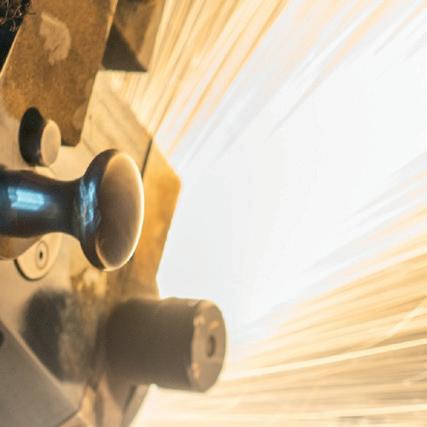
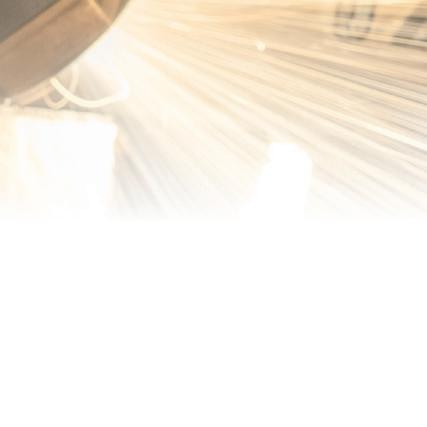
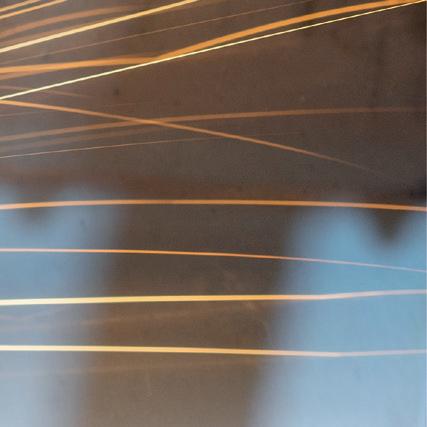
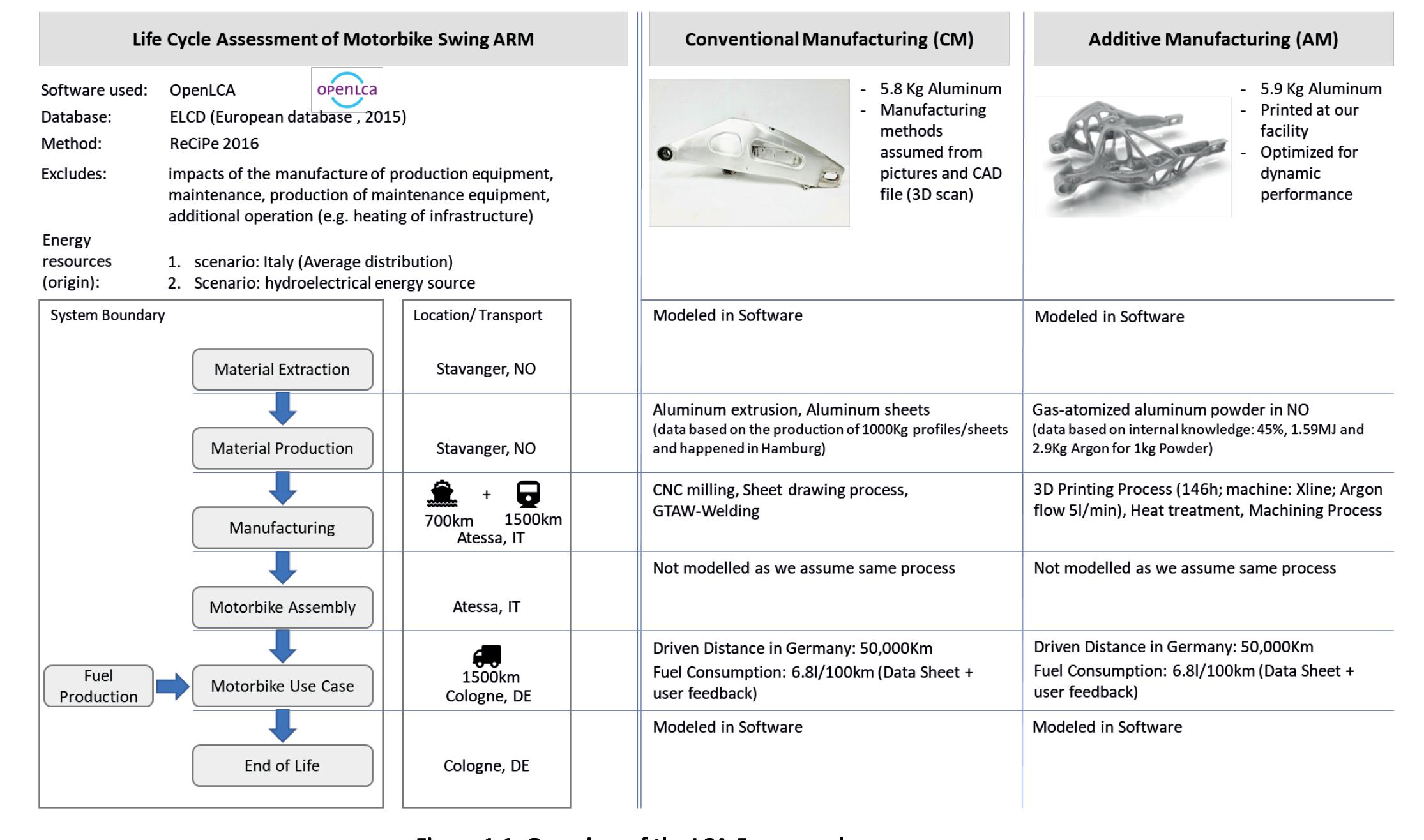


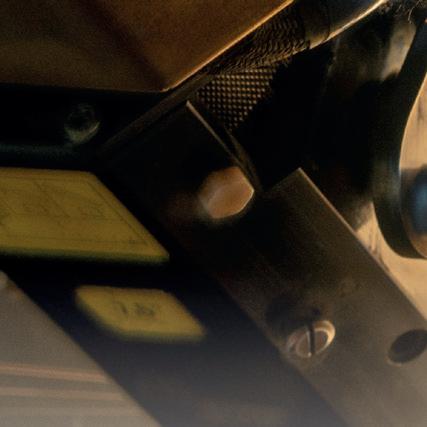
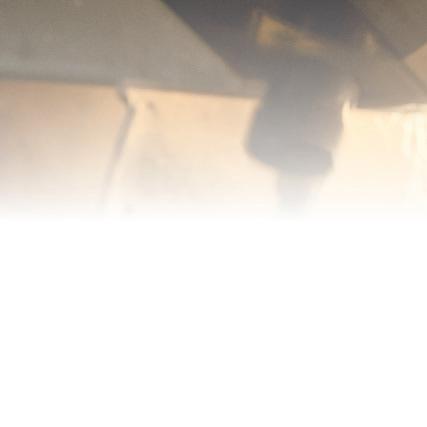 By Gustavo Menezes de Souza Melo2; Leonie Pauline Pletzer-Zelgert1,2; Andreas Wilhelm2; Lucas Jauer2; Stephan Ziegler1,2; Johannes Henrich Schleifenbaum1,2
By Gustavo Menezes de Souza Melo2; Leonie Pauline Pletzer-Zelgert1,2; Andreas Wilhelm2; Lucas Jauer2; Stephan Ziegler1,2; Johannes Henrich Schleifenbaum1,2
Abstract
In the effort to transition to green manufacturing, the additive manufacturing technology of laser powder bed fusion (L-PBF) is an often mentioned and promising partial solution. The potential is seen in the reduction of process steps, supply routes, and material waste during the process. On the other hand, however, the layer-by-layer build-up via a controlled laser movement is characterized by a high energy consumption. Therefore, no general statement can be made about the CO2 footprint impact compared to conventional manufacturing technology (such as forging, casting etc.). Consequently, comparable production


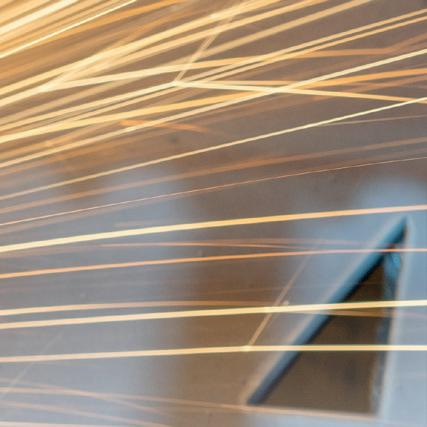
paths must be methodically quantified and compared for an evaluation. In this work, the additive and conventional production chains of a swing arm installed in a Honda CBR 954 RR motorbike are quantitatively compared by conducting a Life Cycle Assessment (LCA) analysis. With the help of the calculation results, the impact of the carbon footprint is discussed, and the knowledge is then deepened with the help of two selected scenarios that variated the energy source of both paths.
Introduction
On the way to sustainable and climatefriendly production of metal parts, Laser Powder Bed Fusion (LPBF) represents
one promising key technology out of the group of Additive Manufacturing (AM) technologies. Through sustainable design and the reduction of process steps and associated supply chains, AM is repeatedly seen as having the potential to significantly reduce resource consumption. (Walachowicz et al. 2017)
However, not enough consideration is often given to the whole process chain of AM. The additive manufacturing of parts requires several additional pre- and postprocessing steps: powder atomization, separation of the part from the metal plate with associated material loss through supports, powder, etc. The set of factors that influence a sustainability
assessment of the L-PBF process is thus a multidimensional issue and therefore needs to be considered in a standardized quantification methodology.
In this work, a Life Cycle Assessment (LCA) analysis according to ISO standard ISO14040 is carried out for evaluating the potential of AM with LPBF in terms of its ecological footprint. This describes the impact on the environment over the entire life cycle of a product or part (Klöpffer 2003). Here, two production chains, the Conventional Manufacturing (CM) and the manufacturing of a topologymodified design using AM, were analysed and assessed for a swing arm used in a Honda CBR 954 RR motorbike. Thus, the part represents a suitable object of investigation to compare the ecological footprint of both production chains.
State of Art
Previous studies have already estimated the carbon footprint of additive manufactured parts based on LCA analyses (see for example (Yang et al. 2017; Faludi et al. 2017; Faludi et al. 2015; Ochs et al. 2021; Böckin und Tillman 2019; Liu et al. 2018a). However, the LCA analyses do not show sufficient uniformity among each other due to different model boundaries, databases used, influencing parameters as well as assumptions made for the calculation. This makes a comparison or transfer to other use cases impossible. In addition, the necessary data for LCA analysis can often be difficult or impossible to obtain, so many estimations and assumptions must be made. This is especially affecting additive manufacturing as it is a relatively new manufacturing technology compared to conventional manufacturing (Huang et al. 2016). The lack of uniformity of the different studies and the lack of reliable data often causes the results of the analyses to differ significantly from each other, especially for a relative comparison of the carbon footprint for conventional and additive manufactured parts via LCA analyses. An example of this is the comparison between the results of the research work by Faludi, Huang, and Liu (Huang et al. 2016; Liu et al. 2018b; Faludi et al. 2017). Faludi’s team found that from an environmental point of view, using LBPF to produce a truck engine is mainly of advantage due to the weight savings during the use of the part in the vehicle (Faludi et al. 2017). In contrast, Huang’s research shows that the LPBF method of various aircraft parts already leads to a lower footprint during production compared to conventional manufacturing technology. Liu’s team, on the other hand, only found ecological disadvantages in the additive production of a gearstick compared to conventional
Fig 2 1. CO2 equivalent emissions (kg) for the total life cycle of the swing arm with different production technology and energy sources.
technology (Liu et al. 2018b). Due to the different use cases and process chains, statements about the ecological advantages of additive and conventional manufacturing technology can only be made specifically for the investigated use case. However, to identify synergies and main drivers of the carbon footprint for additive manufacturing, broader studies are still missing and further LCA analyses with other parts and process chains need to be conducted.
In the following paper, a further LCA analysis is therefore carried out which reviews a conventional as well as an additive process chain to produce a swing arm, which is used in the CBR 954 RR motorbike.
Method,
scope, data collection, and
modelling
For the LCA analyses of the manufacturing using conventional and additive technology of the swing arm, the resources which are used were standardized to the function of the part. In this application, the function is to transfer the dynamic forces from the wheel and the tire of the motorbike to the motorbike frame. This is a part of the suspension system with an equally important safety-relevant requirement.
Fig 1-1 shows the design for the swing arm of the two production paths (CM vs. AM) as well as the most important key data, which lists the framework and the model boundaries (e.g., software, database, methodology, and system boundaries of the LCA analyses).
Results and Discussion
Fig 2-1 shows the calculated CO2 equivalents for the entire life cycle of the additive and conventional manufactured swing arm. Two scenarios with electricity from different sources were compared: Using the national average energy grid mix from Italy and energy from hydroelectricity, a purely renewable source.
In the scenario calculated with the national average energy grid mix from Italy we can see 35.1% lower CO2 equivalent
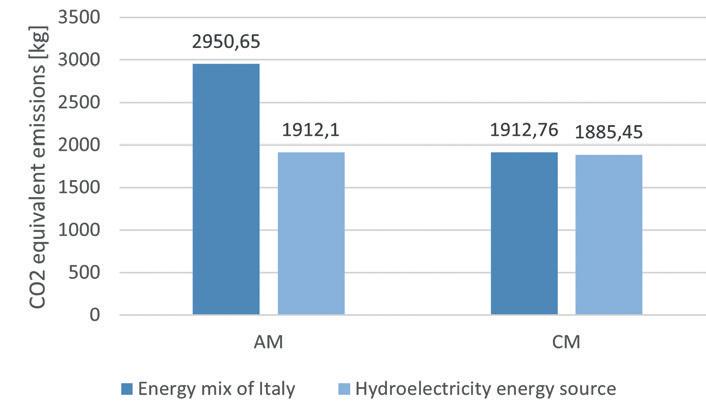
emissions of conventional production compared to additive production (see fig 2-1 on left side). The higher energy consumption of AM compared to CM is a major factor here: It accounts for over one third of the total amount (1027.11 kg CO2 equivalent emissions) and for 93.64% when only considering the printing process. This shows that the energy consumption of the printing process makes the biggest difference in terms of carbon footprint compared to CM.
As efforts are being made by the EU with the European Green Deal to generate electricity using renewable sources, the impact of the swing arm production with a sustainable energy source is investigated and a scenario is calculated assuming the energy used originates 100% from a hydroelectric source. Figure 2-1 on the right shows the calculated CO2 equivalent emissions for the two production technology. The share of reduced CO2 equivalents is significantly lower compared to the energy grid mix from Italy, especially for AM. This is 1038.55 kg lower CO2 equivalents for AM production whereas CM is only lowered by 27.34 kg. The total difference between AM and CM manufactured parts for the assumption of hydroelectric energy is also significantly lower at 26.68 kg. This shows that especially in AM of the swing arm, the origin of the energy resources has a significant impact on the carbon footprint compared to conventional manufacturing. However, even with a pure hydroelectric power, the production of the swing arm with conventional manufacturing technology has a lower overall impact on the carbon footprint. Thus, the origin of the energy is an important consideration, especially for additive manufacturing, in the effort to keep the CO2 footprint of additively manufactured parts as low as possible.
Conclusion
The work shows that the energy input during the AM process has a significant impact on the CO2 footprint of the AM chain. The CM process chain proves to be advantageous for the swing arm part in terms of the CO2 footprint. The scenario analysis, in which the energy resources alternated between a national average from Italy and a purely hydroelectric energy source, shows that this is a relevant influencing variable, especially for additive manufacturing, to sustainably improve the CO2 footprint for the manufacturing technology. Thus, considering the origin of energy resources is an important consideration on the way to additive green manufacturing further potential can be seen in combination with lightweight design and design for AM. �
Metal additive manufacturing –status quo and perspectives
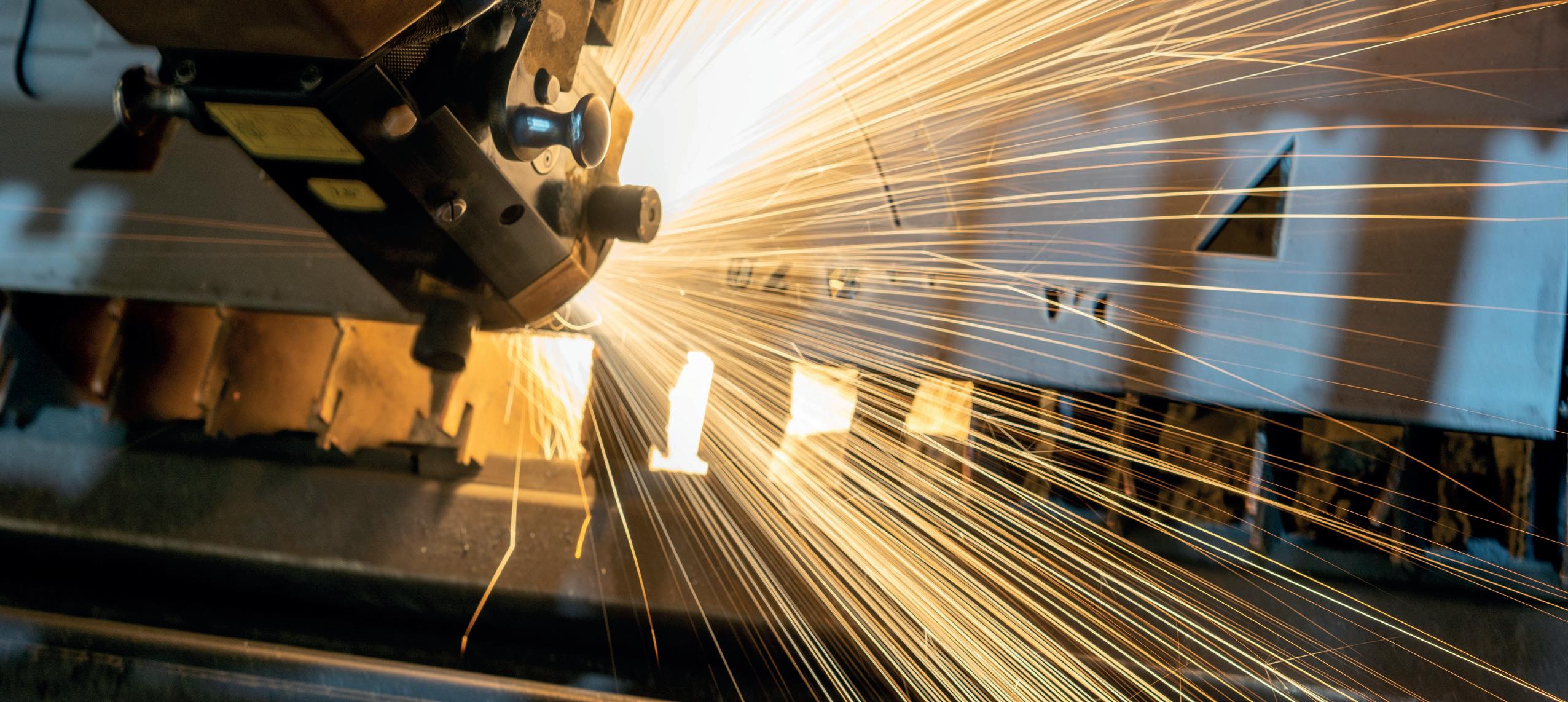 By Max Rommerskirchen*
By Max Rommerskirchen*
Abstract
Additive manufacturing processes have become increasingly important in recent years and offer a variety of new possibilities regarding to rapid prototyping, customization and the ability to form complex structures, which cannot or only to a limited extent be produced with conventional subtractive manufacturing. They are established in various industries such as the automotive industry, aerospace, or medical technology. Important for this development is the understanding in relation to the process and the material as well as the advantages and disadvantages of the different metal AM processes. All these technologies bring challenges, but also opportunities that should be used to leverage current innovations in the future. This paper gives an overview of the current state of the art in metal additive manufacturing with regard to the Technical -Readiness Level (TRL).
The first patent for a metal AM process has been registered in the 1970s. Since that point the metal AM market as well as the number of applications has been grown rapidly. Despite this trend and its possibilities, there are still some limitations. The process is designed for a low number of pieces and requires high costs in terms of the material and the
required system technology. In addition, the process time is very high compared to conventional manufacturing methods and post-processing is often necessary. One important step in the future is the integration of these metal AM technologies into industrial process chains.
Introduction
Metal-based additive manufacturing involves a variety of different technologies for layer-by-layer creation of 3-dimensional metallic components. For all these technologies a heat source in form of a laser or an electron beam is used to melt metal in powder or wire form [1, 2]. Currently the most investigated technology is the Laser Powder Bed Fusion process (LPBF), which is often used for the manufacturing of complex and precise components. Metal AM offers a variety of advantages such as freedom of design, short lead times, reduction of material waste and the application-oriented development of geometries. According to the current state of the art metal AM contains key technologies supporting manufacturing under industry 4.0. For many applications, the full potential of these technologies can be used in the sense of a singlestep process [3]. For example, topologyoptimized lightweight components can be produced in the automotive industry as
well as in aerospace technology or very fine structures such as implants are produced in medical technology [4–7]. However, to realize their full potential, the developed technologies must be integrated into an automated process chain. Especially in times with enormous supply bottlenecks and an increasing number of products with constantly changing parameters, this step is unavoidable.
This paper gives a short survey about the current state of the art for metal based additive manufacturing technologies in general and shows up the possibilities and perspectives for these with regard to the material and the process. In addition, the future trends and challenges in this industry will briefly be presented. Currently the Technical-Readyness is already on a very high level, but there are still too many separate process steps in terms of pre- and post-processing that lead to higher costs compared to conventional manufacturing.
Possibilities and Challenges in Metal Additive Manufacturing
Because of the layer-wise AM process it is possible to apply the material only to the areas where it is necessary in order to save material [8]. Also the further degree of freedom can be used to manufacture topology optimized and lightweight constructions with mechanical properties,
* RWTH Aachen University Chair Digital Additive Production DAP, Aachen, Germanywhich are similar or even better to conventionally manufactured parts [9]
The number of parts to be joined can also be reduced. The only limiting factor in that case is the build volume of the system. These technologies are often used to optimize flow properties and thermal conductivity through the integration of internal channels in a part, which can not be produced using subtractive or formative manufacturing processes.
Regarding to the metal materials the process is completely different to the conventional steel treatment. Especially the small melt pool size, which is typical for the powder bed-based process, provides a wide range of different alloy elements. This enables the adjustment of the microstructure during the printing process [10]. Important influencing variables for this are the process parameters, the geometry as well as the positioning on the build plate. By adjusting these, the cooling rates and consequently the melt pool can be strongly affected. Thus, metal AM will offer a good opportunity to adjust the desired microstructure in the component by a heat treatment-controlled process [11] The material development in metal AM especially concentrates on already existing and approved materials and makes them convenient for the AM process. Mainly used materials are stainless steels, aluminium- and titanium alloys as well as nickel-based or cobalt-chromium alloys. Moreover, copper alloys are also available but due to its high thermal conductivity and low absorption, the material is difficult to process [12, 13]
In general, metal additive manufacturing is a single-step process. However, to realize the full potential of these technologies, certain restrictions must be overcome. According to the current state of the art, totally functional components for industrial purpose can be produced using metal AM. Nevertheless, there are limitations in terms of component dimensions, build volume and the surface quality of the manufactured parts. For many applications the surface quality as well as the dimensional accuracy is not sufficient. As a result, a further step in the manufacturing process is necessary to improve the surface quality, which results in increasing costs [14]. Similar to other manufacturing processes, there are many parameters which can not be improved. In metal AM the scanning speed as well as the power of the laser can not be increased without any limit. In recent years there were many approaches in using multi-laser systems, but the market is dominated by single laser systems. In average the build volume of a typical mid-price LPBF System is approximately about 20 liters [15]. Larger build volumes are available at the market,
but they are rarely used because of its high investment- and machine hour running costs. Due to the fact that powder bedbased additive manufacturing process is currently significantly slower than conventional manufacturing, even if the build volume is almost completely used, above a certain build size, the cost-benefit ratio is no longer acceptable.
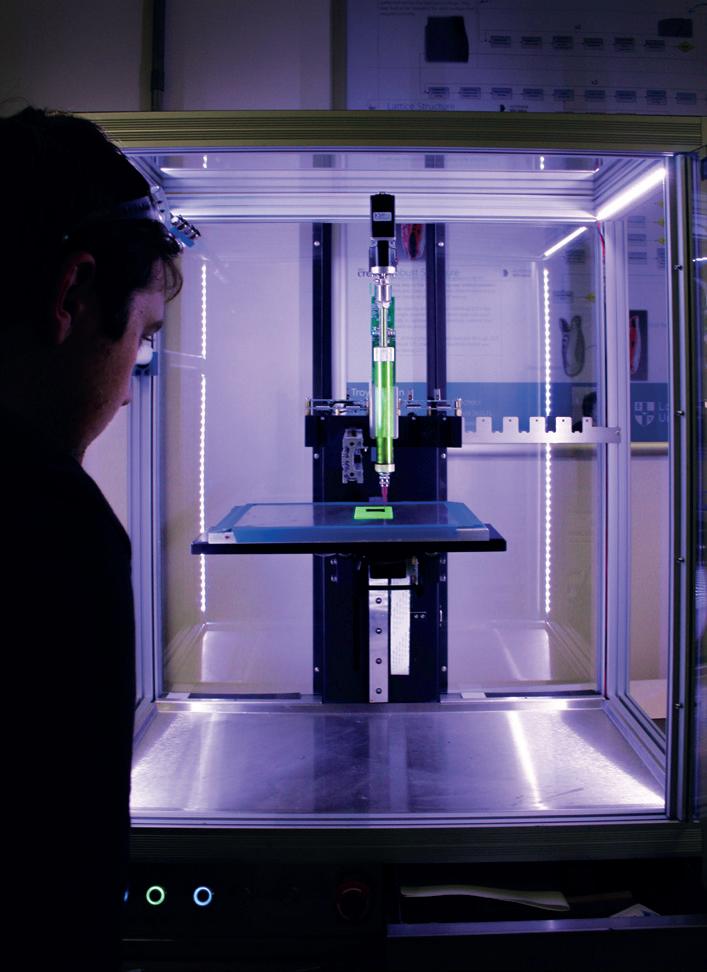
As mentioned in the introduction of this paper it is a very prevalent statement that metal AM has no restrictions regarding to the geometry. However, metal AM often shows up problems even in the production of simple geometries like cubes, which are manufactured without any support structures. In the case of larger surfaces to be remelted, the excessively large melt pool can lead to different types of cracks and porosity in the component and significantly reduce the mechanical strength [16]. Some geometries with hollow structures also need support structures. The removal of these is not a problem but it often increases the effort of postprocessing and therefore the costs. Other necessary post-processing steps are currently the hot isostatic pressing to relieve mechanical tensions or polishing for a better surface quality [17]
Future Trends and Perspectives for Metal AM
The main trends in metal AM are increasing the building speed, the part quality and the level of automation. According to the present status the amount of manual working phases is very high. Concerning a typical Laser Powder Bed Fusion (LPBF) machine, it must be filled with powder, the build plate needs to be adjusted and after the printjob the component needs to be depowdered and removed. Also cutting of the parts from the build-plate and the heat treatment in an oven needs to be done manually. Especially the removal of local support structures of complex part geometries is a very time-consuming and therefore costly process [18]. In the future the level of automation will be increased to take one of the biggest advantages of AM in manufacturing complex parts in one single step. Regarding to the increased building speed there are already a lot of
research and projects, where multi-laser or multi-recoater systems are investigated. In order to record and improve the quality of the manufactured components, more and more system developers are resorting to process monitoring. This allows faults to be detected during the process. One big trend in that case is the development of a process monitoring system, which is able to react for these faults and can fix it through the in-situ adaptation of process parameters. With the development of such a control system, metal AM can reach a new level regarding to quality assurance and process development. In addition to the general process monitoring there is also a current trend for printing sensors within the components using various technologies to capture different variables such as temperature, electrical conductivity or mechanical properties. One common technology for this is the aerosol jet printing process. For this purpose an ink consisting of metallic nanoparticles and a solvent gets atomized and applied on a 3D printed surface. In the next step the solvent is evaporated by the introduction of heat. This process allows a wide range of metallic materials to be processed and printed at a resolution less than 10 µm [19]
Conclusion and Outlook
The goal of the paper is to give an overview about the current state of the art in metal AM. In terms of both process and material, a variety of components can already be manufactured in a singlestep production process, depending on the application. However, to exploit the full potential of metal AM with all its advantages, the integration of these technologies into different process chains is necessary. By automating the process steps, which are currently still very smallscale, the classic machine operator could act as a supervisor in the future.
In addition to general process development for the production of parts with improved properties in terms of mechanical strength, hardness or relative density, the topic of process monitoring and adapted control is currently a major issue. This means that even the microstructure can be adapted during the process, which is currently only possible through extensive heat treatments in the post-processing stage. In order to increase the number of pieces in production, lowcost systems will be developed in the future that come close to meeting the requirements for component quality. Regarding to the material there is a big repertoire available, which can be used for the metal AM process. Also the fact that new specific alloys can be developed for AM shows up the potential for the future. �
Algorithmic design for additive manufacturing
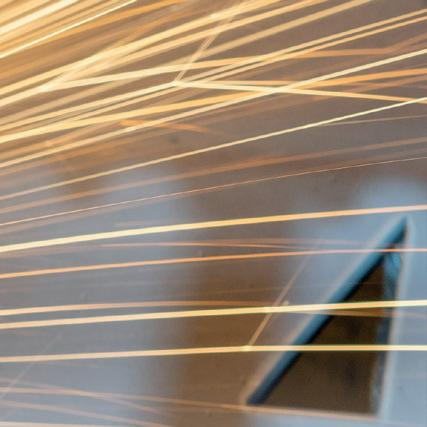
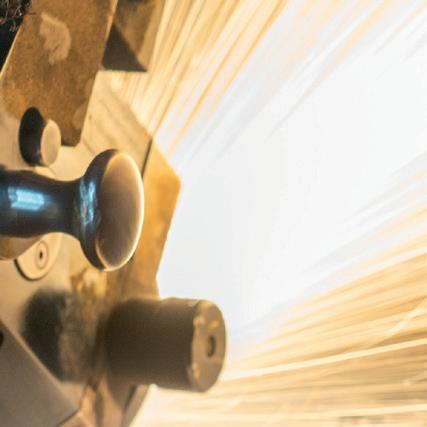
 By Joana Schulte2 ; Stephan Ziegler1,2; Johannes Henrich Schleifenbaum1,2
By Joana Schulte2 ; Stephan Ziegler1,2; Johannes Henrich Schleifenbaum1,2
Abstract
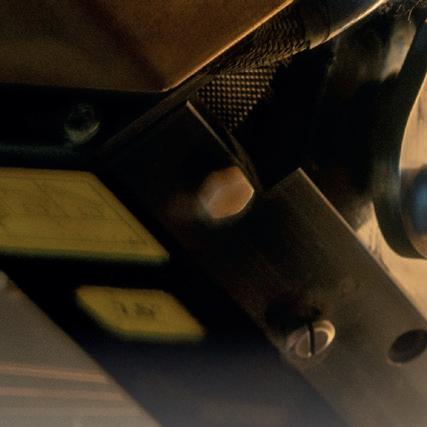

The layerwise characteristic of Additive Manufacturing enables the production of geometrically complex parts that were not feasible to realize using other well established manufacturing technologies. This new freedom of design can be used to create novel functionally advanced parts that combine elaborate lightweight structures and a high degree of function integration resulting in designs consisting of less individual parts facilitating the subsequent assembly process. Since such designs are hardly feasible to realize using conventional CAD-programs, algorithmic design can help to fully exploit the possibilities of AM without neglecting the design restrictions that still exist.

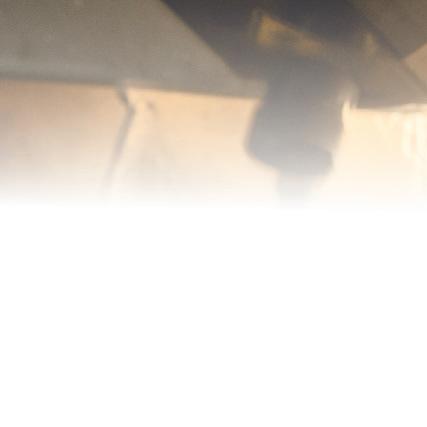





Introduction to AM Additive Manufacturing (AM) is a highly emerging technology with increasing impact on industrial applications. Intense research activities in the past years, including material and process development as well as advancements in design optimization and automation paved the way for an easier and more effective use of AM technologies in industry. In contrast to subtractive manufacturing processes, which start with a solid block of material and produce the desired part by subtractive machining, AM technologies create a part by adding material only where required for the final geometry, eventually avoiding material waste.
The term AM comprises various manufacturing processes including a wide range of processable materials as well as different mechanisms regarding the material consolidation. The most commonly used metal-based process is laser powder bed fusion (LPBF) in which metal powder is selectively melted by a laser layer by layer resulting in the required part. The manufacturing process starts with a 3D geometry which can be
generated using commonly known CAD software, 3D scanning tools (recreating parts that already exist) or algorithms that create geometries automatically (Gibson et al. 2015). The 3D geometry then needs to be sliced into layers which can be seen as a collection of 2.5D representations of the geometry. Provided with the appropriate process parameters, the data can be transferred to the manufacturing machine. The part is then physically built by melting the layerwise geometrical representation using one or a few lasers. After each layer, the build plate is lowered by the chosen slice height and recoated with powder which then is melted again in the area defined by the current slice. This iterative process repeats until the entire part is built. Due to the layerwise characteristic of the process and the complete melting of the metal powder, almost fully dense parts (≥ 99.5% relative density) with a high degree of complexity can be produced as end products. In contrast to other manufacturing technologies, the degree of complexity is not critical for the manufacturing feasibility and costs, hence allowing a new freedom of design. The mold-less manufacturing enables the production in one piece without any mold joints making the definition of parting lines and the consideration of release angles obsolete (Gebhardt et al. 2019). Customized products can be created without much additional effort due to the tool-less production and an efficient part number reduction in an assembly can be realized by function integration. Taking this into account, AM provides the foundation needed for the development of efficient lightweight structures and function-integrated components while saving material waste due to the near net shape production and additionally lowering the assembly costs by part number reduction (Gebhardt et al. 2019).
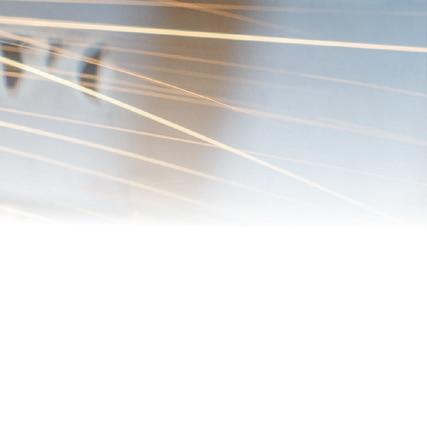
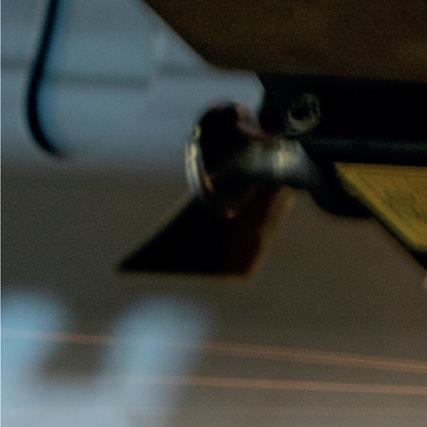
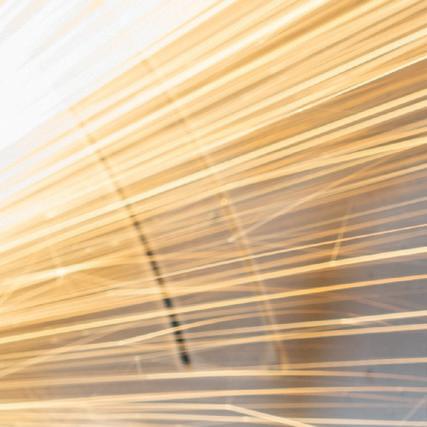
Design Possibilities enabled by AM
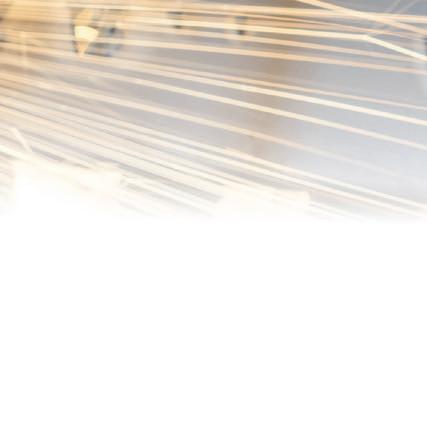
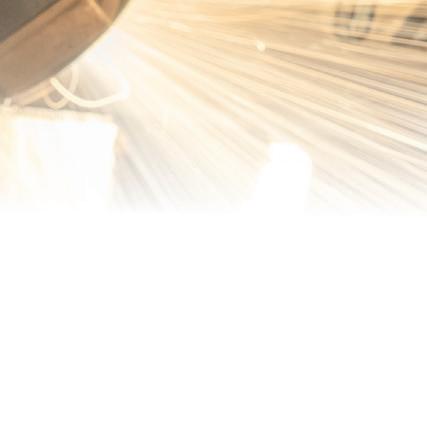
The freedom of design provided by AM promotes a bigger focus on functionality, supporting designs that optimally reach its targeted function. This can lead to advanced heat exchangers, parts with sophisticated mechanical features or integrated sensors as well as the generation of so-called digital materials.
The realization of complicated (inner) structures such as conformal cooling channels and (internal) lattices for structural reasons in lightweight structures do not pose a challenge (Gebhardt et al. 2019). Conformal cooling channels can be applied in additively manufactured molds reducing the cooling time and thus improving manufacturing efficiency (Tan et al. 2020). Integrated cooling systems can furthermore be used in high temperature applications such as in turbine blades (Magerramova et al. 2016). Furthermore, the aerospace industry focuses on the lightweight potential and the possible replacement of internal solid volumes by such structures (Maconachie et al. 2019). Apart from the aerospace industry, lattice structures are of particular interest for biomedical and heat management applications.
Design Restrictions
Despite the relatively great freedom of design for AM (DfAM) compared to other manufacturing technologies, specific design requirements apply to the LPBF process. They mainly derive from the layerwise build up, the thermal characteristics of the process, the machine parameters, and the necessity to remove excess powder. They are material dependent and the chosen process parameters also determine the final quality of building parts. To obtain a suitable design for AM, following considerations need to be taken into account: The maximum build size depends on the machine’s build chamber. The removal of excess powder must be enabled by advantageous shaped cavities
1.
and the insertion of appropriate outlets, i.e. enough outlets, evenly distributed and of a sufficient size to enable powder flowability. In complex channels the powder removal is dependent on the length and the diameter, requiring greater diameters for longer channels (Kumke 2018). Support structures are needed for additional heat dissipation, to fix the part to the build platform during processing, to compensate for residual stress-induced warping and to enable fabrication of overhanging features and the accessibility for tools to remove supports must be ensured (Kumke 2018) (VDI 3405 Blatt 3). Heat dissipating support structures depend on the respective geometry and the orientation on the build plate and are only necessary if the already consolidated geometry below the currently exposed layer is unable to sufficiently dissipate the applied heat leading to an overheating of the part. Overhanging features can usually be built without support if the down-skin angle exceeds the threshold angle that normally is around 45° for most of the processing materials. However, the surface roughness decreases with increasing down-skin angle which is further related to the layer-induced stair stepping effect. This effect is dependent on the surface angle and the layer thickness resulting in the best surfaces being the upskinsurfaces and the surfaces perpendicular to the build plate orientation. The layerwise build-up furthermore leads to anisotropic material properties which are determining for the part’s build orientation and must be considered in the design and the dimensioning of a structure. Similar to other thermal processes, like casting, material accumulation, abrupt and large changes in wall thickness and notches should be avoided to counteract warpage and residual stresses. Shrinkage also needs to be considered during the design process. The resolution and the accuracy are usually higher within a layer and lower in the building direction, and they depend on the layer thickness (for accuracy in building direction), laser beam diameter and the resulting melt pool size (for accuracy within a layer). The last aspect that needs to be considered for an AMcompliant design, according to Kumke (2018), are the necessary post processing steps, meaning that component-relevant post-processing technologies must be
feasible. Functioning surfaces, that need to be machined conventionally or electrochemically, must be accessible for appropriate tools as well as clamping must be possible if required. This extra thickness should be applied in design of functioning surfaces.
Taking Advantage of Design Algorithms and Automation in the Design Process
Exploiting the freedom of design and the accompanying possibility to realize highly complex structures for advanced functionalities and lightweight structures is increasingly challenging using traditional CAD software. To consider and implement the manufacturing constraints in the design of a component without compromising on the above-mentioned possibilities makes it more difficult to perform the design process manually. Algorithmic aided design comprises design strategies that utilize computational methods to generate automatic and optimized part designs instead of relying on personal expertise of the CAD-user, superseding the predominant role of the designer within the design process for a more functional and simulation driven design approach (Barbieri und Muzzupappa 2022). Exemplarily workflows of traditional and algorithmic design are shown in Figure 1. Those computational tools can either cover the design process partially by providing a structurally optimized design proposal (e.g. topology optimization) which then needs to be interpreted by the designer, or offer a solution that provides a quasi-production ready design using a minimum of material and respecting the AM specific design restrictions based on the requirements supplied by designers. The main difference to the traditional design process is that instead of developing a new component iteratively based on the experience of the designer and the input given by the simulation engineers, the underlying design problem is defined using basic parameters such as the material, design restrictions, physical constraints, and manufacturing restrictions. Fig 1
In addition to topology optimization methods, generative design is another tool for efficient design of AM-fabricated components. By supplying input parameters such as material and design
restrictions, generative design algorithms can generate multiple solutions automatically that all meet the initial demand. The generated solutions can then be ranked using relevant performance criteria to select an appropriate variant (Sbrugnera Sotomayor et al. 2021). Those solutions often involve geometries that even an experienced designer would not have come up with on his own leading to parts with increased properties regarding light weighting, part number reduction and structural performance (Barbieri und Muzzupappa 2022). Generative design can in particular be applicated efficiently, when many similar variants are needed that slightly differ in their geometrical or structural requirements by updating the predefined requirements. A time-consuming revision of a manually designed part is no longer required to receive a deviating variant. Apart from generating the complete geometry of a part, design algorithms can also be used to realize complex geometrical features that follow certain rules but would hardly be feasible using conventional CAD software. Lattice structures, in the most cases, can be described using specific design rules, thus belong to the mentioned features. Regular periodic lattices can be generated by the definition of a unit cell and filling the design space with a periodic pattern of the unit cell within the design space. Design rules need to be specified e.g., how to extract the design space from the given part, how to distribute the unit cell inside the geometry and how to handle unit cells located at the outer boundary. Apart from periodic lattices, random and conformal lattice structures can also be created algorithmically. Their design parameters can be determined by automatic parameter determination based on finite element (FE) results, resulting in load-adaptive lattice structures.
The main advantages of algorithmic design strategies are that once the algorithm is defined it can be easily applied to other geometries and use cases by updating the input parameters, the realization of complex function oriented structures is simplified since their generation is based on the implemented definitions and computational methods and does not depend on the designer’s expertise and furthermore restrictions, e.g. related to the manufacturing process, can be implemented from the beginning of the design phase and do not need to be observed separately. �

Acknowledgement
Funded by the Deutsche Forschungsgemeinschaft (DFG, German Research Foundation) under Germany’s Excellence Strategy – EXC-2023 Internet of Production – 390621612
Additively manufactured 3D connection elements


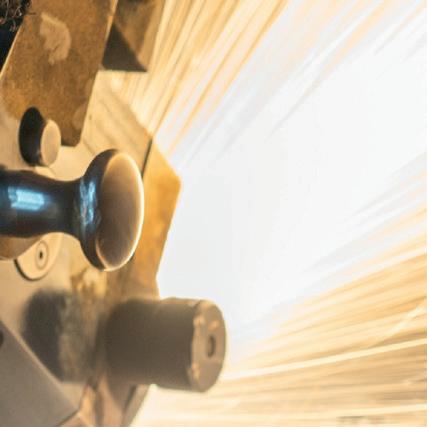 By Joana Schulte2; Stephan Ziegler1,2; Markus Kuhnhenne3; Johannes Henrich Schleifenbaum1,2
By Joana Schulte2; Stephan Ziegler1,2; Markus Kuhnhenne3; Johannes Henrich Schleifenbaum1,2






Abstract


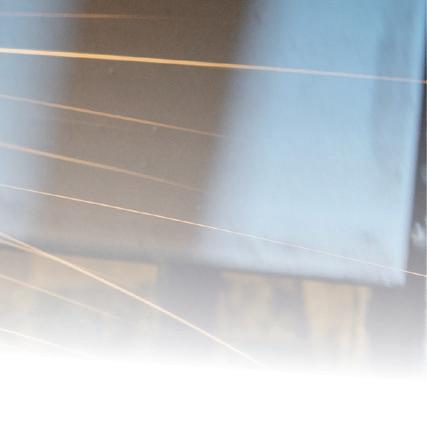
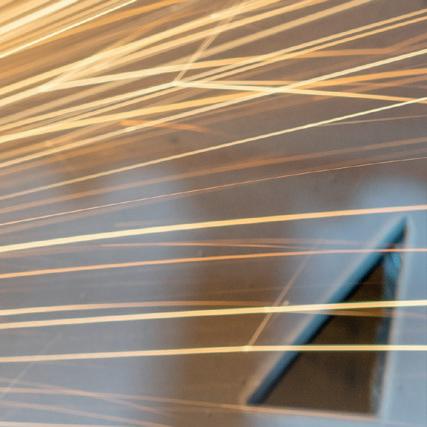
The construction and operation of buildings are considered as the biggest influencing factors contributing to the world’s global energy consumption. Therefore, the construction industry is a key industry to efficiently reduce the global energy demand for a more sustainable future. Representing the interface between the interior and the exterior of a building, the façade as a thermal barrier is one of the most influencing factors to the building’s energy balance. Using additive manufacturing, advanced lightweight connection elements for façades can be manufactured, potentially combining reduced thermal bridges, material savings and improved assembly/disassembly enabling an efficient re-use of the parts.
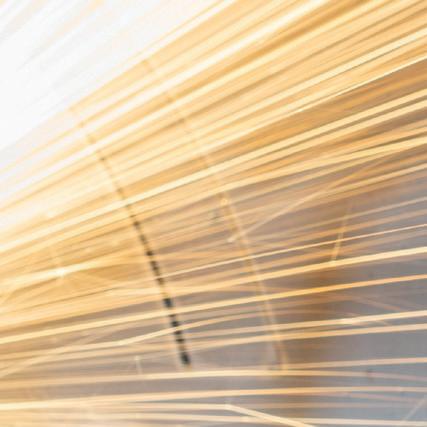
Building Industry and Energy Consumption
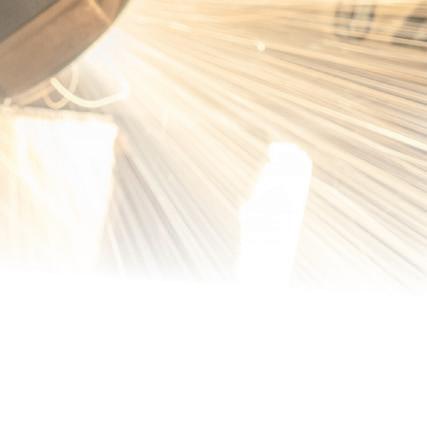

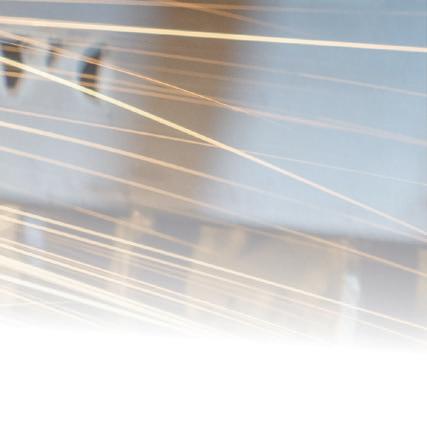
The building sector is considered as the biggest contributor when it comes to the worlds global energy consumption and greenhouse gas emissions (Allouhi et al. 2015). In 2019 the construction and operation of buildings contributed to 35 % of the total energy consumption and to 38 % of the energy-related CO2 emissions (United Nations Environment Programme 2020). Keeping this in mind, the building sector is one of the key industries regarding an efficient approach to reduce the global energy demand and greenhouse gases for a more sustainable future.
The development of improved building components with a minimized material consumption and optimized structural and thermal characteristics has the potential to lead to significant less energy demands during the manufacturing process of the components as well as to a reduced energy consumption during the operation of buildings. The building envelope represents the interface between the interior and the exterior of a building, hence being important for thermal insulation. The heat gained and dissipated through
the façade as well as the performance of sun protection mechanisms contribute to the dimensioning of the necessary heating and cooling infrastructure, eventually making the façade one of the most impacting factors when it comes to the building’s energy balance during service life (Knaack et al. 2007). Improvements to façade systems therefore appear to be a useful approach to achieve more sustainable buildings.
Further functions, the façade needs to fulfil, are resistance to and load transfer of wind loads, the weight of snow, live load (persons inside the building leaning against the façade), and stress loads caused by temperature or humidity changes resulting in deflections of components. Moreover, the load bearing capability for its self-weight and that of other building components as well as the protection from rainwater. Since the façade is also a highly impacting factor when it comes to the parameters that determine a comfortable environment for the user, these aspects must not be neglected when improving the façade’s energy efficiency. Comfort parameters can only be measured subjectively, but include air movement, temperature, light intensity and humidity. Additional requirements, façades have to fulfil are of visual, hygienic and acoustic nature. Visual requirements consist of sufficient and, if available,

natural light for the building’s inside and the prevention of strong contrasts between light and dark areas as well as reflections. Hygienic requirements involve appropriate air circulation and acoustic requirements taking into account the handling of sounds from outside and inside that can be differentiated into airborne and structure-borne sounds (Knaack et al. 2007). Furthermore, assembly efforts need to be considered. As buildings shape today’s environment, aesthetic aspects should also be incorporated in the development of future façades, despite the importance for improving sustainability (Strauß 2013).
State of the Art in Façade Construction
Nowadays, systemized façades are predominantly used in the building industry, comprising a number of standardized components. Systemized solutions facilitate to meet the technical requirements for façades, which have increased significantly in the past and can only be accomplished using sophisticated methods. Besides to ease of design, they enable better process control due to a better predictability (Knaack et al. 2007).
Widely used façade systems include post-and-beam constructions consisting of a loadbearing base structure composed of sections made of timber, steel or
Fig 1. Structure of rear-ventilated façade systems and the most relevant loads and requirements (figure based on FVHF (2018))
aluminium. Posts are typically mounted to the building’s shell using 3-dimensional brackets, followed by the mounting of the beams. Subsequently, infill elements, such as glass panes, windows or doors, can be mounted onto the post and beam structure using mouldings. Load transfer from the infill elements into the beams is realized by support blocks (Knaack et al. 2007).
Rear-ventilated systems, shown in fig 1, represent another common type of façades. These consist of visible claddings mounted to supporting profiles using fastening elements. The supporting profiles are connected to brackets via fixation elements using fixed as well as sliding points. Using anchoring elements, the brackets are again fixed to the anchoring base usually represented by the outer wall of a building. Thermal separating elements need to be added in between the brackets and the anchoring base to prevent or to minimize thermal bridges. A mineral insulation layer is installed onto the anchoring base leaving the rear ventilation space between this and the cladding layer (FVHF 2018).
Connecting elements, such as brackets, connectors and fasteners, are crucial for both systems. Currently available connections lead to point-like and line-like thermal bridges by linking the different layers from outside to inside and affect the energetic quality of a building negatively. Established connecting technologies often involve bending resistant welded joints as well as screwed head plate joints which can either be flexible or bending resistant. Manufacturing and installation of these systems usually involves high efforts. Furthermore, non-reversible welded joints prevent an effective re-use and recycling. Reversible, plug-in mechanisms, like sigma knots (Grube und Landskröner 2001), can in contrast easily be assembled and disassembled to be efficiently re-used and recycled. However, such easy detachable solutions are not yet well established in the industry.
Improving Façades using AM Novel, innovative connection elements should strive to be more sustainable by consisting of elaborate lightweight geometries that are able to reduce thermal bridges and hence increase the energy efficiency of the building as well as consider detachable joints to enable reusability. Besides finding the optimal structure regarding a minimum weight while making optimum use of the material properties, lightweight engineering in the construction industry is aiming for a maximum reduction of the cumulative energy demand for structures with even increasing importance in the future. This includes the primary energy deployed
for the manufacturing, the energy used during the part’s lifetime and the energy needed for recycling and reusing the material (Englhardt 2013).
When it comes to improving the building envelope, the application of additive manufacturing (AM) can contribute to enhanced functionalities of façades by enabling the production of geometrically complex parts, enabling enhanced functionalities including the optimization of structural aspects, the simplification of the manufacturing process and installation, complex shaped free form façades, and the room climate (Strauß 2013). These complex structures, combining structurally optimized parts, meaning less material consumption, as well as improved geometries to minimize thermal bridges, are hardly feasible to manufacture using well established technologies. AM rapidly evolved in the past years and consolidates manufacturing technologies that are based on a layerwise application of material. Regarding the construction industry, AM attracted some attention by printing entire buildings from concrete using extrusionbased processes. However, other AMprocesses gain in importance in this sector considering different materials and smaller building parts as they are needed in façade construction (Paolini et al. 2019). In the metal-based Laser Powder Bed Fusion (LPBF) metal powder is selectively melted by one or more lasers layer by layer resulting in the required part. Due to the layer-wise characteristic and the complete melting of the metal powder dense parts of almost arbitrary complexity can be produced that can withstand mechanical and thermal loads and therefore meet the requirements in façade construction (Gebhardt et al. 2019).
Even though printing complete façade systems will not be economically feasible with the currently established processes and available machines, LPBF is particularly advantageous for the realization of (structurally) advanced and individualized connecting elements. Thus, a hybrid approach combining relatively small additively manufactured connection elements and larger conventionally manufactured standardized parts of established and certified façade systems is promising (Strauß und Knaack 2015). Re-designing such connections allows the integration of additional functions as mentioned above yet using less material and requiring fewer parts, leading to a simplified assembly (and disassembly when required) as demonstrated by Strauß (2010). His developed façade node is customizable and optimizable regarding the respective loads, deformation, number of needed joints and their angles by a parametrized design. These tailored
joints facilitate the use of only rectangular sawn posts and beams enhancing the elimination of defects like water leaks usually resulting from inaccuracy (Strauß 2013). The advantages of the application of optimized (structural) building elements produced by AM are further shown by Galjaard et al. (2015), who focused on the structural and lightweight aspects and Mrazovic et al. (2018), who compared additive and conventional manufacturing methods in the building industry regarding their environmental impact.
Redesigning an exemplary connecting node of a tensegrity structure exploiting the design freedom of LPBF Galjaard et al. (2015) obtained an optimized function integrated part that was 75% lighter than the conventionally manufactured original. Starting with a parametric generation of the design space of the node, followed by a topology optimization, the design process finished with a refinement of the geometry and a further step in which manufacturing constraints were considered. Even though they focused on a single node, their design procedure was developed to be easily transferrable to the development of other nodes with differing connection configurations and structural boundary conditions (Galjaard et al. 2015).
By means of two case studies regarding metallic building components (a large window frame and a bracket) Mrazovic et al. (2018) assessed measures such as applicability, environmental impact as well as cost comparing the production via AM and conventional manufacturing. They confirm the feasibility of AM in the building industry and claim a 87% reduction of the environmental impact but point out the higher costs and the slower production rate (Mrazovic et al. 2018).
So far, the efforts of applying metal LPBF in the building industry mainly aimed for material reduction, individualization for complex façade designs and improved assembly (simplifying the installation and eliminating the risk of leakages due to inaccuracies in the preparation of the individual components). Reducing thermal bridges and thus increasing the building’s energy efficiency using the potentials of AM could not be perceived as a subject of research in the literature survey carried out, but is one main goal of ongoing research activities at the DAP and STB of the RWTH Aachen University. Further objectives include the efficient application of recycling material originating from the building industry, material efficiency using methods for lightweight engineering, e.g. topology optimization and biomimetic lightweight structures, as well as reusability enabled by easy detachable connection mechanisms. �
Weldability of Al components produced by LPBF
 By Alexander Schwarz1,2; Sebastian Bremen2; Andreas Gebhardt1,2, Johannes Henrich Schleifenbaum3,4
By Alexander Schwarz1,2; Sebastian Bremen2; Andreas Gebhardt1,2, Johannes Henrich Schleifenbaum3,4
Abstract
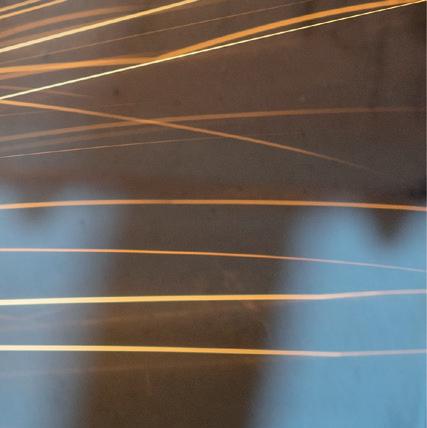
Laser Powder Bed Fusion has become an important industrial manufacturing process, which is widely used across different industries. Nevertheless, one of its major disadvantages is the size limitation of the build chamber. One approach for solving this issue is the upscaling of the machines, which is limited by several physical restrictions.

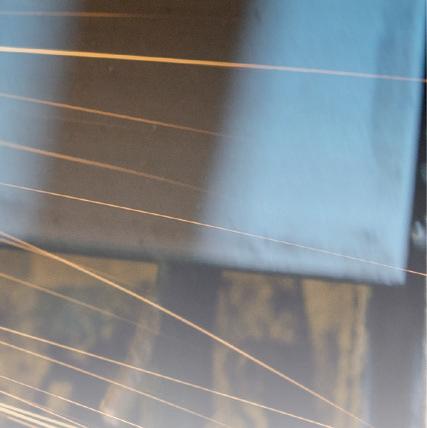



Another approach is the welding of multiple components. But especially for aluminum alloys, the welding of the components comes with several drawbacks, especially hydrogen porosity, which must be solved. This paper will showcase one solution for the welding of aluminum LPBF-components by using laser welding under vacuum.
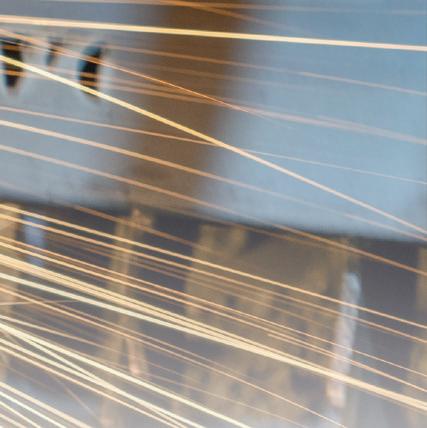



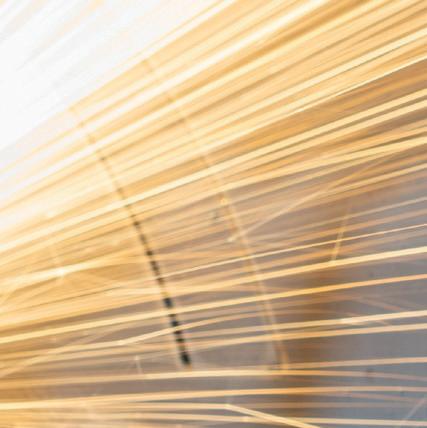
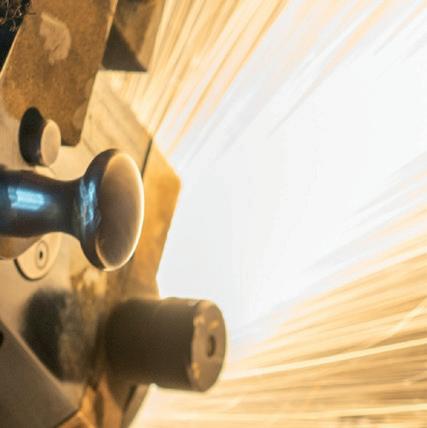
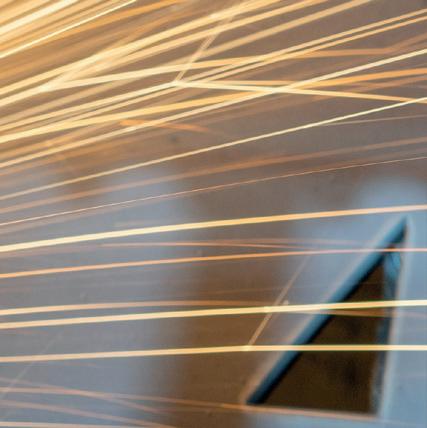
Introduction
Laser Powder Bed Fusion (LPBF) is getting has been established as an industrially used additive manufacturing process. While the last years have shown an increasing productivity of the different machines (e.g. (SLM Solutions AG 10.11.2020), the build chamber size is still a limiting factor for the process. Different manufacturers have introduced large scale machine concepts (FRAUNHOFER INSTITUTE FOR LASER TECHNOLOGY ILT 16.10.2012; SLM Solutions Group AG), but the largest machines are still limited at around 1500 x 1000 x 500 mm (Flying Ray 2022).
Although these large machines are developed for highest productivity and series production, there are some drawbacks coming with the large build volume. Besides the high investment into
the machine (Wohlers 2018), it must also be respected, that enough material must be stored, to completely fill the build chamber. This leads to high bound assets, especially with the recent development of raw material costs. Additionally, the production processes on large scale LPBF machines can take several weeks and some process defects are only detected after the build process is finished. This can lead to costly fail prints due to the hourly machine rates, as well as the material costs.
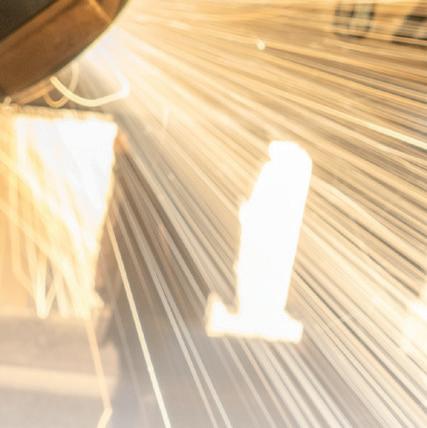
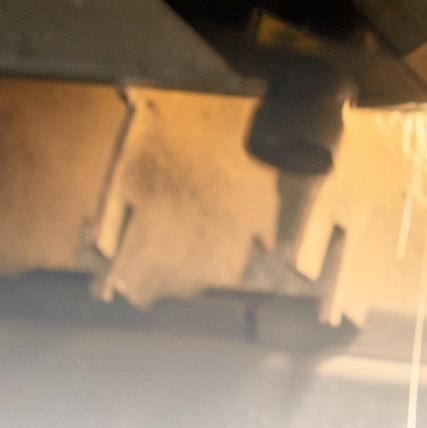
One solution for these problems could be the welding of smaller AM parts. This would enable the use of cheaper machines, in combination with shorter manufacturing processes. But specifically, the widest used aluminum alloy AlSi10Mg (Andre Schöbel 2017) can be hard to weld under certain circumstances. This paper shows the difficulties with
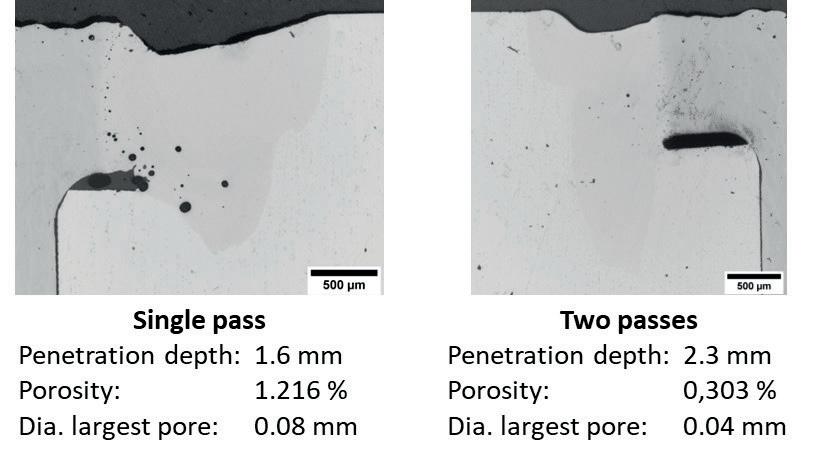
hydrogen porosity when welding additively manufactured AlSi10Mg and one approach how to reduce porosity.
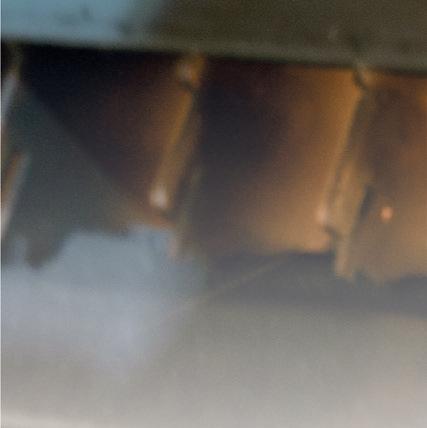
State of the art
While there have been several studies on the additive manufacturing process of AlSi10Mg, subsequent welding processes have only been hardly analyzed. The main difficulty with welding of aluminum die casting alloys is the rapid change of solubility of aluminum for hydrogen (Dilthey 2005; Mig Weld S.A.S.U.). Emmelmann and Beckmann (Emmelmann und Beckmann) have shown, that the welding of additive manufactured AlSi12 results in weld seams with a high hydrogen porosity, compared to welds on specimens produced by other manufacturing processes. They assumed, that the higher concentration of hydrogen
First pass
Second pass
Pressure [mbar] 7 7
Laser power [W] 500 500
Welding velocity [mm/s] 10 10
Shielding gas amount [l/min] 5 5
Welding figure Circle Circle
Amplitude [mm] 0,2 0,5
Table 4-1. Parameters for the laser welding under vacuum
in the base material is the cause for this behavior. As a solution, they worked with a defocused laser and a slower welding speed. This keeps the weld pool longer open and enables the outgassing of the hydrogen.
The approach, that is presented in this paper is the use of laser welding under vacuum (LaVa). By applying a vacuum during the processing, the boiling point for aluminum is reduced by around 1000 K, while the melting temperature remains nearly the same with a drop of only approximately 1 K (Honig und Kramer). This effect is reducing the weld pool size and therefore the pressure within the capillary (Katayama 2013), stabilizing it. Another effect of the reduced temperature is the reduction of the molten base material, which leads according to Gref (Wolfgang Gref 2005), to a reduced porosity in the weld seam.
For the laser welding process, different beam oscillations are possible, which have an influence on the energy and heat distribution within the weld seam. As it is stated by Fetzer (Fetzer et al. 2018) the energy distribution during the laser welding process is a crucial factor for the reduction of porosity in weld seams. According to their research, the relative movement is decisive for the forming of pores in aluminum laser weld seams. Only with a constant movement of the laser the forming of larger pores in the seams can effectively be avoided.
Method
To investigate the laser welding in vacuum on additive manufactured parts, different welding parameters have been investigated, to reduce the resulting porosity in thew weld seam. The demonstration part presented in this paper is a hybrid weld between an additive and a conventional manufactured part.
The additive manufactured part is produced with the LPBF process on a Concept Laser/GE Xline 2000R machine. The base material is a AlSi10Mg powder with a grain size between 45 µm and 75 µm (Concept Laser GmbH 2018).
To create a near zero gap between the weld partners, the manufactured part is subtractive post-processed, to remove the surface roughness resulting from
the L-PBF process. The alloy used for the conventional manufacturing is a EN AW 5083 (AlMg4,5Mn0,7). No filler material is used for the welding process.
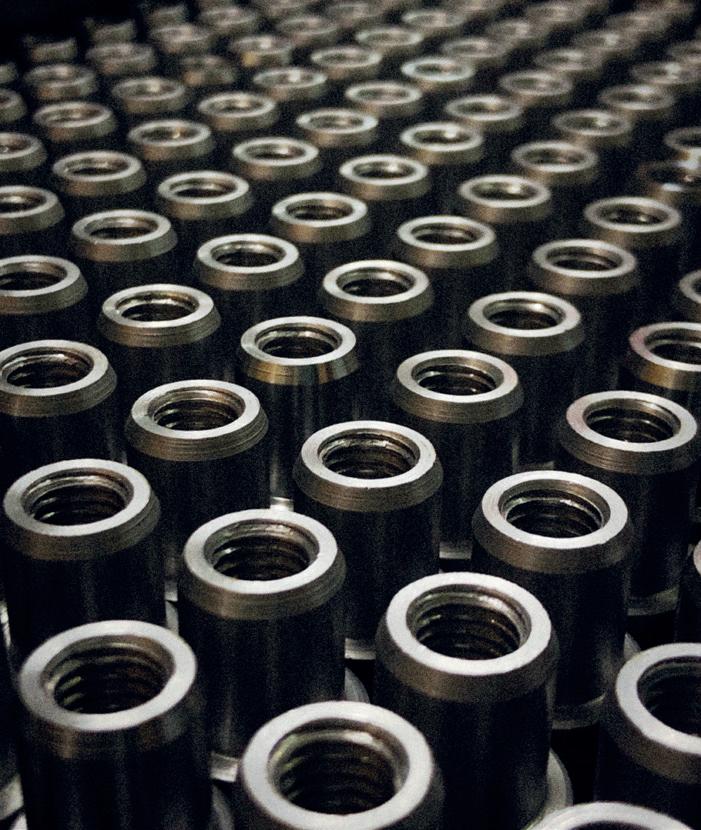
For the subsequent welding processes laser welding in vacuum is used. It is carried out on a LaVACell 260 from LaVaX. The machine combines a rotational table with a laser scanner system from Scanlab. The laser welding in vacuum process results in a much smaller weld pool and therefore reduced heat affected zone (HAZ). Although this contrasts with the previously mentioned results of Emmelmann et. al., the reduced amount of molten base material should decrease the amount of hydrogen, which is introduced into the weld pool and therefore also reduce the porosity of the weld seam, as stated by Gref.
After the welding processes, a metallographic analysis of the resulting weld seams has taken place. The main objective of the metallographic analyses is the measurement of the porosity of the weld seam. The porosity is used as an indicator for the judgement of the weld seam quality.
Results
Fig 4-1 shows the result of two laser welds under vacuum with the welding parameters given by table 4-1. Two different welding parameter sets will be discussed. The first parameter is a weld carried out by a single pass. For the second weld seam two passes are applied. The first pass with the same settings as for the first weld seam and for the second weld pass the amplitude of the beam oscillation is increased from 0.2 to 0.5 mm. The second pass is applied, to evaluate an
improvement of the outgassing of the hydrogen porosity, as it is known from conventional laser welding. The effect on the additive manufactured base material must be evaluated.
In contrast to the results known from Tungsten Inet Gas (TIG) welding or conventional laser welding of additively manufactured AlSi10Mg, the results show a reduced porosity in the weld seam. By applying a second pass, the penetration depth can be increased, while the porosity is decreased to around 0,3 %. This can be explained by the fact, that the second pass gave the hydrogen pores the chance for the outgassing. It can be assumed, that the effect is caused by the combination of the reduced cooling times of laser welding in contrast to TIG welding, but also by the application of the vacuum during the welding process.
Conclusion
Welding of AM aluminum parts is not possible by conventional welding technologies, due to the hydrogen amount, which is included in the resulting base material. But by using laser welding under vacuum, it is possible to produce high-quality weld seams, with a reduced porosity. Multiple interacting effects lead to the reduction of the porosity. One important reason is the increasing cooling rates of the weld pool in contrast to other welding technologies, like TIG-welding. The reduced cooling rates are caused by the reduction of the boiling point due to the reduced environmental pressure and therefore lower temperatures in the capillary. The lower temperatures are also causing less additive manufactured base material to be molten and reduce the amount of hydrogen, which is introduced into the weld seam. The last reason is the beam oscillation during the laser welding process, which is causing a rapid remelting of the material weld seam and therefore creating the possibility for the outgassing of the hydrogen pores.
While the presented approach is working on small scale applications, solutions must be developed, which enable larger applications and a more flexible usage of the technology. The L-PBF process must be improved, to reduce the hydrogen concentration in the resulting aluminum parts. Different approaches could be advantageous. One could be the pre-heating of the powders, before the processing, another one the usage of other, new alloys. In terms of the LaVa-Process, the process must be made available for larger applications and a more flexible usage. One possible solution could be the usage of a mobile laser vacuum welding system that is directly attached to the parts. �
Design optimisation of a cylinder head with additive manufacturing






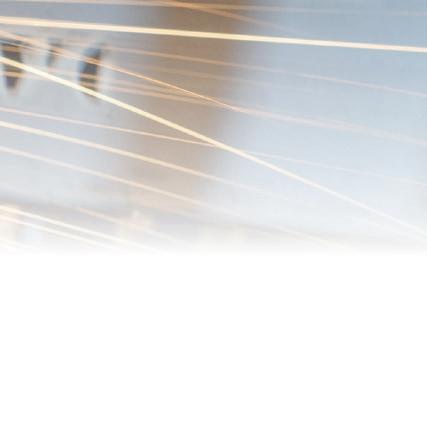

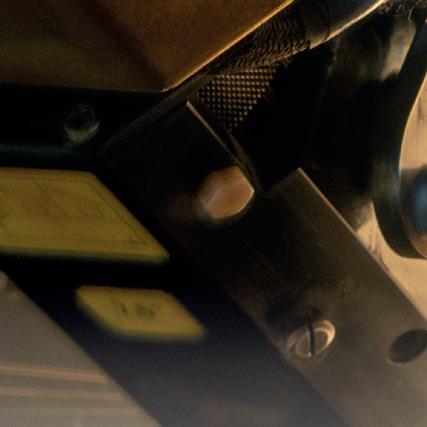
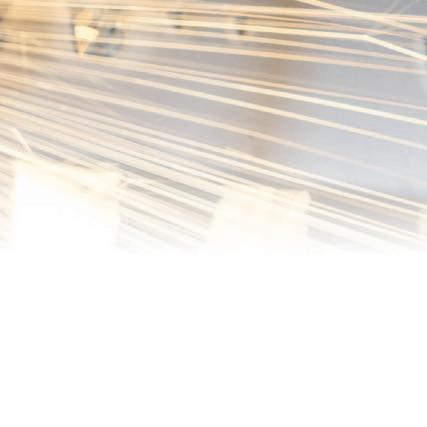


 By Johannes Willkomm2; Stephan Ziegler1,2; Johannes Henrich Schleifenbaum1,2
By Johannes Willkomm2; Stephan Ziegler1,2; Johannes Henrich Schleifenbaum1,2
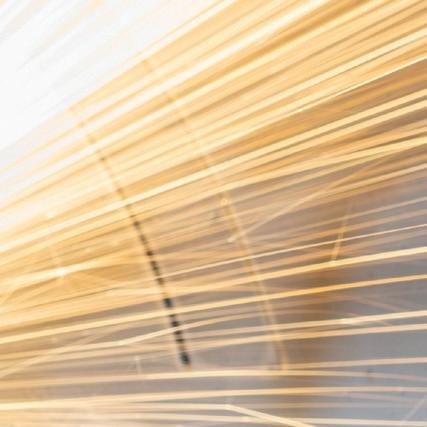
Abstract
For many thermally and mechanically high-loaded components, such as the cylinder head, cooling and thermal management are key factors for function and durability. Ideal cooling systems have complex internal structures that cannot be produced economically using conventional manufacturing methods. Higher design freedom within additive manufacturing offers high potential to create cooling structures that are close to the optimum. This study investigates how additive manufactured cooling structures can improve the function and durability of thermally and mechanically highloaded components and how they can be methodically integrated into the design using the example of a 1.5 L I3 gasoline turbo engine cylinder head.
Exploiting the design possibilities of additive manufacturing to optimize thermally high–loaded parts The efficiency, function and durability of thermo-mechanically high-loaded parts can often be increased by improving thermal management, e.g. through enhanced cooling. Cylinder heads, for example, can be improved not only in terms of combustion efficiency and thus
fuel consumption, but also in terms of durability by increasing the number of possible temperature and combustion cycles. (Kohler 2006) Cylinder heads are typically made of aluminum alloys. Since the cylinder head is mounted directly onto the pistons, there is a thermal load from combustion and a mechanical load from the piston pressure. Cooling is achieved by longitudinal or transverse flow of cooling water through water jackets (van Basshuysen 2010). The greatest challenge in cooling is to achieve the most efficient and homogeneous cooling of the combustion chamber face.
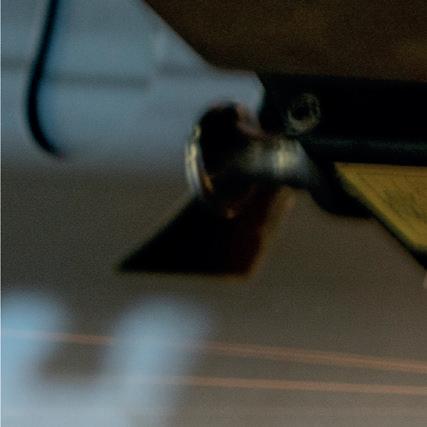
One possible method for improving cooling performance is near-net shape cooling with simultaneous reduction of the combustion chamber deck temperature, as well as increasing the dissipation of process heat into the coolant. The object is to optimize the design by integrating ribs inside the water jacket. Integration of these ribs significantly increases the design complexity and thus the manufacturing complexity using casting. Applying Additive Manufacturing (AM), filigree and complex internal structures can be manufactured economically. The most common AM process for metals is Laser Powder Bed Fusion (LPBF). (Wohlers
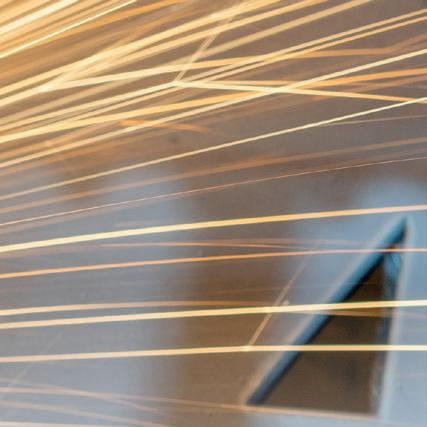
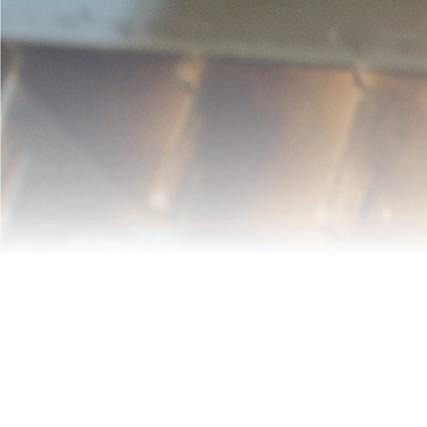
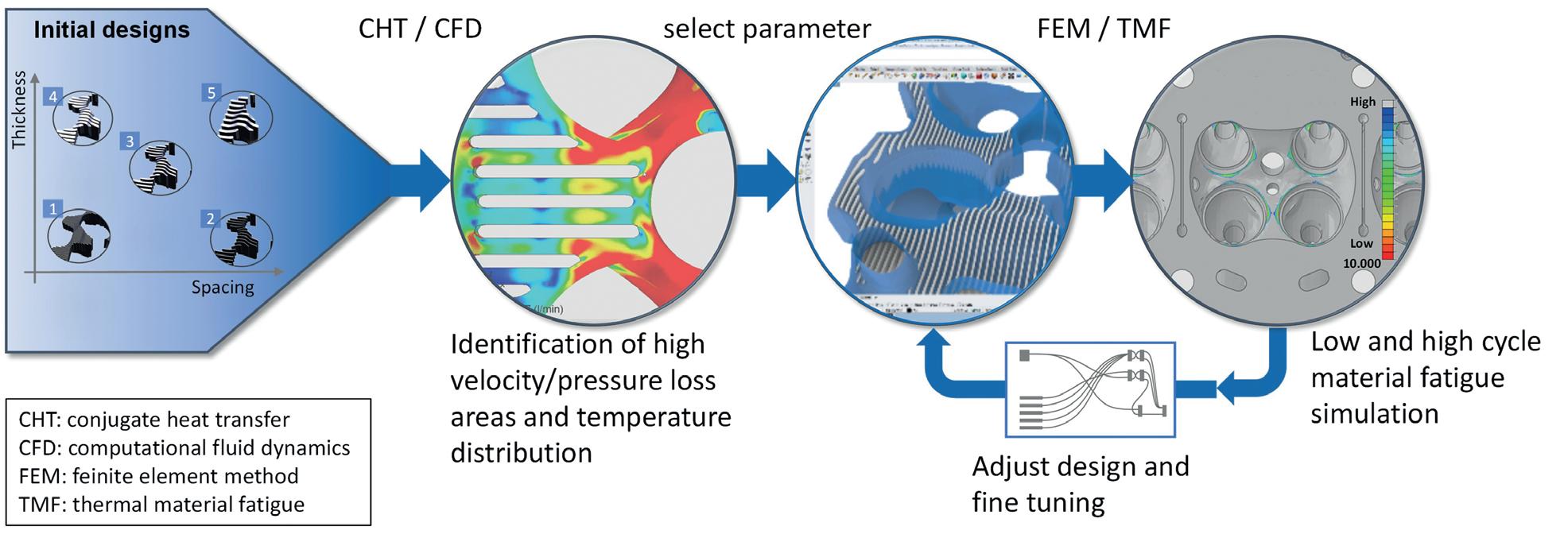
und Campbell 2017) In addition to the increased degrees of freedom, LPBF still has design constraints, which have already been outlined in various publications and standards (VDI 3405 Blatt 3:). By exploiting the LPBF design potentials, a cylinder head with the best possible cooling properties using optimized ribs in the water jacket is to be designed, manufactured, and tested. The tests are performed with a 1.5l I3 GTDI bottom engine under real load conditions. Two approaches are presented for the integration of those ribs.
This work is a result of a joint project between Ford Research & Advanced Engineering Europe and the Chair Digital Additive Production at RWTH Aachen University. Parts of this work have been funded by the German Ministry of Education and Research (BMBF) under grant number 03XP0168E.
Approaches and Methods to design optimized cooling ribs
The integration of internal ribs to improve cooling performance is demonstrated with the design of a cylinder head of a downsized 1.5 L I3 gasoline turbo engine with direct injection. Based on a literature research AlSi10Mg is selected to manufacture the cylinder head based on the criteria
mechanical properties, processability, cost and availability. To design the cylinder head, the mechanical and thermal properties of the LPBF-produced material were first characterized. The results are published in Design and manufacturing of a cylinder head by laser powder bed fusion (Willkomm et al. 2021).
For the integration of the ribs into the water jacket, two different approaches - 1. parameter variation based on simulations, 2. general study of cooling rip structures - were carried out, which are described in more detail below.
Parameter variation based on simulation
For the first approach, an initial design of the cooling ribs is defined. Elongated cooling ribs are defined to increase the cooling surfaces and to ensure the flow of the cooling fluid. The rib thickness and the spacing between the ribs are defined as adjustable parameters. Several designs with different thickness and spacing are created. For each of these designs conjugate heat transfer (CHT) and computational fluid dynamic (CFD) simulations are performed to investigate and compare the pressure loss and temperature distribution. The rib structure with acceptable pressure loss and simultaneous improvement of the cooling performance is selected and integrated into the cylinder head model. A final iterative adaptation, e.g. adaptation to the design space and addition channels to avoid stagnant flow conditions, of the rib structure is carried out. Material fatigue is investigated using finite element method (FEM) and thermal material fatigue (TMF). By integrating the rip structures using a design scripting model, the required adaptations can be carried out efficiently. A detailed description of this model is published in (Willkomm et al. 2021). A schematic representation of the procedure
is shown in Fig 1
General study of cooling rib structures
The second procedure describes a general study of rib structures (s. Fig 2). Based on this study, the appropriate rib structures for the application can be selected. First, the requirements for the rib structures are defined and possible rib structures are selected from the literature. The investigated structures include rib structures with constant circular, elliptical, rectangular and NACA-profile (cross section see Figure 2) cross-section over height as well as the cellular structures f2ccz lattice structure, and the triple periodic minimal surface (TPMS) structures diamond surface, gyroid surface and lattice and IWP lattice structure.
All structures are analyzed and compared to each other in terms of manufacturability using LPBF, economic efficiency in design and manufacturing, cooling capacity and pressure loss. The test geometry in the center of fig 2 is used to investigate the manufacturability and economic efficiency. For economic efficiency, the file size and build-up times for each structure are compared to each other. For the evaluation of the manufacturability, the deviation of the LPBF manufactured specimens from the CAD files is evaluated. The picture in fig 2 (center) shows the result of the comparison of CAD files and 3D scan for the rib structure with rectangular cross section. The cooling performance and pressure drop are investigated and compared to a simulation model using CHT simulations.
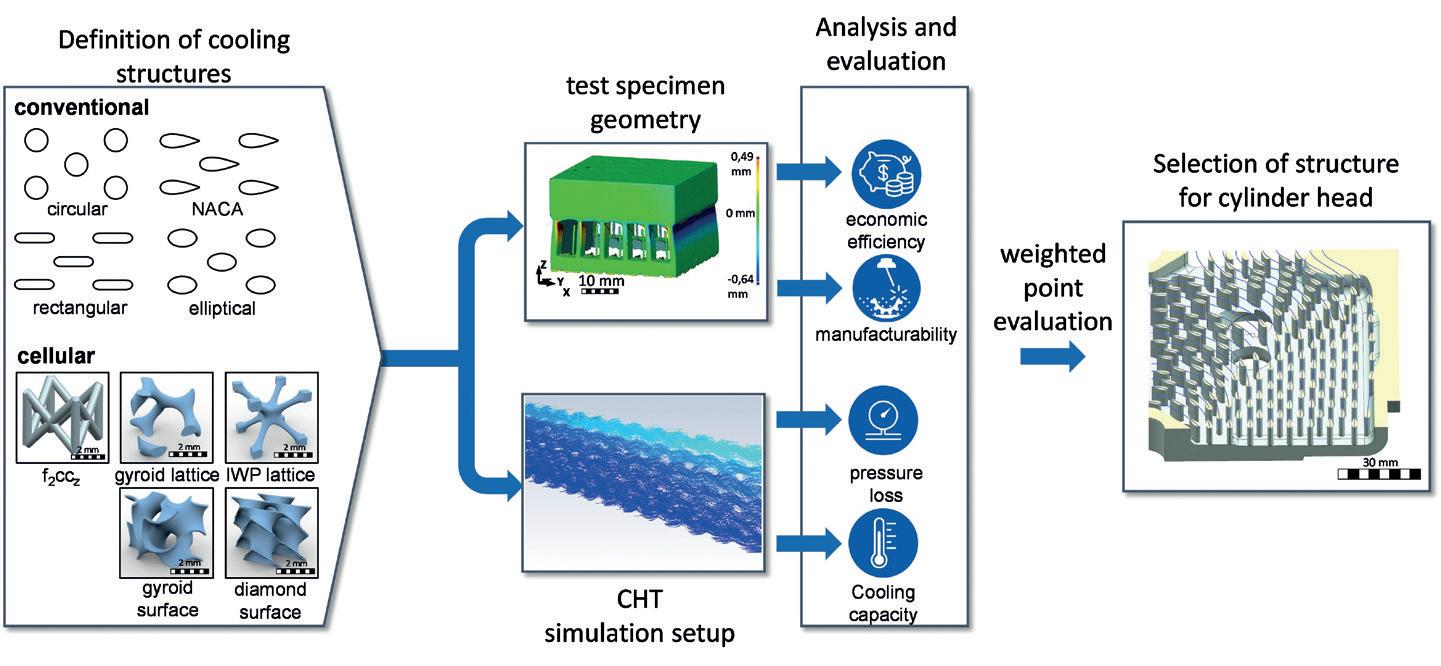
By means of weighted point evaluation, a suitable structure can be selected for the respective application, e.g. in the water jacket of the cylinder head. In this way, different rib structures can be selected for different areas, e.g. near and far from the combustion chamber.
For comparability, the same relative density was used for all structures (10%, 15%, 20%). Due to the lattice architecture, the cellular structures have lateral struts in comparison to the ribs with a constant cross-section. In Fig. 2 (left), the cross sections of conventional structures are shown. The rib structures are created by extrusion in the z direction. This results in a higher stiffness and thus a better manufacturability. The increased complexity of these structures results in a larger file size for representation and a longer exposure time for manufacturing so to higher costs. Cooling performance is higher for the cellular structures due to the larger cross-sectional area. The pressure drop is lowest for the rectangular and NACA cross-section ribs because of the low structure density and low flow resistance.
Conclusion
The two procedures described above are used to generate rib structures at different positions in the water jacket of the cylinder head. It is shown that the procedure with simulation-based parameter variation results in a significant improvement in thermal management within the combustion chamber. A LPBF manufactured cylinder head using AlSi10Mg with these rib structures was mounted on a 1.5l I3 GTDI engine bottom and tested on a dyno test bench under real conditions up to 170 kW. Same tests are carried out with a casted cylinder head for comparison. By adding the rib structures, the coolant temperature can be reduced by 38 K. This is a significant improvement. At the same time, a more homogeneous temperature distribution near the combustion chamber with a simultaneous reduction of the material temperature by 28 K is simulatively verified, leading to more efficient combustion and an increase in durability.
The second approach describes a general procedure. The results of this analysis can be transferred to other applications. Due to the comprehensive investigations of different structures, a suitable structure can be selected by means of weighted point evaluation. For the cylinder head, for example, NACA structures are selected for an area with low thermal loads. The main requirements in this case are manufacturability by LPBF and a low pressure drop.
It is shown that thermo-mechanically high loaded parts can be optimized exploiting the increased design freedom of LPBF. The studies are based on the example of a cylinder head but can also be applied to other applications where high cooling performance is required, such as electric drives or hydrogen combustion. �




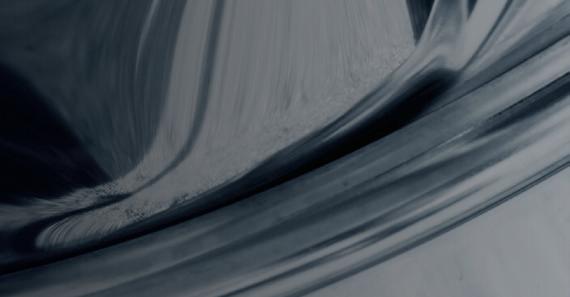
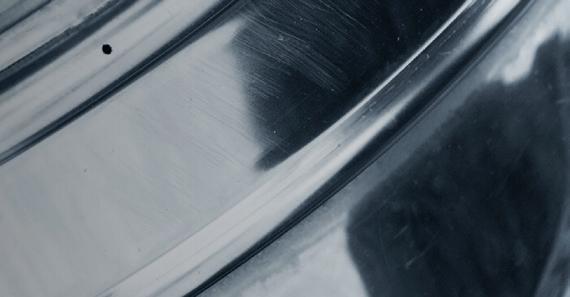



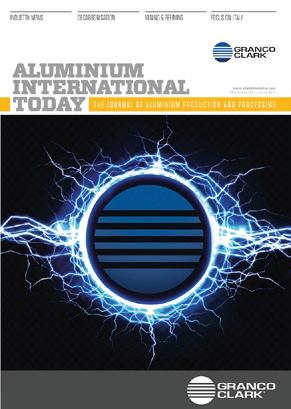





CELEBRATING 10 YEARS
Vig Metal, one of Turkiye’s largest aluminum sheet and coil producer, has been increasing its capacity day by day since 2012.
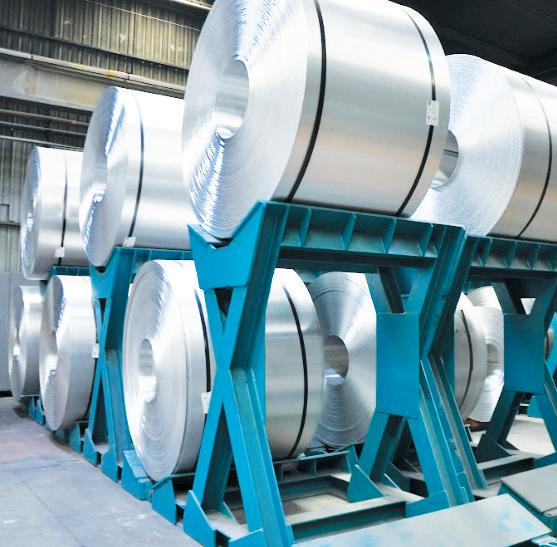
Vig Metal, while producing with continuous casting and hightech cold rolling machineries, adopts sustainable methods at every stage of the production process. Adopting reuse and recycling systems, the company focuses on reducing waste at its source and using energy and natural resources efficiently. Beyond the savings measures used in the factory, it tries to reduce its carbon footprint with solar energy systems investments, renewable resource investments and digital transformation systems.
Celebrating its 10th anniversary in 2022, Vig Metal reached a volume of 40.000 tons with new investments such as annealing furnaces, casting line with a width of 1500mm production capable and new high-tech cut-to-length line with a width of 2000mm production capable.
Vig Metal growed more than %300 during this 10 years comparing its first year in production with a capacity of 12.000 tons in 2012 and its export volume reached 77% this year with the special products made for the leading companies in the global market.
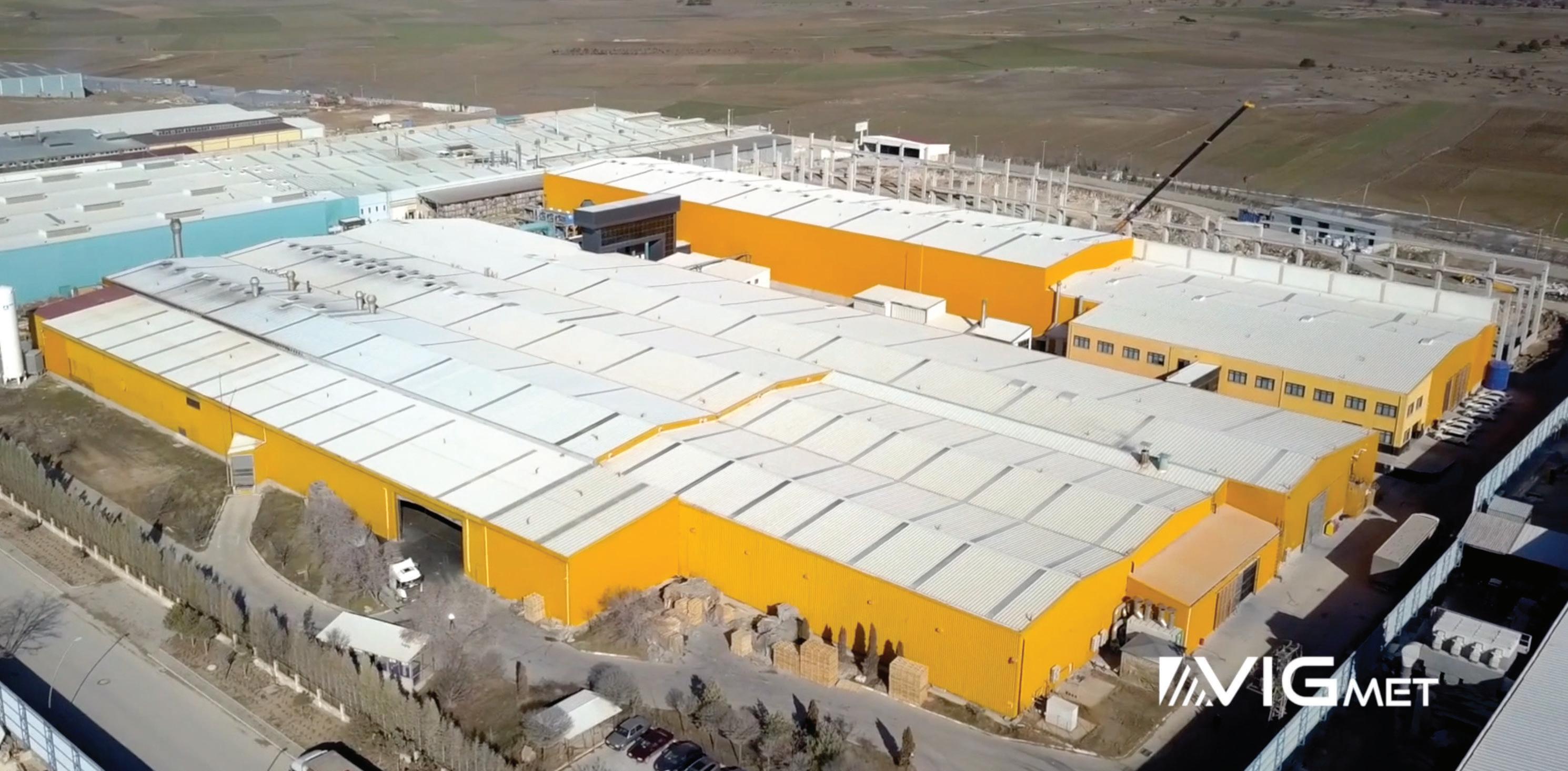
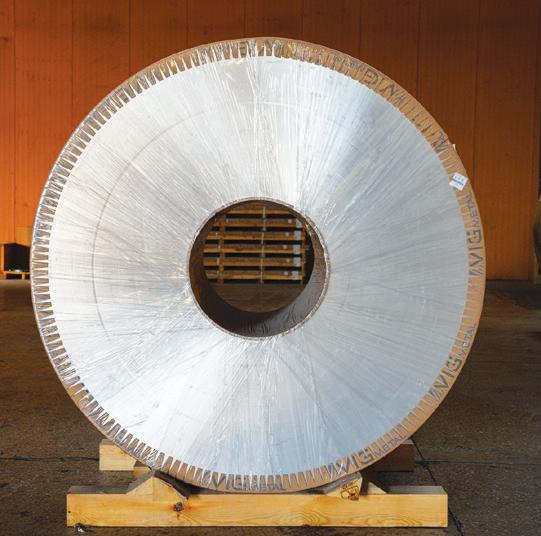

Vig Metal is located in Kütahya Industrial Zone with an open area of 57.000 m2 and a closed area of 27.000 m2. %70 of the aluminum lines they use in production are designed and developed by the group company Vig Makina.
Vig Metal while exporting aluminum to many different European countries such as Germany, Italy, Poland, Austria and

Tavsanlı Mh. 4513.Sk.
NO:11 Gebze / KOCAELI
Tel: +90 (262) 724 86 69 Fax: +90 (262) 724 88 00 marketing@viggroup.com.tr www.vigmetal.com.tr
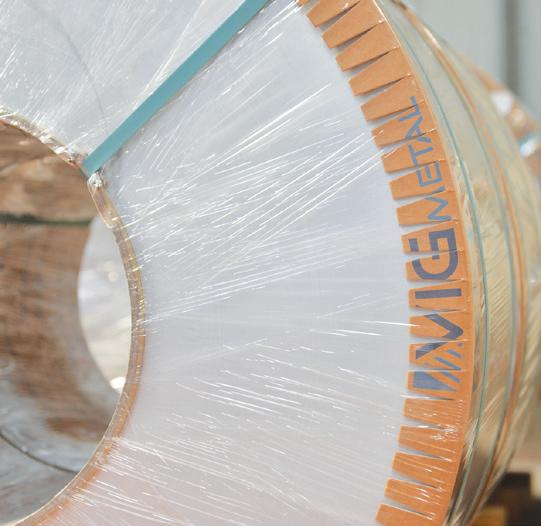
Netherlands and to different business units such as construction, automotive, white goods, energy, distributor market, is ranked as the 10th Fastest Rising Company in the Top 1000 Exporter Companies list of 2021 announced by the Turkish Exporters Assembly (TIM).

Vig Metal is also increasing its employment rate with its expanding production volume, supporting the development of employees and women’s employment with qualified trainings.
Umut Basaran, Sales and Marketing Manager of Vig Metal, aligns many of its Global Goals for Sustainable Development with company policies such as environment, quality, HR and OHS; “This year, our motto is “Sustainable Vision, Sustainable World” and “Our Biggest Investment is World”. Based on these values, we created the VALU brand for the aluminum segment. Behind the work we do, we strive to leave a better planet for the future, because we believe that a sustainable world is possible with a sustainable company vision.”

He says “In order to create ‘value’ and ‘trust’, we aim to be a preferred supplier by offering our customers the right combination of quality, innovation and operational excellence, and costing. We are also mobilizing all our resources to create a high-tech, modern and safe working environment where our employees will be proud to be members of our family.“
Vig Metal will meet with its partners and visitors at its stand in Hall 4A24 in ALUMINIUM 2022. �
Sustainable Industrial Manufacturing (SIM) is a global series of regional exhibitions and conferences supporting and facilitating the transition towards cleaner manufacturing around the world.
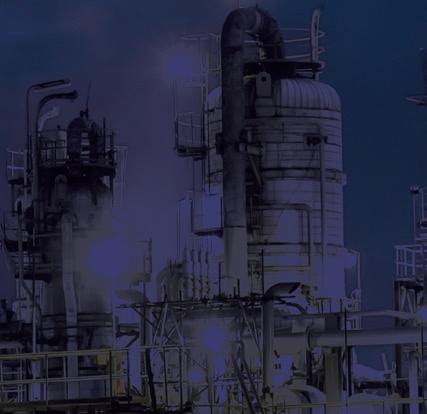
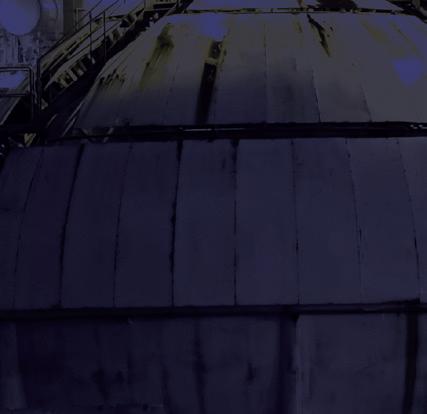

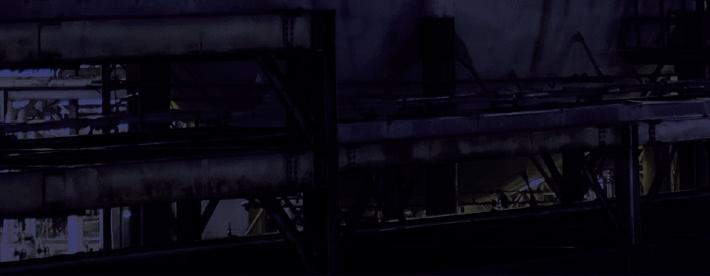
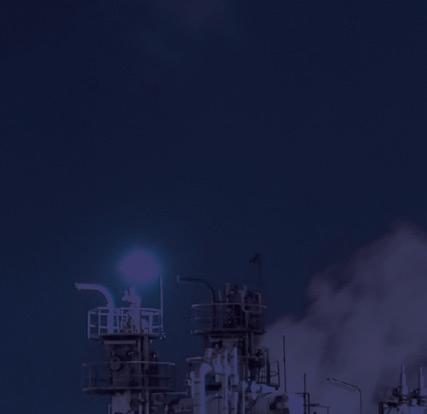
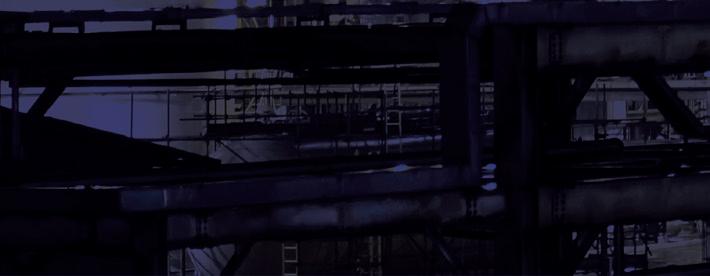
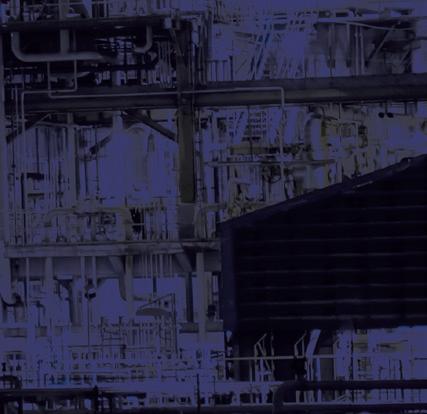


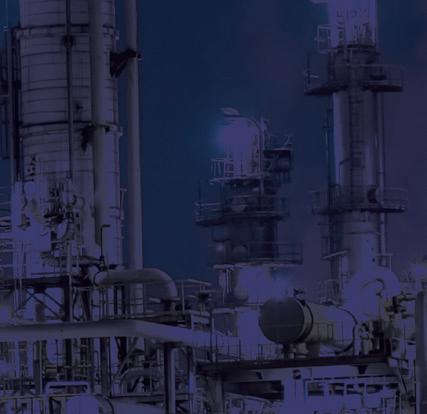
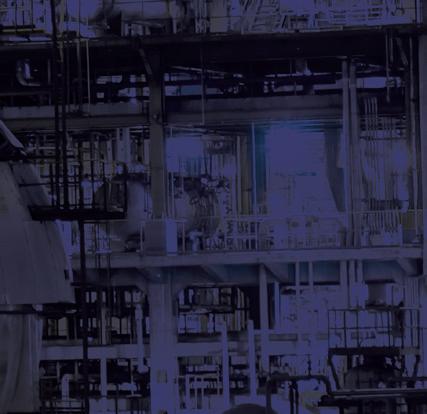
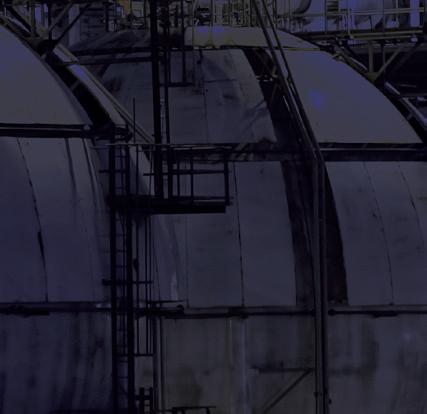
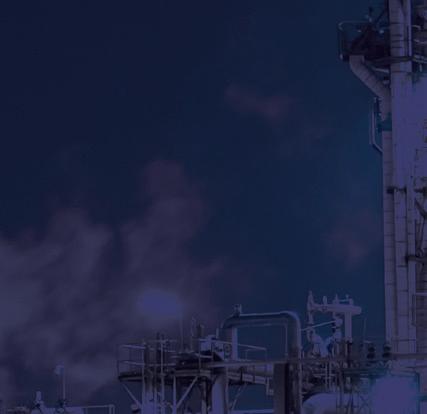
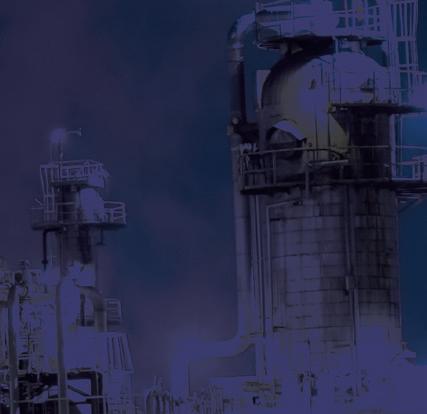
President Biden’s goal of a carbon-neutral economy by 2050 is dependent on the decarbonization of heavy industry. The 2021 Build Back Better Act, provides $4 billion for the deployment of technologies that can accelerate the emission reductions of industrial facilities.
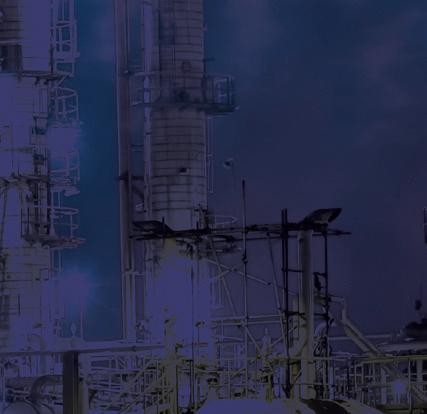
To support and facilitate the transition towards cleaner manufacturing in the USA, Sustainable Industrial Manufacturing will be staged in Cleveland, Ohio in December 2022.
Hosting leaders from industry, innovation, science, government and investment, SIM USA will bring together those responsible for driving sustainability across hard-toabate sectors.
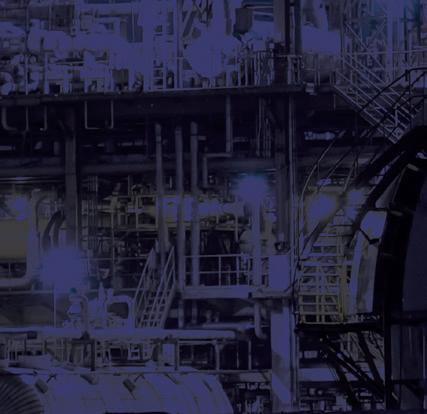
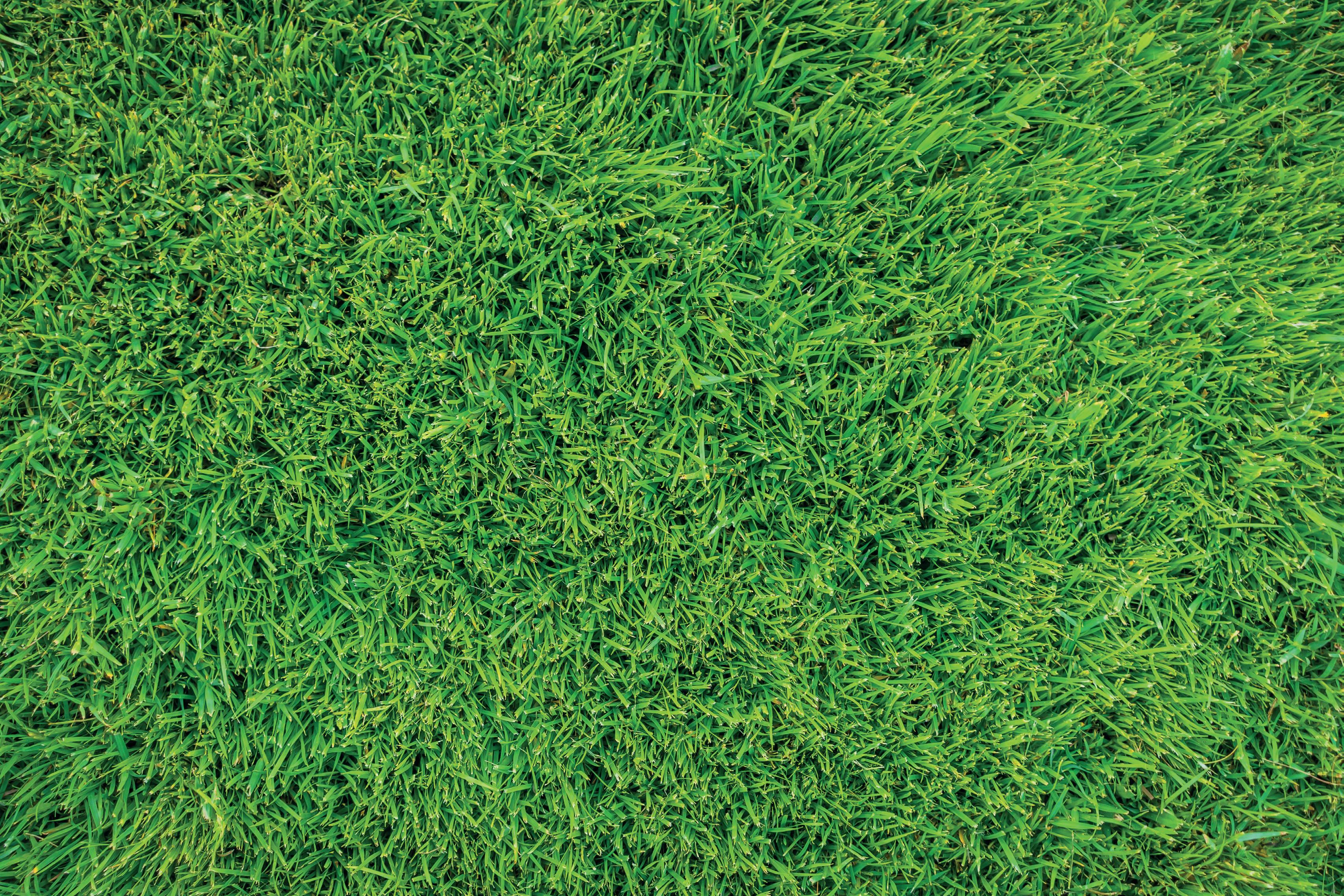
Hydro offers a variety of certified low-carbon and recycled aluminium products. Using renewable energy, we can produce cleaner aluminium, like we do with Hydro REDUXA. Hydro also delivers two products using recycled aluminium, Hydro CIRCAL and Hydro RESTORE, drastically reducing energy use in the production phase.
Emmaljunga strollers are built to handle rough weather and terrain. Aluminium has long been a preferred material because it is strong, light, it will not rust and it is fully recyclable. Emmaljunga’s NXT product series is made with Hydro REDUXA. It is future-proof and contributes to reducing the carbon footprint of your products – for generations to come.
Visit hydro.com/reduxa to learn more.
